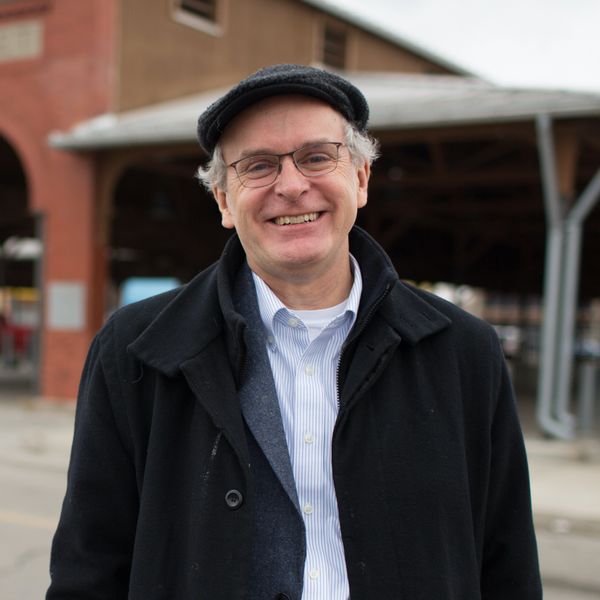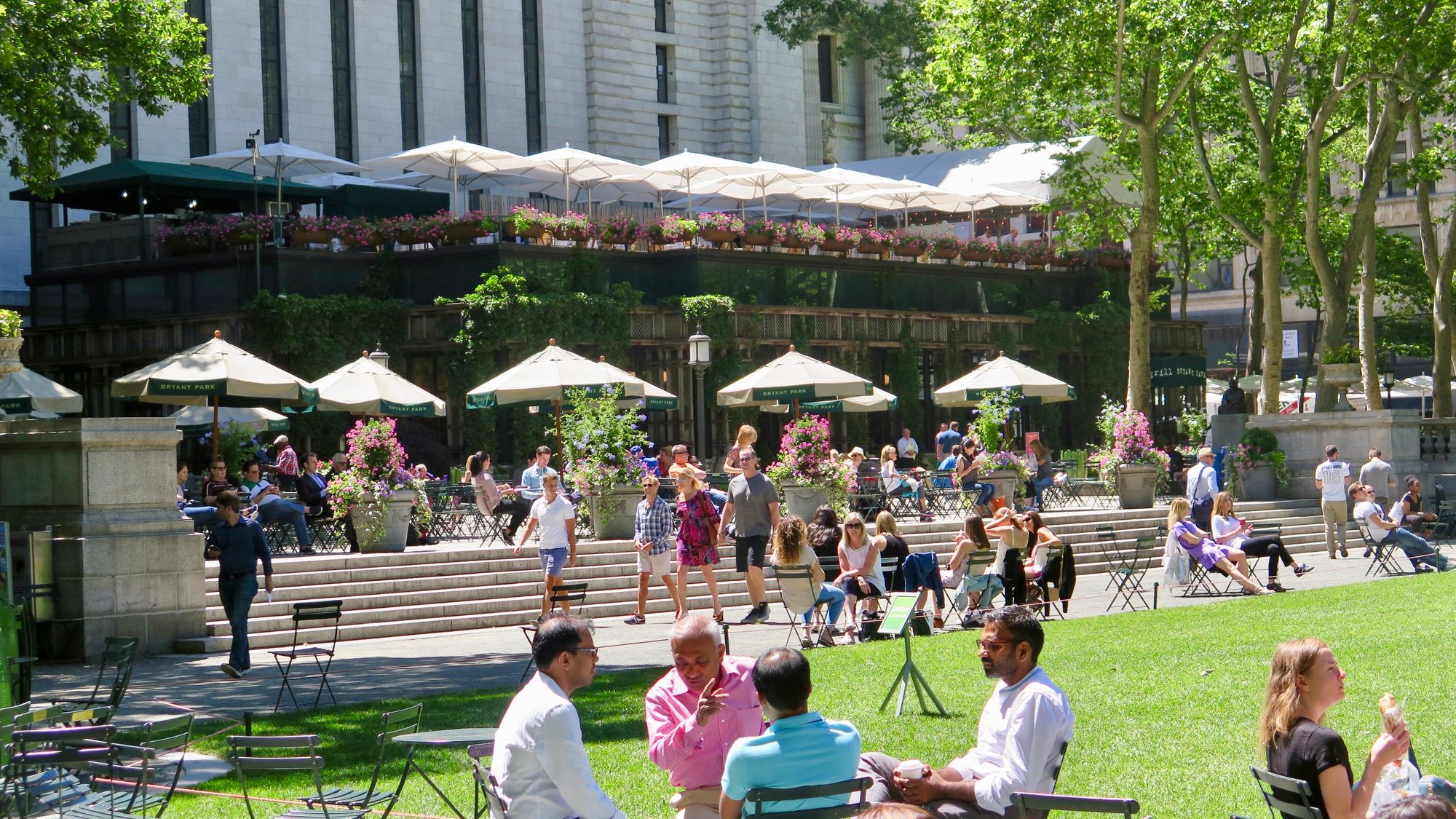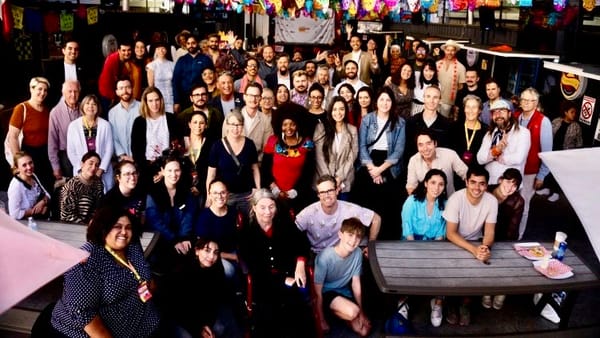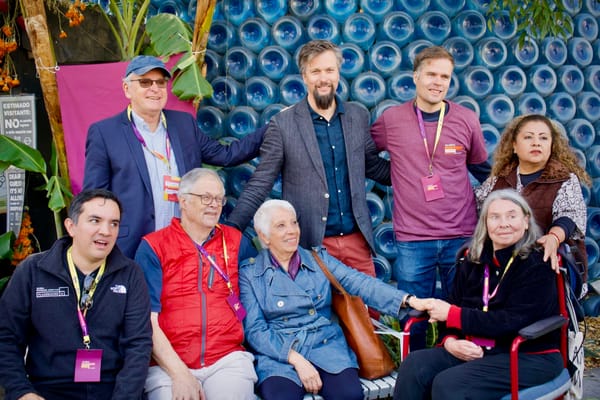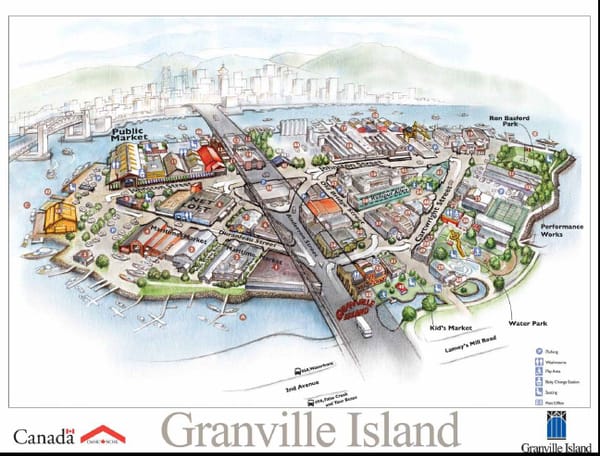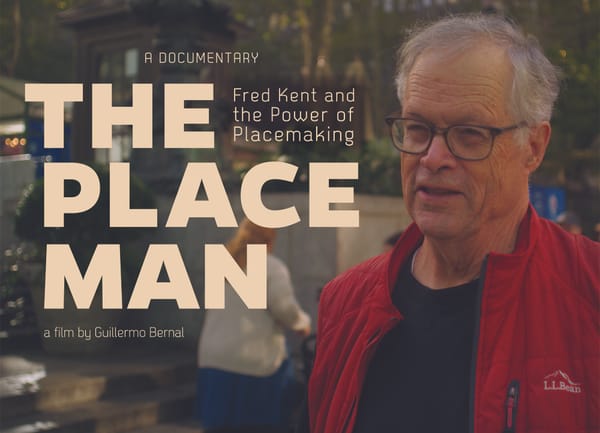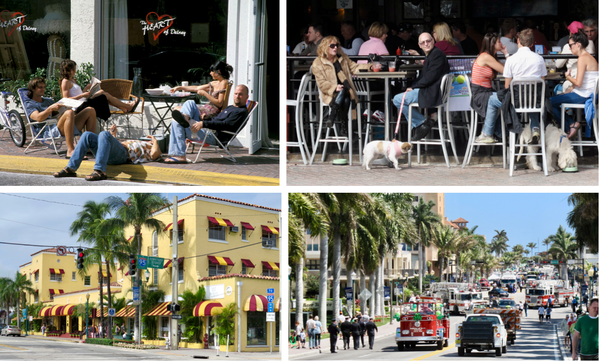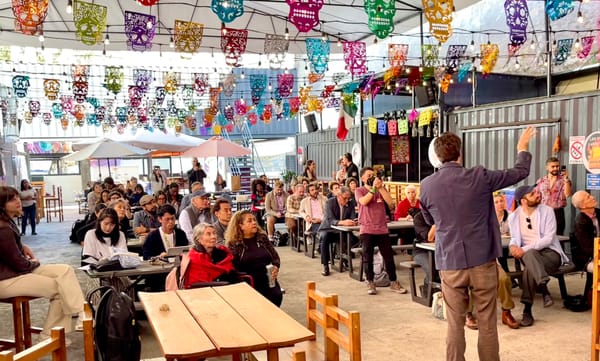English | Español
We Need to Turn Everything Upside Down
to Get it Right Side Up...
To Get from Inadequate to Extraordinary
As we begin looking beyond the pandemic, we are all looking for a new beginning. Our future is ahead of us; let's re-think what a collectively thriving future looks like.
The past year brought about many of our shared challenges, reconnecting in our communities as we see a future beyond the global pandemic. Over the course of the past 2 years when we started the Social Life Project, these issues became more apparent than ever and impossible to ignore. We know that a turn of the calendar page or a change in governance does not necessarily translate to meaningful action, which requires organizing and sustained engagement with our leaders and one another. But it's hard to shake the feeling that many of the changes we need to make feel more possible now than they have for some time.
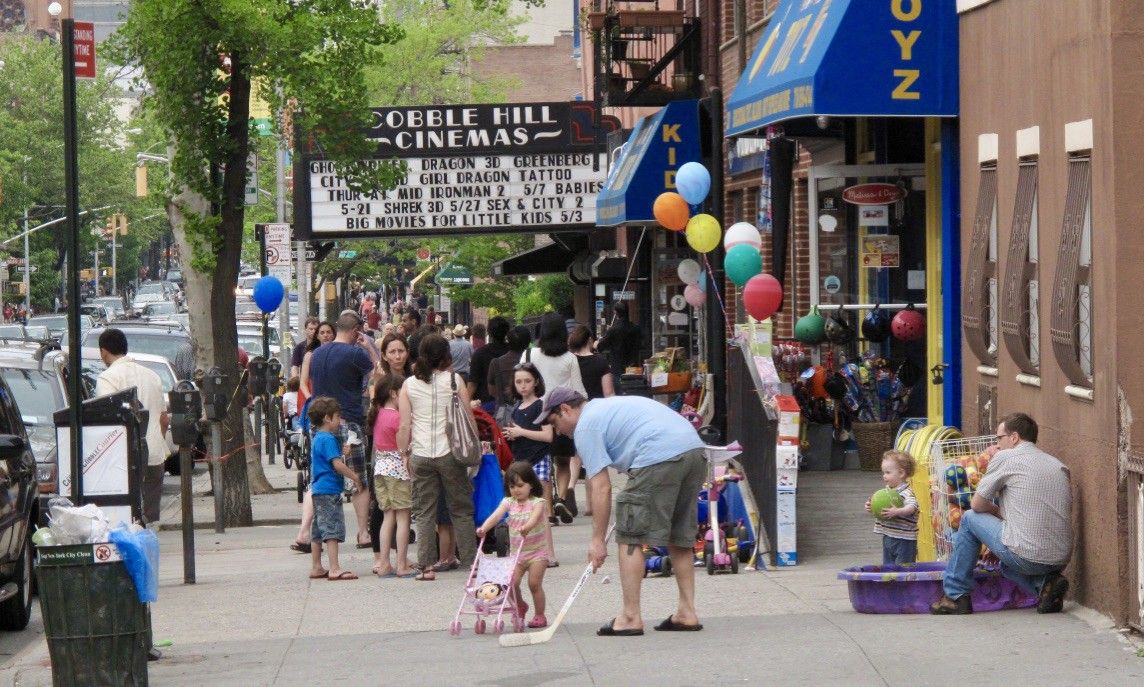
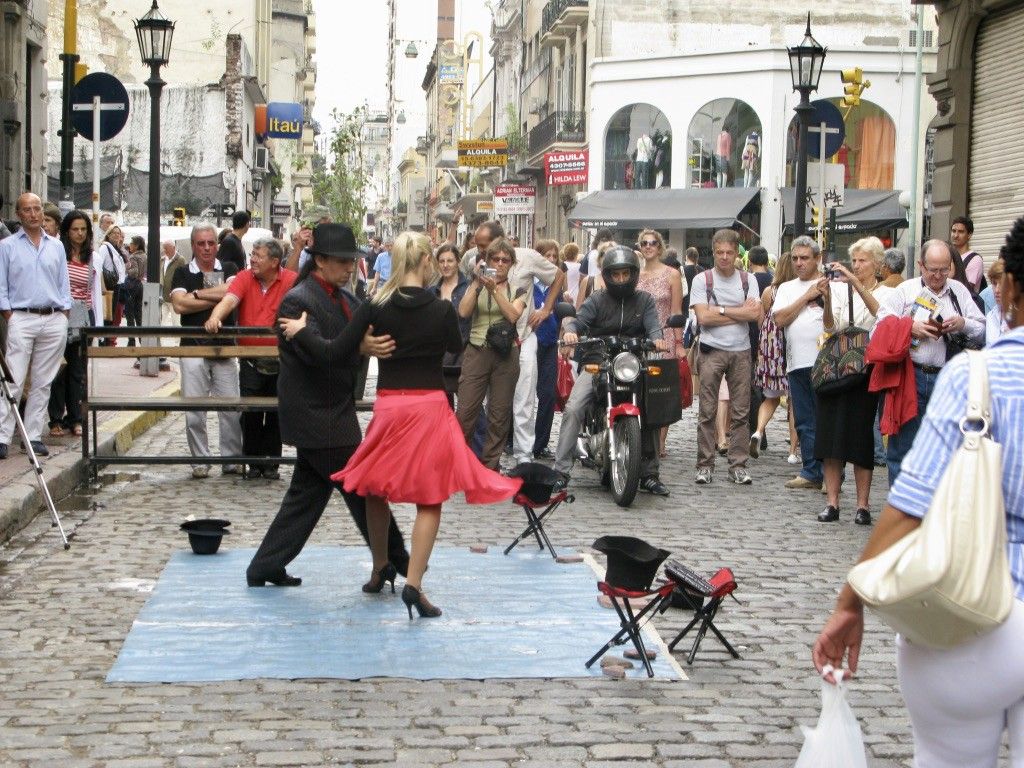
Street Scenes: Well-used and well-loved sidewalks in Brooklyn (left) and Buenos Aires (right).
We see a role for public spaces, placemaking and place governance in all of this change. We know that when we center our communities and the spaces they comprise, real and lasting change usually follows.
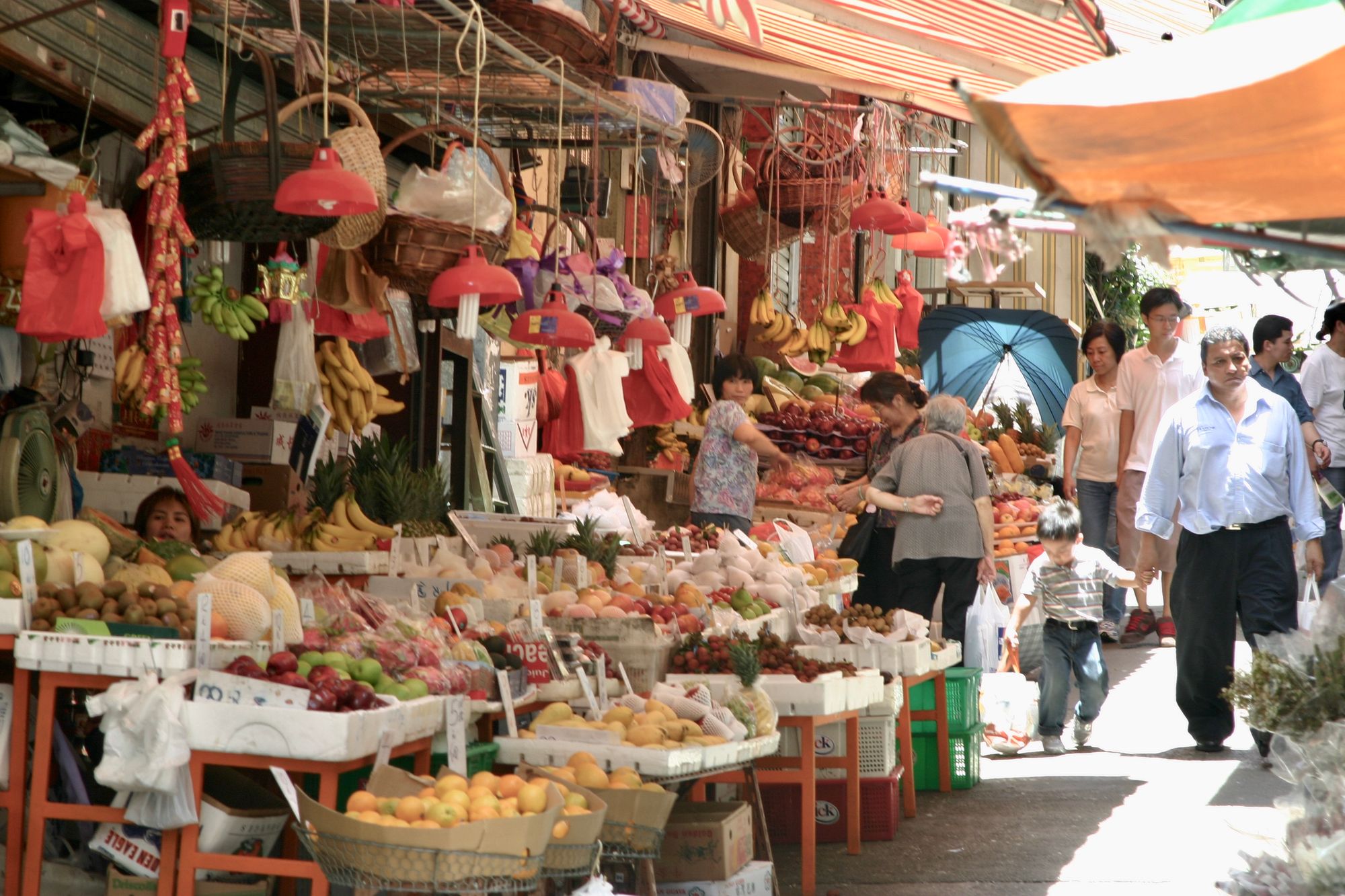
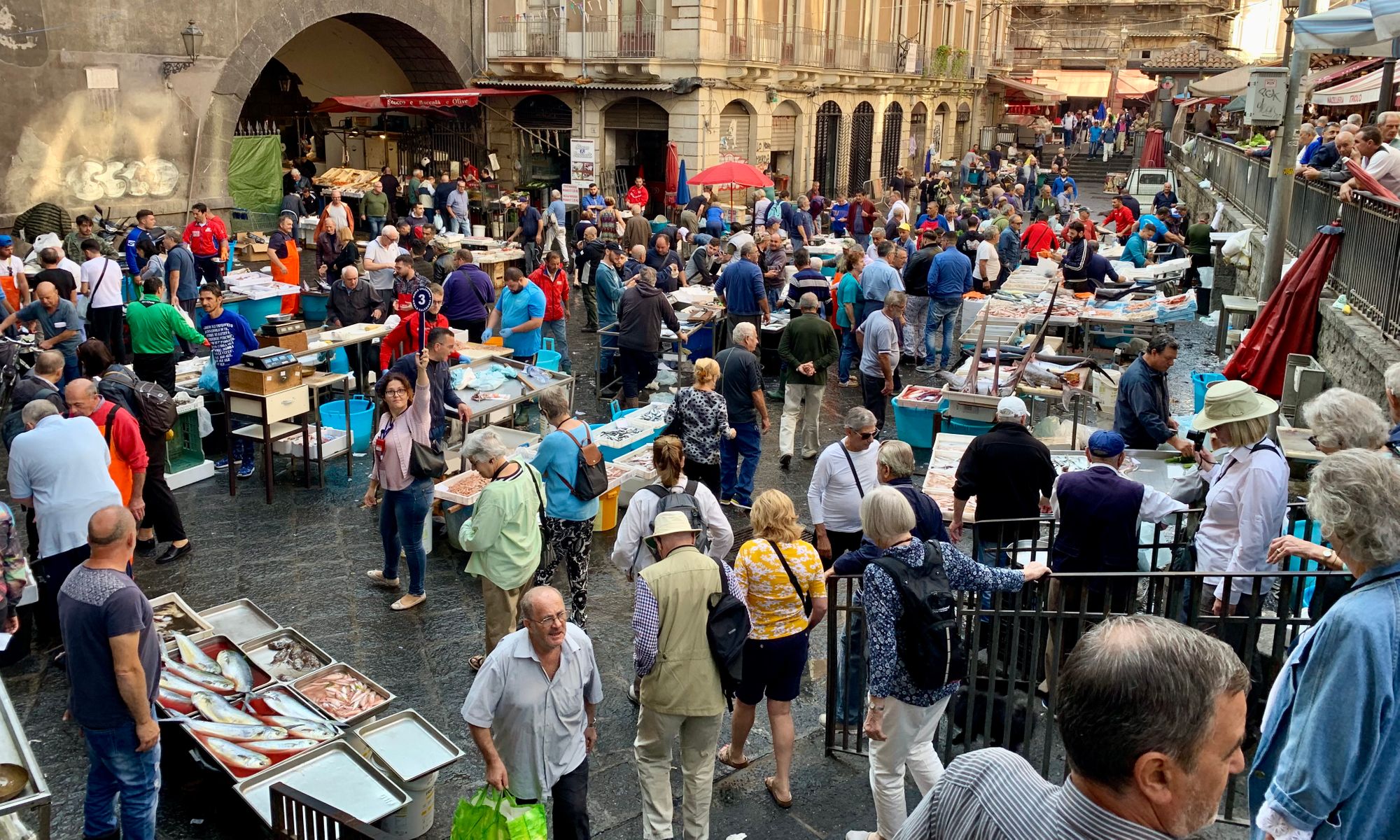
Markets in Hong Kong and Siracusa, Italy
You know a great place when you see one—it’s where people naturally want to gather. But it’s shocking how many times our public spaces miss the mark—becoming drab, ugly, boring, uncomfortable, or forgettable spots where no one wants to go.
The surest way to make great public spaces is Placemaking—the conscious act of fostering communities that allow everyone to thrive, prosper, and enjoy themselves in inspiring settings.
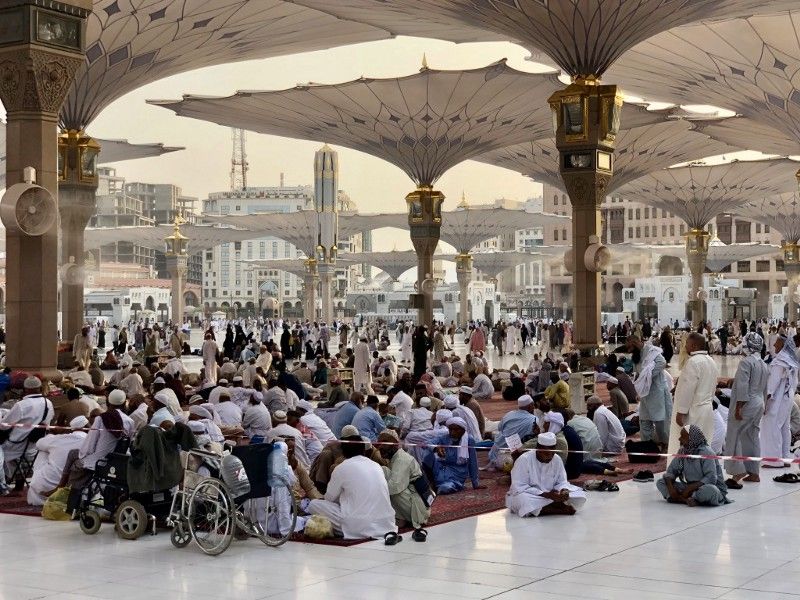
An ever-increasing body of research proves that walkable, convivial places are healthier for residents, more sustainable for the planet, and simply more fun for all of us. The practices and principles of Placemaking are now being recognized as a key element of overcoming the climate emergency and widening inequity.
Improving our shared places is the way to transform a neighborhood, town, or city—and a critical step in reversing climate change, addressing inequity, and defining our future in a world we were all deeply impacted by COVID-19.
This is all to say that we are looking for a new beginning. Now is the time to prepare for the future: ideally, one in which Placemaking and its growing networks of cities, regions, and continents will play a role in achieving our shared goals. So, where exactly does Placemaking and the importance of social life plug into this; a moment that feels full of urgent possibility?
These transformative agendas can be a foundation for the future and a roadmap for communities to improve the "places" that help us to do well by one another:
1. Bringing Back the Public Square
Historically, public squares were common ground where people connected as friends and neighbors. Today, we need to reinvent these community anchors to rouse vital public interaction. The best squares—which can take the form of parks, markets, even shopping streets or plazas—become sources of civic pride, sites of protest and conversation, and social hubs. Harvard University and Detroit's Campus Martius are just two such squares:
Harvard University Transformation - Common Spaces Program
Changes to our public squares don't have to be drawn-out or costly. In fact, Harvard Yard, built in 1720, changed fundamentally in a single day when movable chairs were introduced as part of a University-wide push to upgrade public spaces for students, staff, and Cambridge residents.
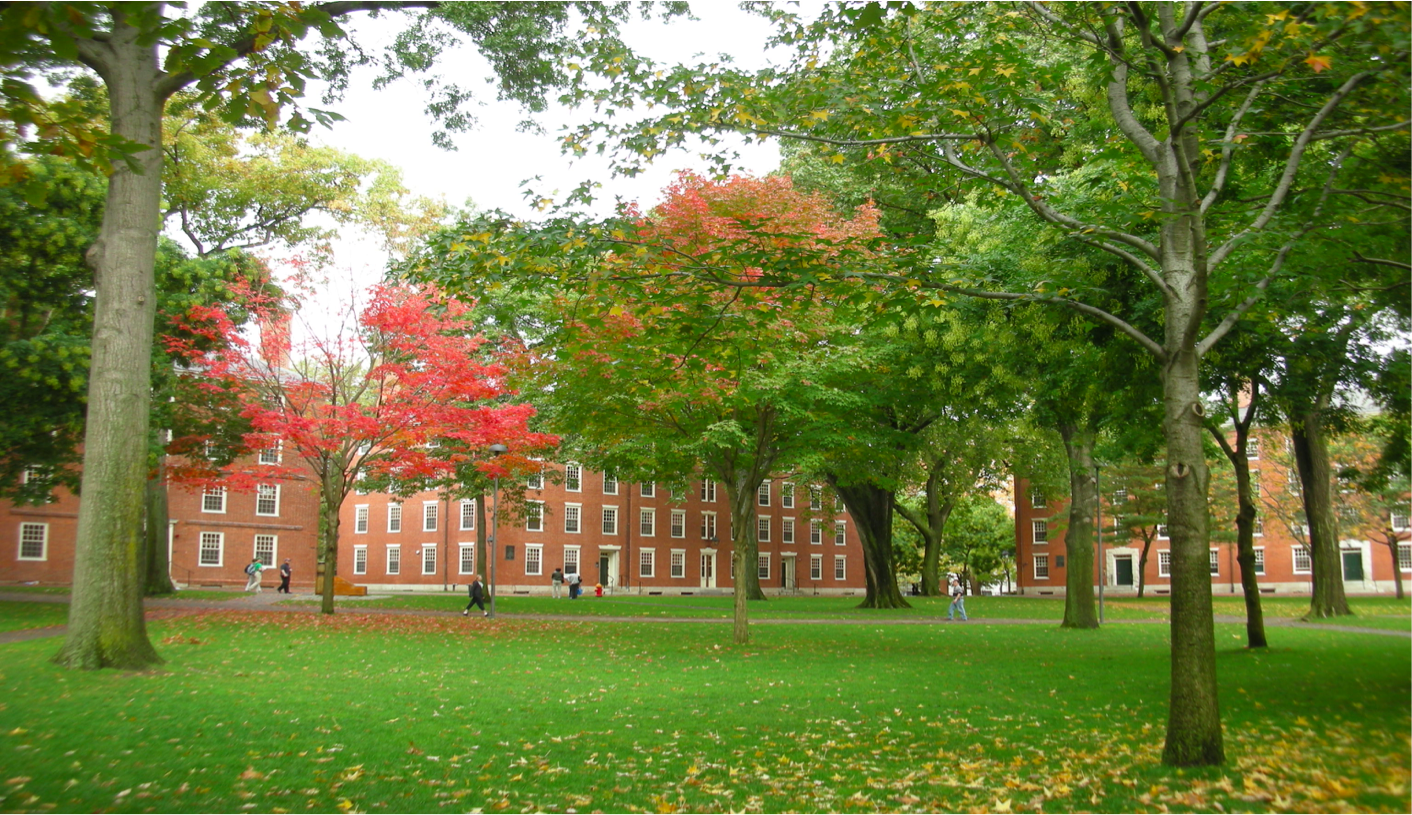
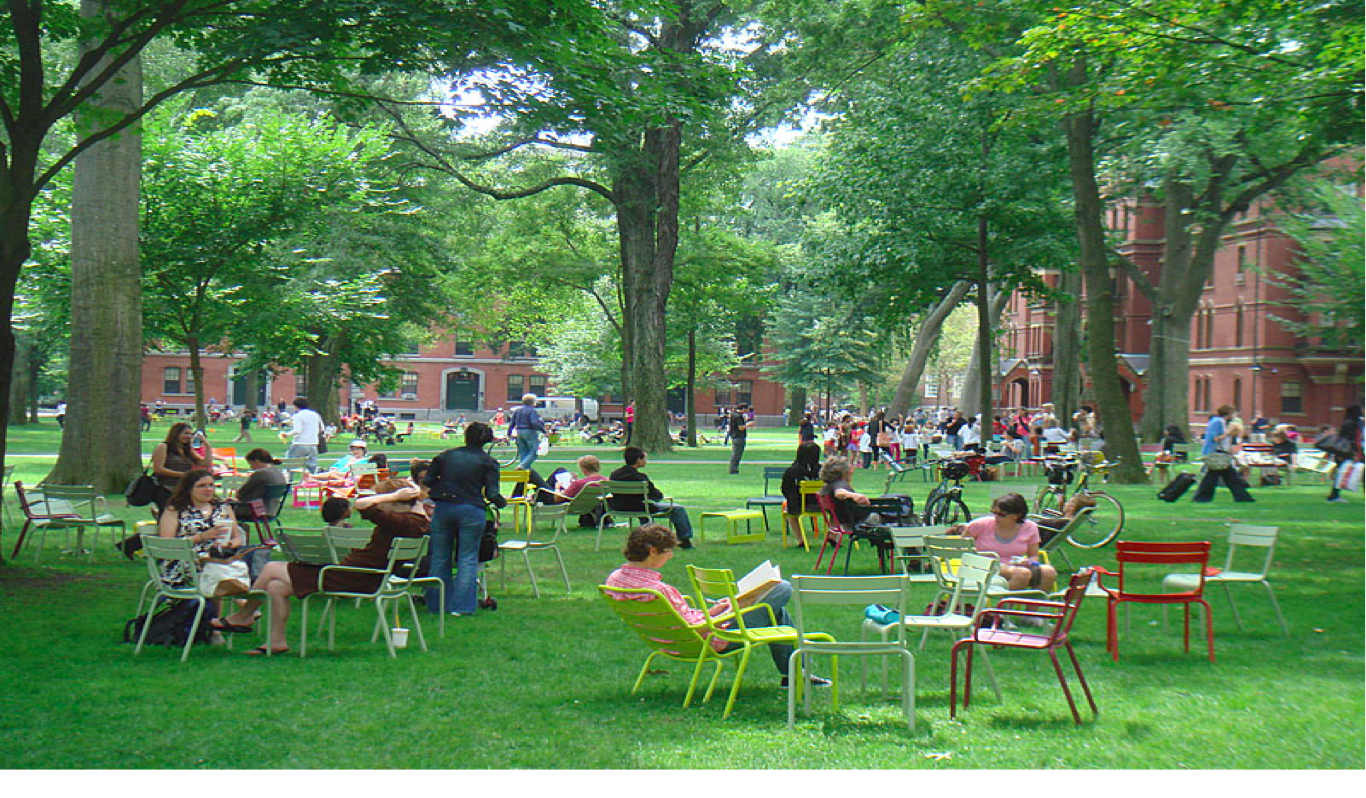
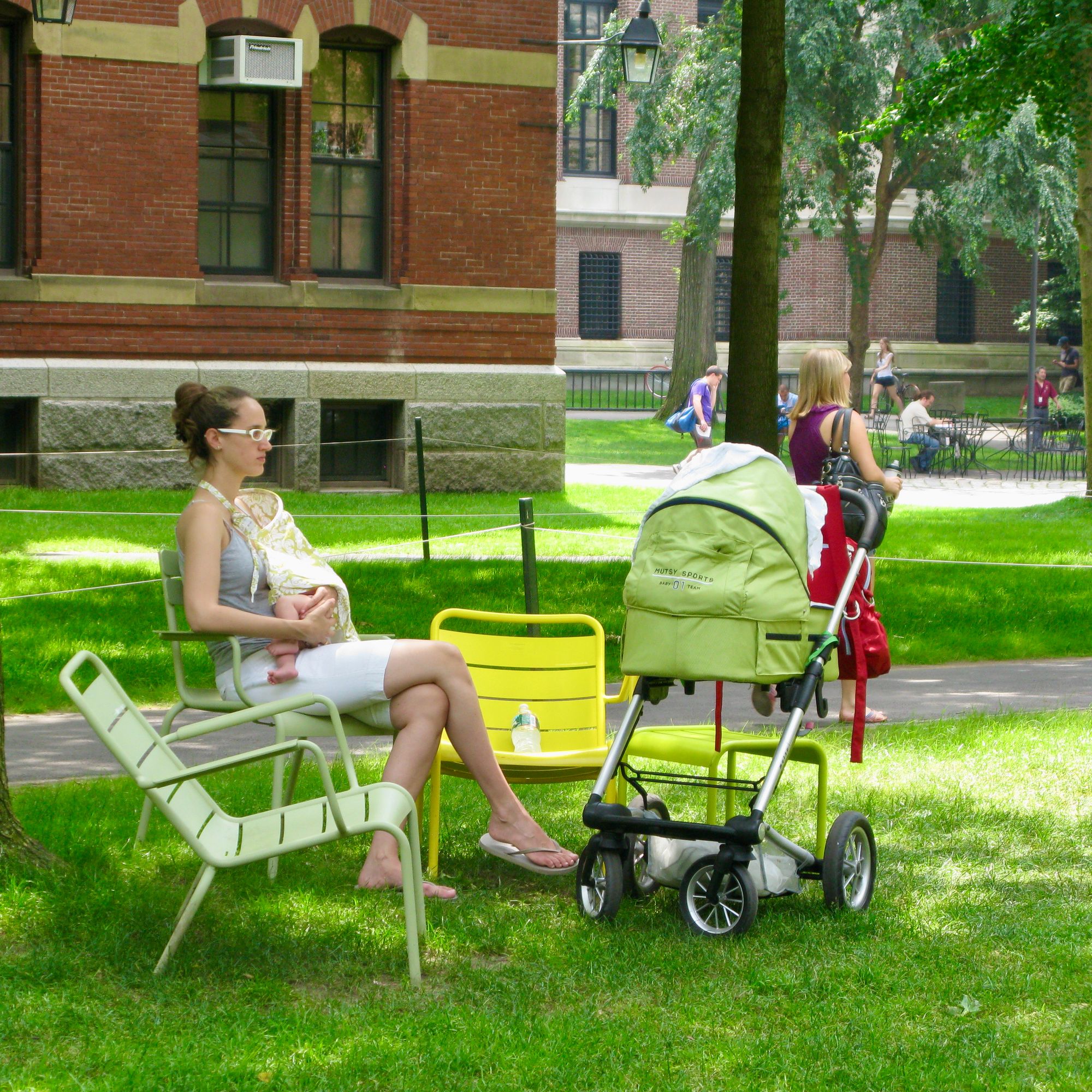
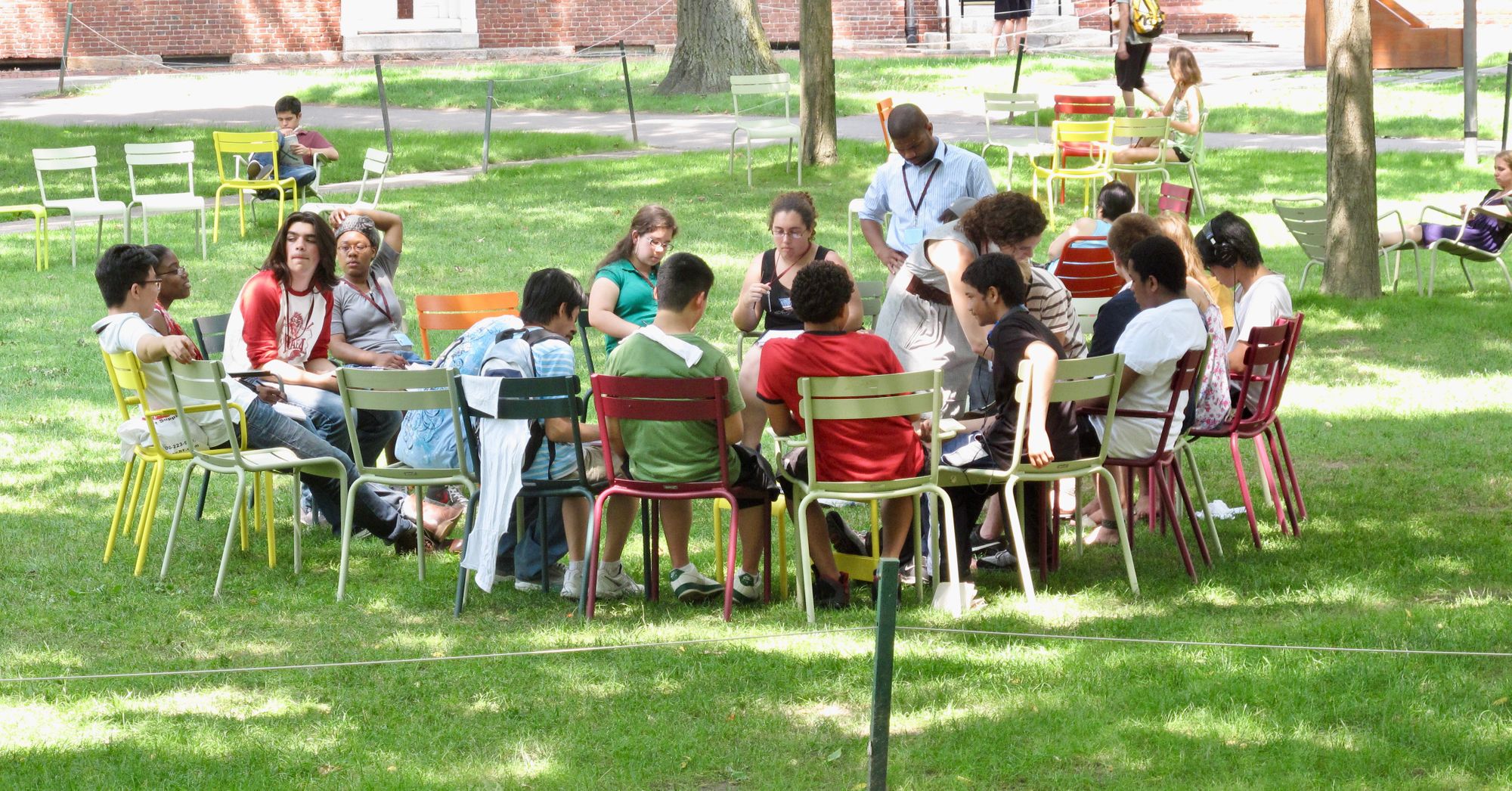
Harvard Yard
Previously under-activated spaces next to Harvard Yard were completely transformed though a placemaking vision that we implemented on the fly through LQC (Lighter, Quicker, Cheaper) activations,quickly becoming the main campus gathering space for the Harvard community and local residents. This collection of activated places in the heart of Harvard soon stood in contrast to other nearby spaces, and the changes spread further across the larger Harvard Square: Now this transformation stands as a model of successful activation that can be applied in nearly any community.
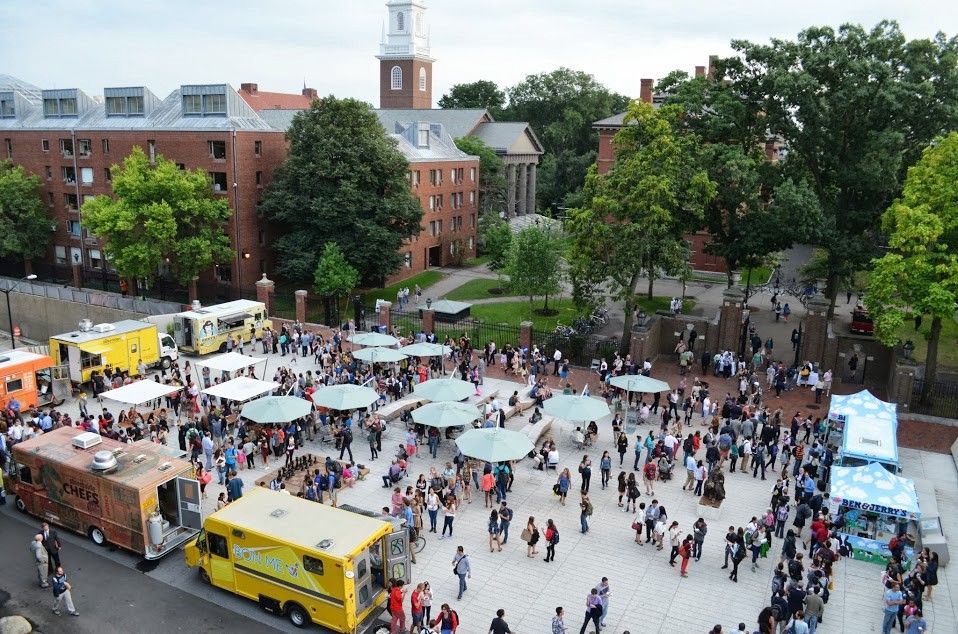
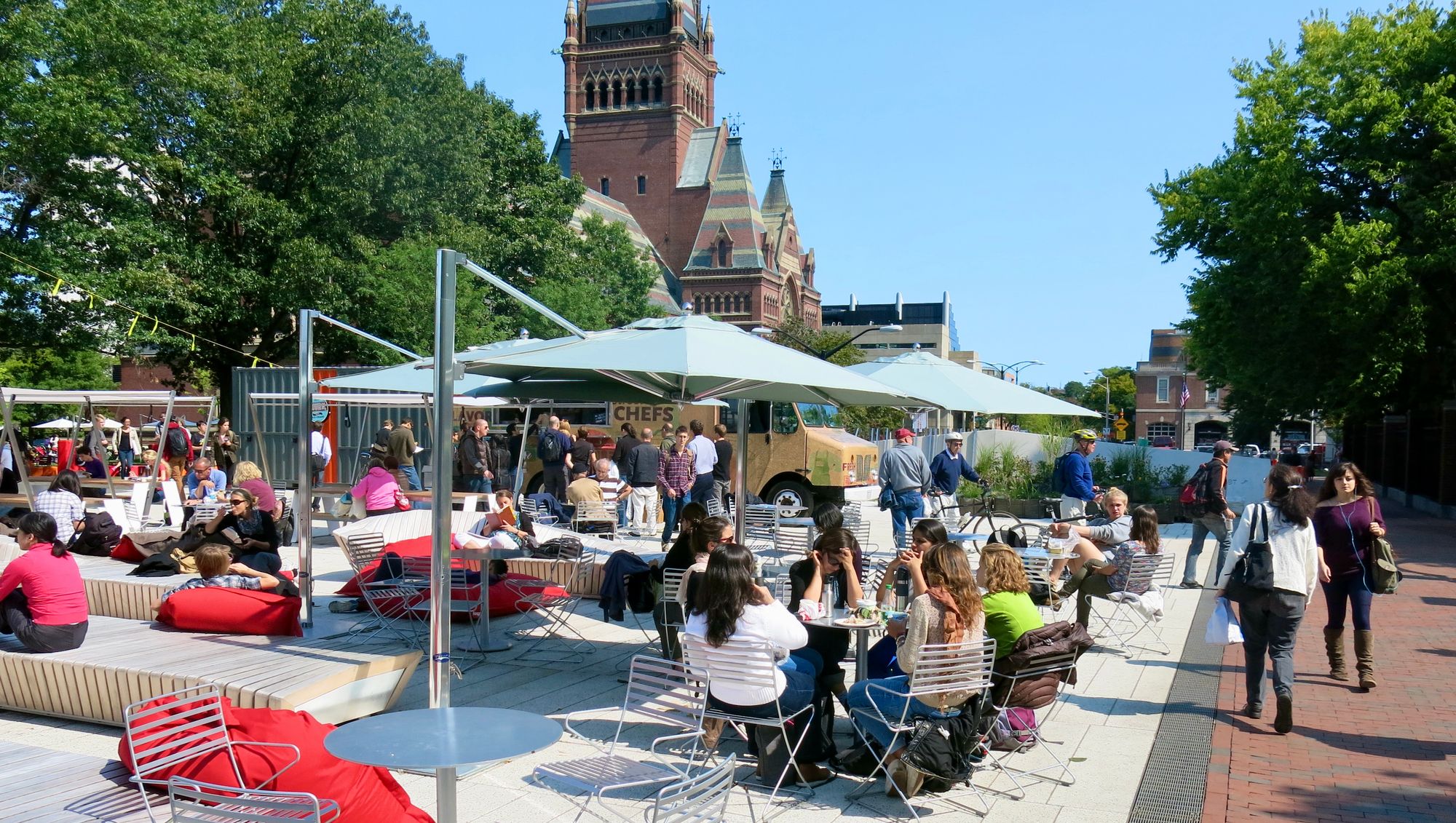
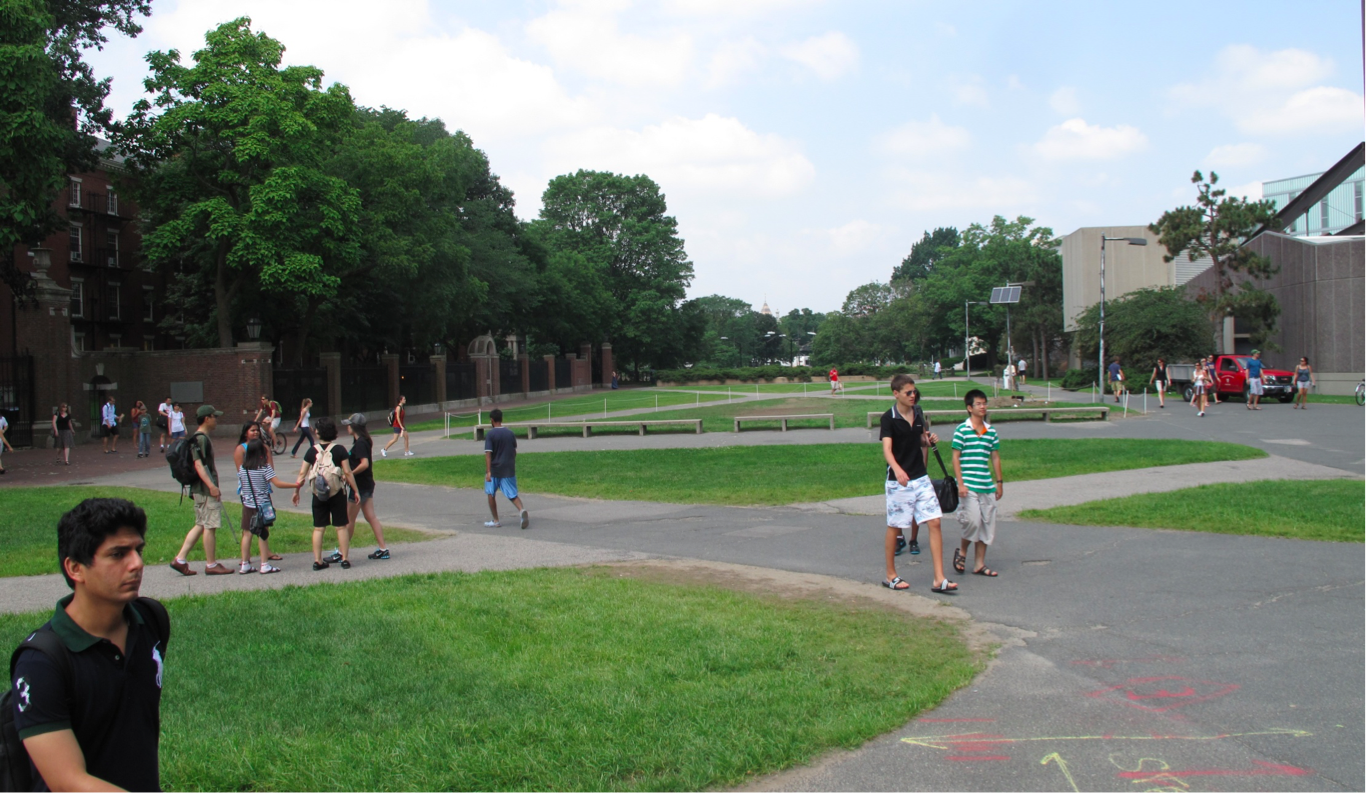
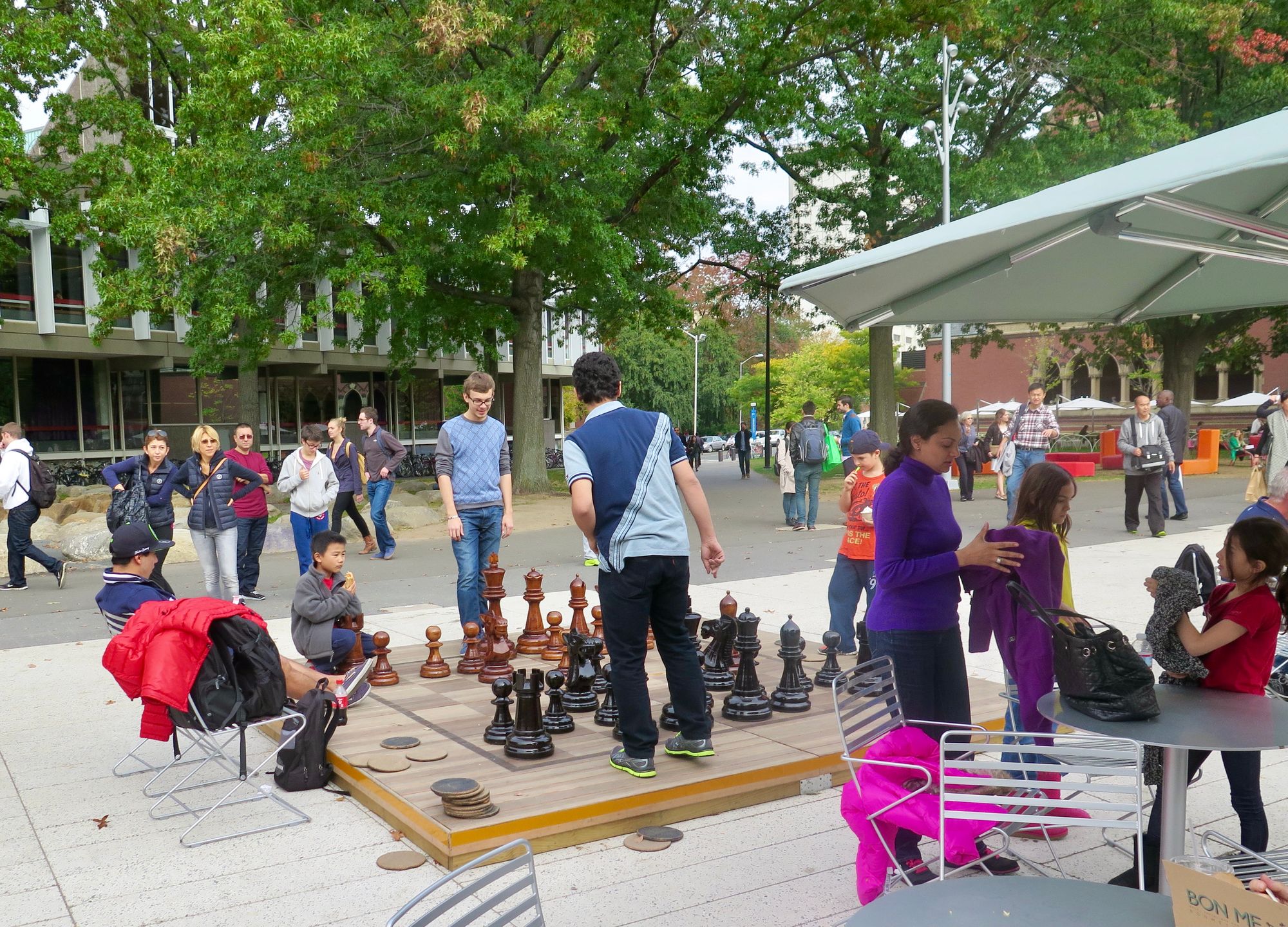
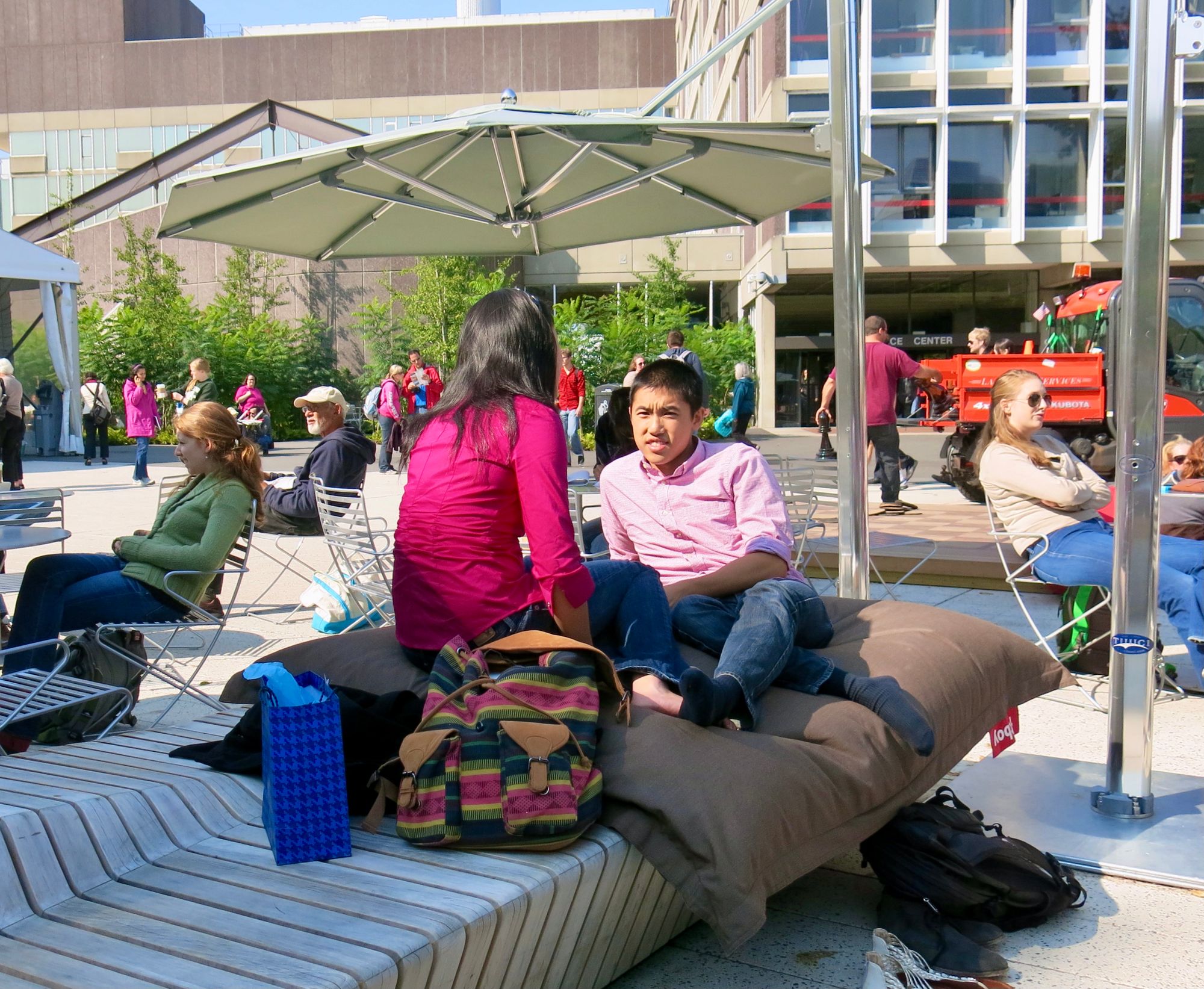
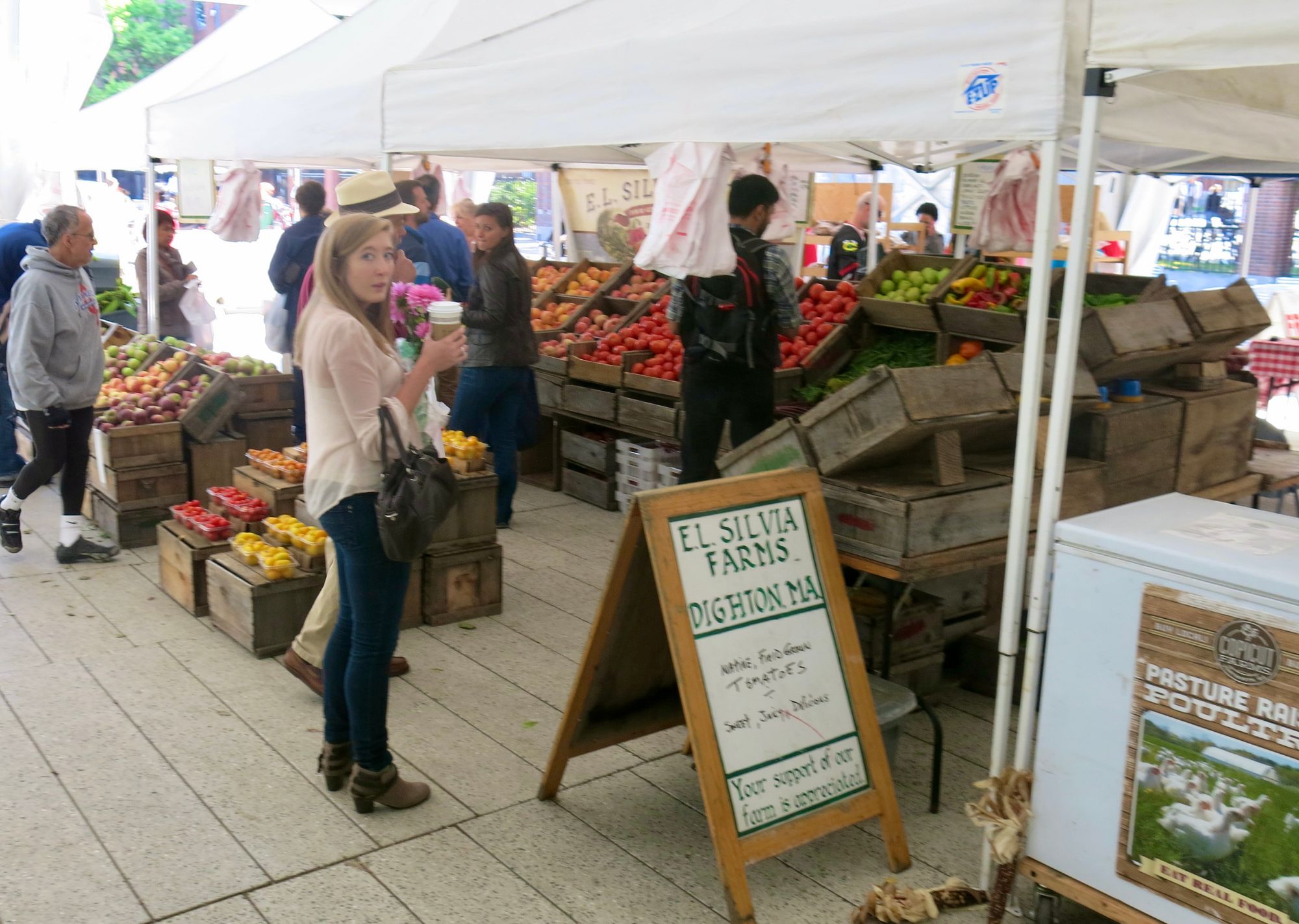
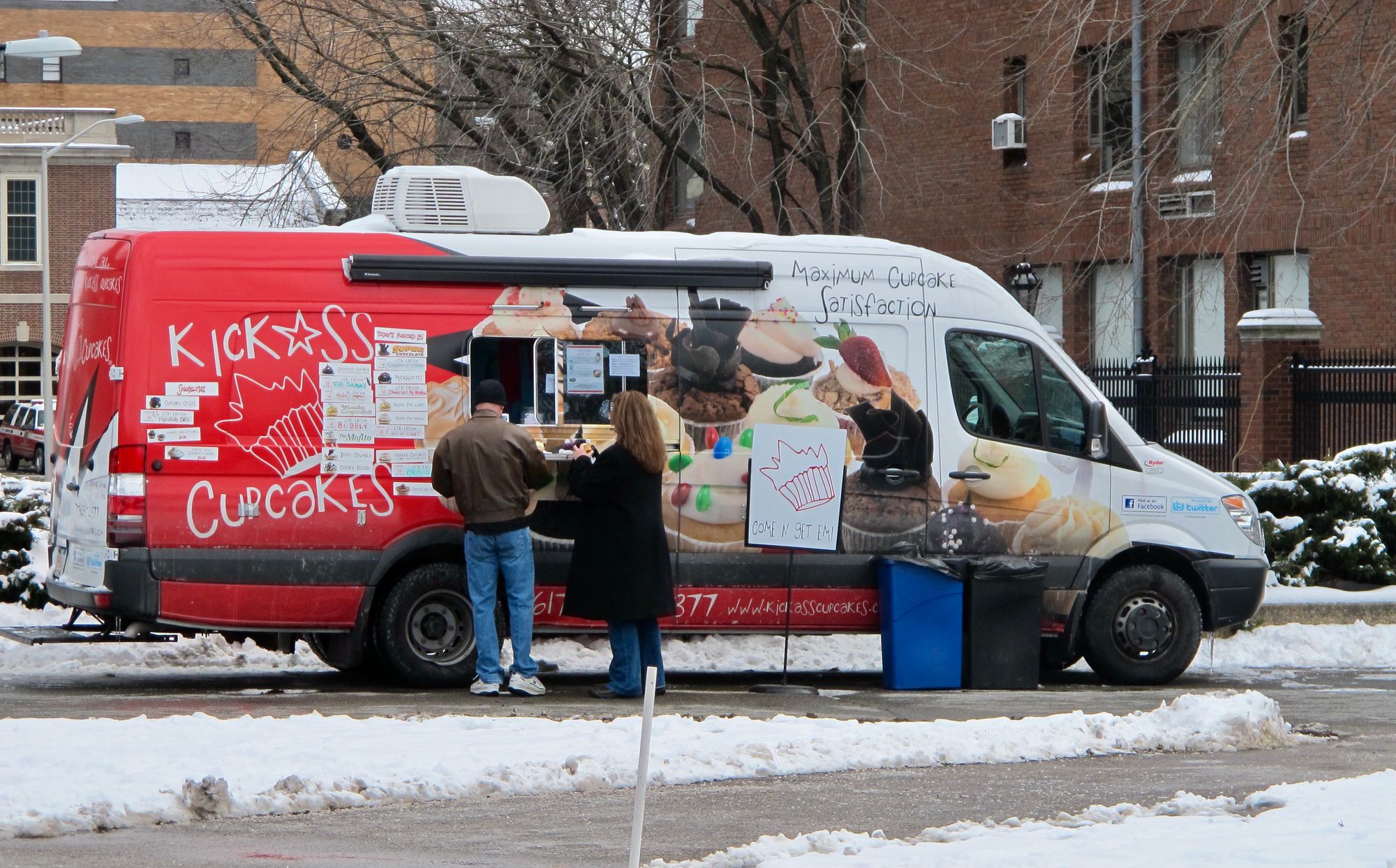
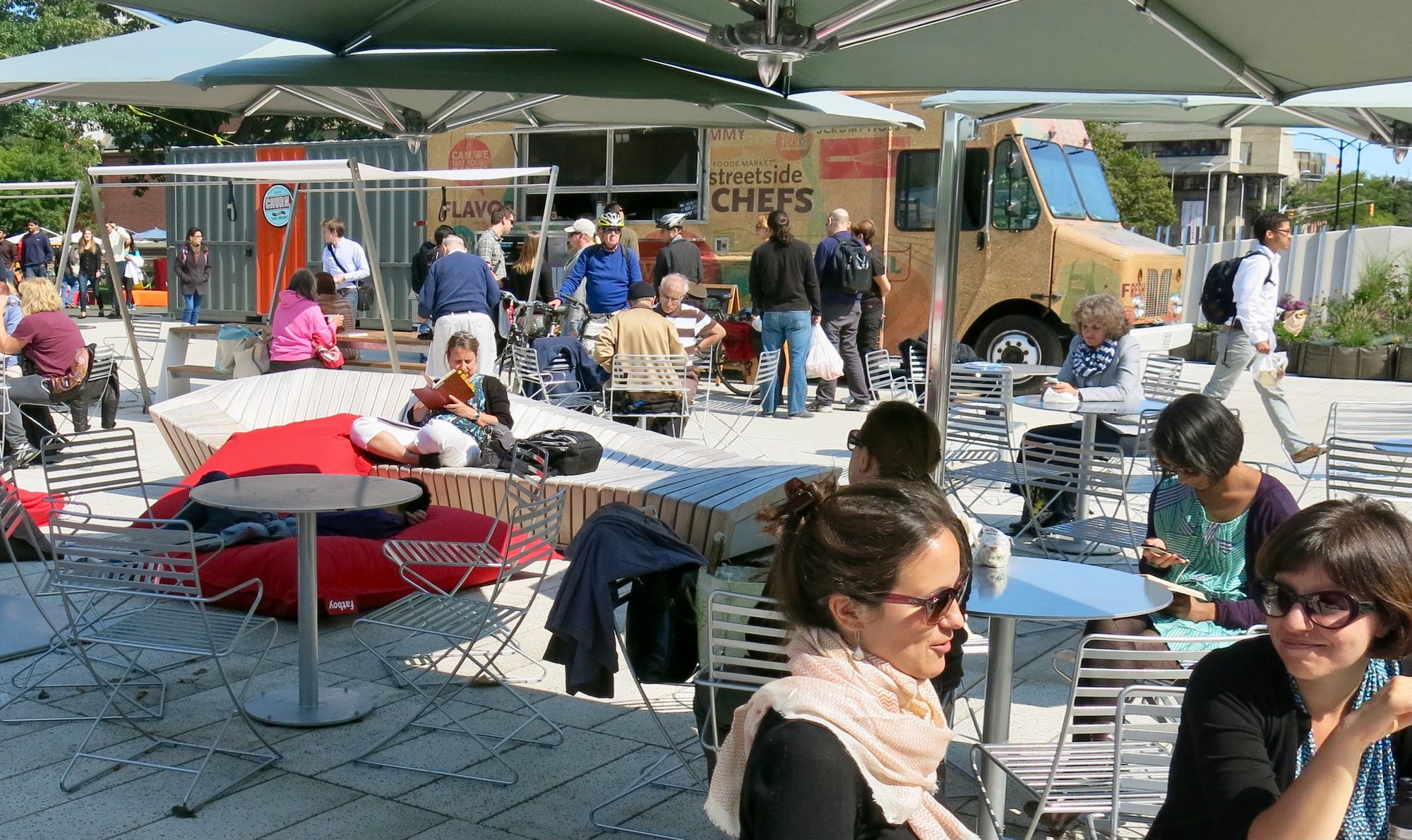
Harvard Plaza
Detroit's Campus Martius
There's a reason we love telling the story of Campus Martius: It is simply remarkable, the change we have seen it undergo. In its journey from a traffic-surrounded monument to a genuinely enjoyable space, Campus Martius is living proof of the importance of prioritizing people and social life as the foundation for a "new" Detroit.
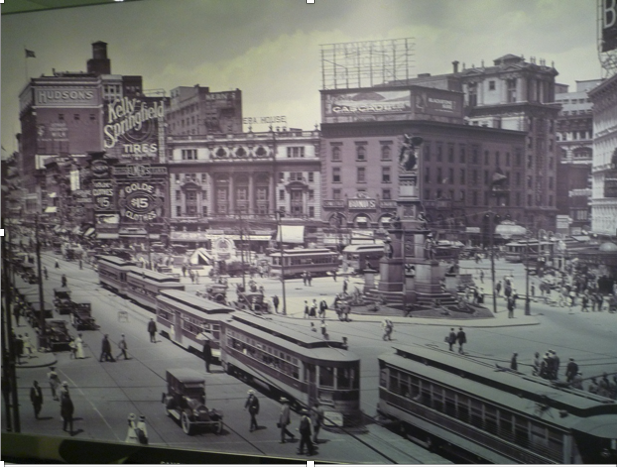
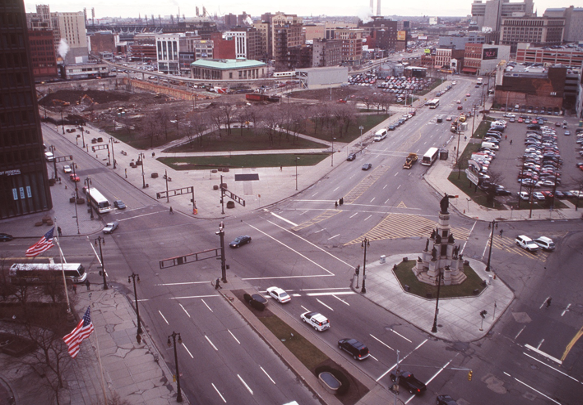
Photos from the earlier days of the current site of Campus Martius: A monument that became surrounded by cars.
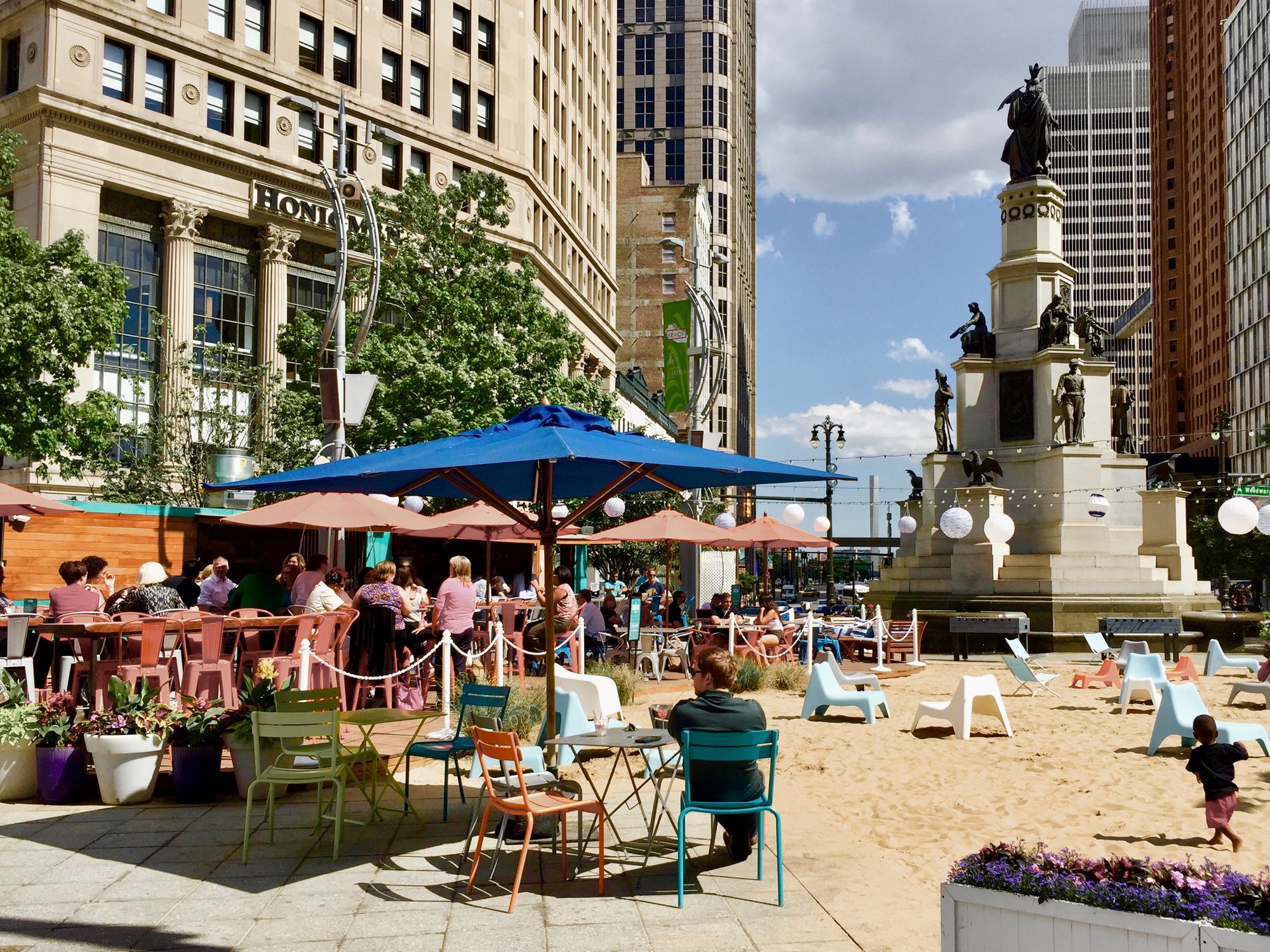
The construction of the square was undertaken by civic leaders to commemorate the 300th Anniversary of the city in 2001. Mayor Dennis Archer charged leaders to create the “best park in the world.” We were fortunate to work with Robert Gregory of the Detroit Downtown Partnership--the true genius behind the conception and operation of the square to this day--creating a program and management plan that shaped its ultimate design. When Campus Martius opened in 2004, people found that the square had an ever-growing list of reasons to visit: among them, a restaurant, holiday and seasonal activities like ice skating, and programmed activities like movie nights, music events, and outdoor yoga and more. Today, Campus Martius is the heart of a "New Detroit."
It was in no small part because of the success of the square that Quicken Loans (now Rocket Mortgage), under the leadership of Dan Gilbert, relocated from the suburbs of Detroit to downtown in the early 2010’s. Recognizing the role that placemaking had already played in downtown Detroit, he supported the Detroit Downtown Partnership to develop a new set of “Lighter, Quicker, Cheaper” improvements for Campus Martius,. The revival of downtown Detroit accelerated from there, and the city hasn't looked back since.
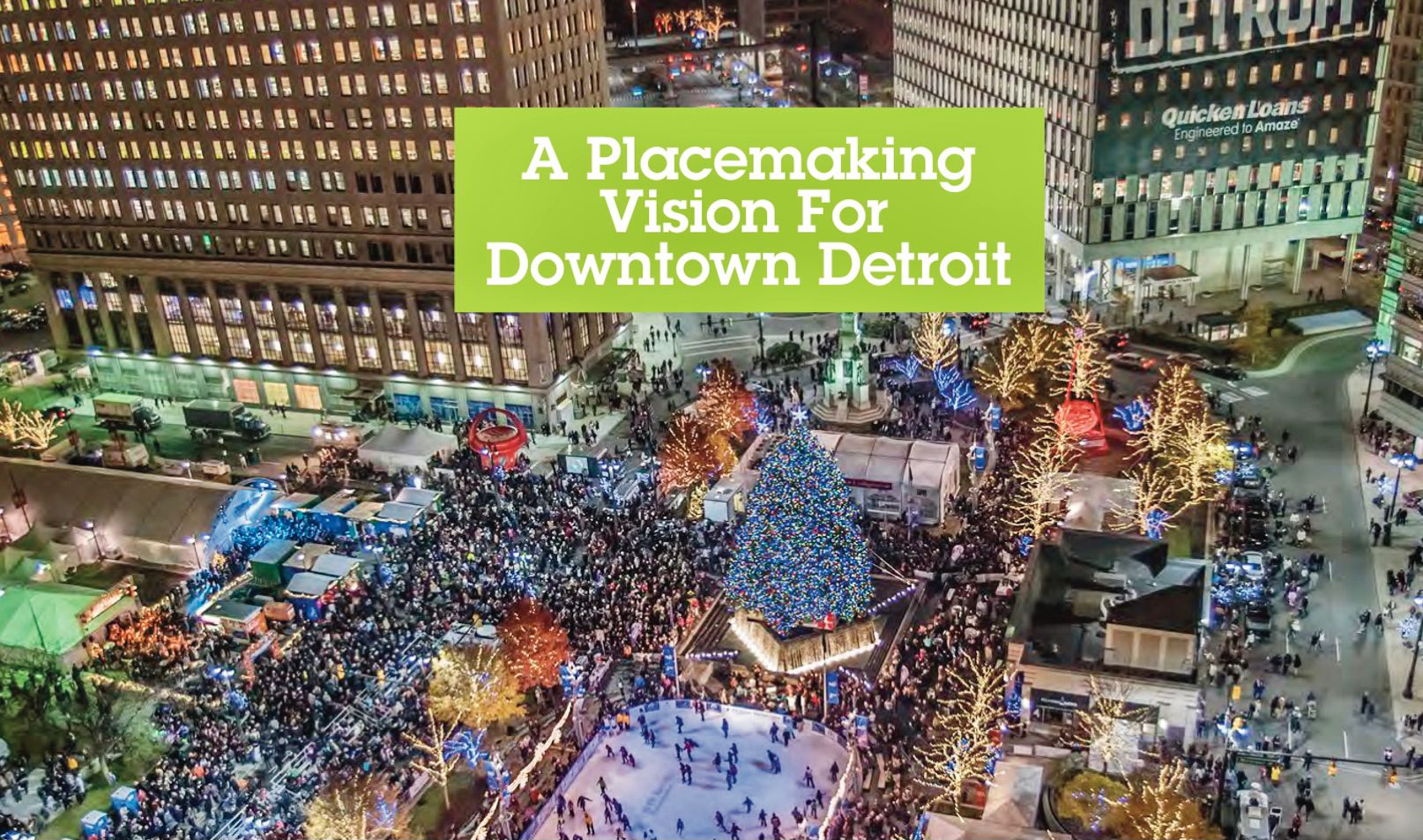
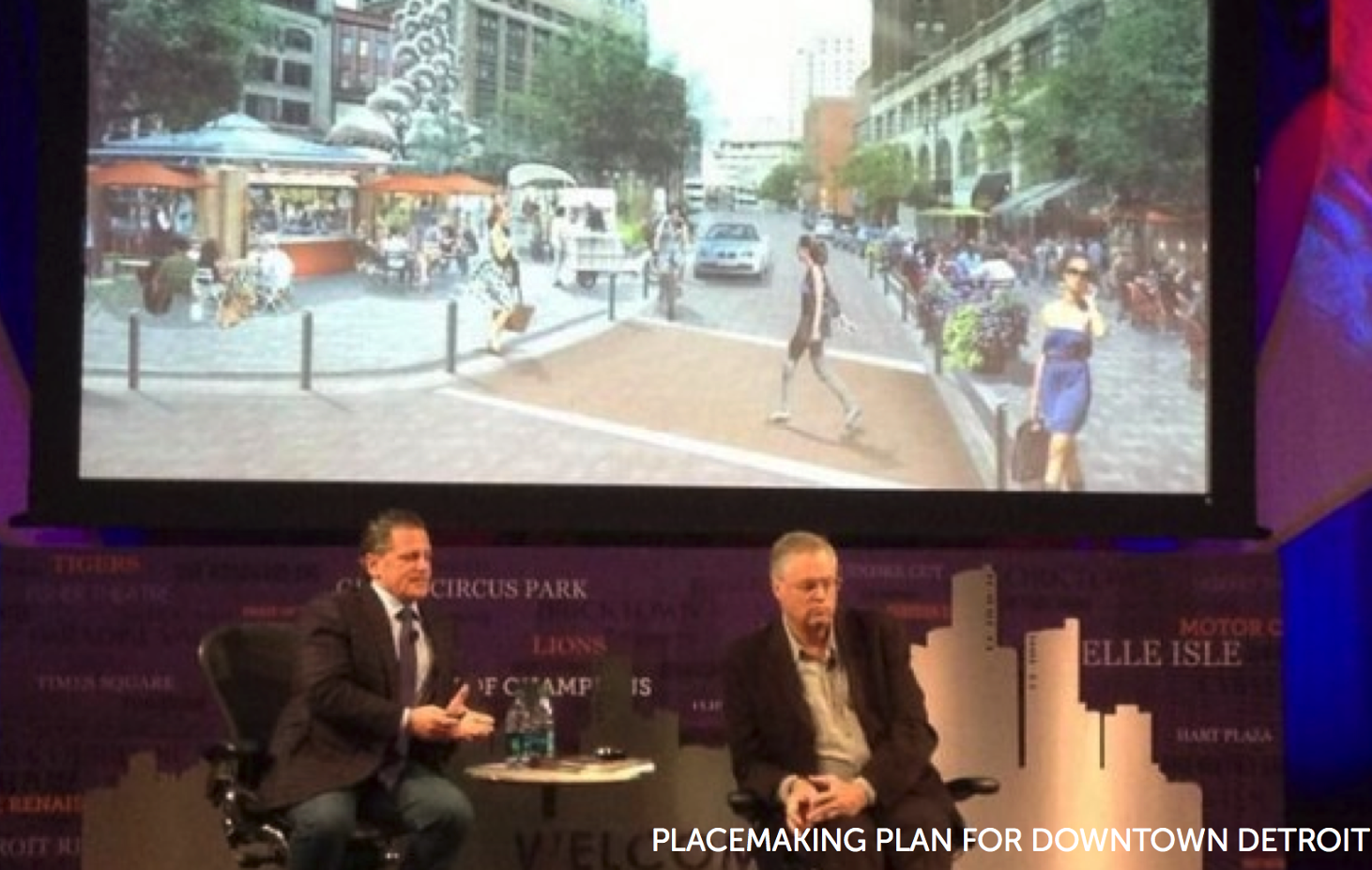
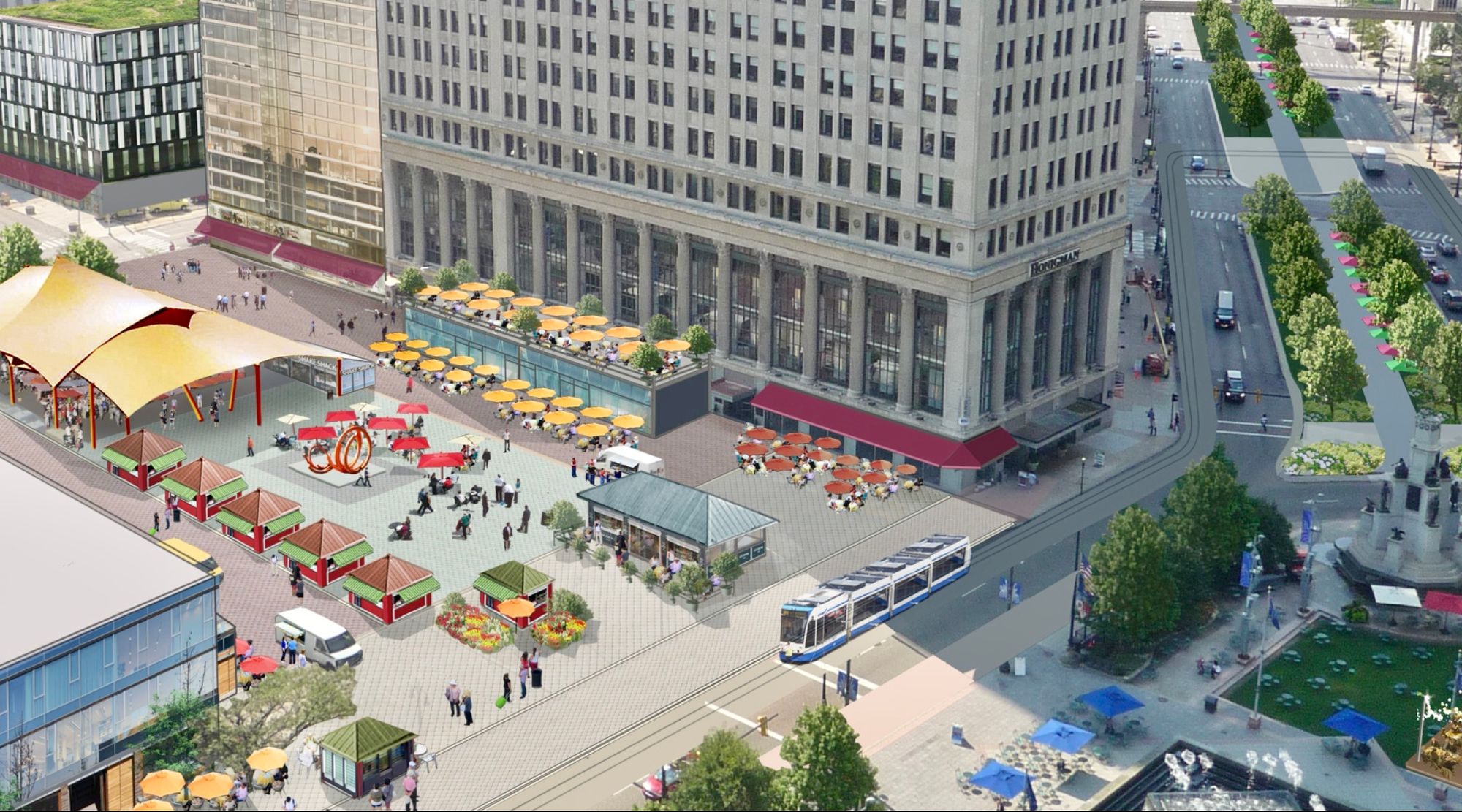
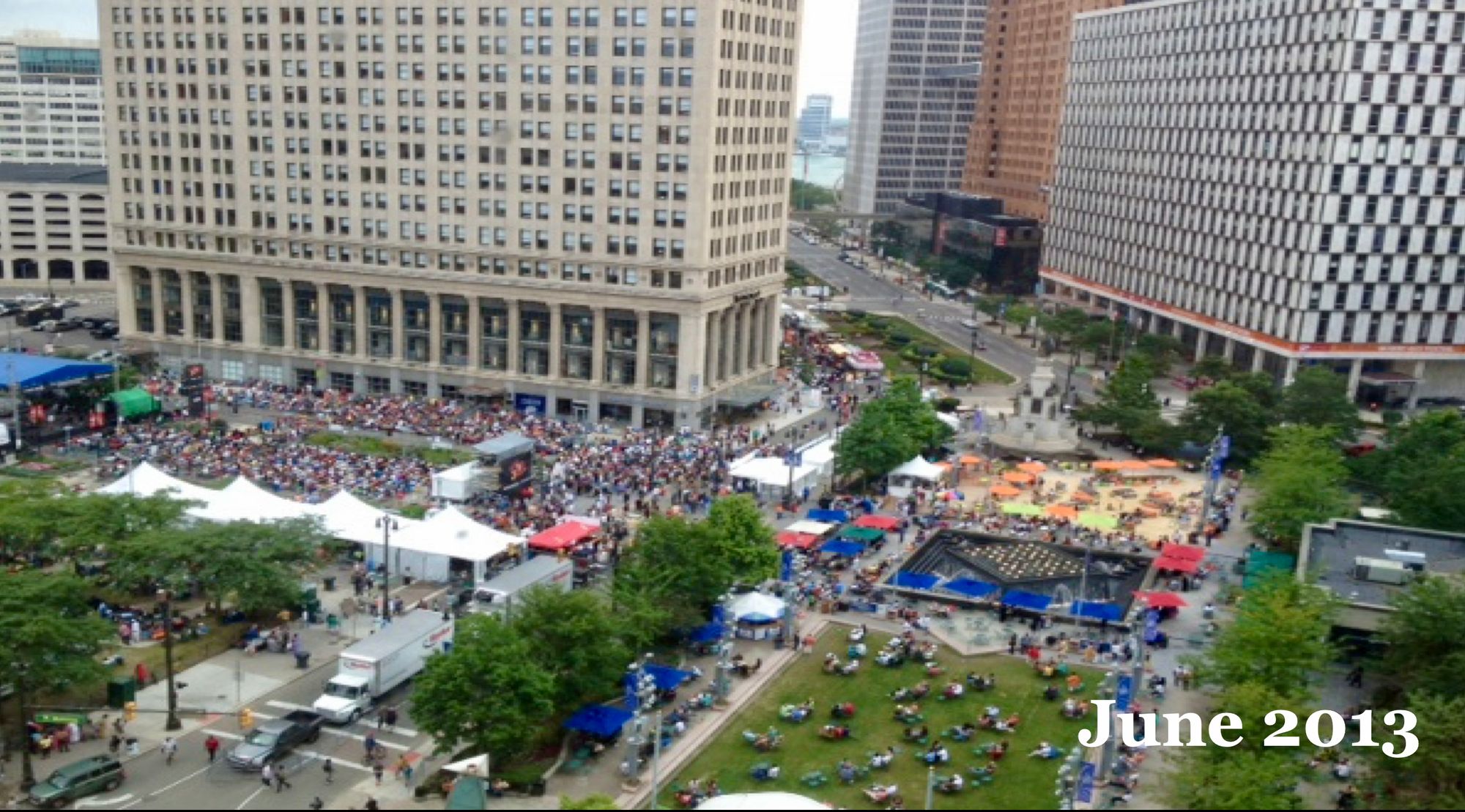
2013 Vision and Implementation
Over the course of its 2013 transformation, one surprise for everyone was a sandy beach space in Campus Martius. Sponsored by Southwest Airlines, the innovative and unexpected addition solidified a new era for Detroit. In addition, the investment is paying off in measurable ways: More than $4 billion in new investments in downtown Detroit in the past decade can trace their origins to the impact of the new Campus Martius.
Detroit claimed its return as one of the best cities in the US and as one of the biggest turn-arounds for any city since World War II. It seems only right that the city's "Point of Origin" monument, the basis from which Detroit's coordinate system is derived, is a part of Campus Martius. It truly is a center point for a city that seems to transform itself, day by day.
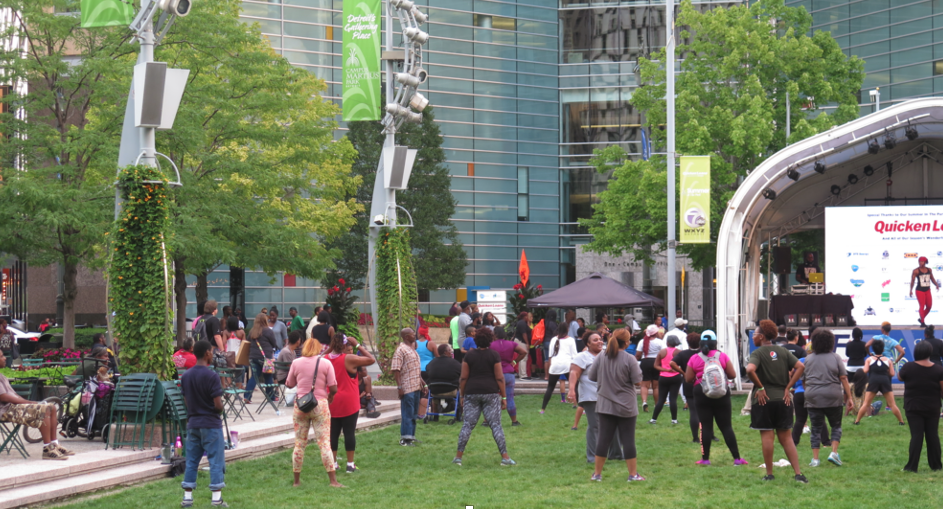
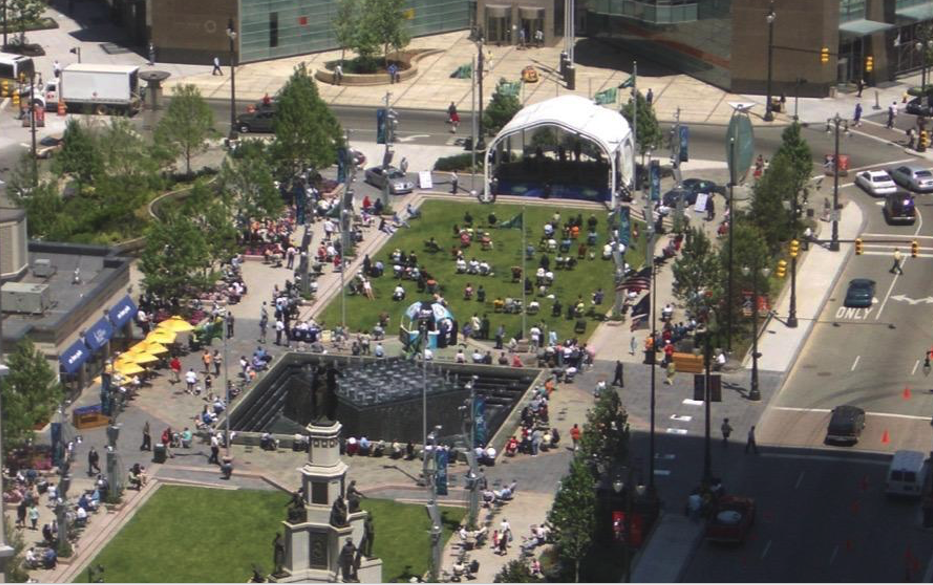
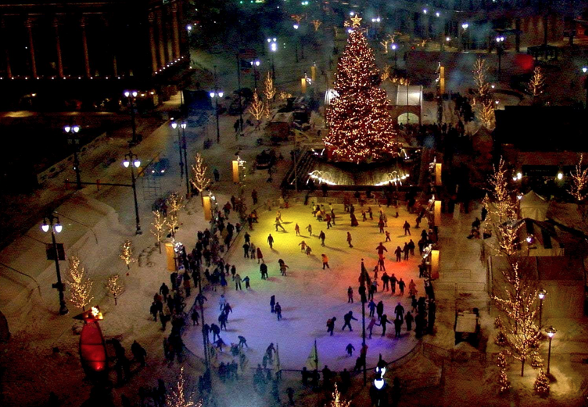
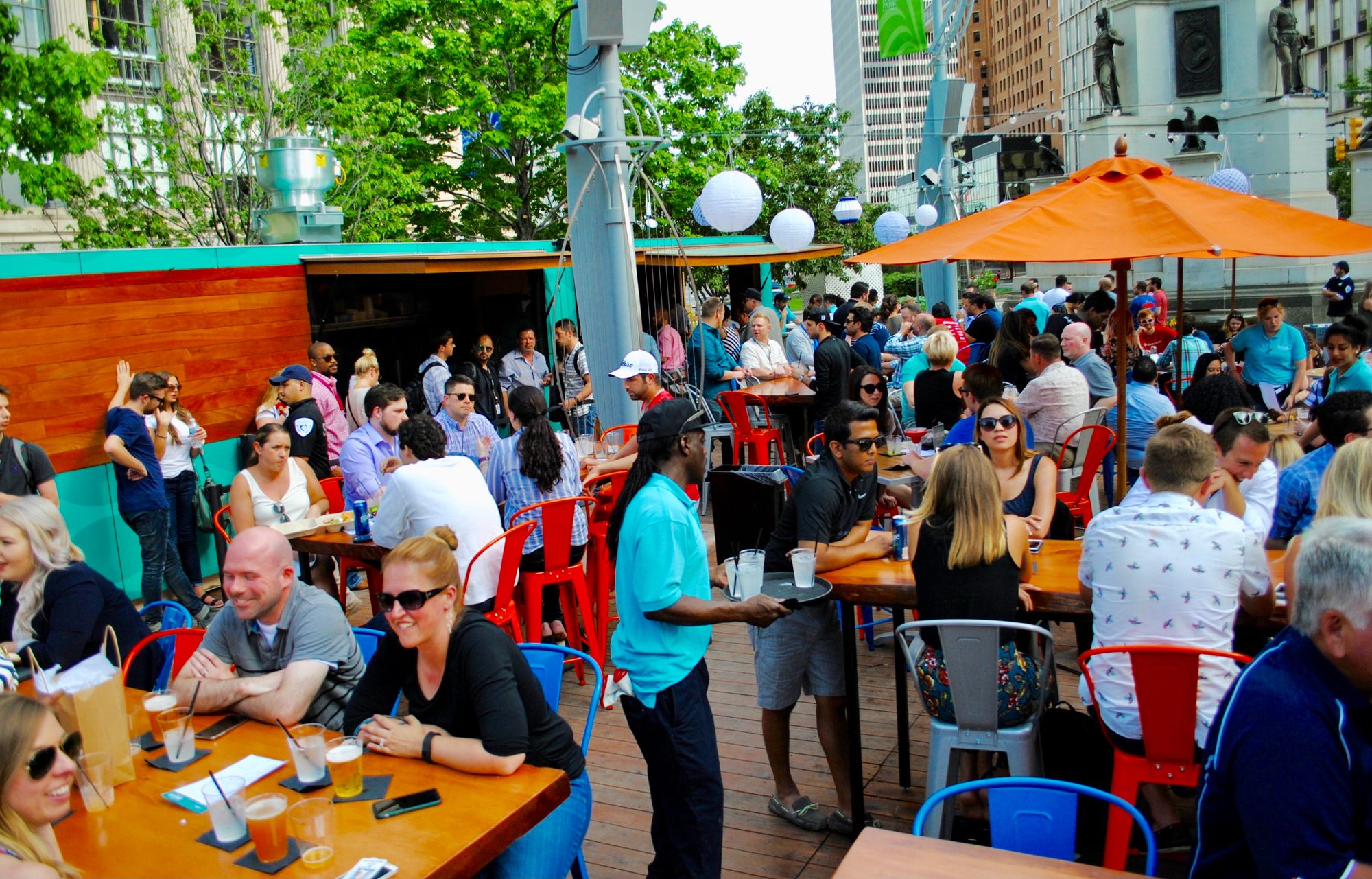
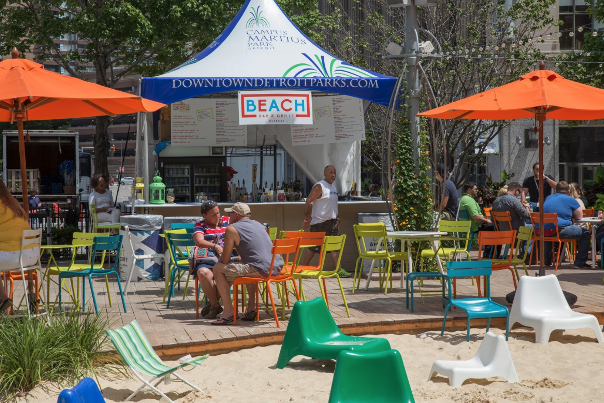
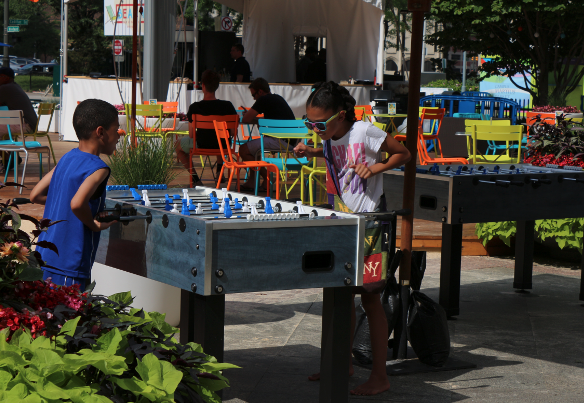
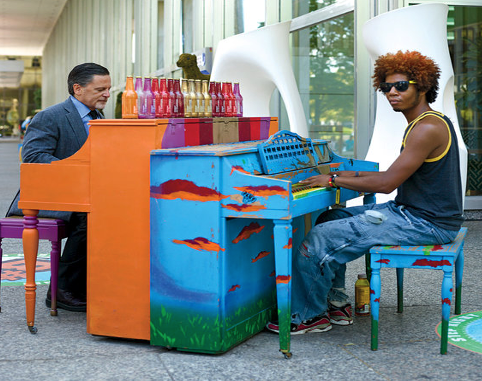
Dan Gilbert, who supported the 2013 improvements, is playing the piano lower right image.
2. Using Markets to Bring Social Life Back Everywhere

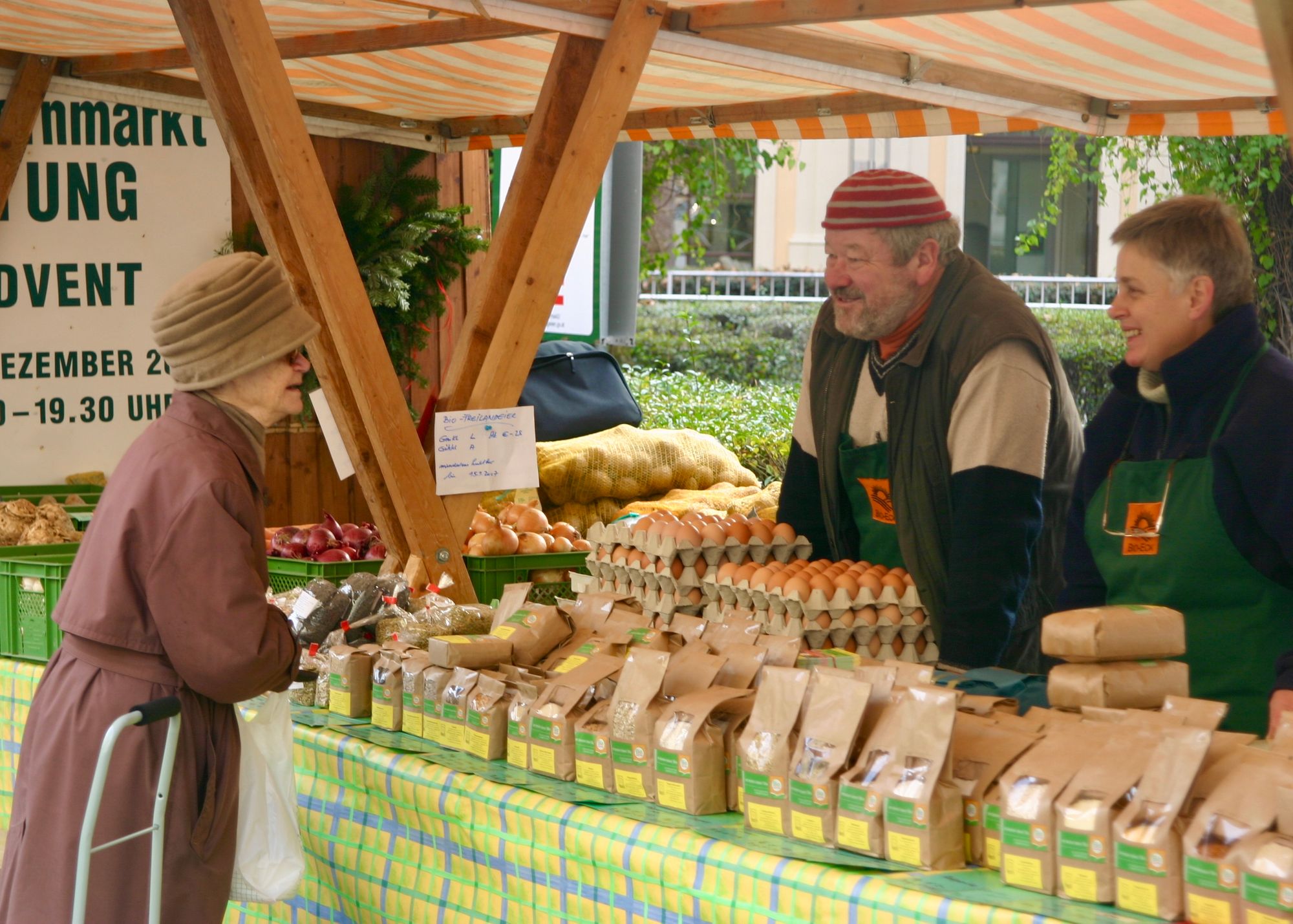
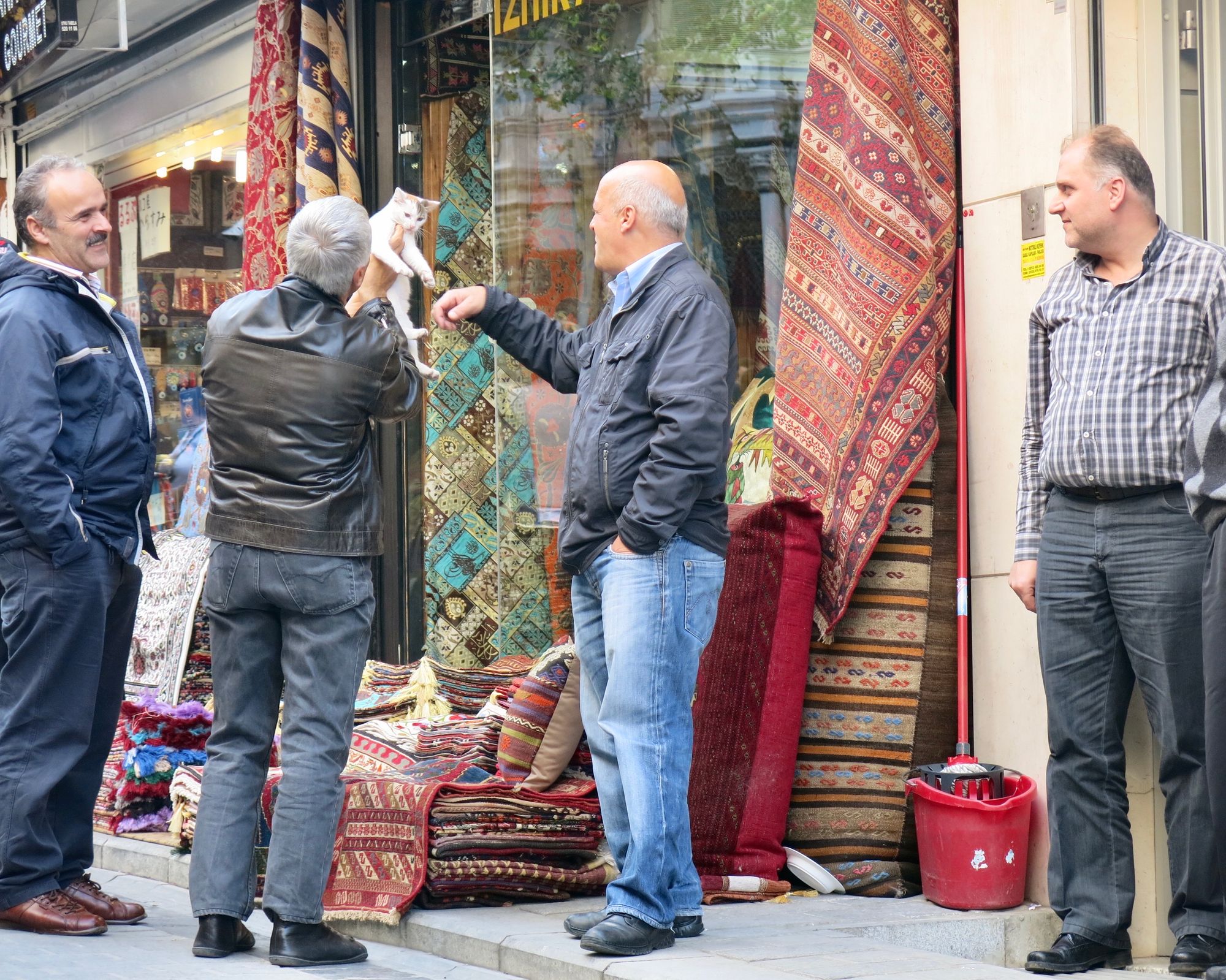
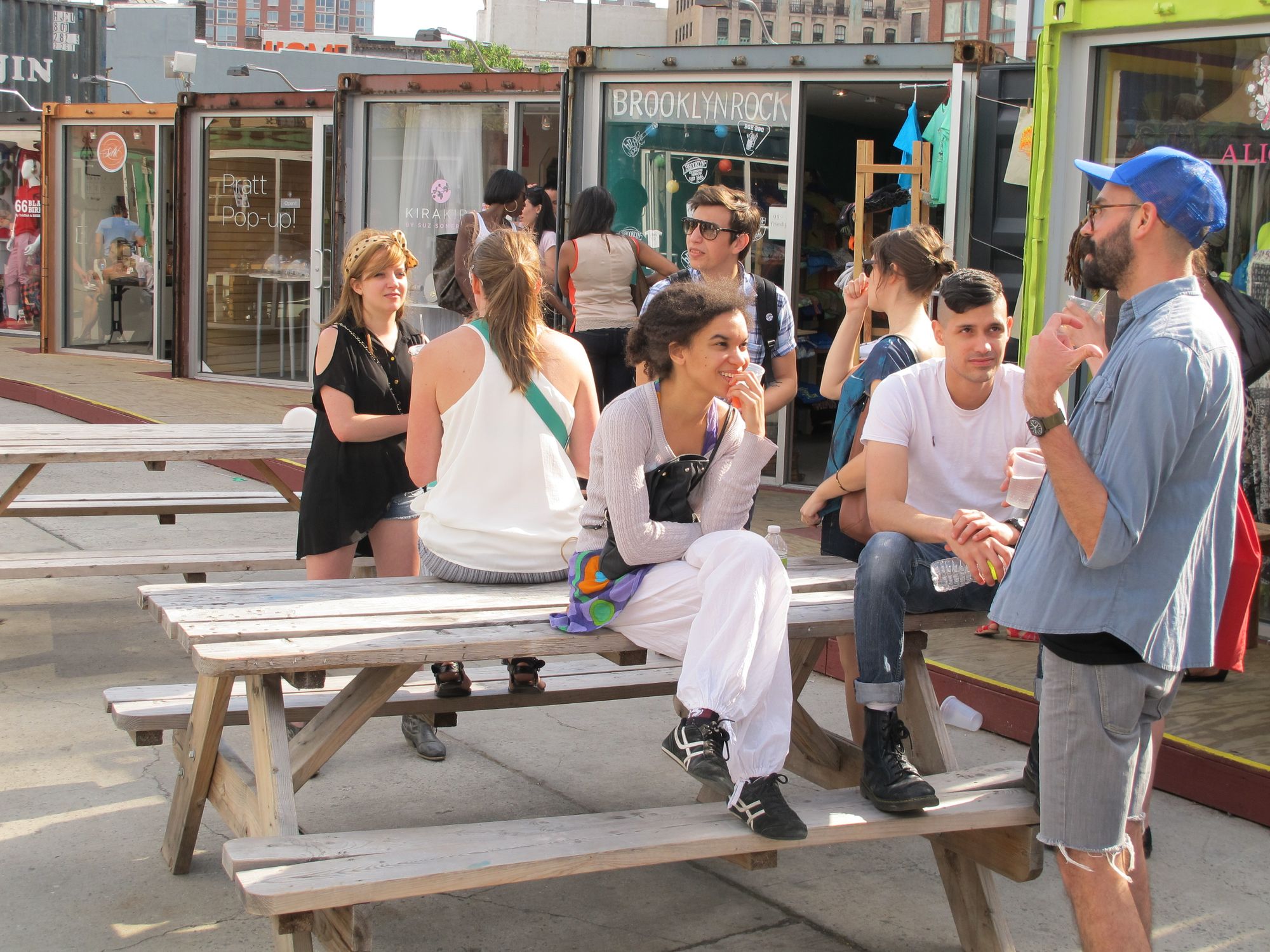
Hong Kong, Vienna, Istanbul, and Brooklyn, New York are examples of historic markets that define their cities. Brooklyn has been experimenting with new markets with great success.
Destination markets like Pike Place in Seattle attract local residents and visitors, alike. That's partially thanks to the fact that markets are the foundation of social life for cities everywhere. It follows that building networks of them across cities and regions both maintains local market cultures and preserves a way of life.
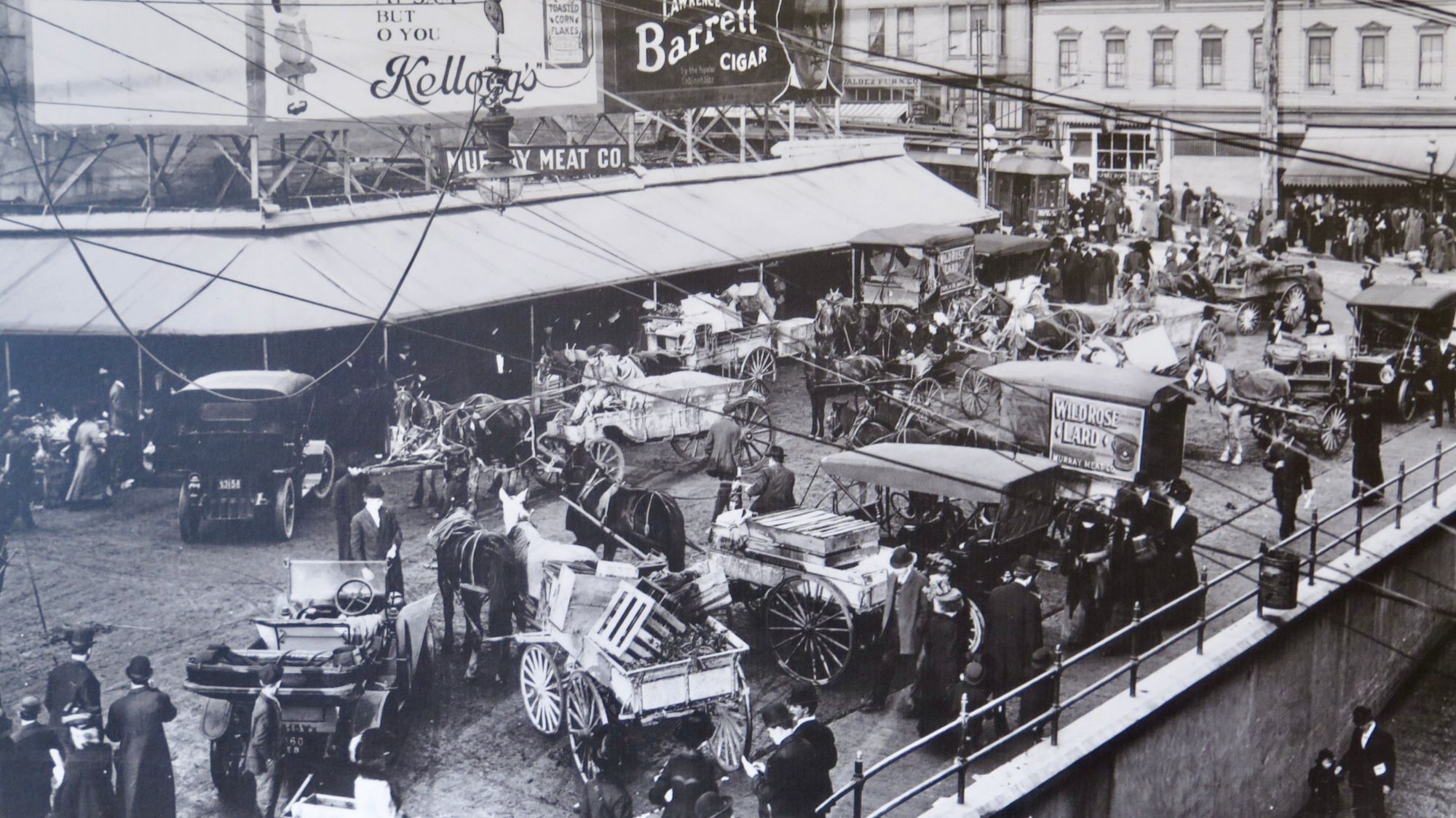
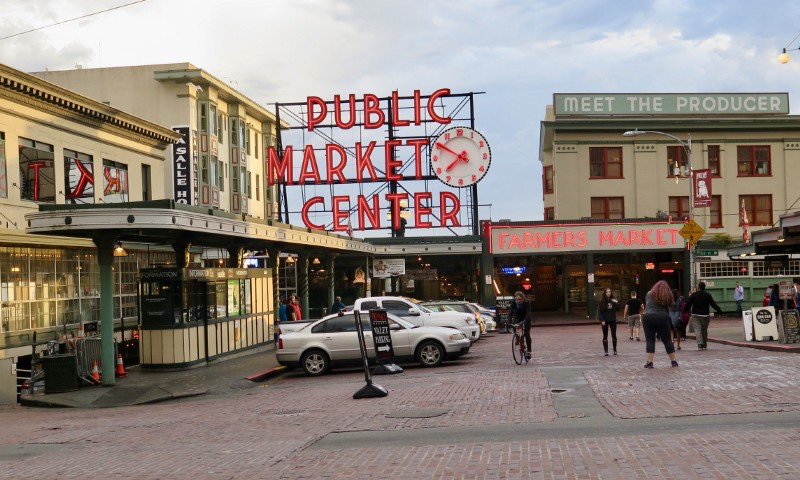
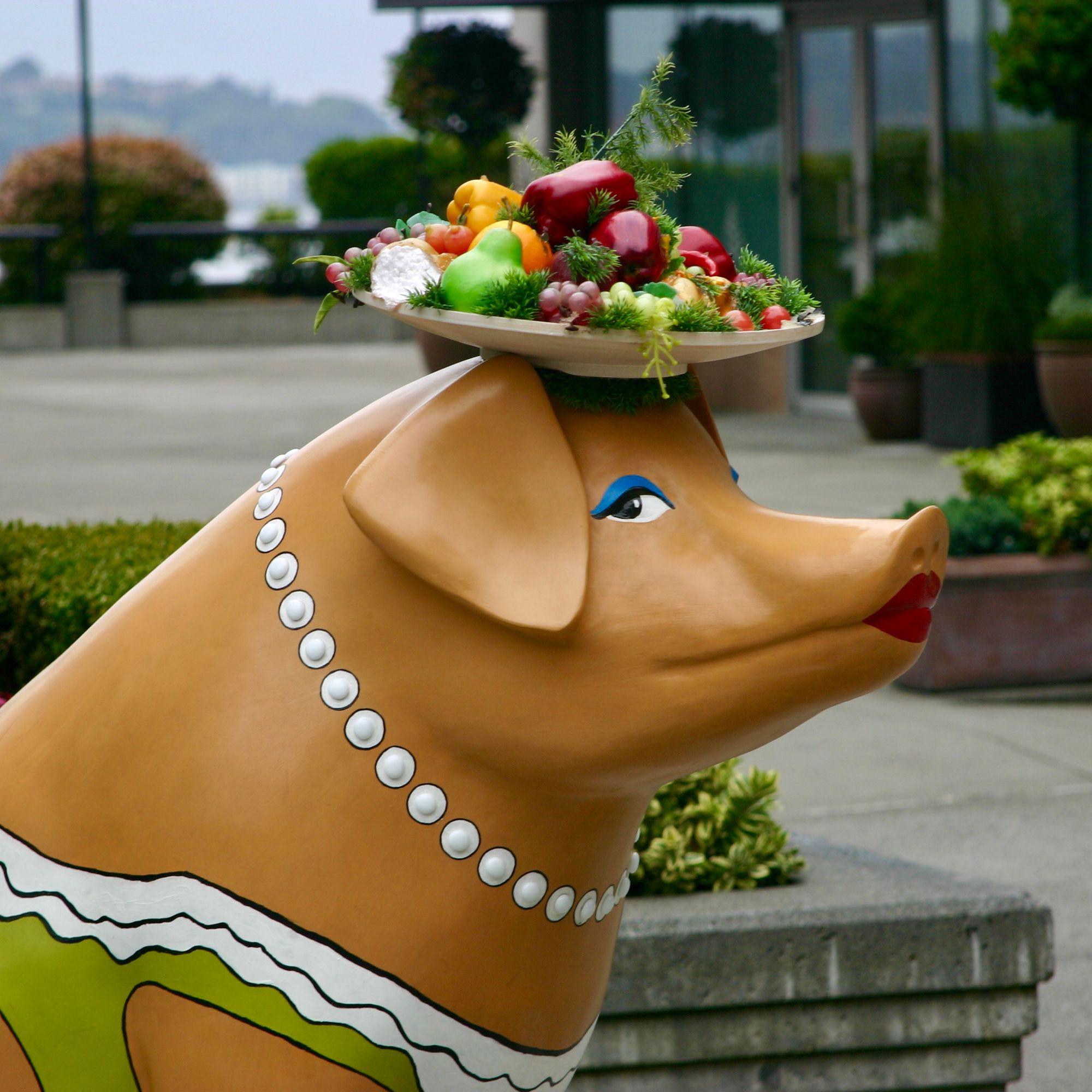
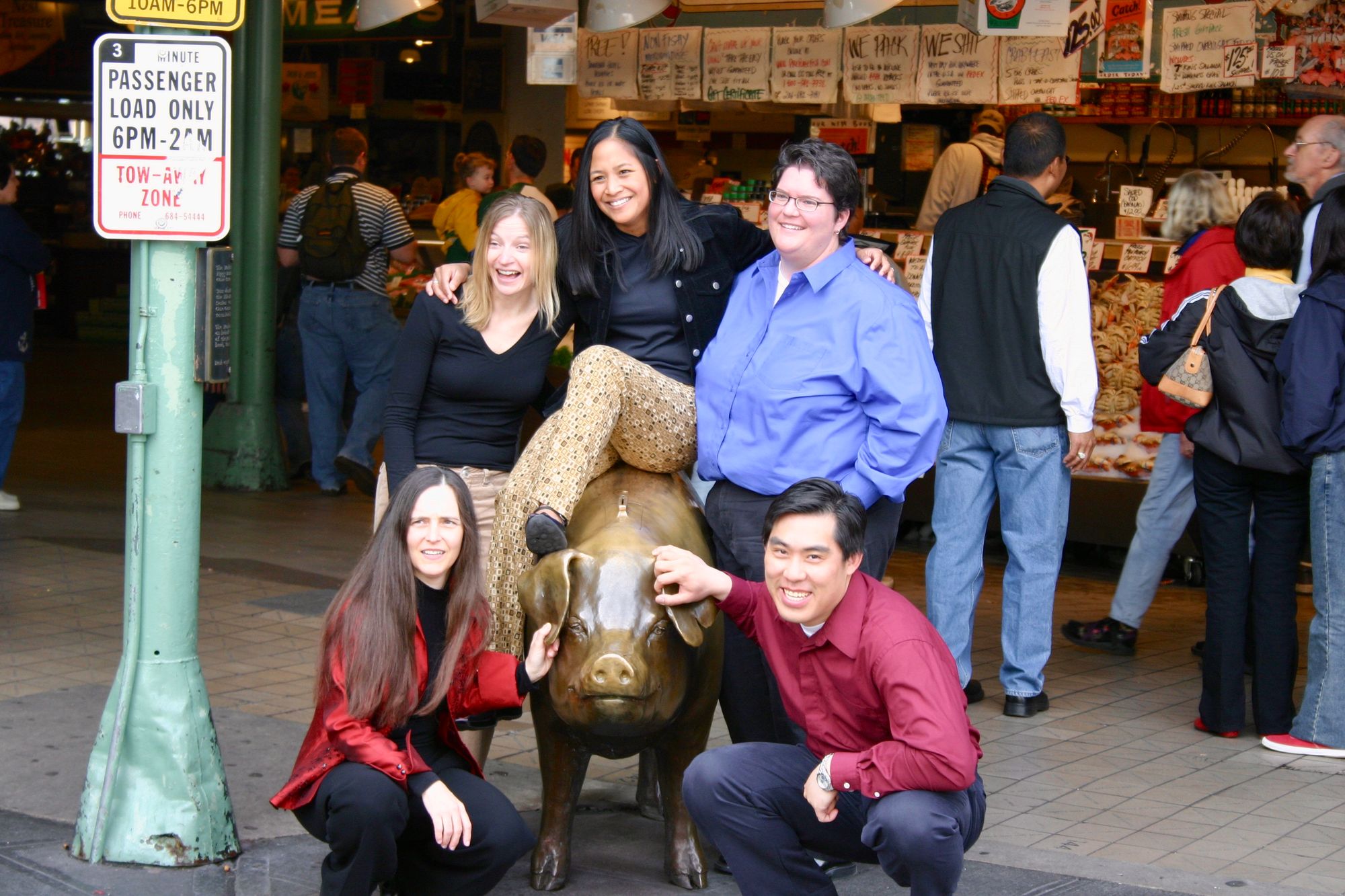
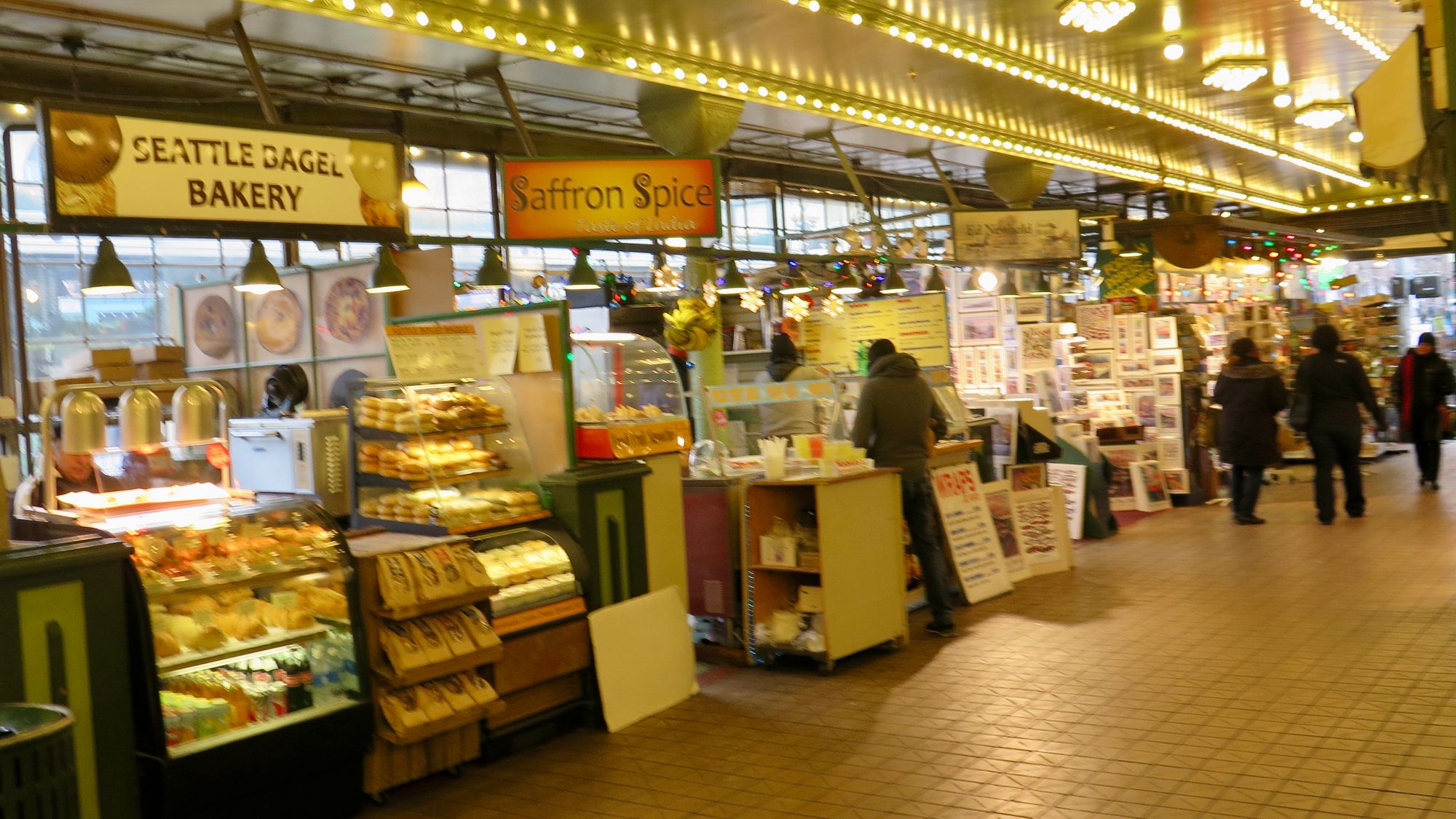
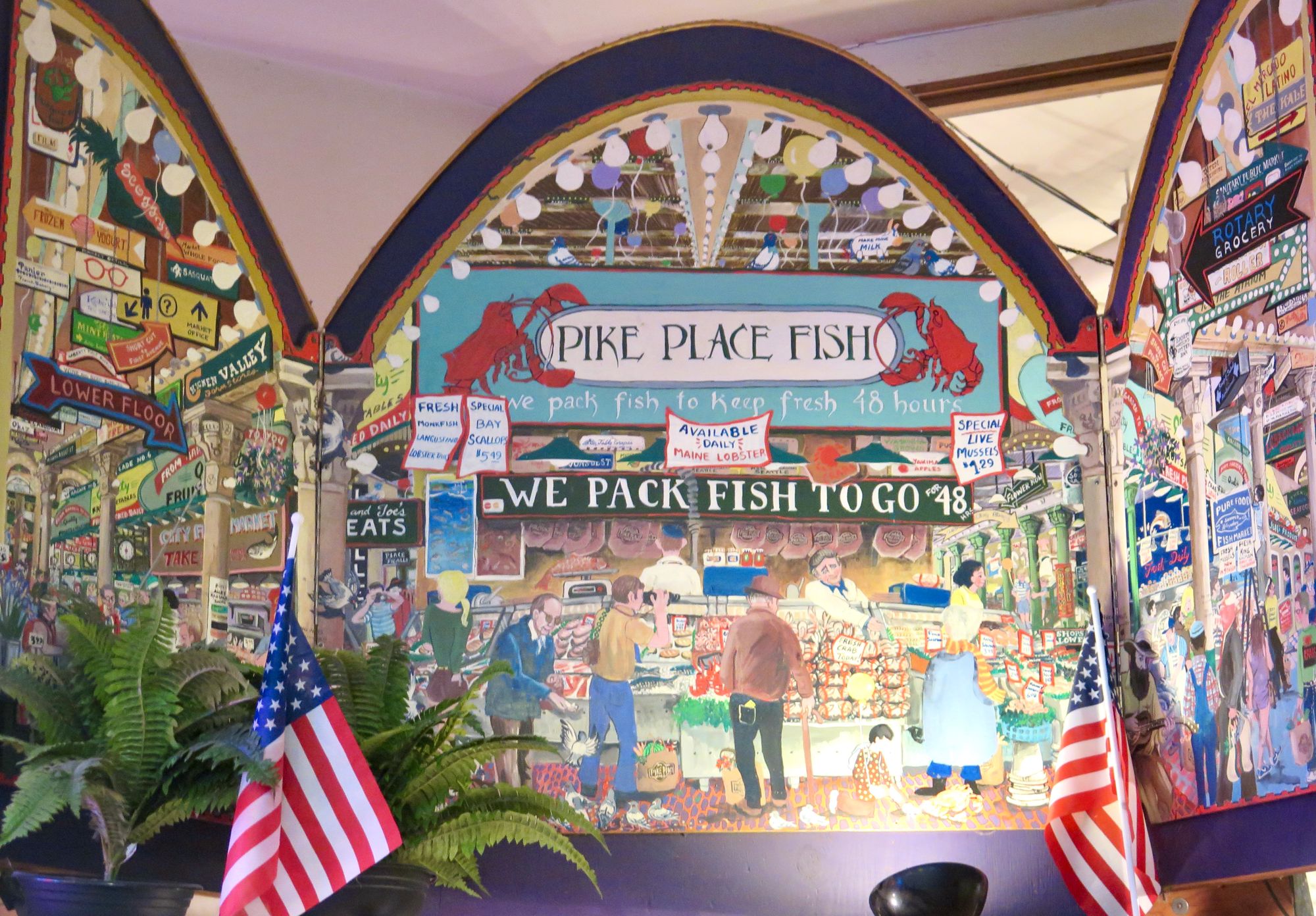
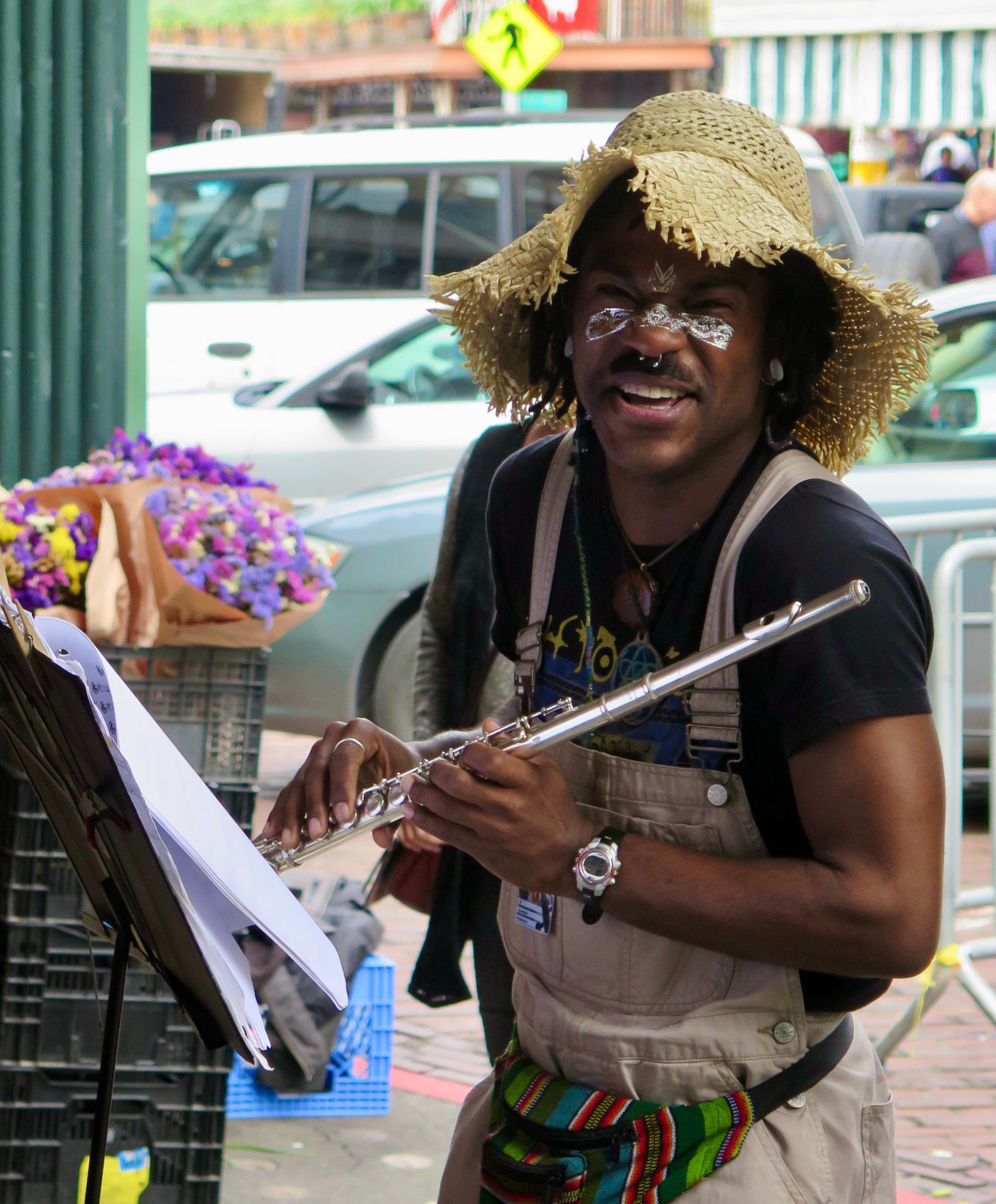
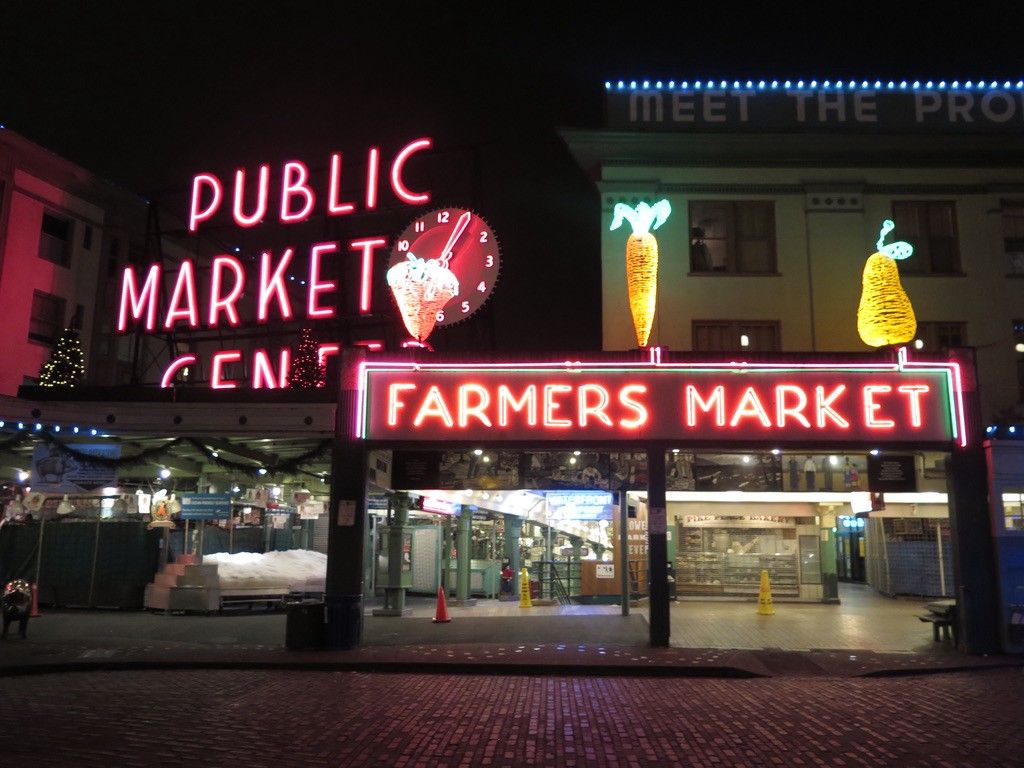
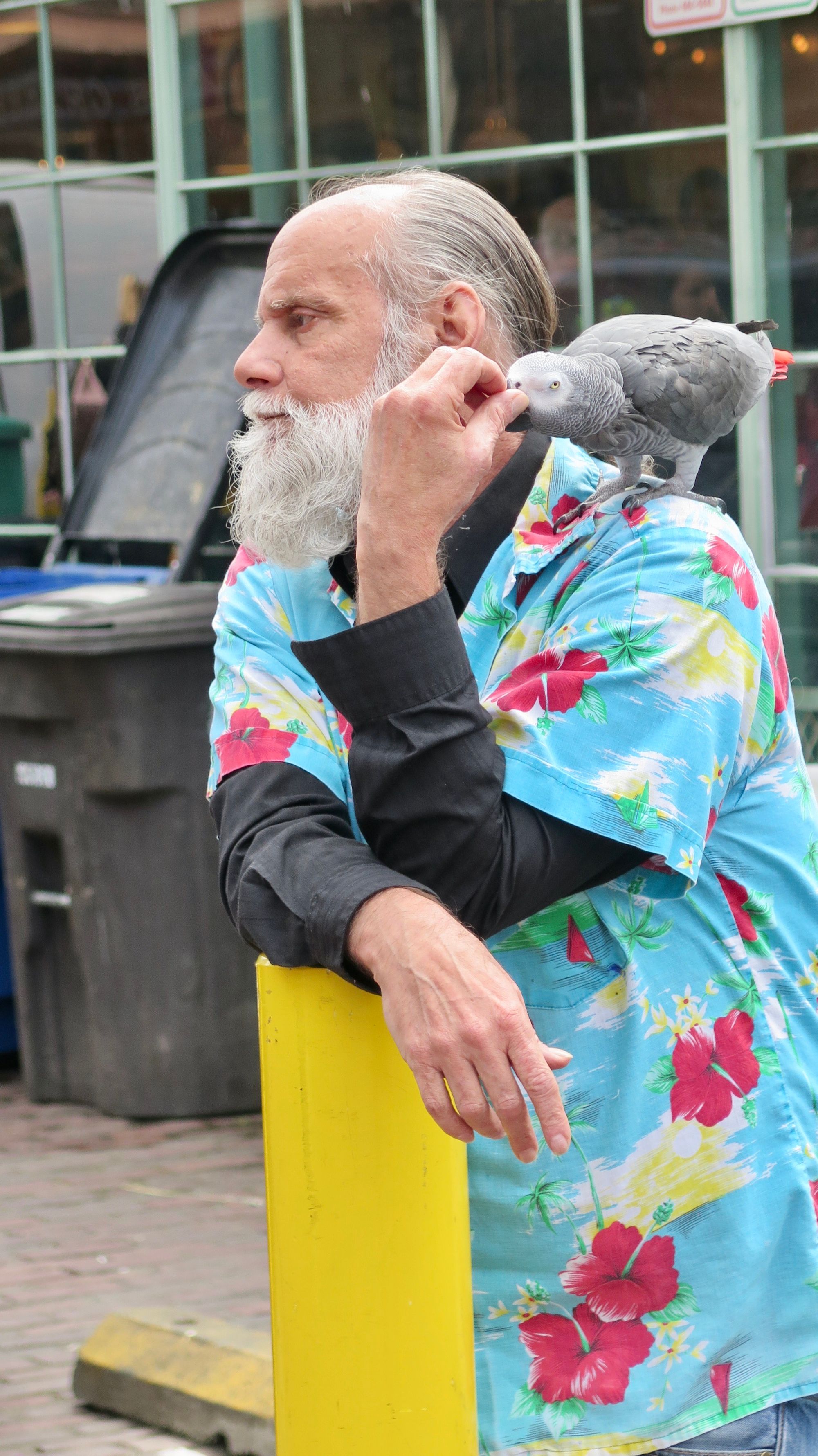
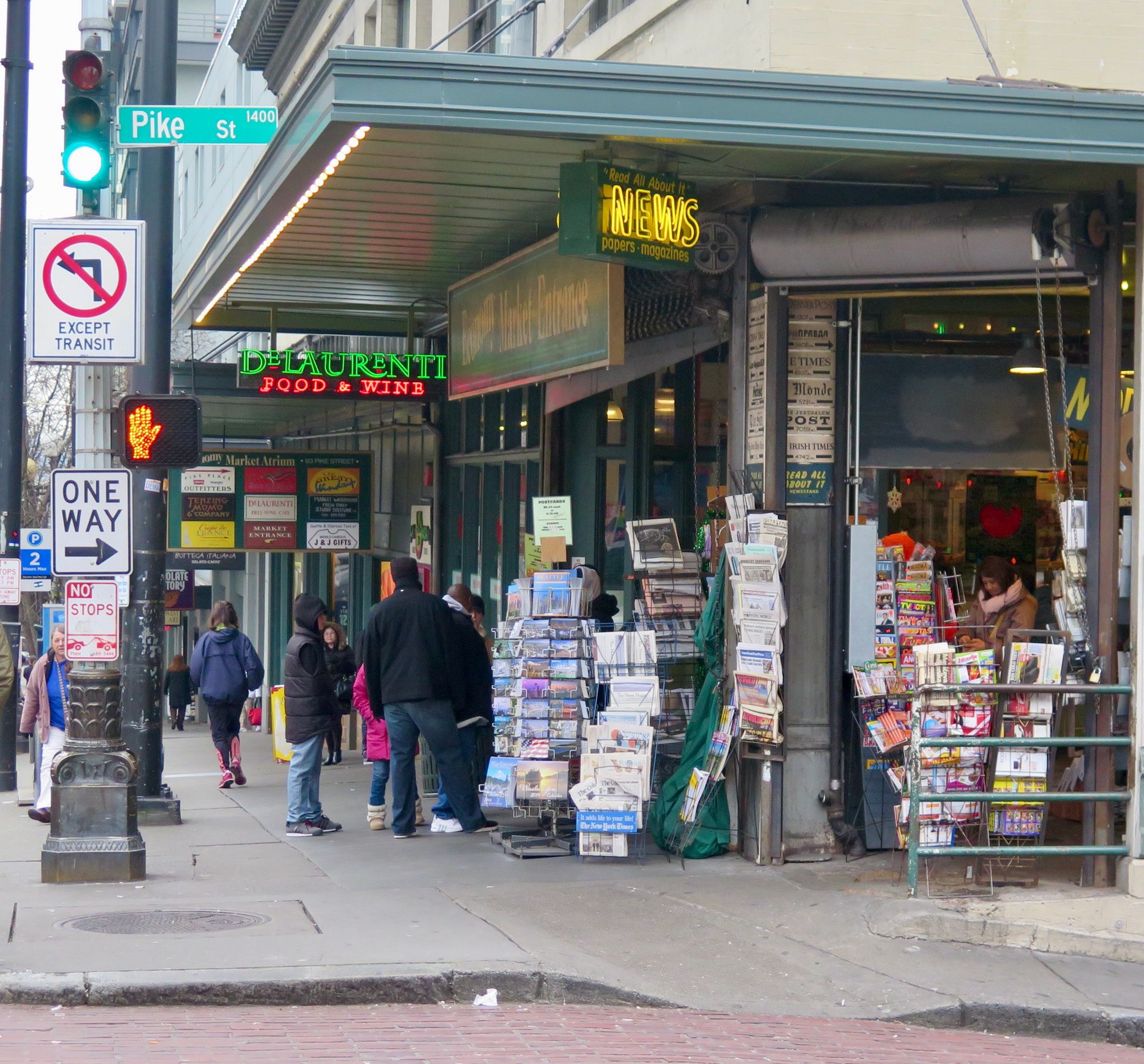
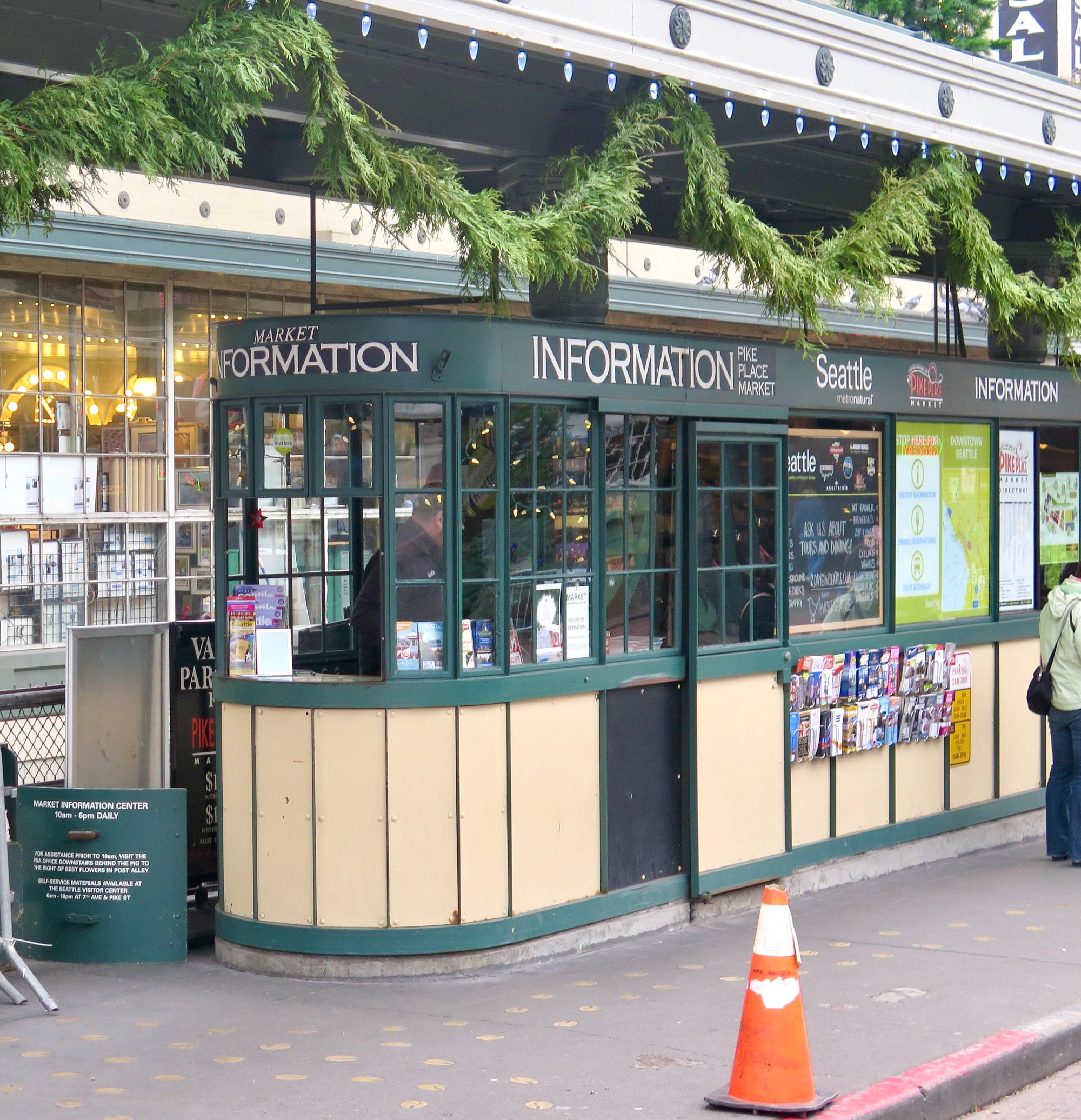
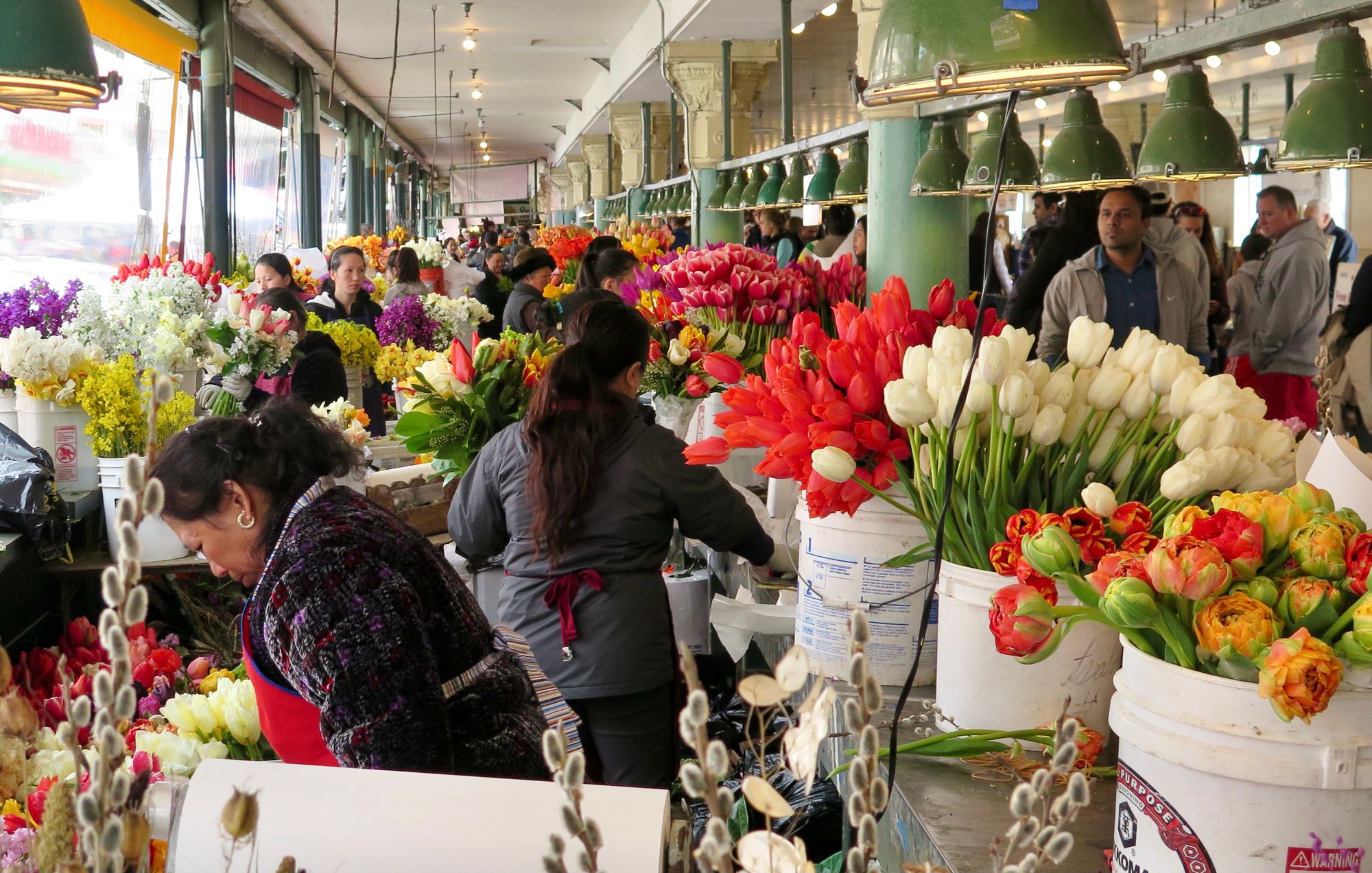
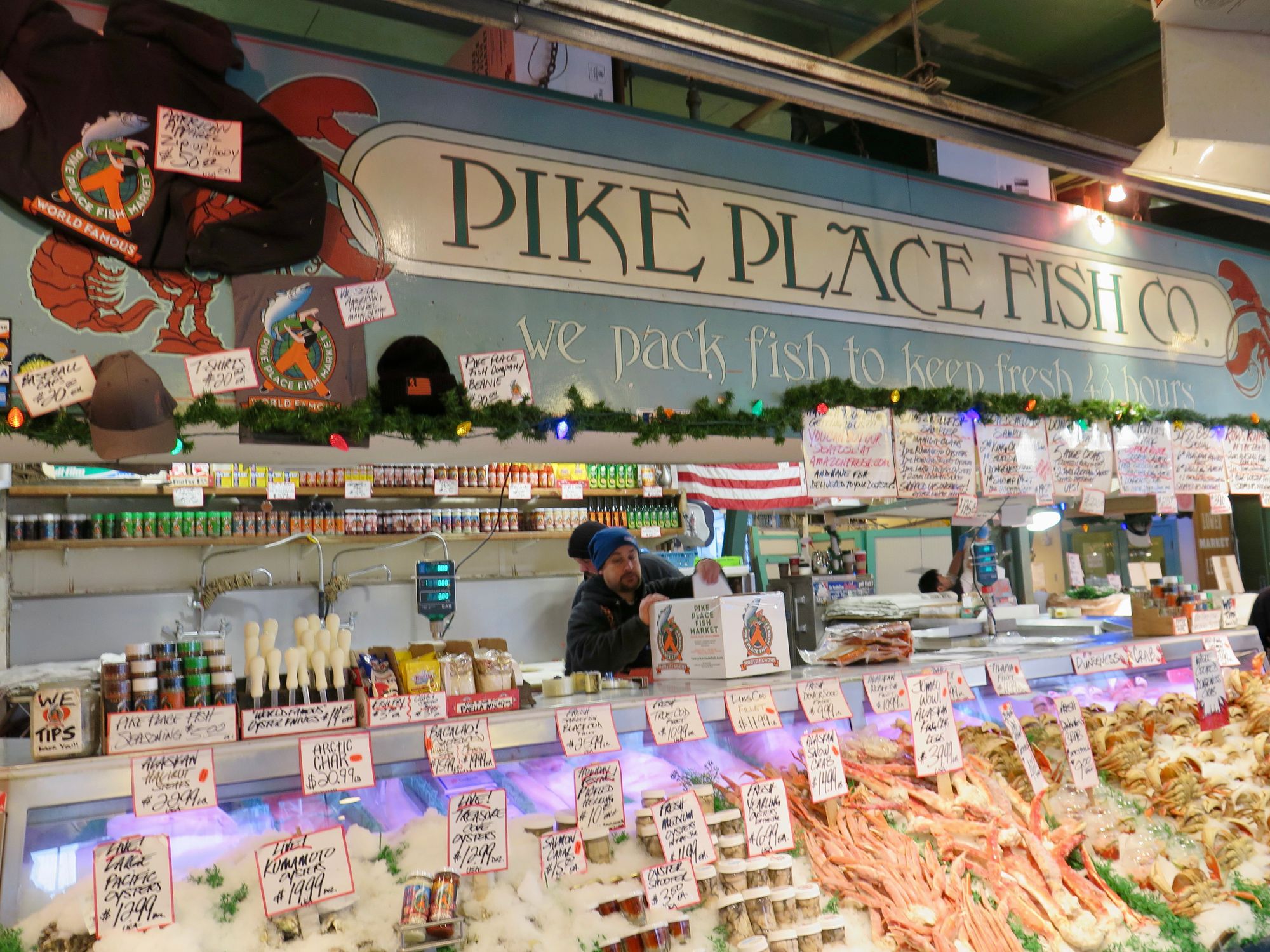
Night and day, Seattle’s Pike Place Market is a magnet for people who love food and the fun of being out in public.
Pike Place Market is a special community within the heart of Seattle’s downtown neighborhood comprised of hundreds of farmers, craftspeople, small businesses and residents. It serves as an incubator and supporter of farmers, artisans and small businesses.
The Pike Place Market community looks after its own through a dynamic web of organizations, social service agencies, residential advocates, and by providing affordable and low-income housing, which creates a safety net for those in our community who are the most vulnerable—low-income seniors, the differently abled, and the unhoused.
These services are supported by the Pike Place Market Foundation and its mascot, Rachel the Piggy Bank, a life-size bronze piggy bank located under the Market clock and sign. Established in 1982, The Market Foundation is a non-profit organization that supports housing and services for low-income neighbors by fundraising, advocacy, and community building.
This all goes to show that markets, in Seattle and beyond, can be a crucial part of the way we interact with our neighbors, food systems, and local economies.
3. Starting with Sidewalks is the Key to Creating the Streets We Want
If a community focuses on accommodating car traffic, they will get even more of it. That’s why it is crucial to think beyond the windshield. Focusing on sidewalks by repurposing space for people in intersections, street corners, and entire city blocks brings more social and local economic life to communities. Sidewalks are key to making our streets lively places that promote connection, commerce, and conviviality.
Paris is a city defined by sidewalks where all sorts of social activities draw people morning, noon, and night. Its' the sidewalks where you shop or sit and observe in a cafe that makes the experience...it is not a sidewalk with shops along the side.
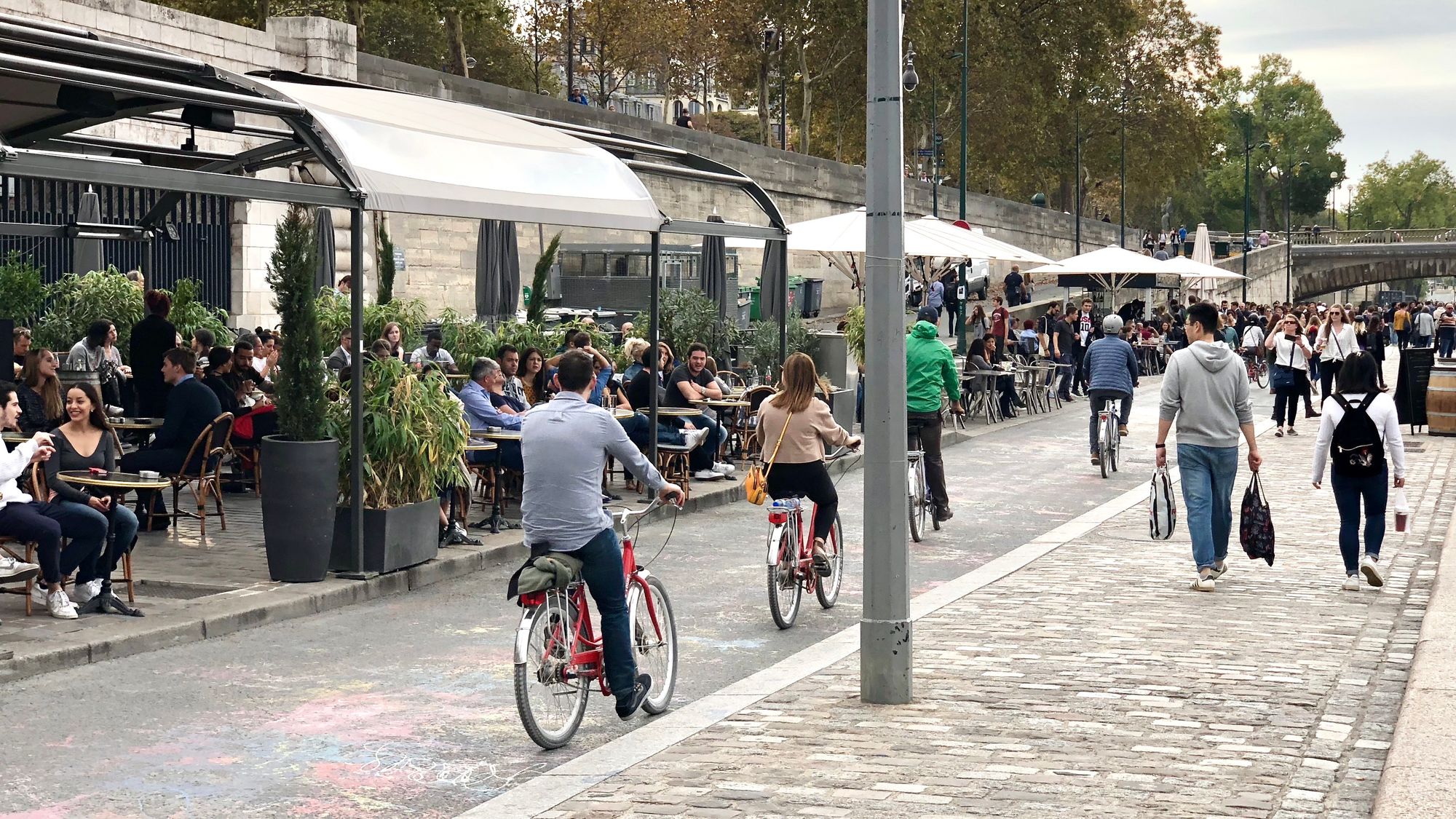
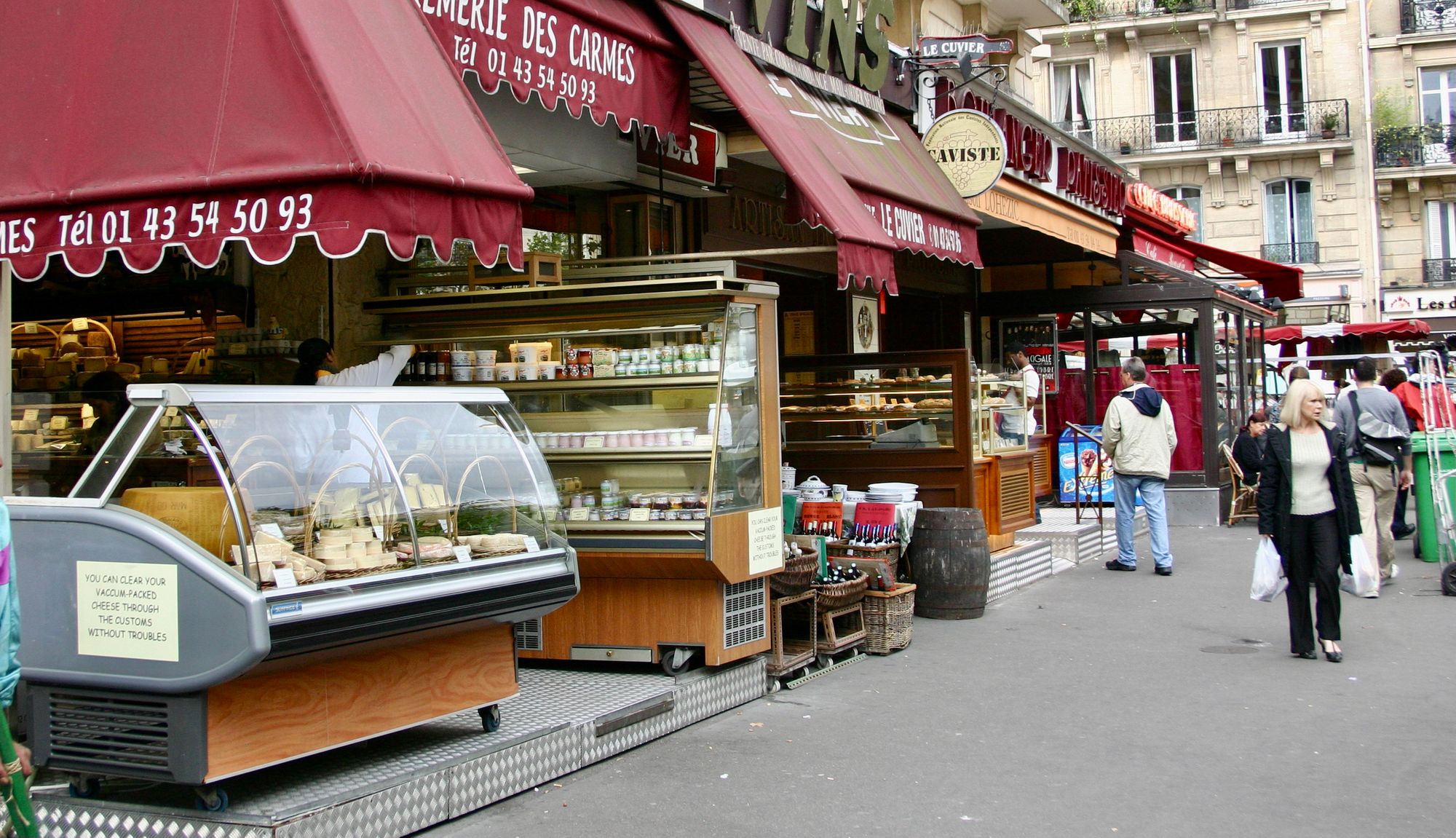
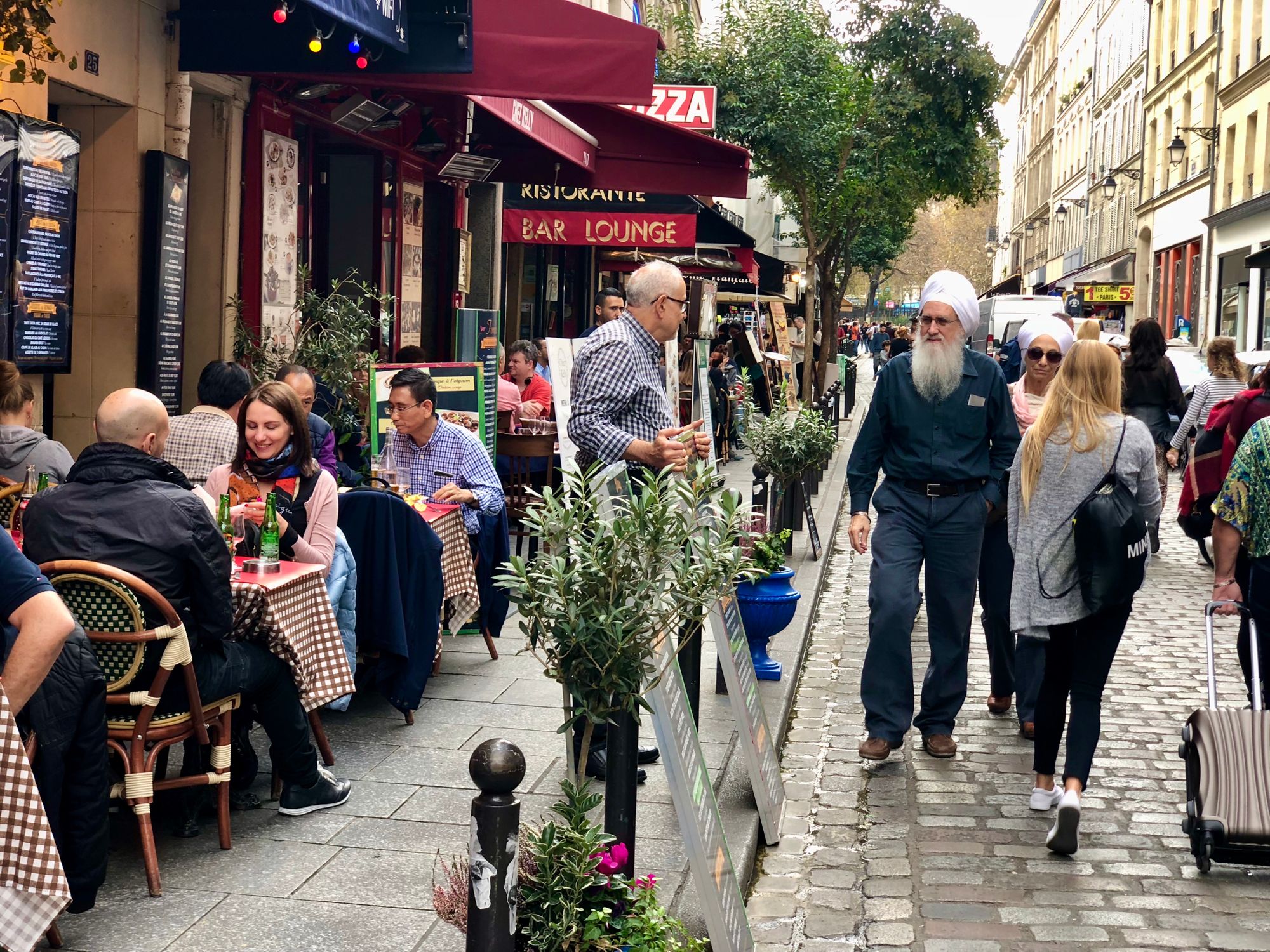
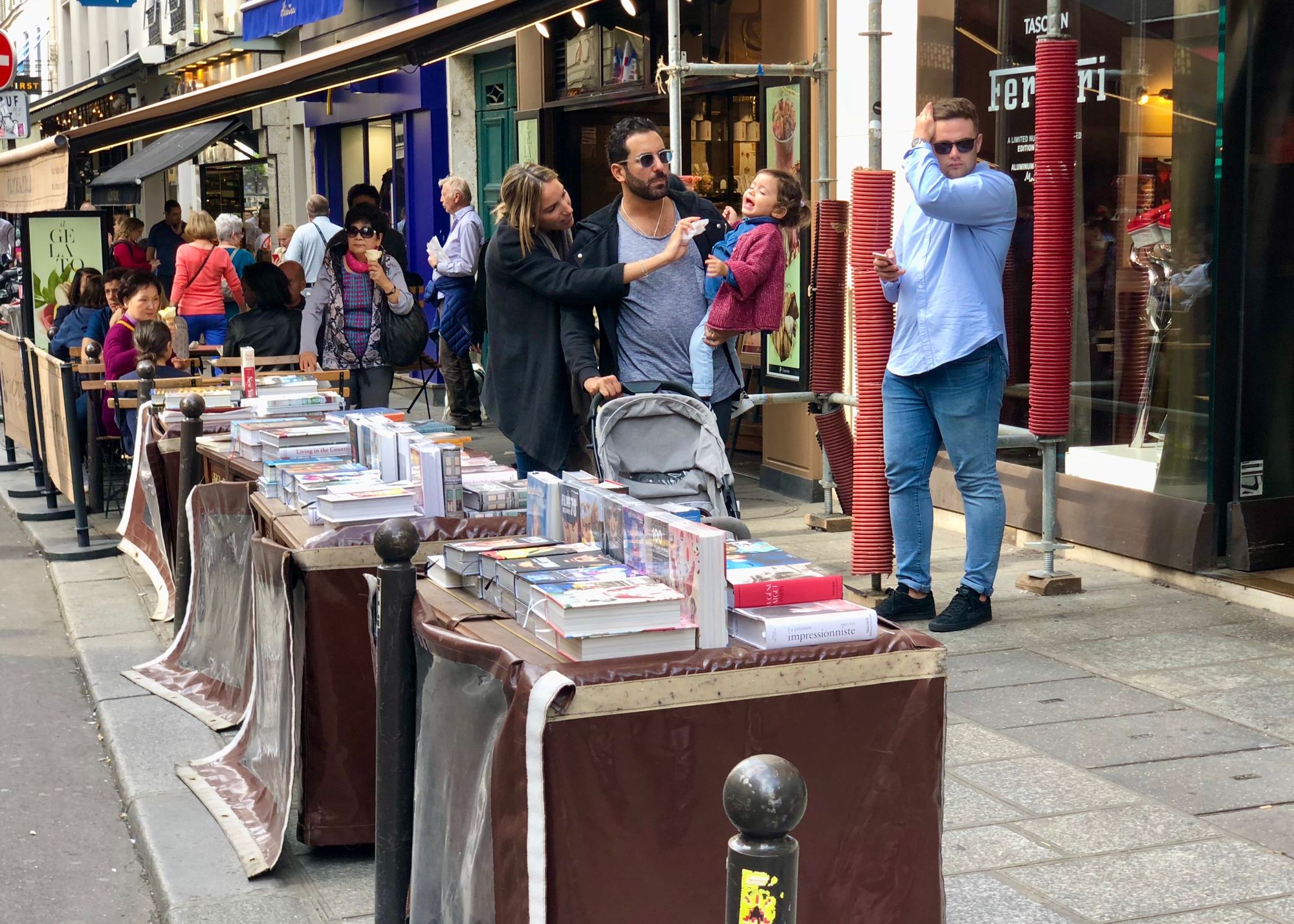
Who owns the intersection? Is it defined by cars and traffic or is it a distinct part of the neighborhood. Buenos Aires and London examples show how impactful an intersection defining a community can create a welcome alternative.
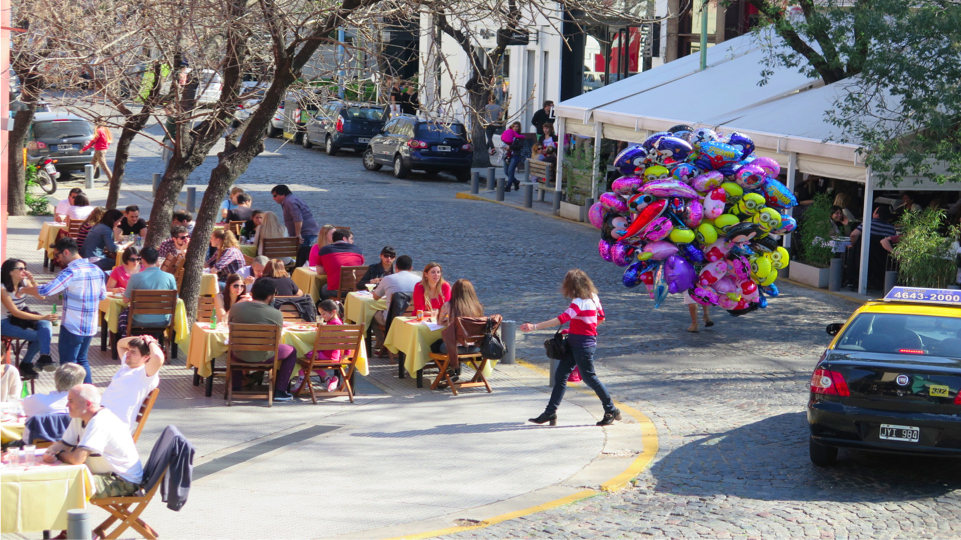
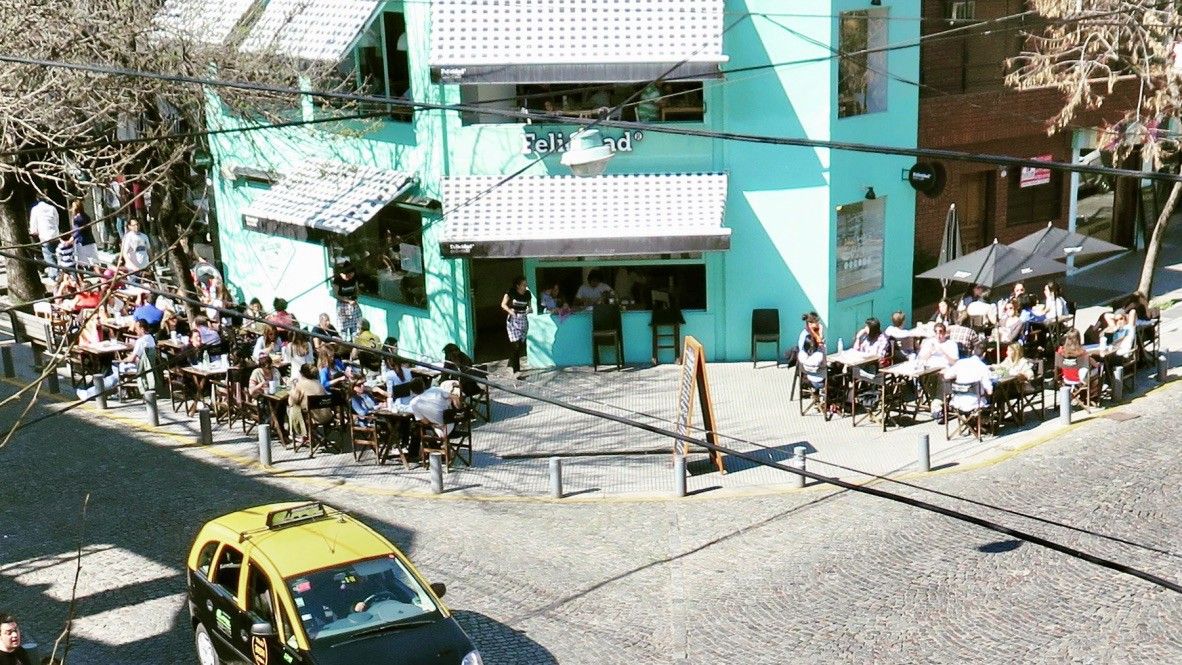
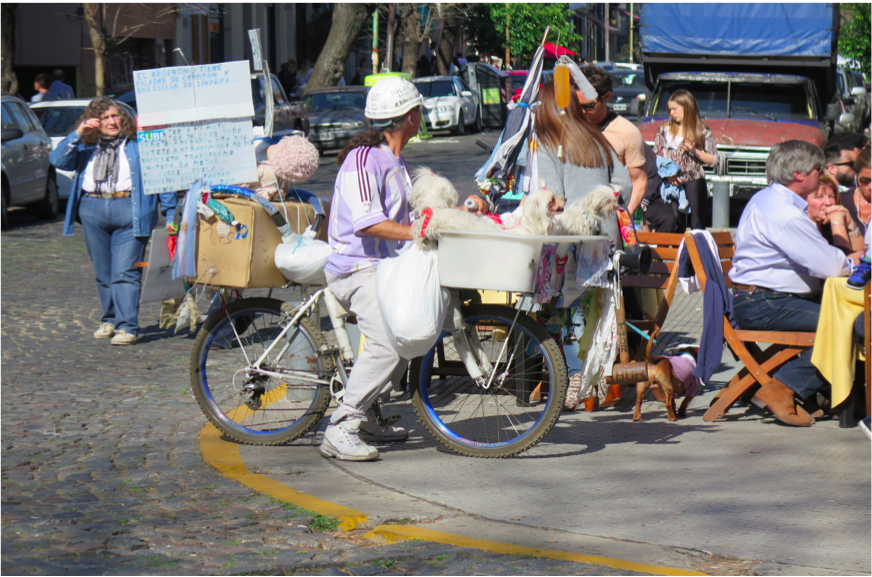
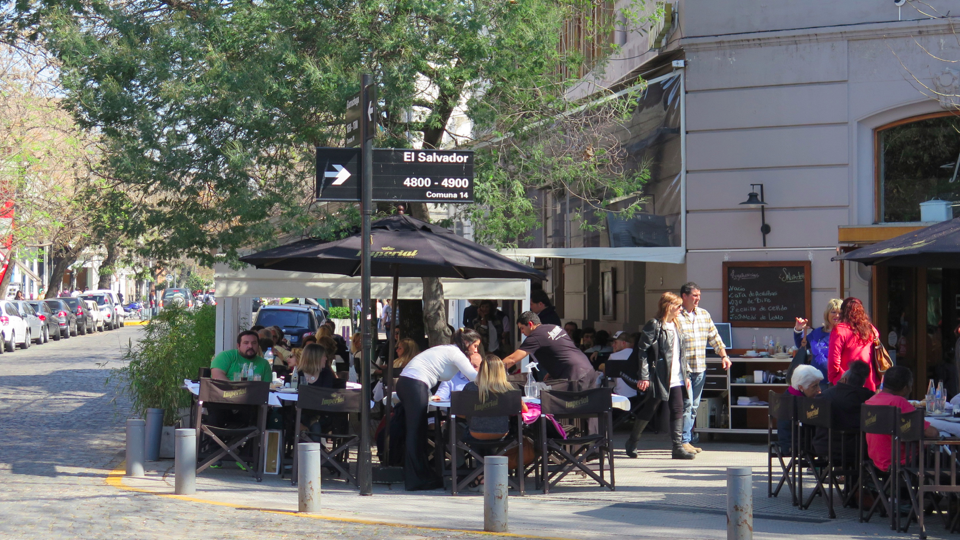
an Intersection in Buenos Aires that shares all 4 courners, display the wealth of activity a sidewalk can support.
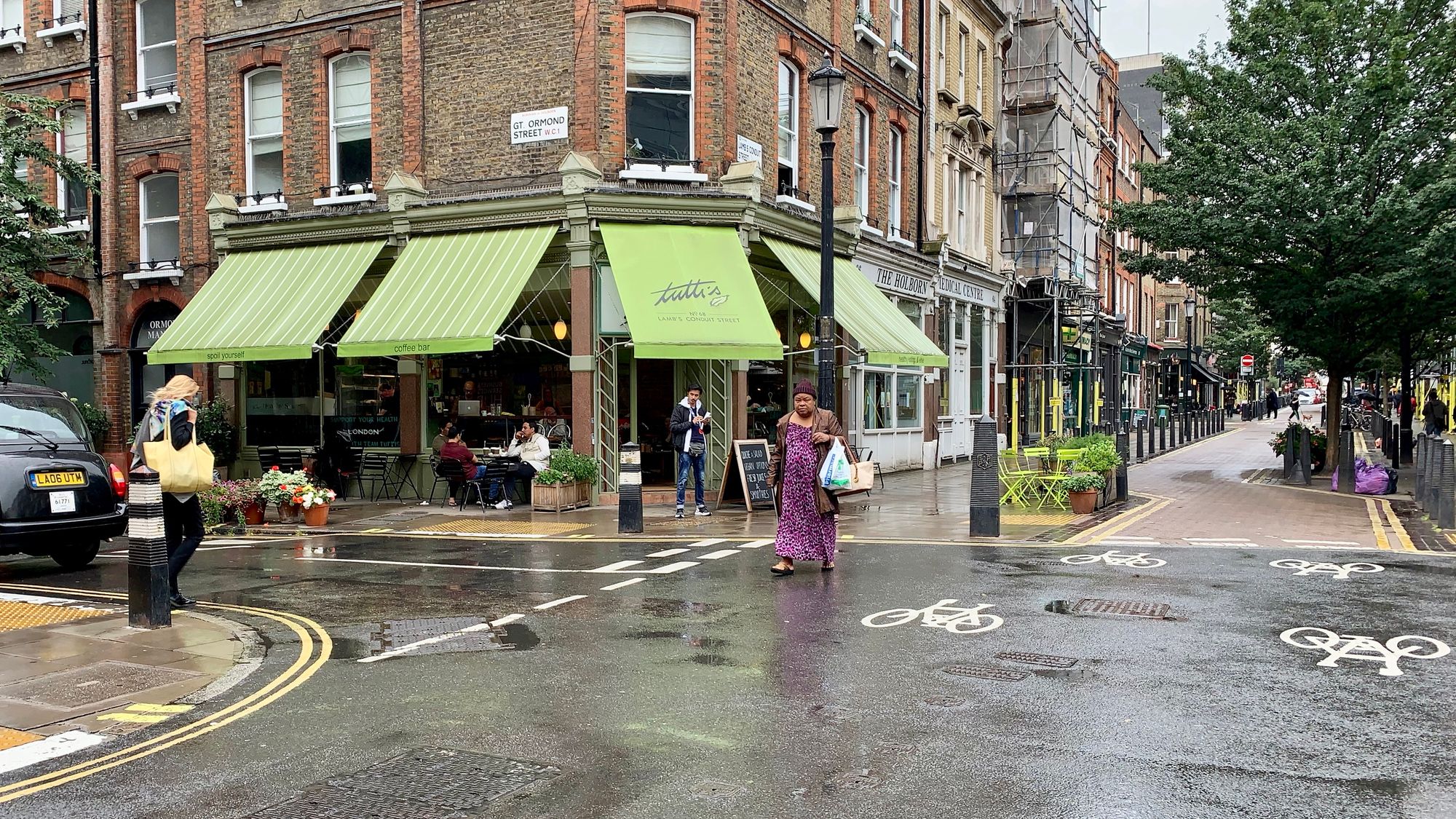
This London corner showcases many of the ingredients that make a street into a great place: Even in the heavy rain, people still hang out there.
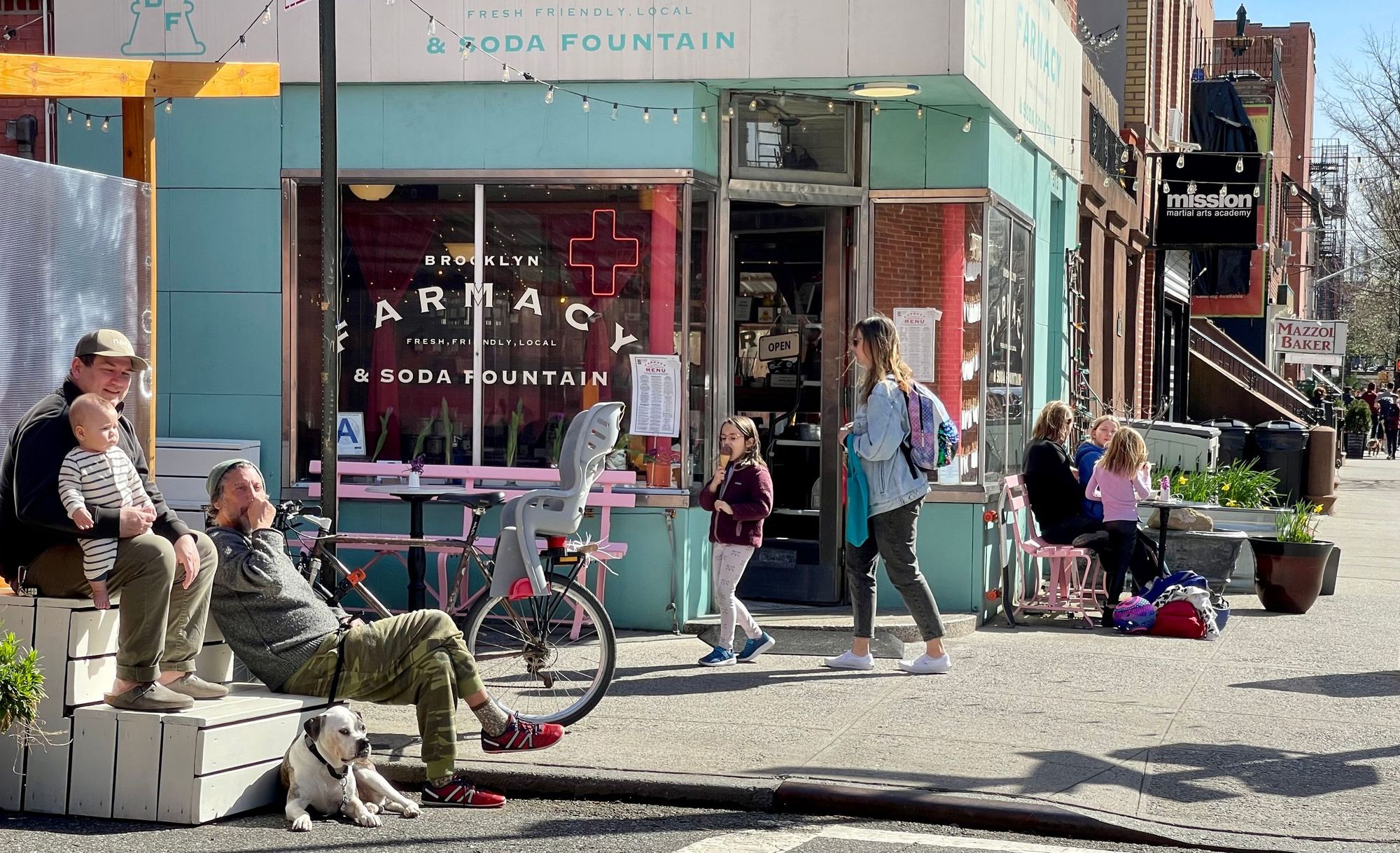
4. Turning Buildings Inside Out: Architecture of Place
Rather than creating settings that look good in a skyline photo but are inhospitable in real life, the talents of designers can be better used to create great places where communities come together.
By designing our buildings differently, we can blur the lines between indoor and outdoor life. We can make the street-facing parts of buildings reach out, rather than close themselves off like fortresses. This connection between our buildings and our streets will encourage all manner of institutions, from businesses to governmental and cultural institutions, to take on bigger roles in fostering a vivid social life in the spaces around them. Imagine top architects breathing life into buildings like schoolyards, branch libraries, shopping districts, or city halls—all by seeing the spaces outside their walls as valuable opportunities.
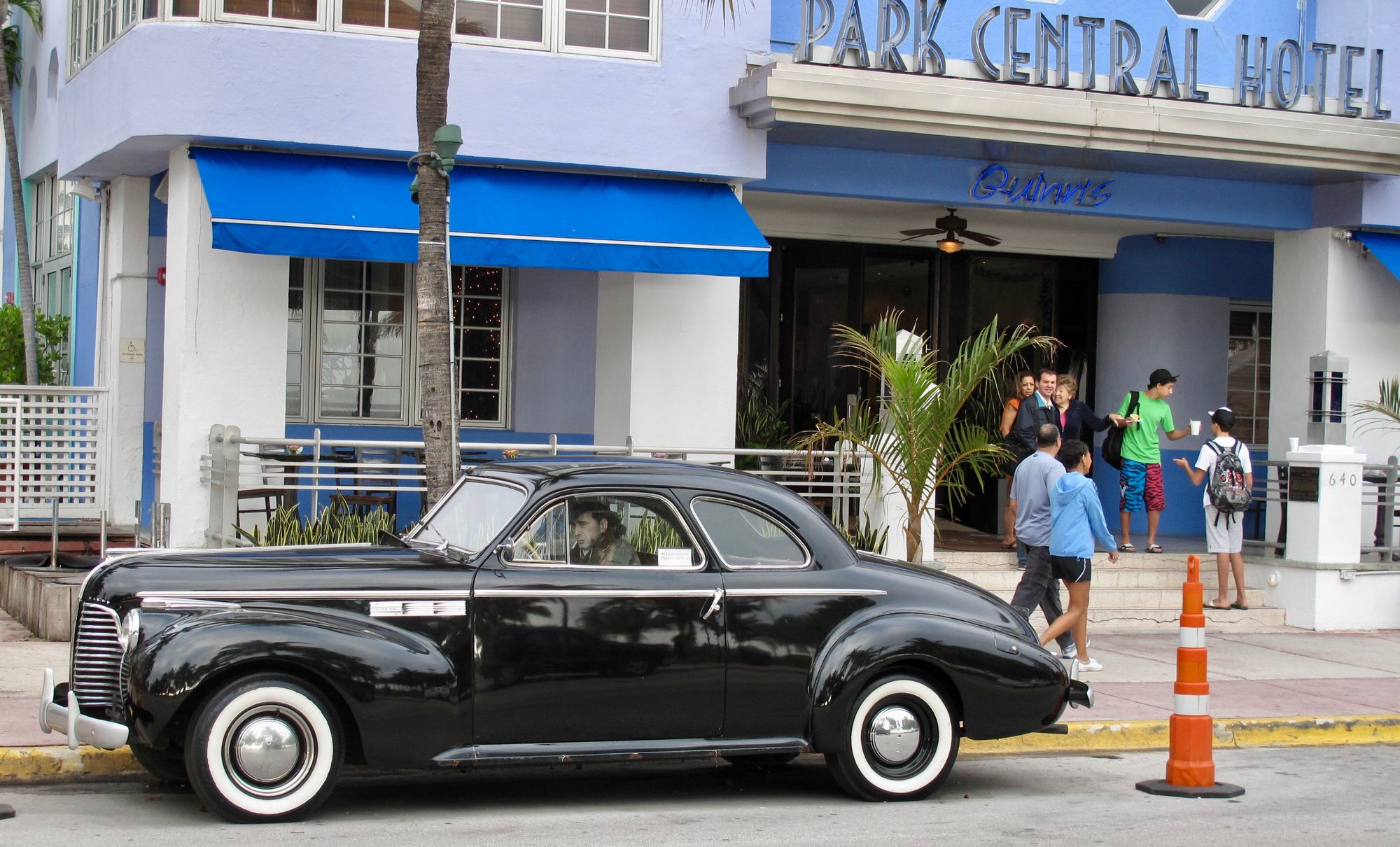
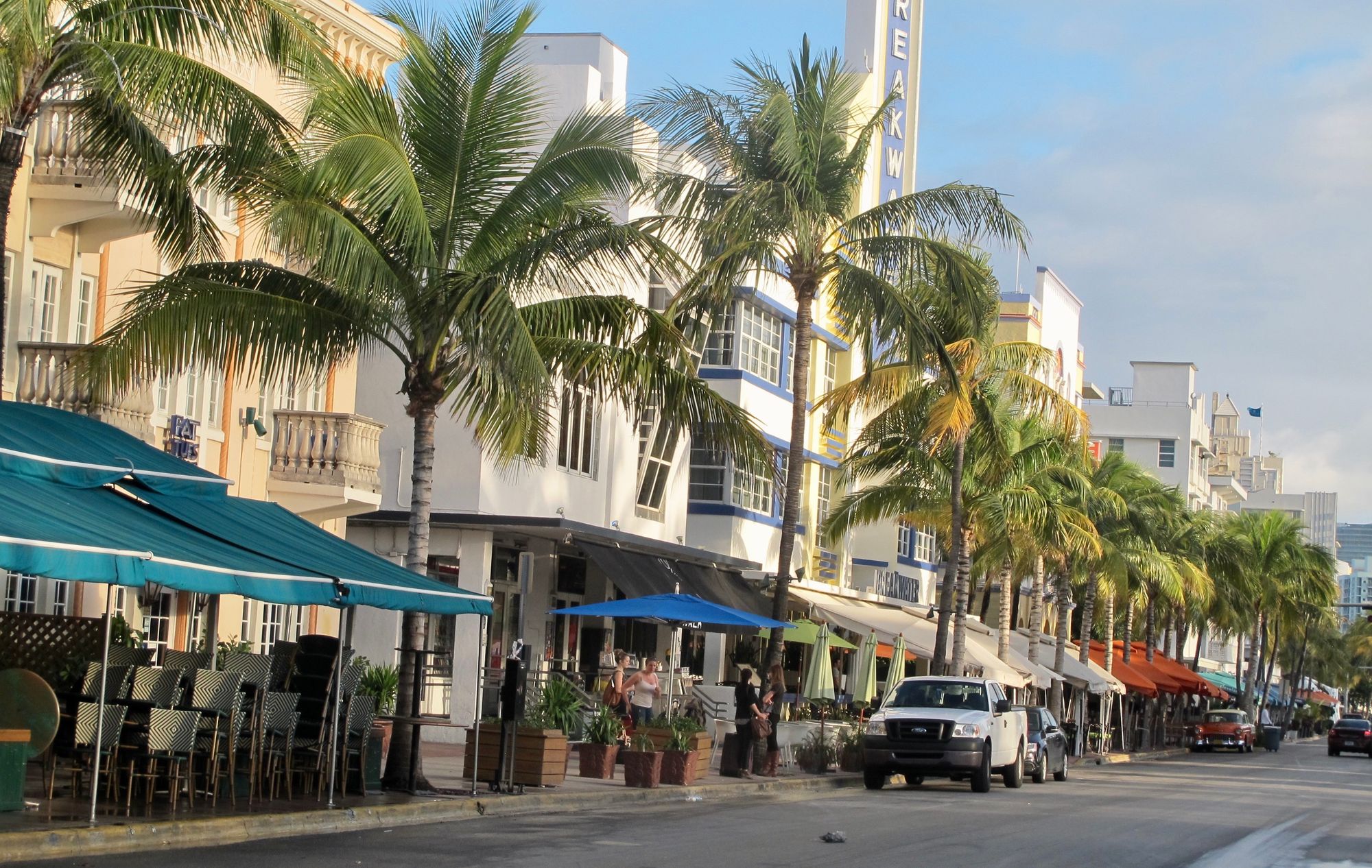
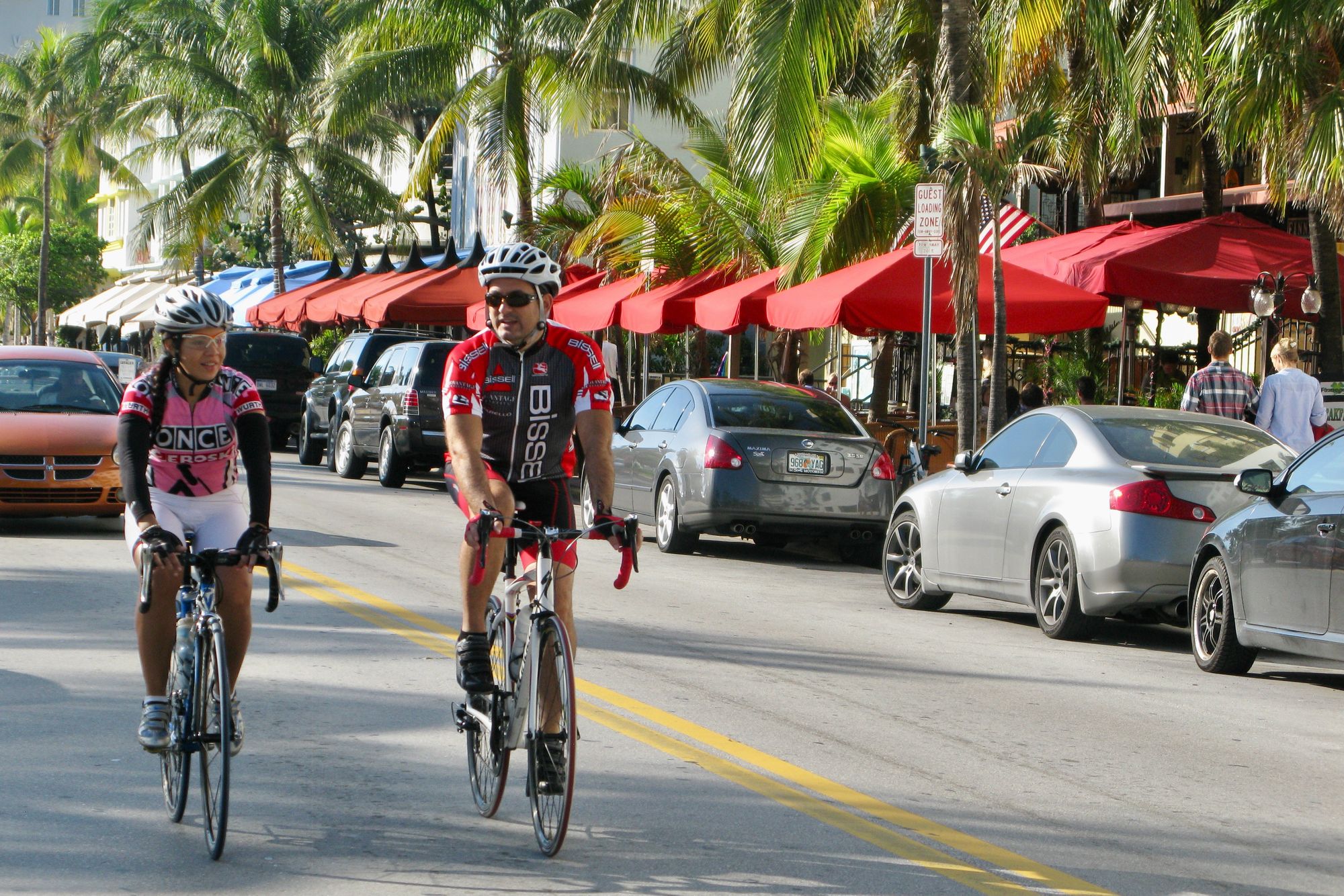
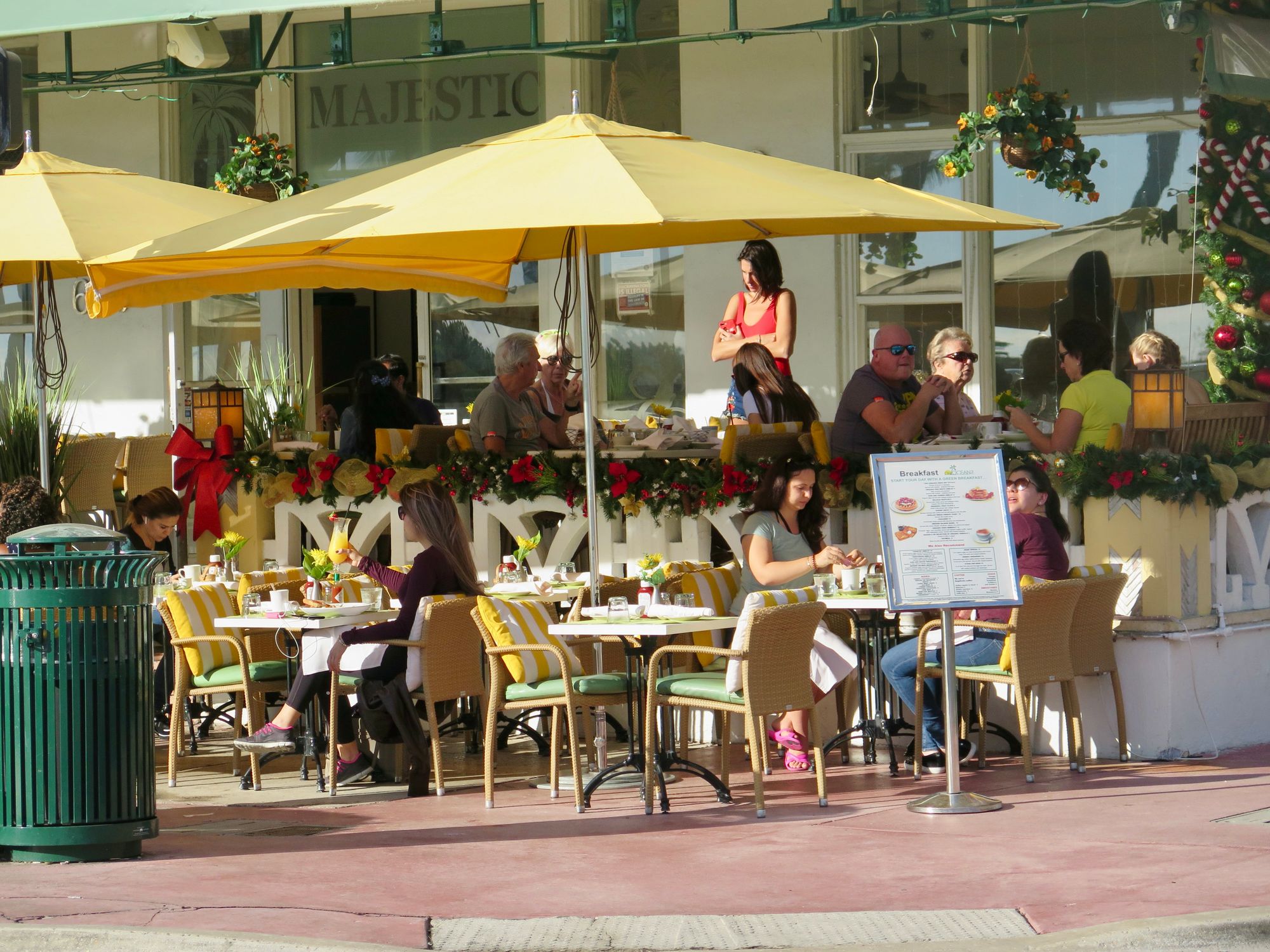
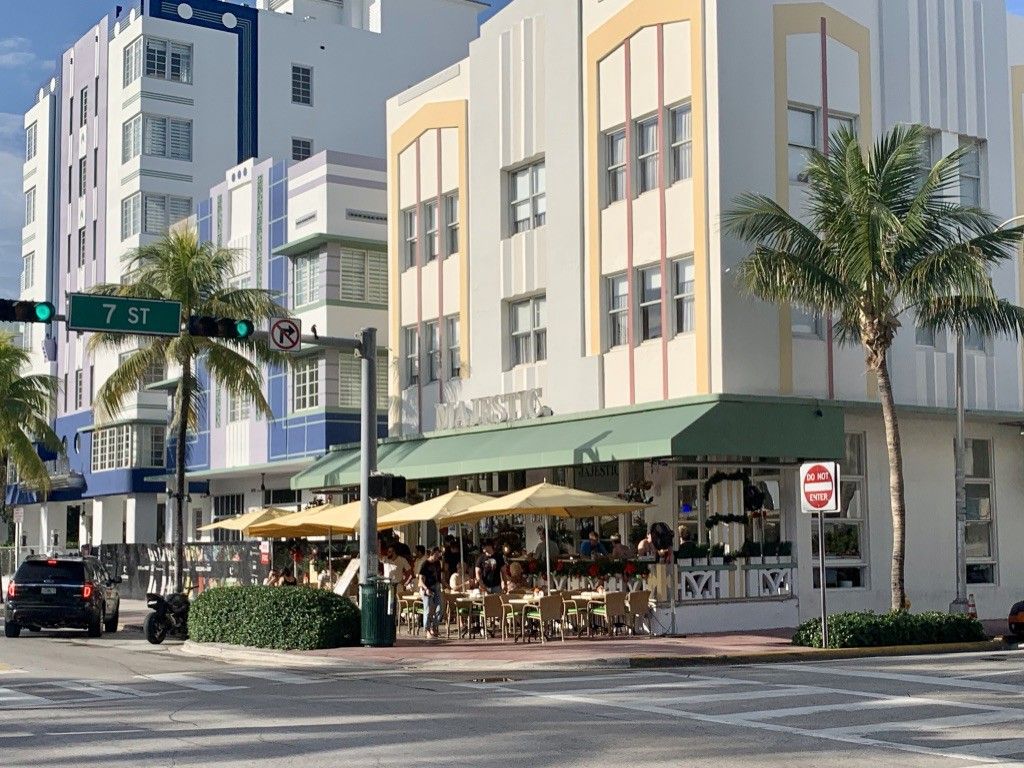
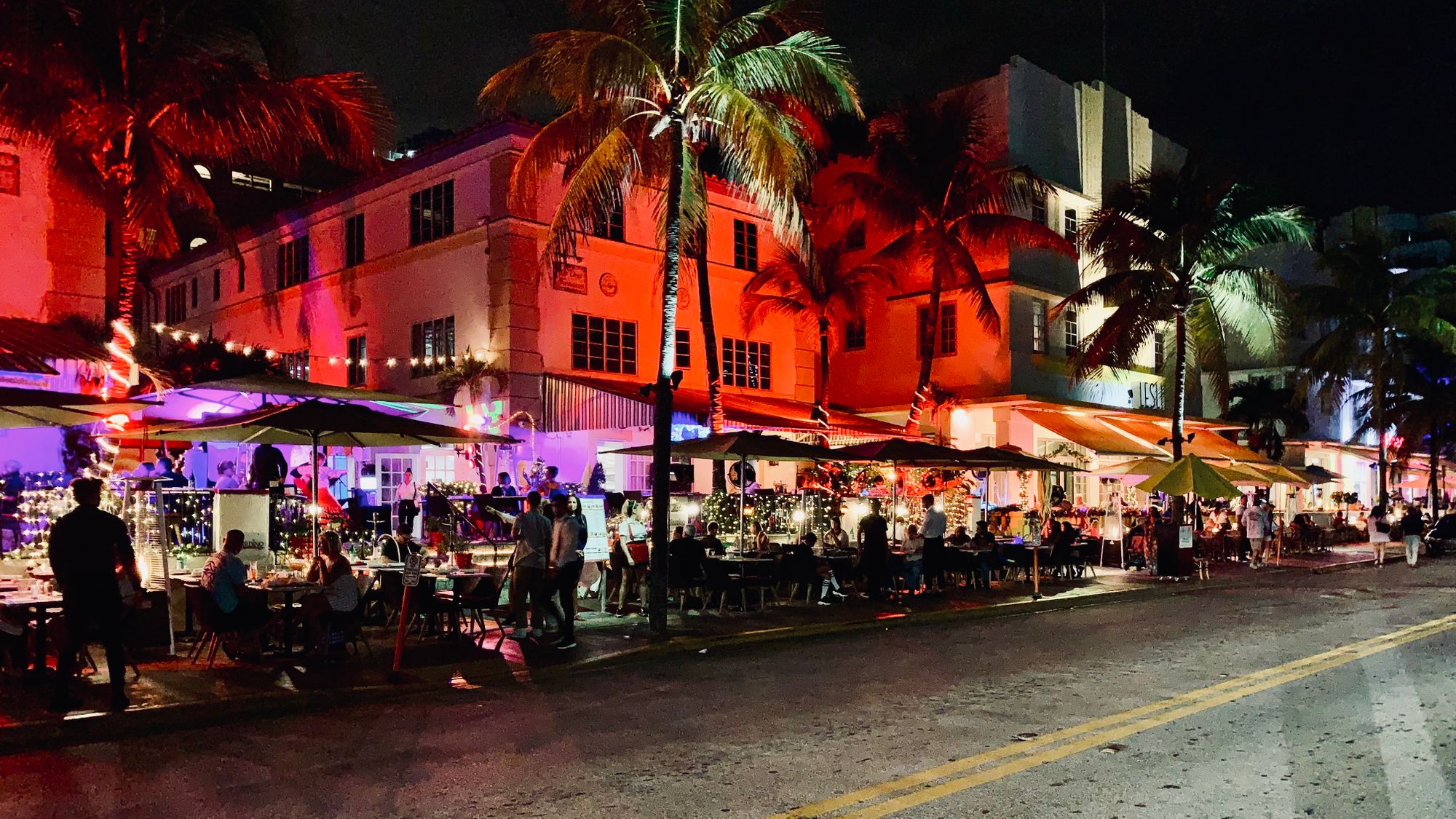
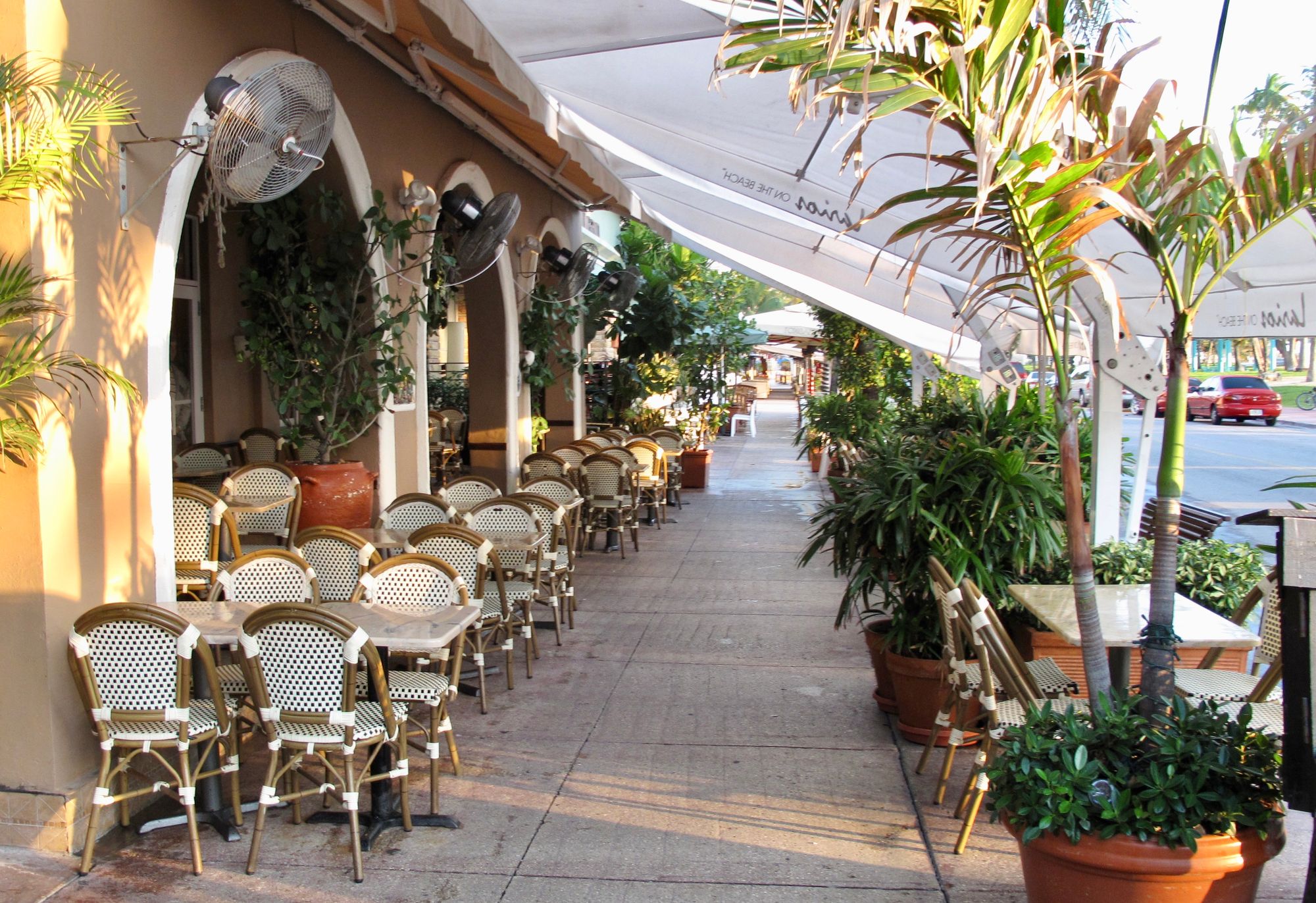
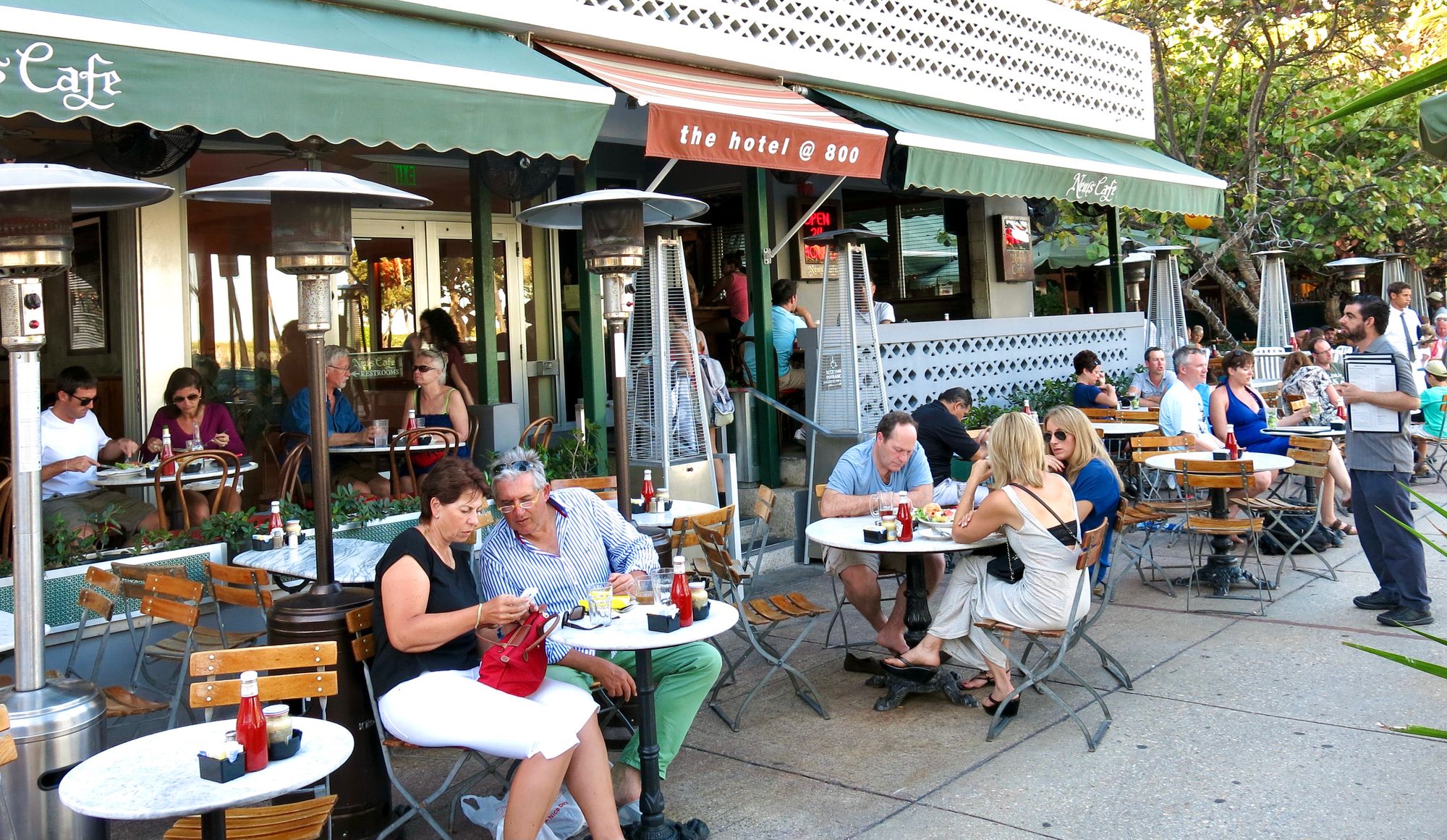
Ocean Drive in Miami is Florida's 24/7 destination
Ocean Drive in Miami Beach’s South Beach district is famous for its Art Deco Architecture and bustling street life. Visitors "walk" their fancy cars, stroll along the sidewalks to put on a "show." It is the focus of international tourism in Florida.
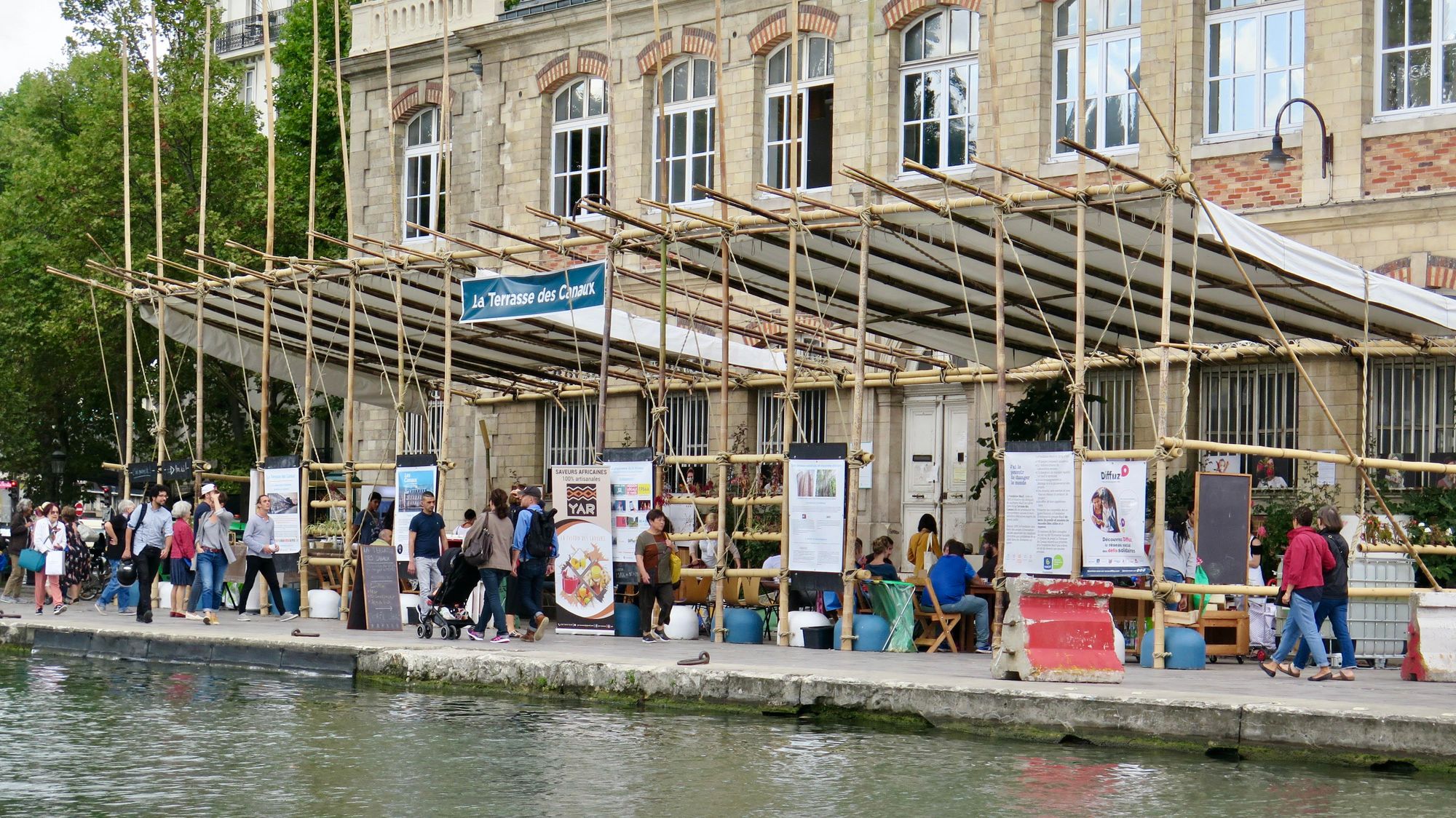
5. Community Hubs: Spawning Multi-Use Hubs
Today's community hubs are changing: Now, college campuses, entertainment zones, cultural districts, hospital complexes, neighborhood commercial centers, and large-scale developments such as innovation districts can become important hubs of social interaction.
Perth, Australia
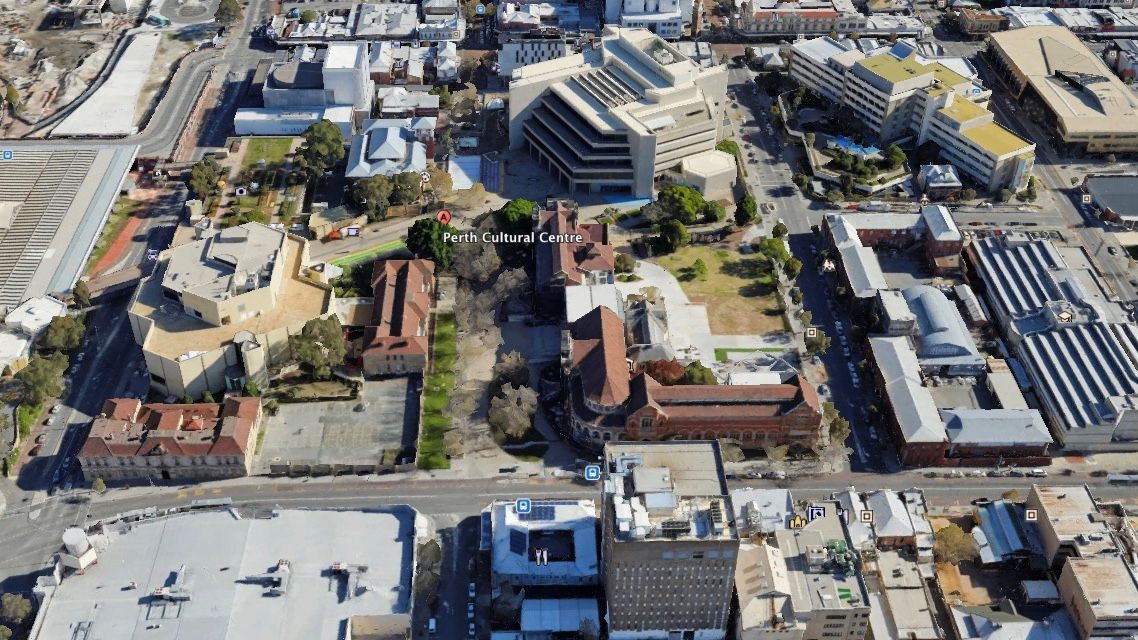
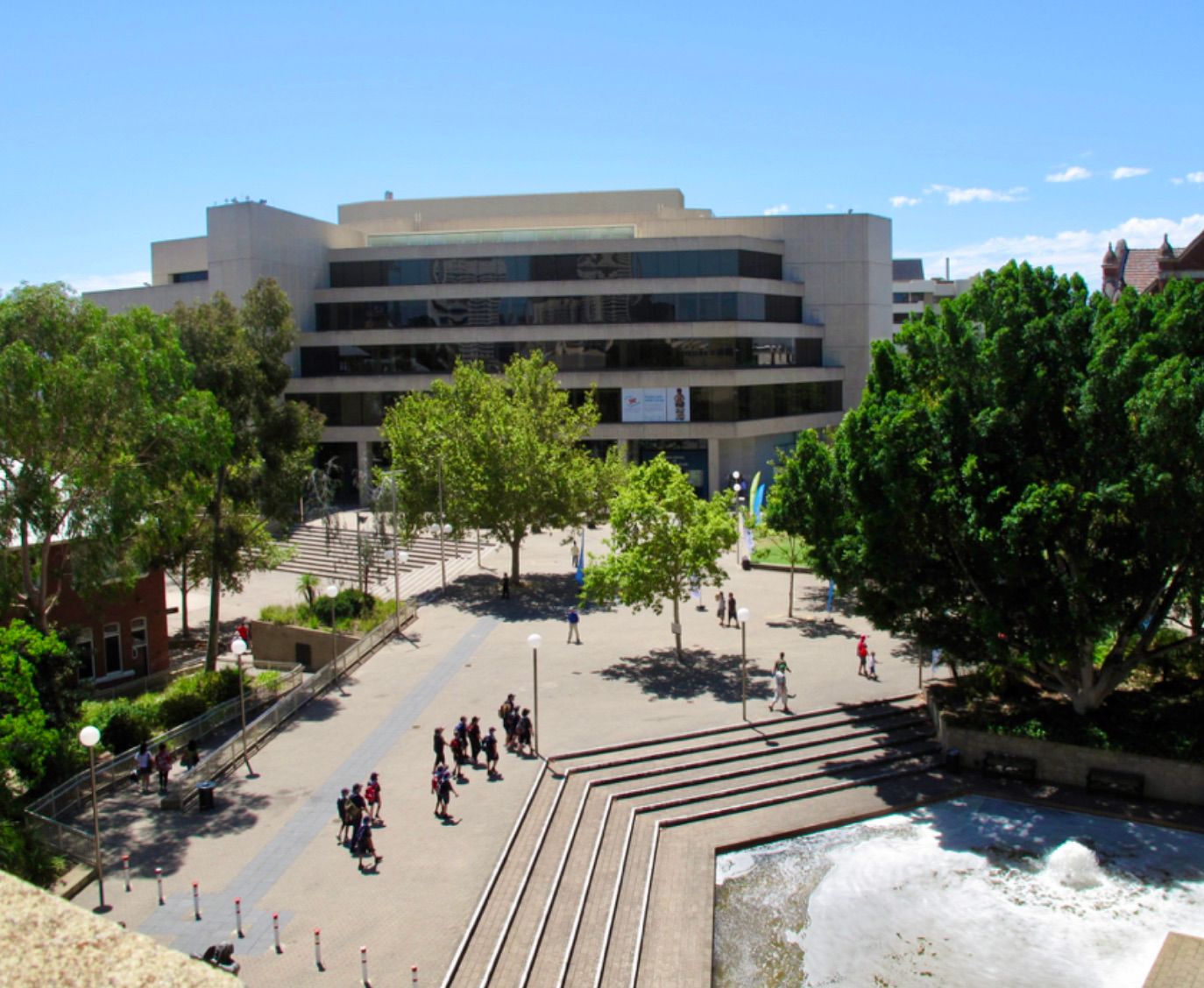
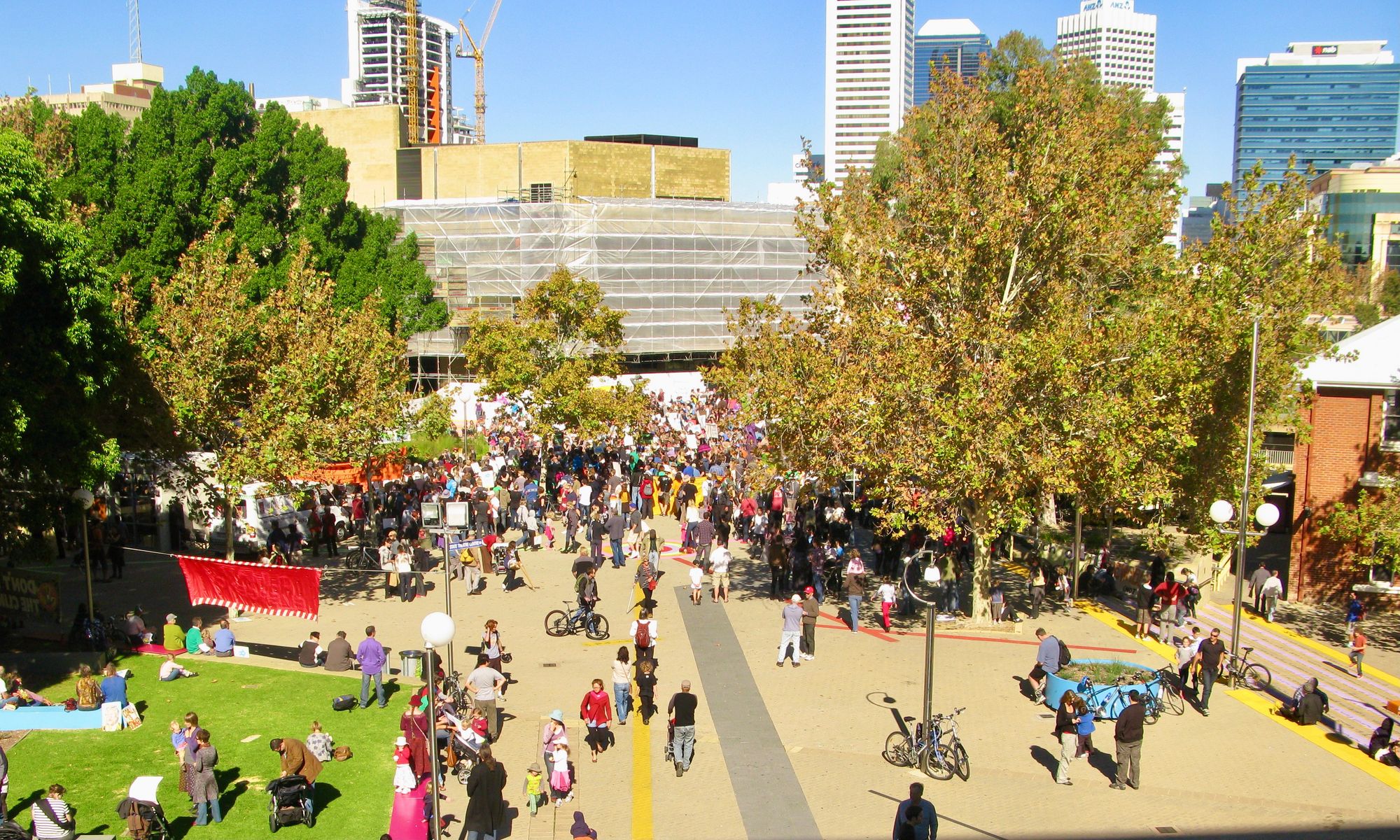
The Cultural Centre in Perth, Australia was once widely derided as boring by local residents. But after a dramatic activation powered by a short-term placemaking plan, opinions quickly changed and people began to flock to the area.
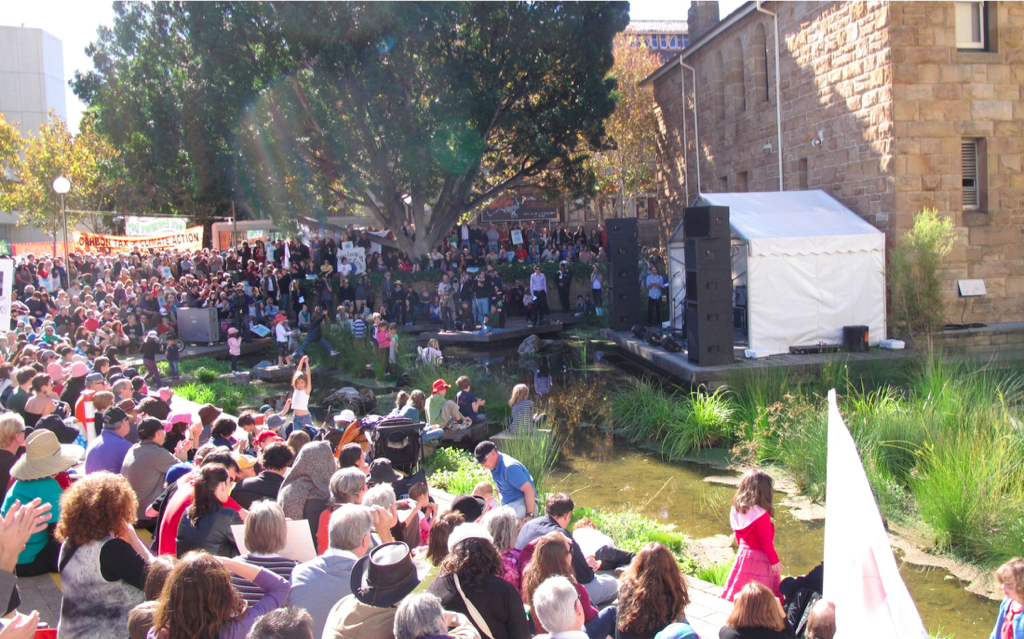
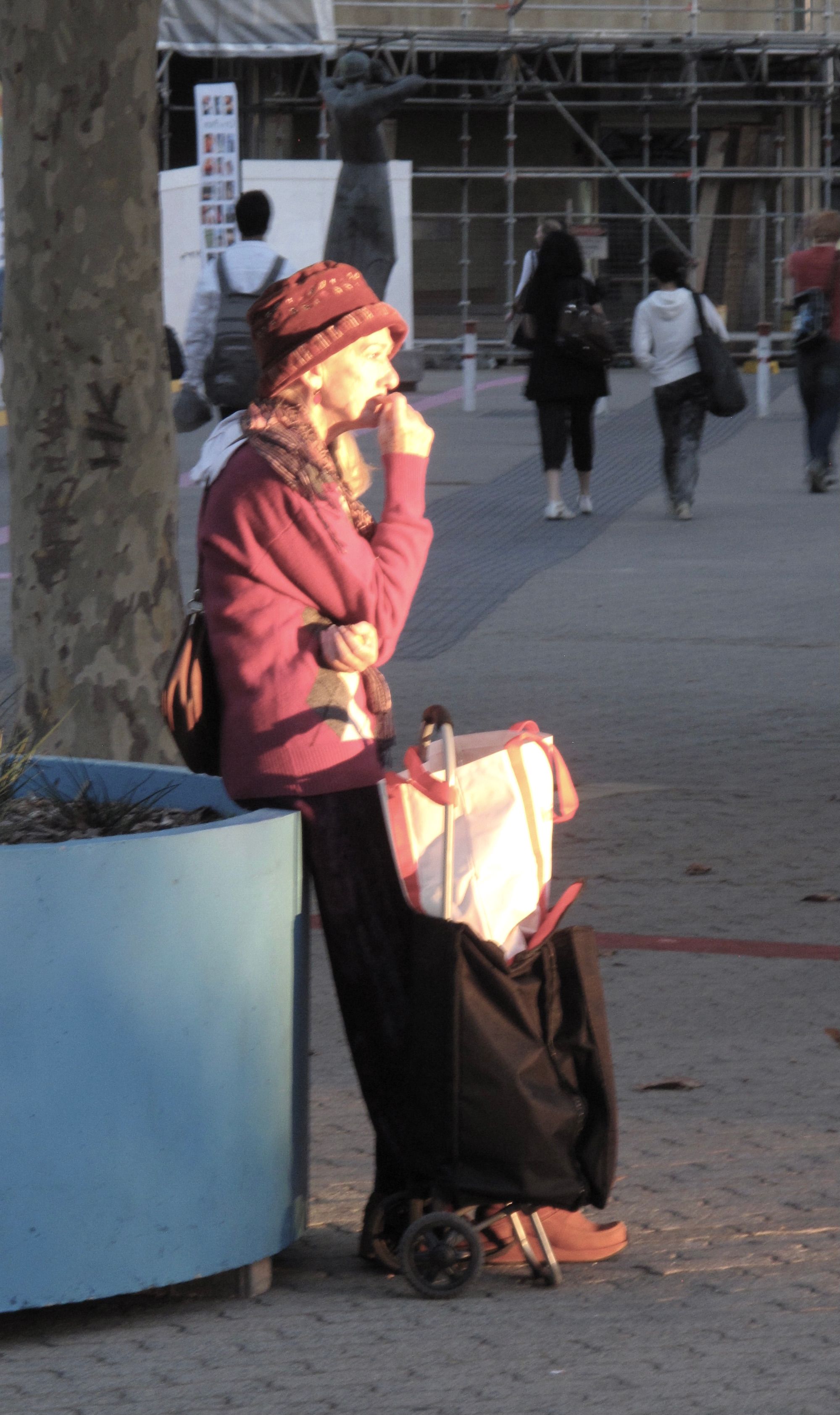
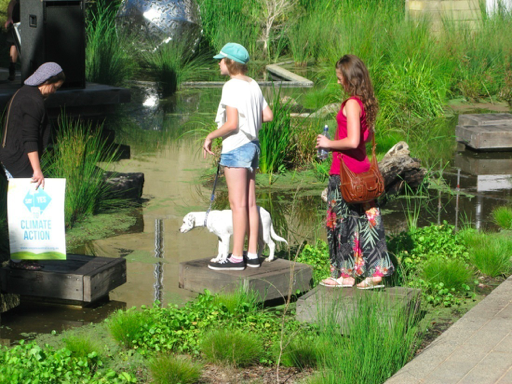
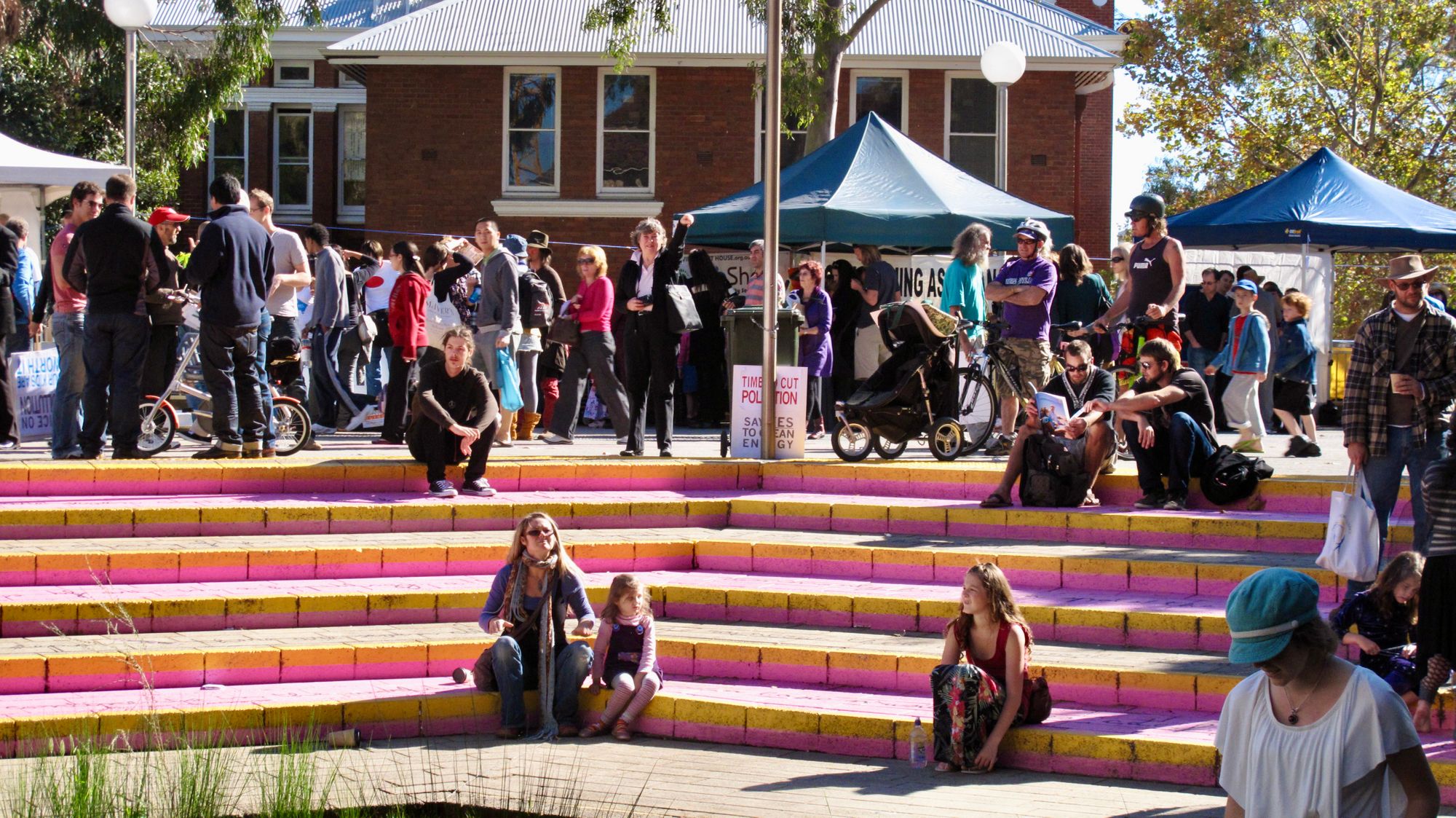
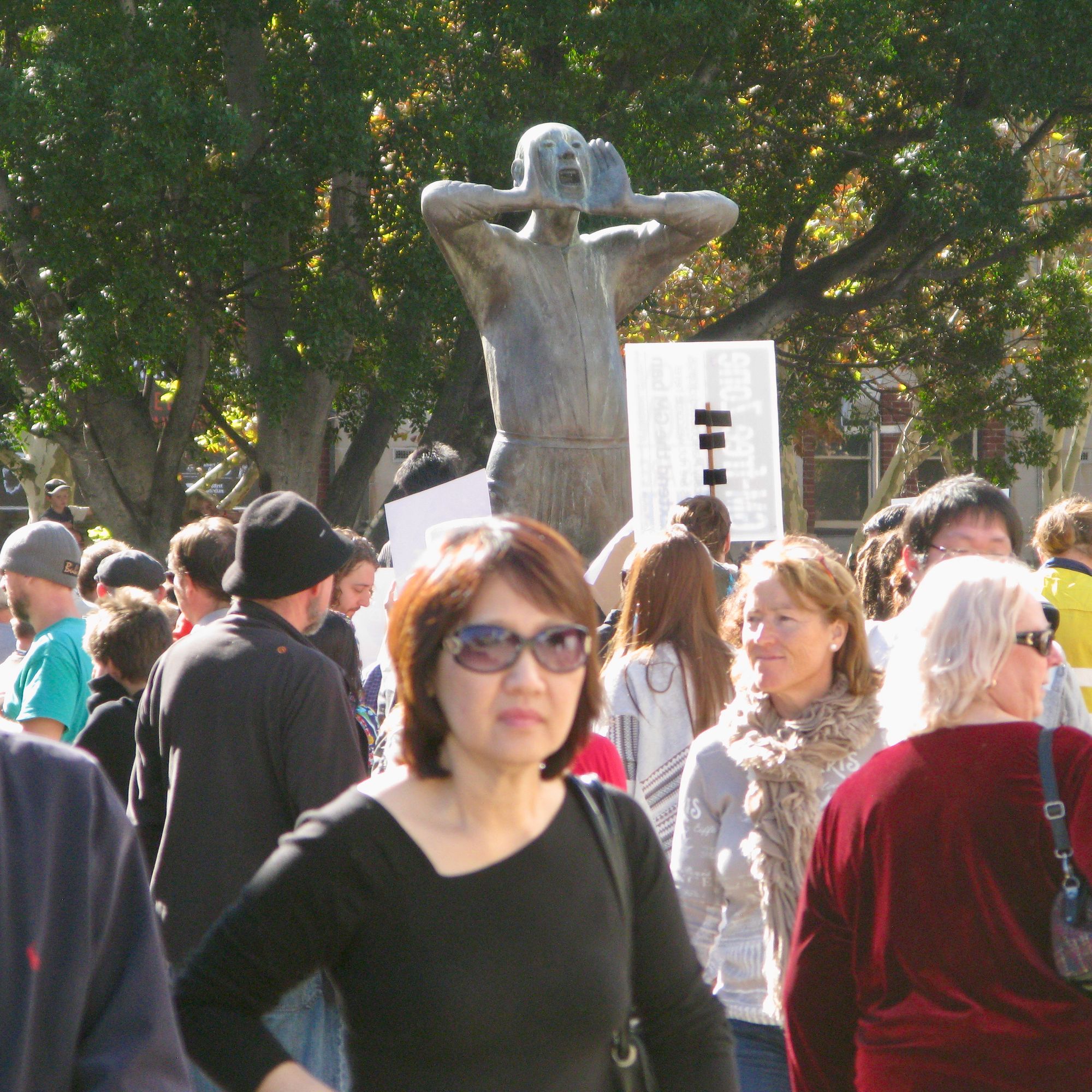
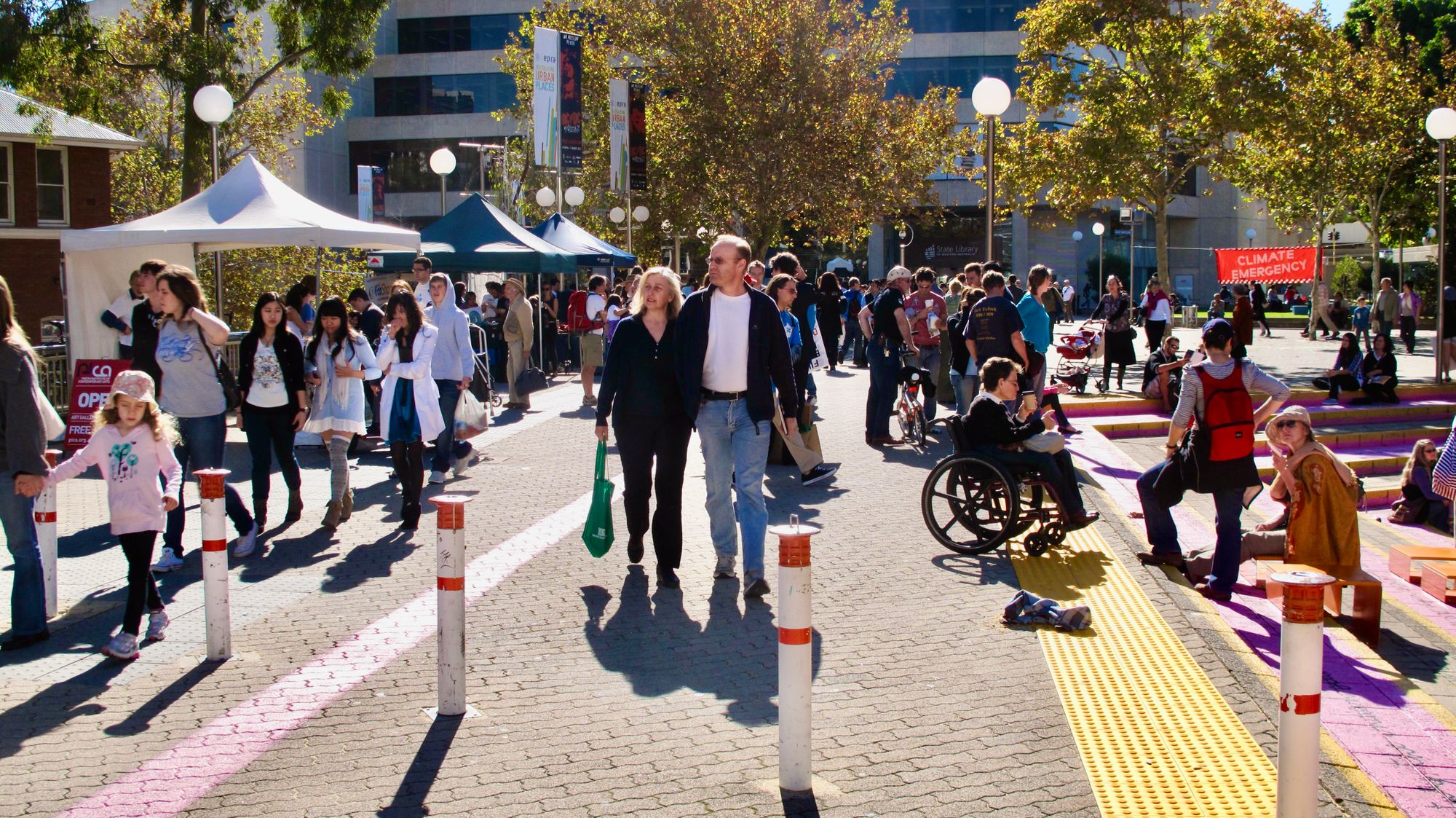
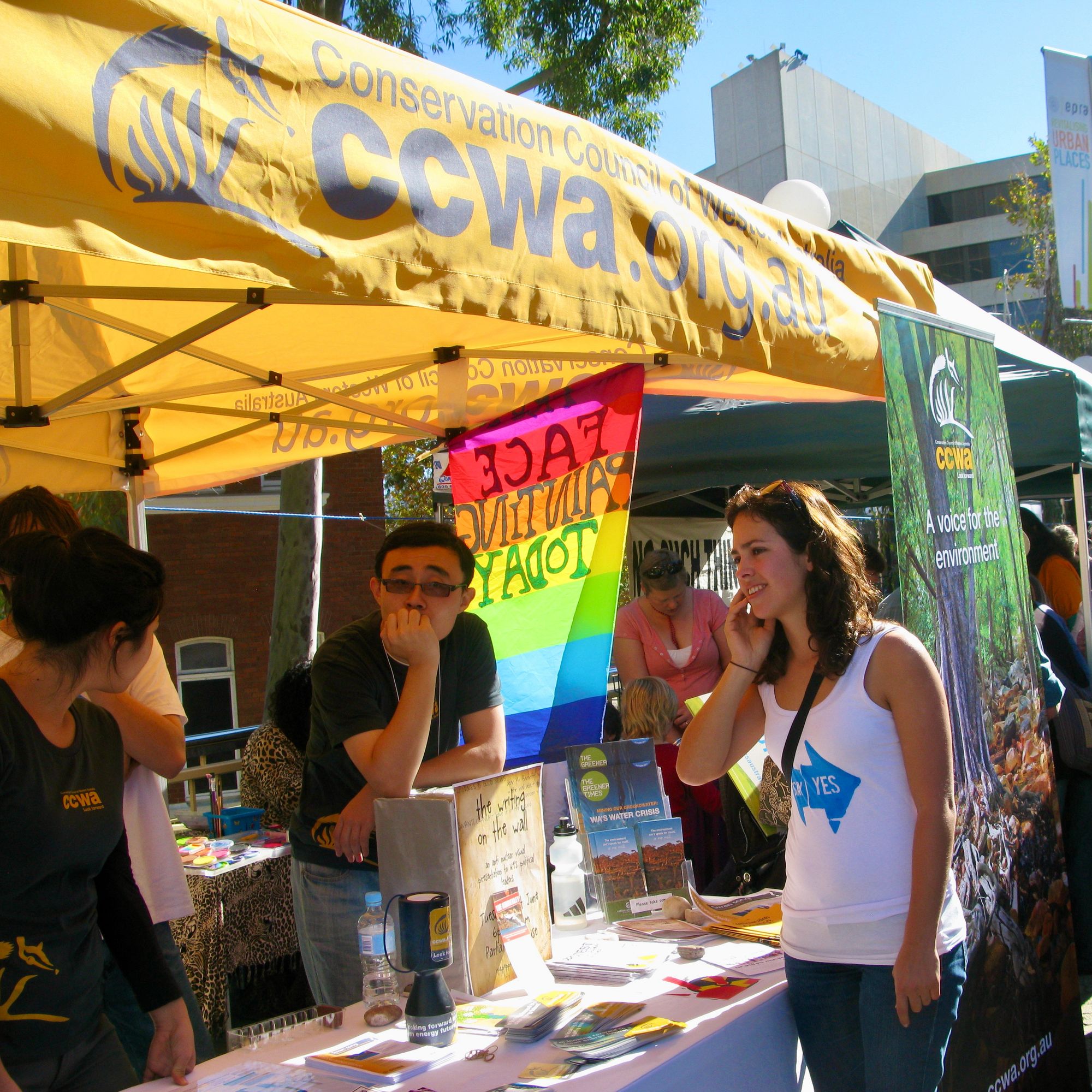
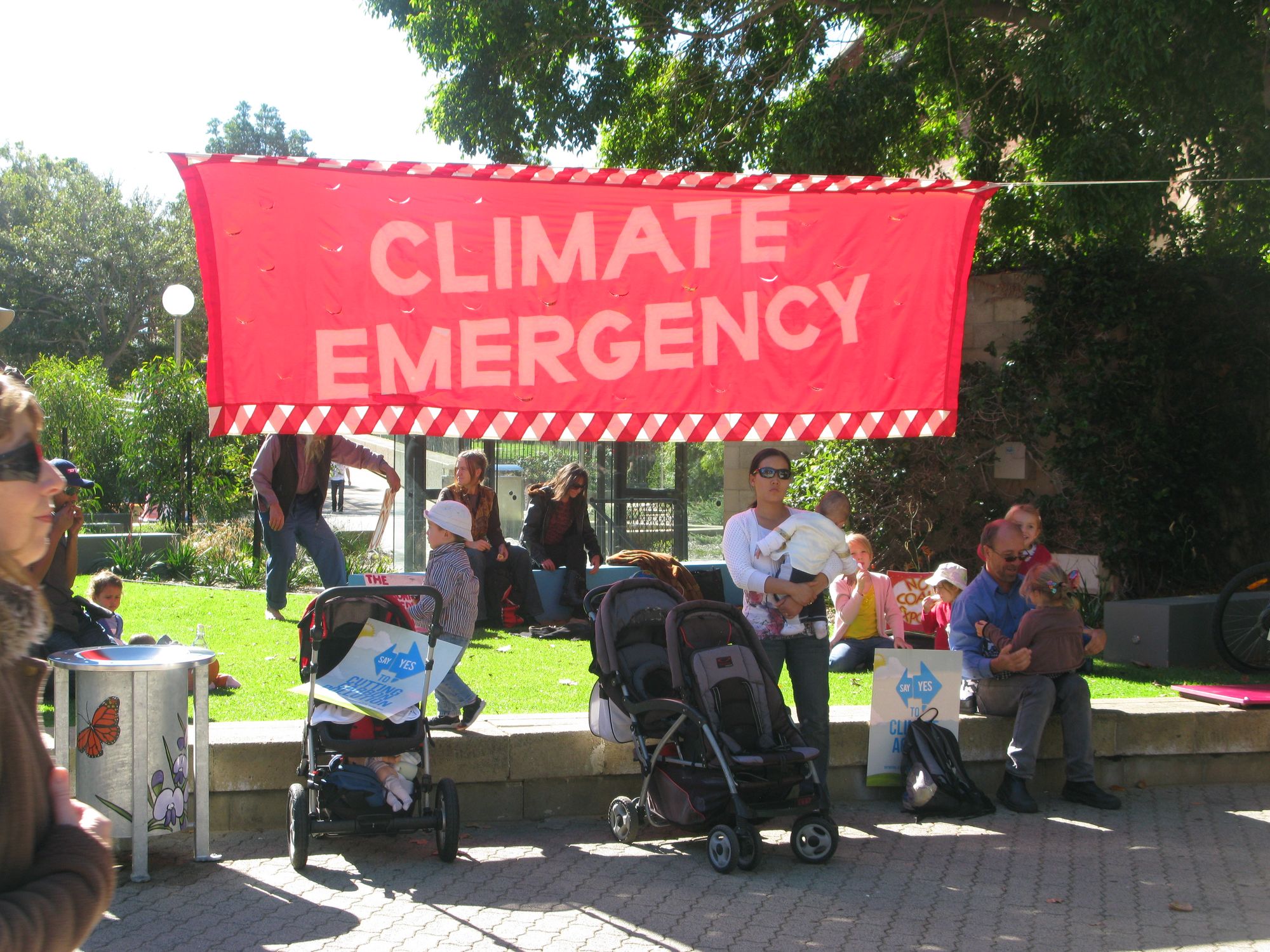
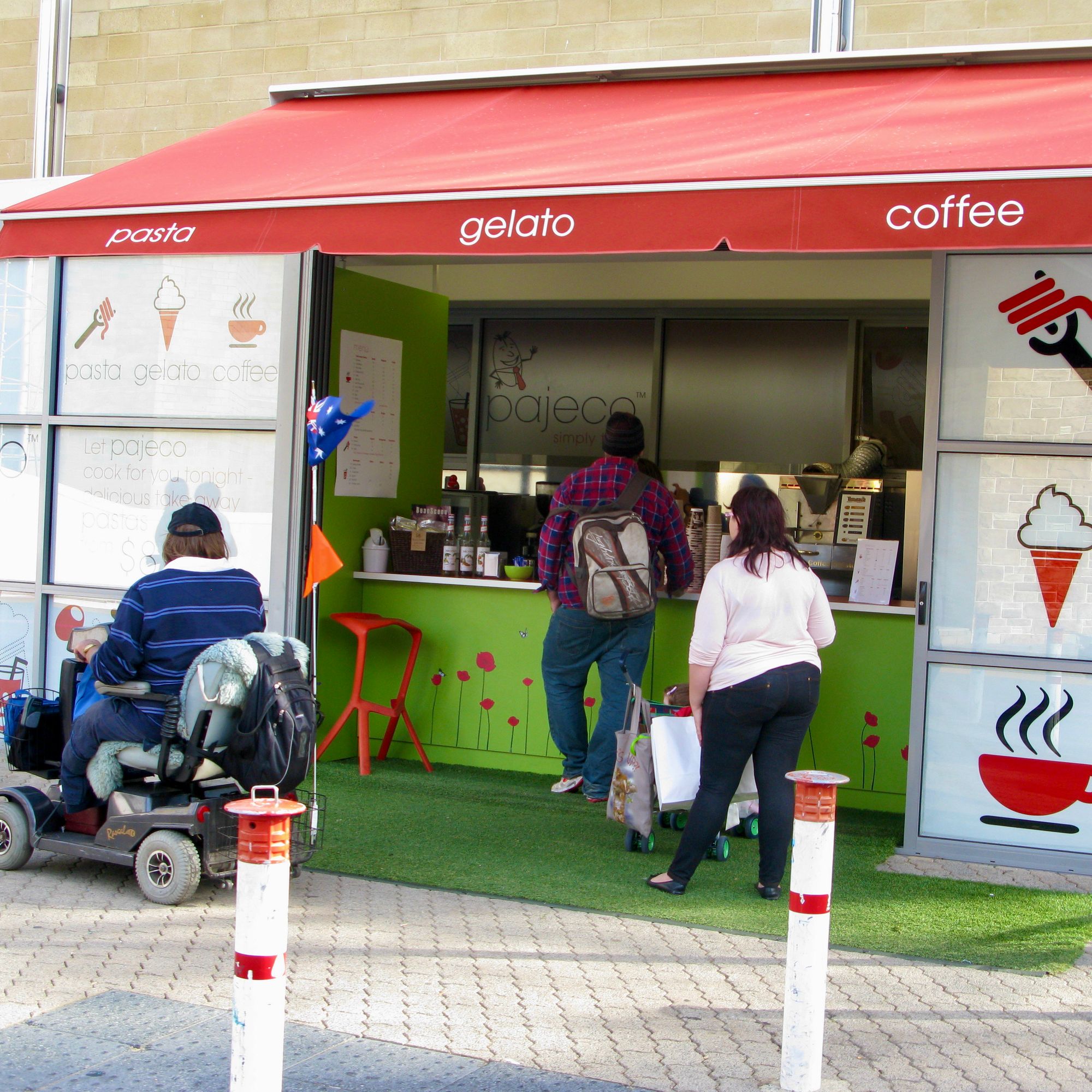
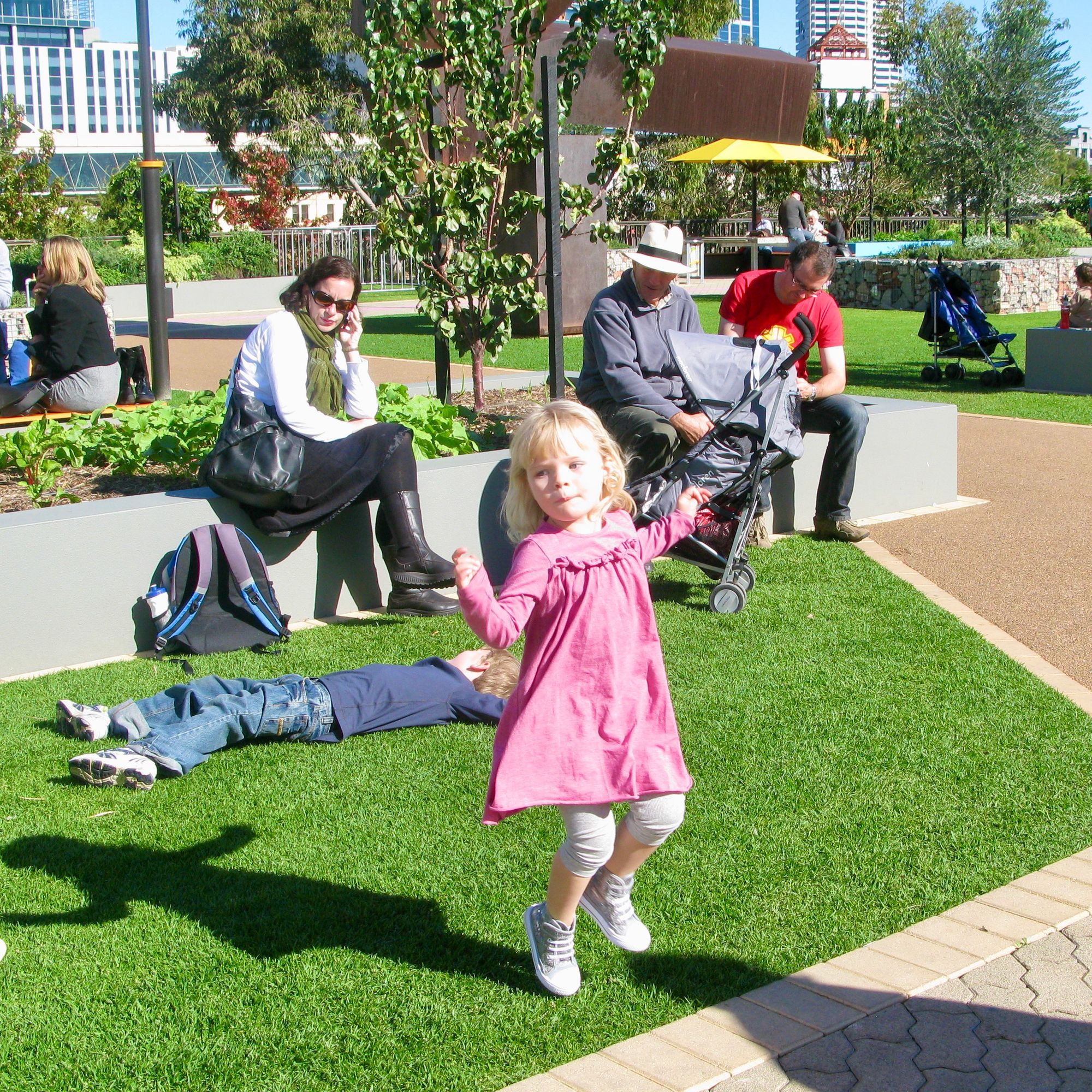
The Cultural Centre in Perth, post-placemaking plan.
Perth is an example of using placemaking to enhance a cultural hub. Perhaps most important to remember is that these types of places should complement, rather than compete with traditional city centers.
6. Capitalizing on the Appeal of Waterfronts
The best waterfronts showcase a city’s rich history and offer diverse activities. Waterfronts can tap into their unique qualities to create a dynamic place to live, work, and play. With one-of-a-kind commercial spaces, entertainment venues, parks, plazas, or markets, waterfronts frequently serve as a city’s living room and highlight its connection to the water. Bergen and Porto are two historic waterfront that represent two of the best. Paris below shows how in a relatively few years two entire waterfronts (the Seine and Bassin de la Villette) can be transformed.
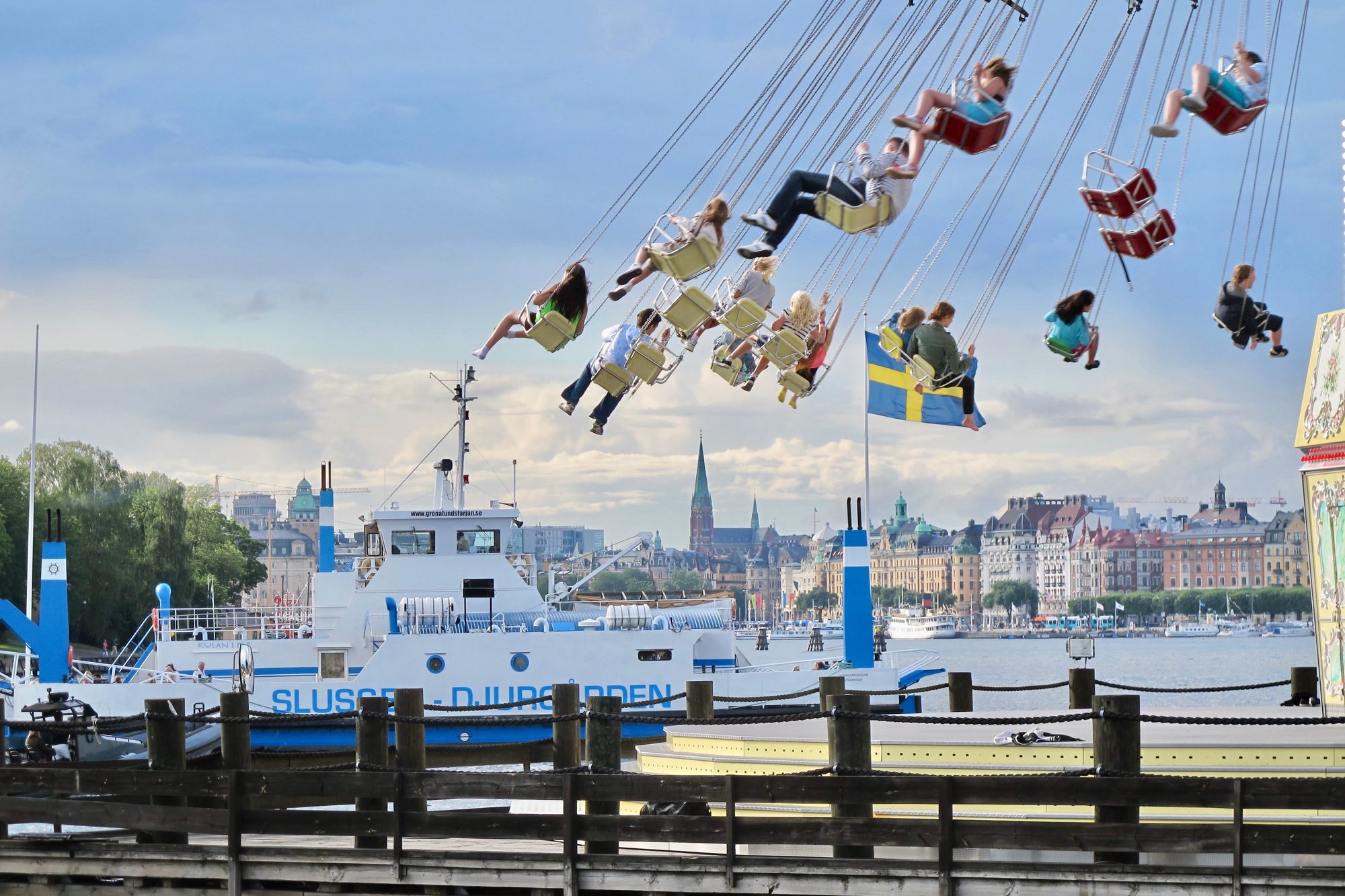
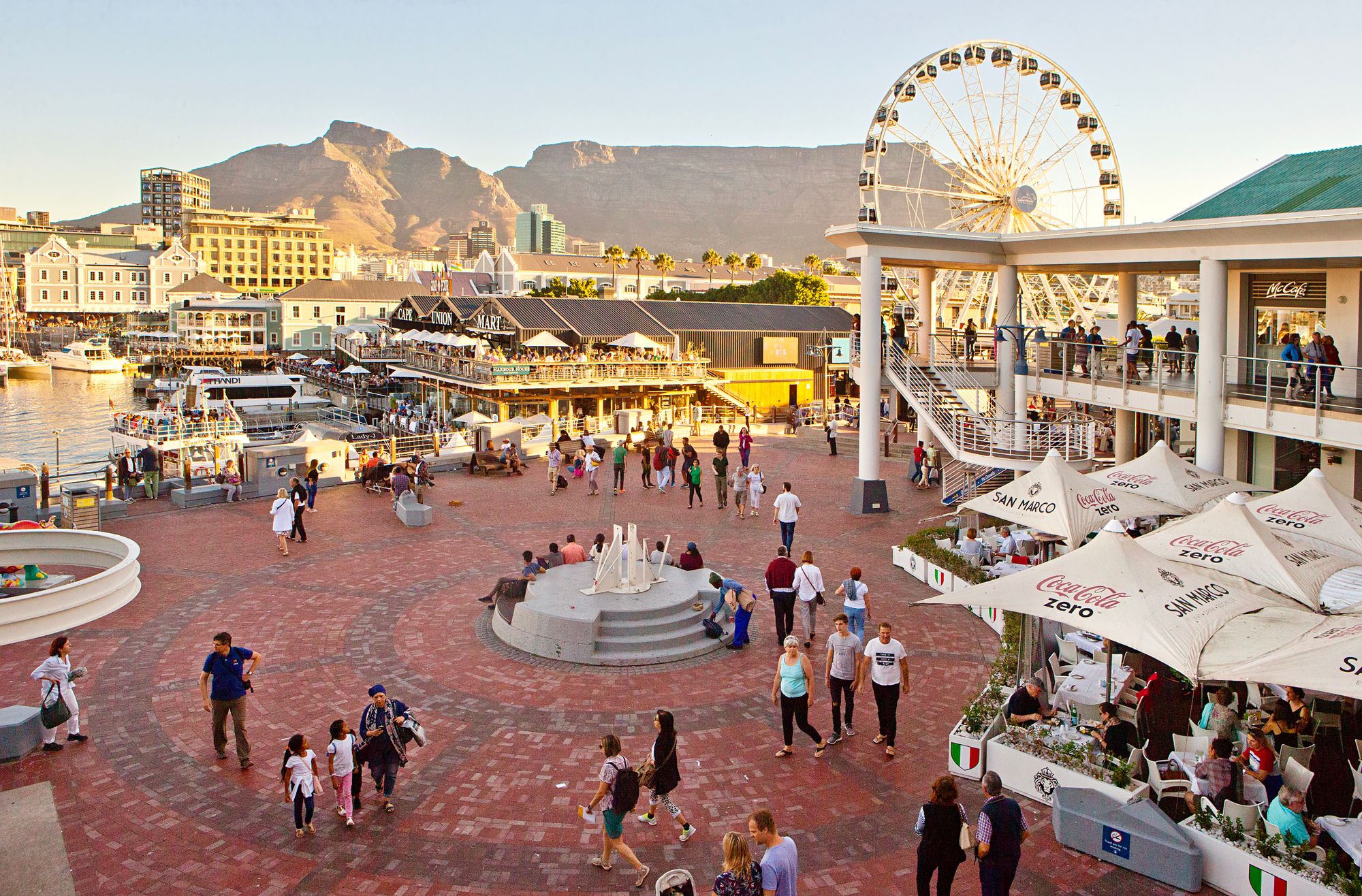
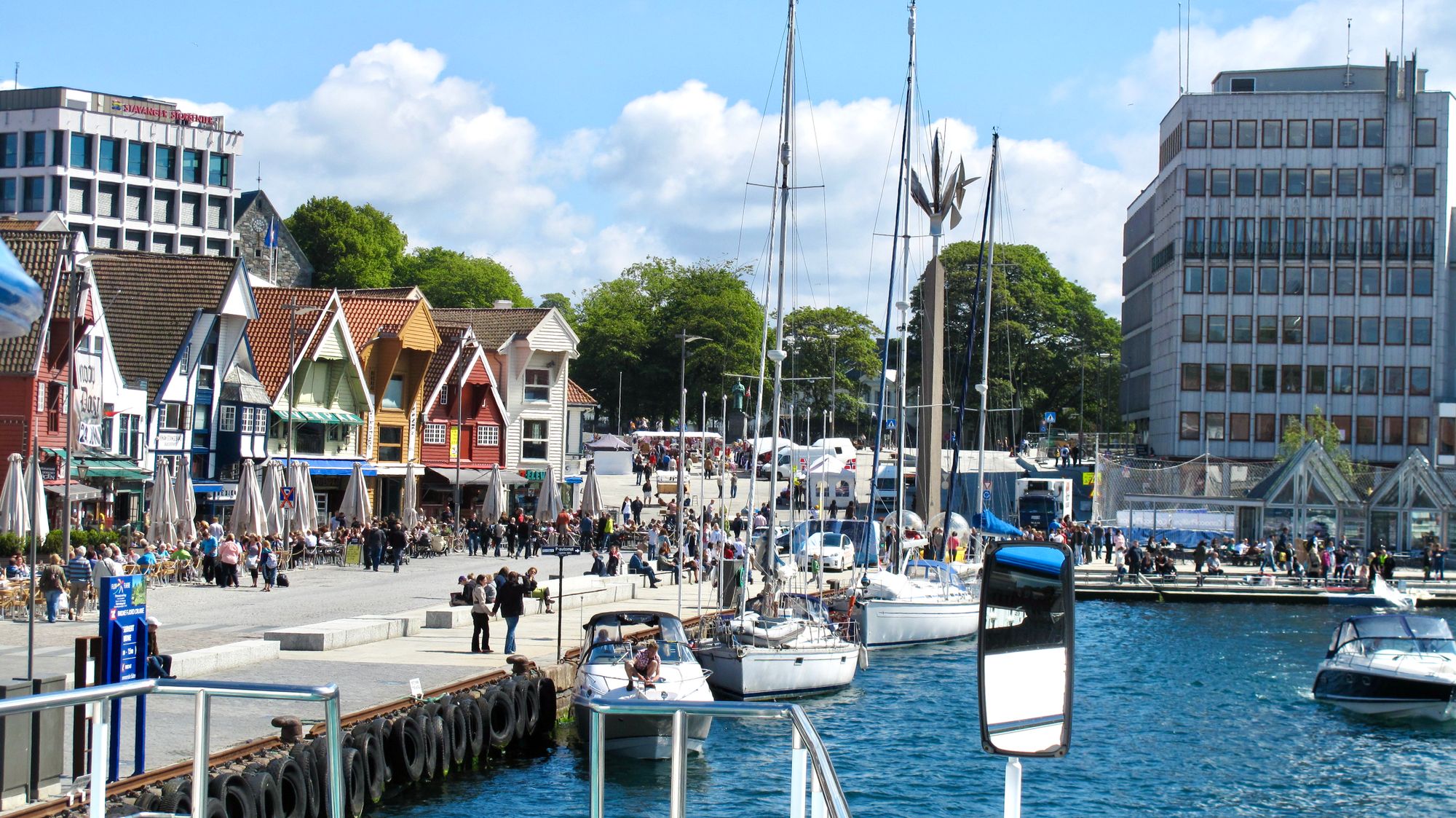
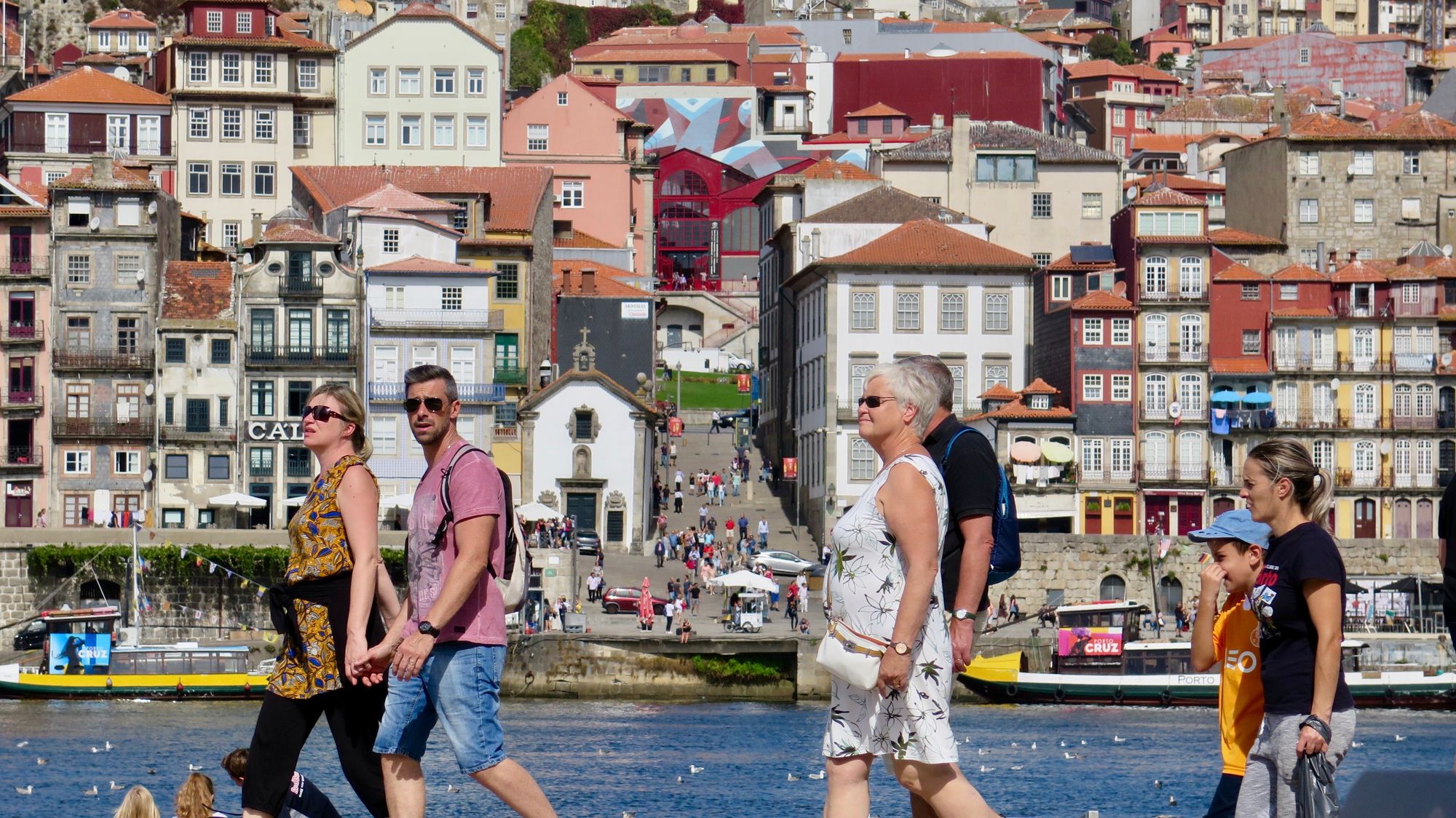
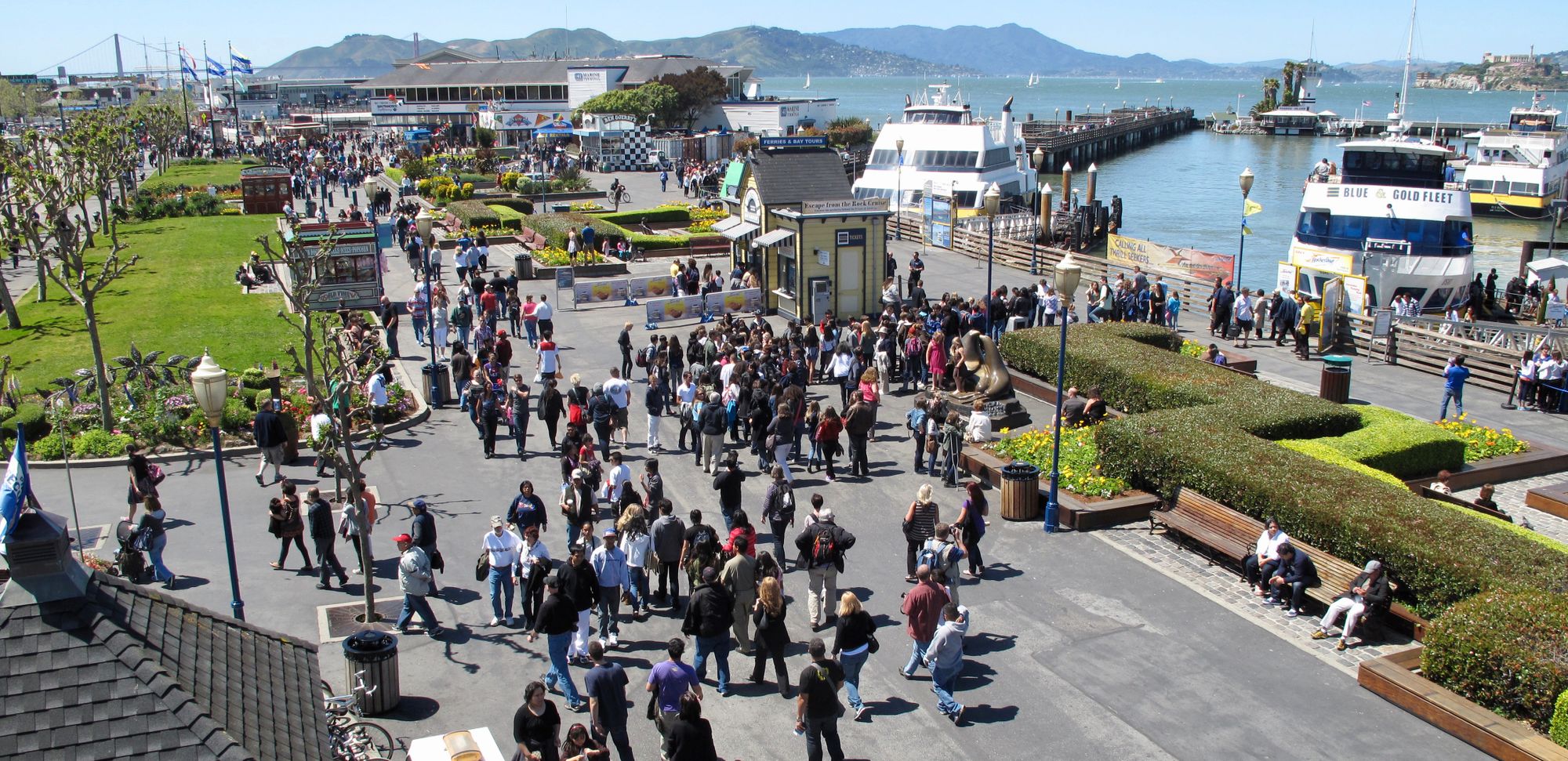
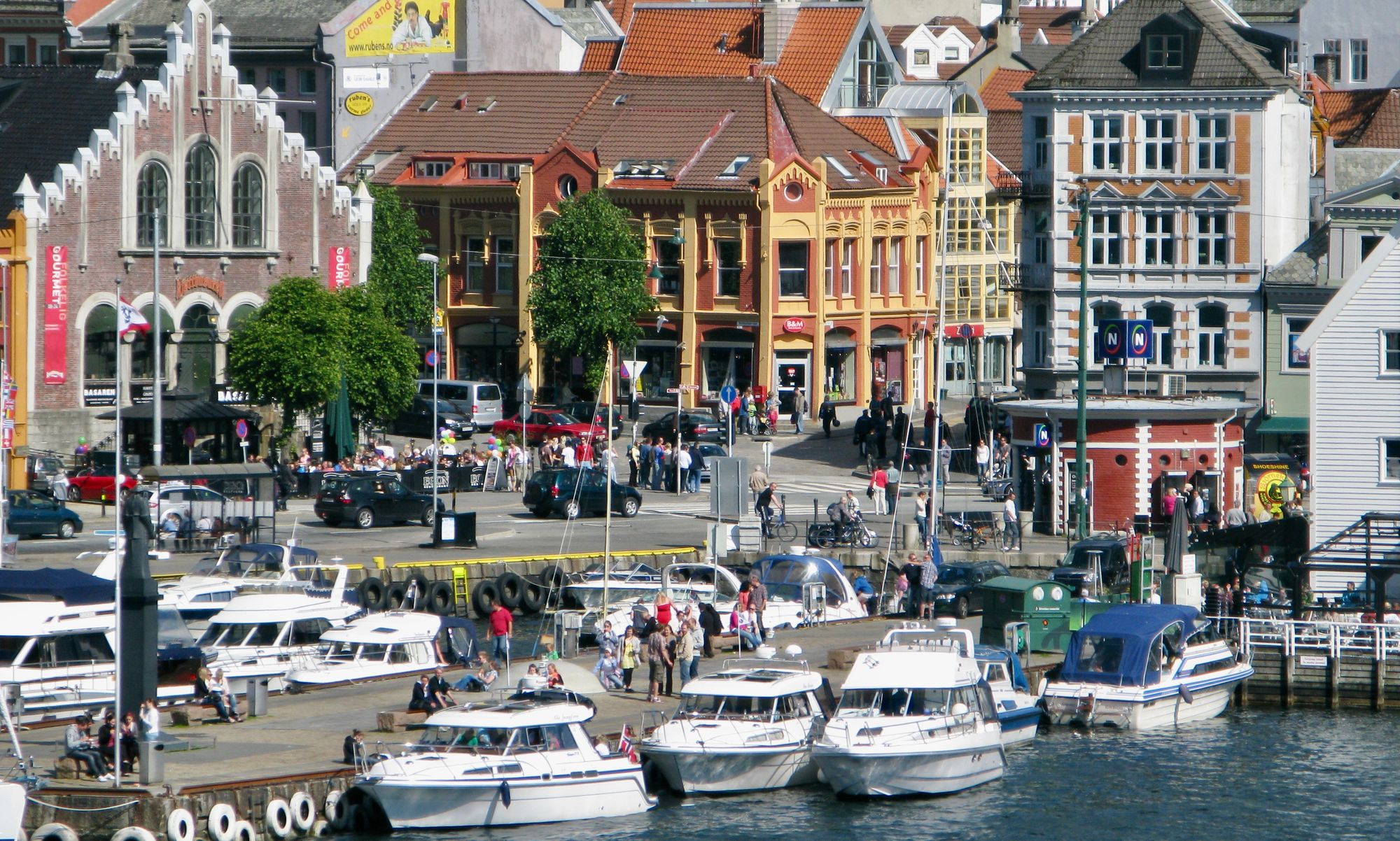
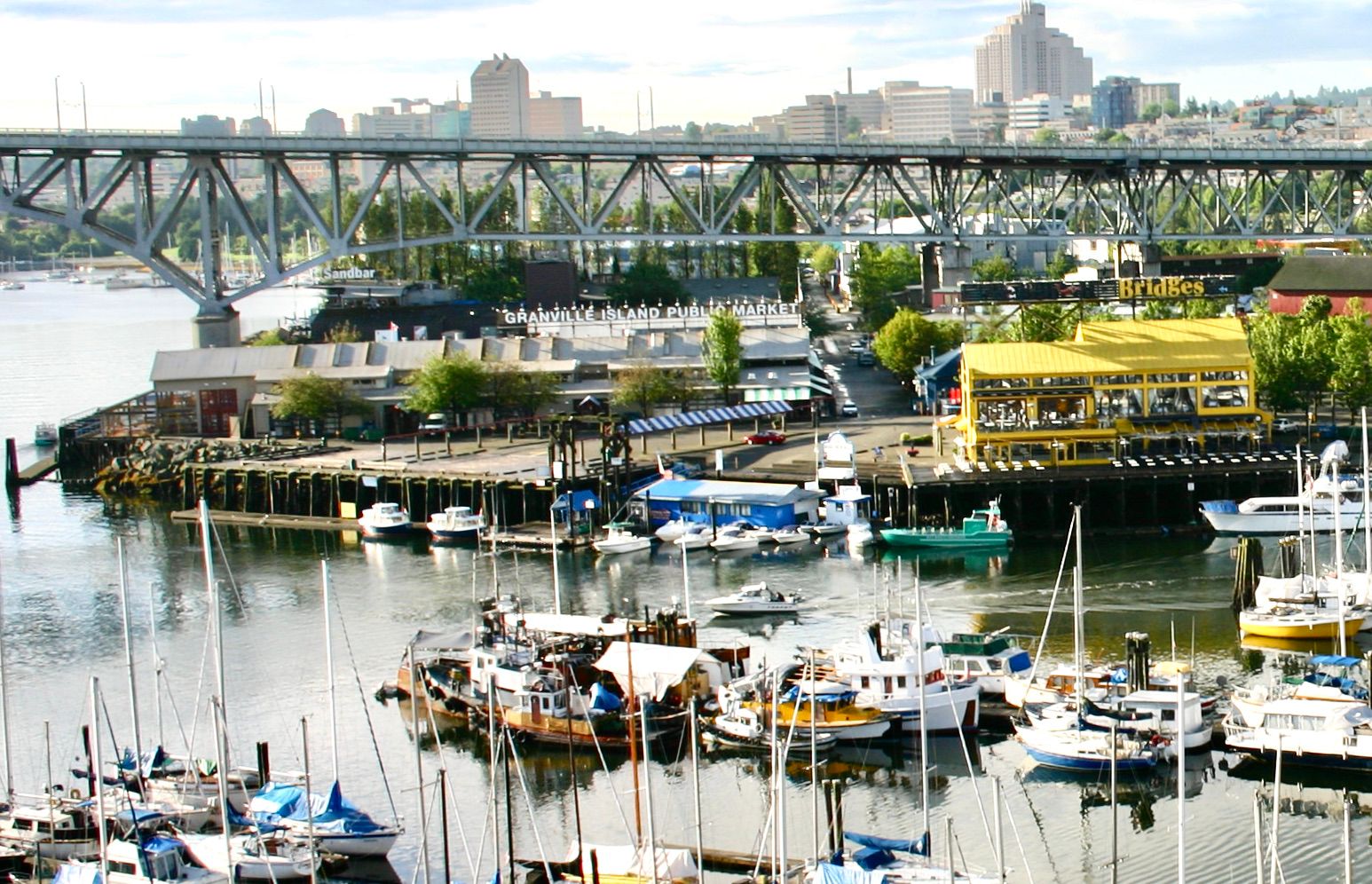
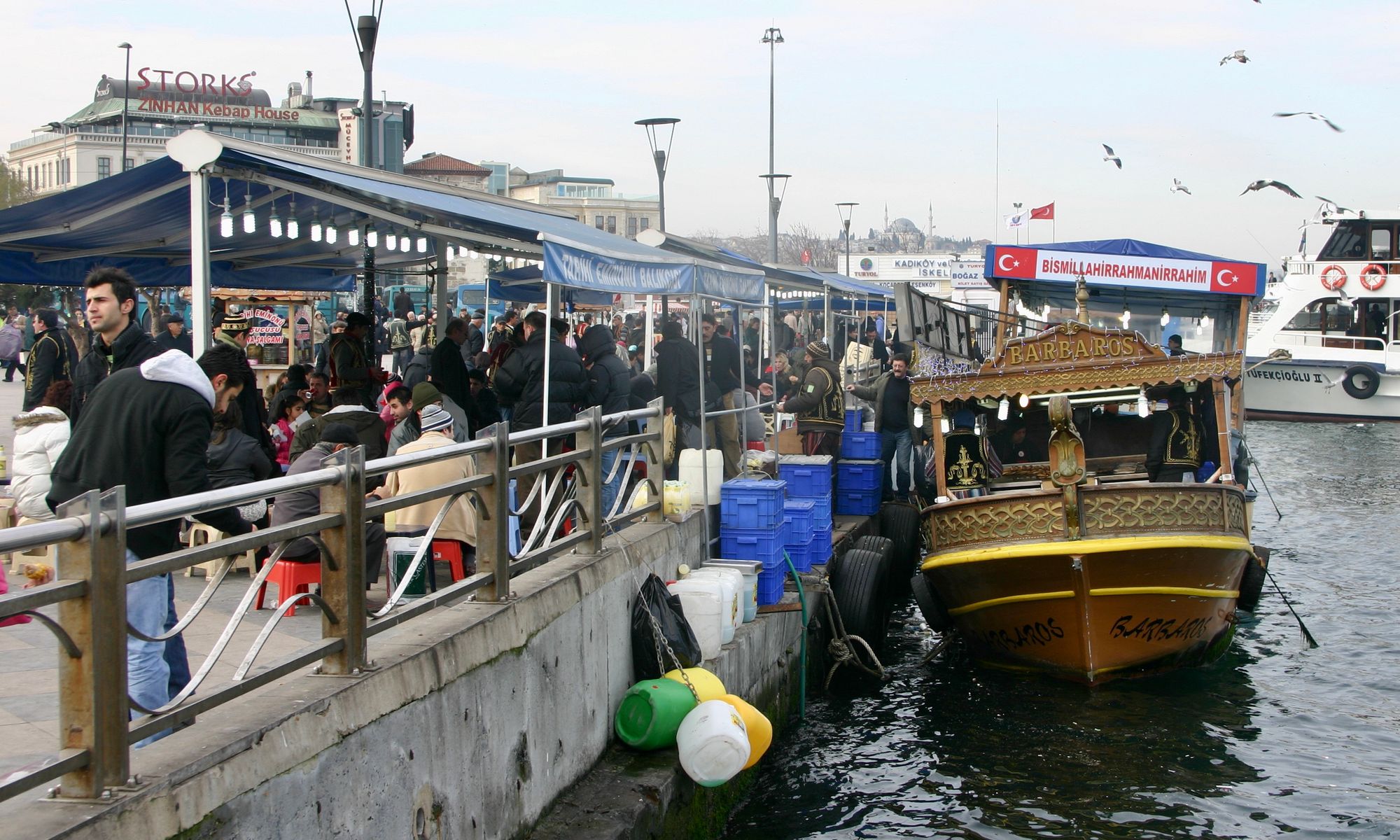
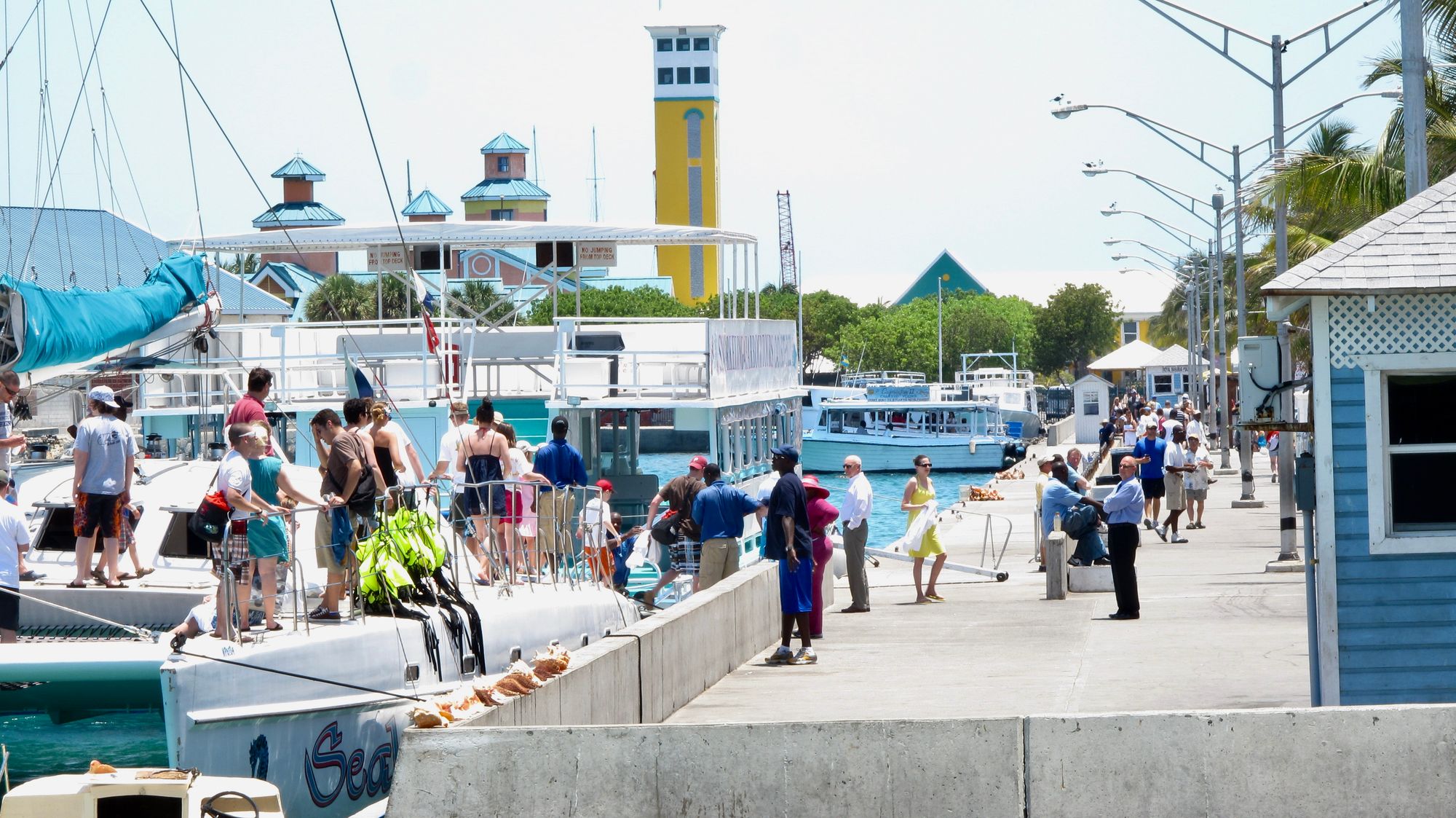
From top left: Cape Town, Stavanger, Norway, Porto, Portugal, San Francisco, Bergen, Norway, Vancouver, Istanbul, Bermuda
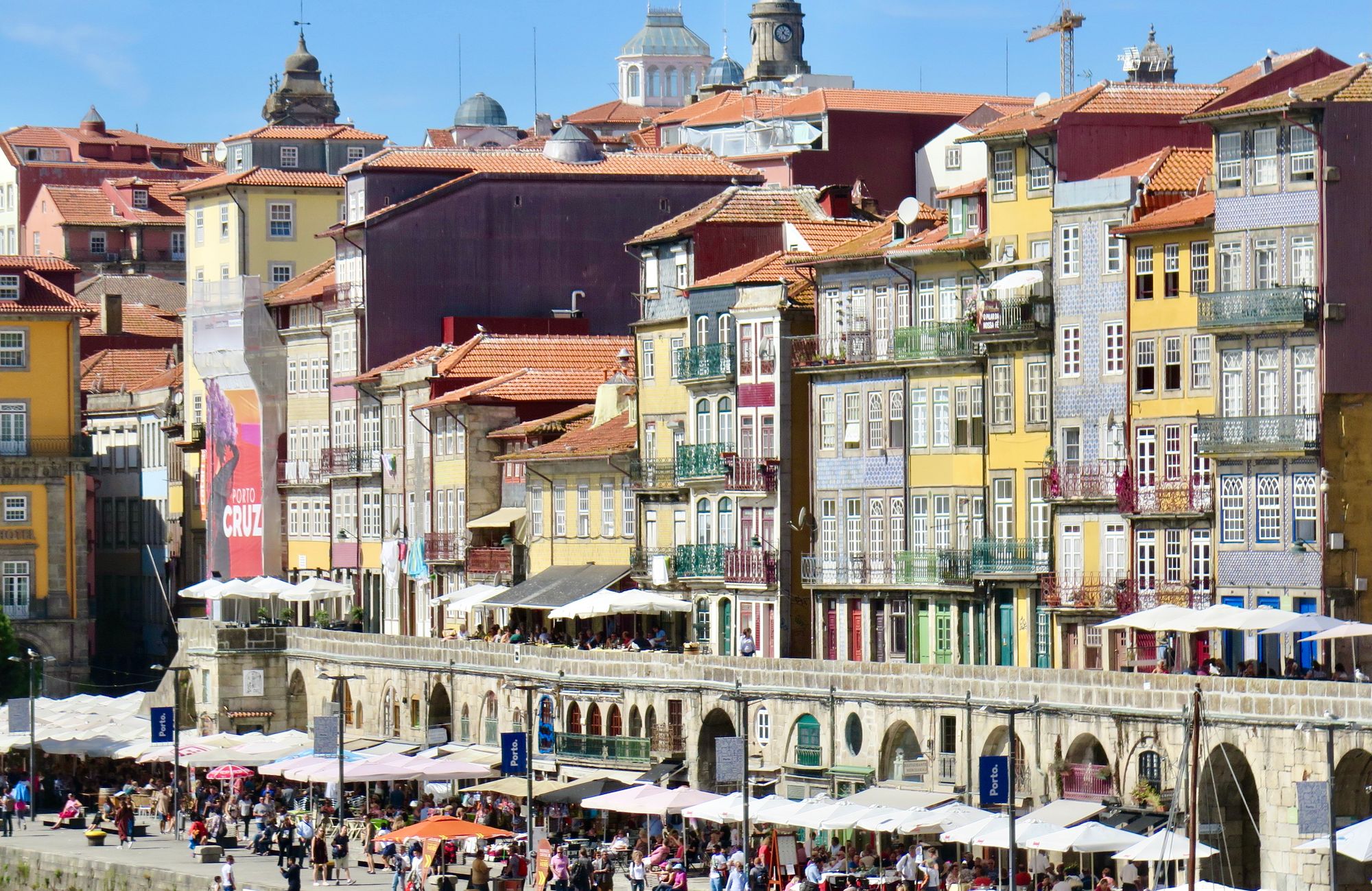
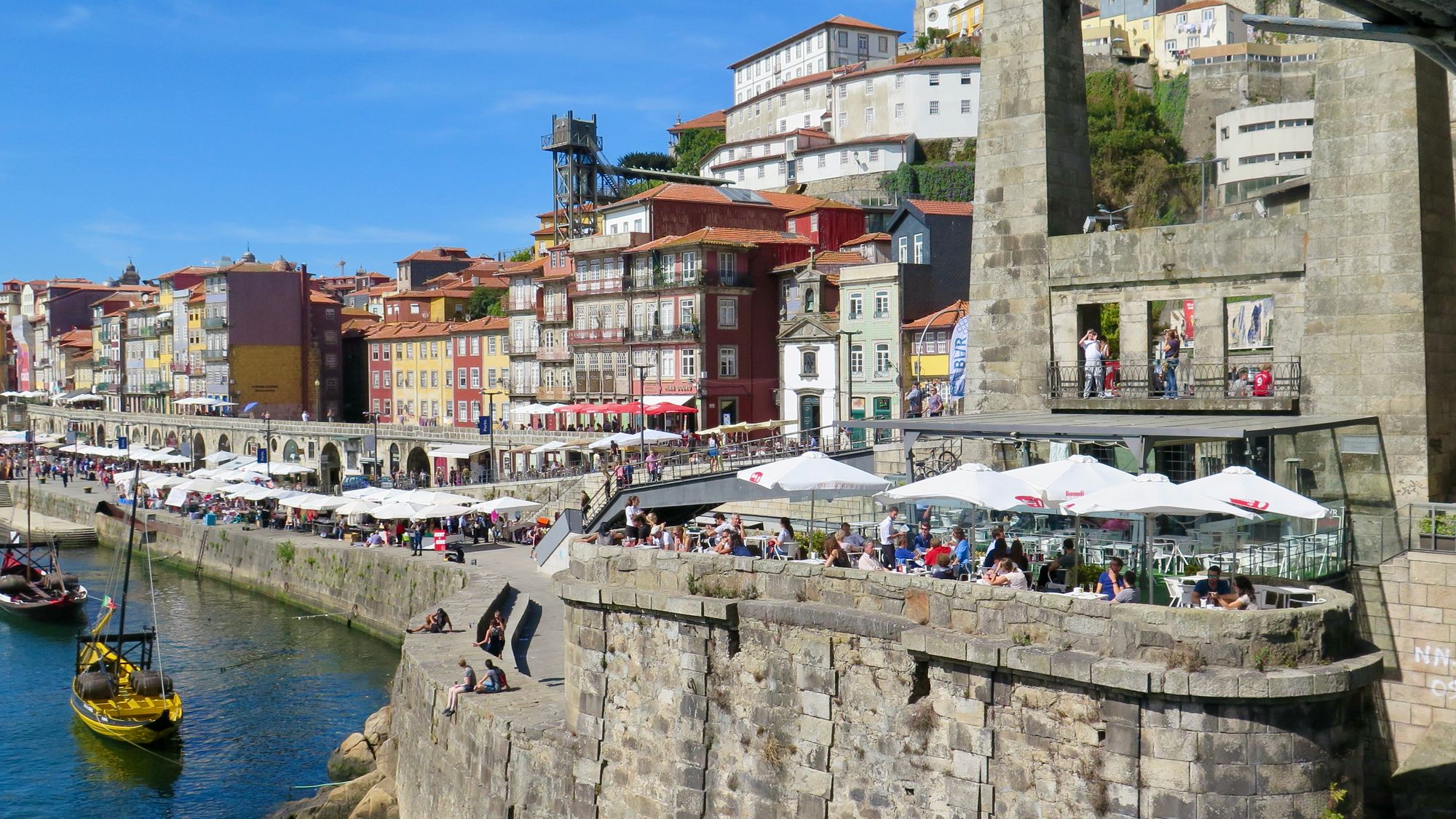
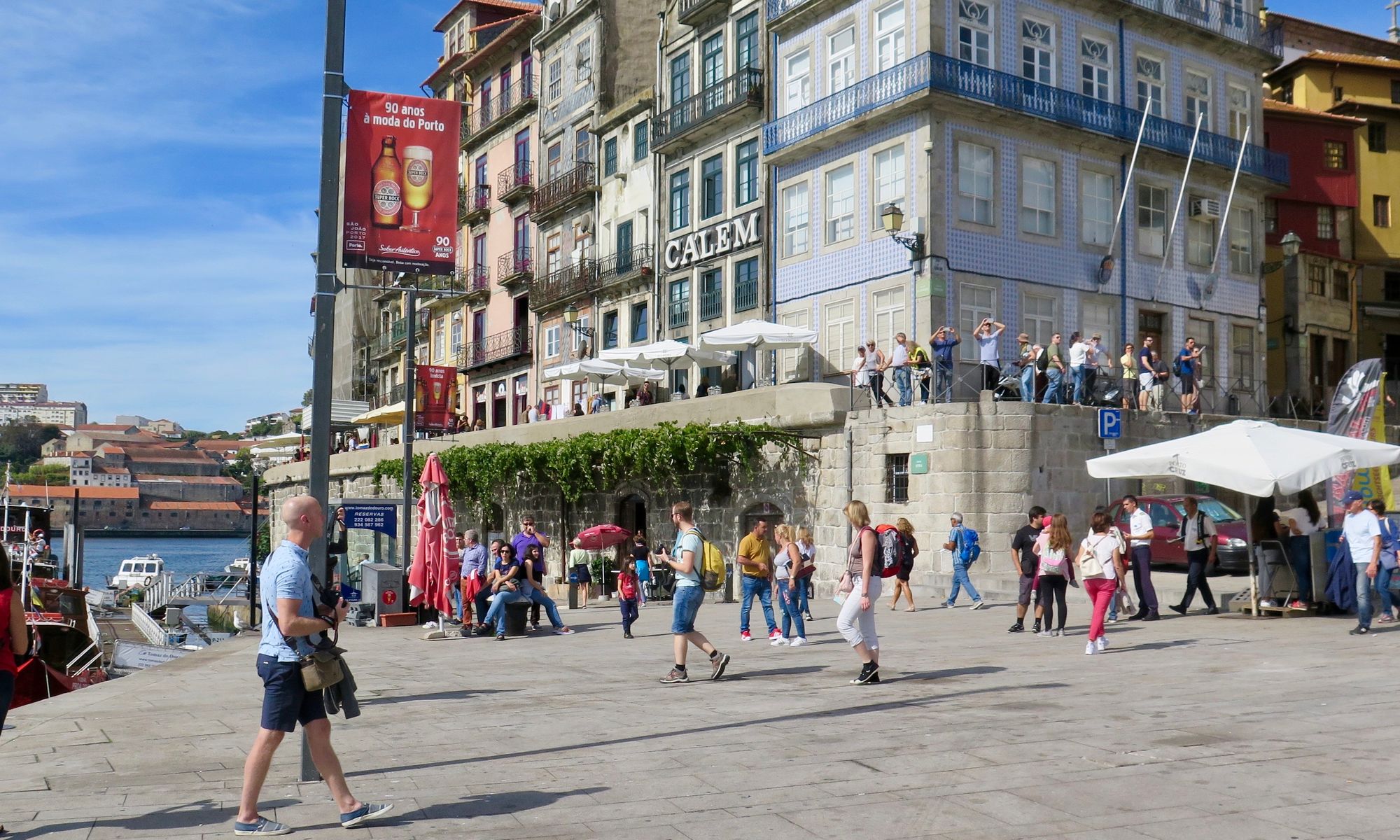
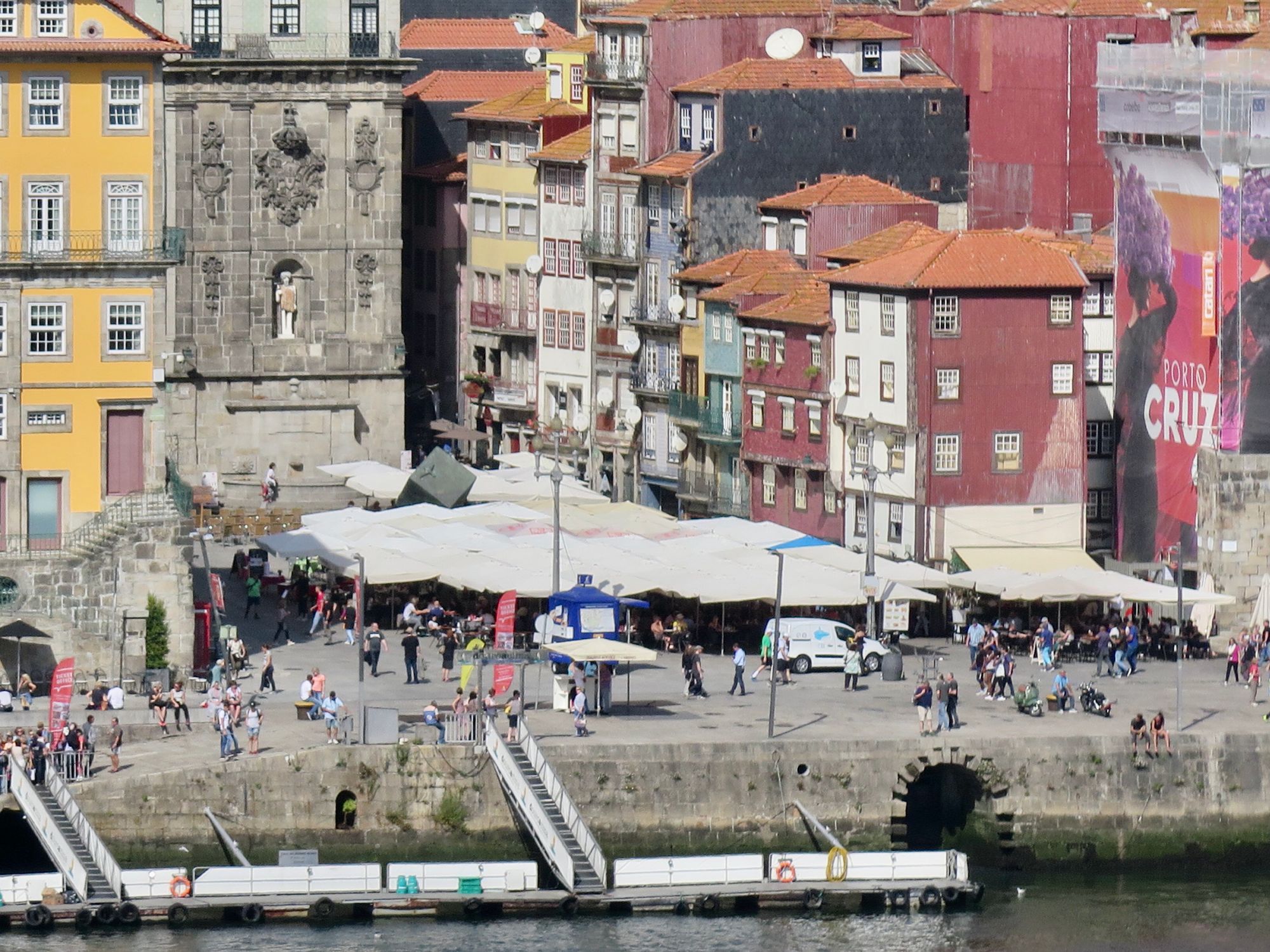
Porto, Portugal
Waterfronts in Paris
Paris has also played host to multiple waterfront placemaking experiments, and in so doing, created the world's greatest waterfront city. And all in under 20 years! Riverside activations like a seasonal beach (the "Paris Plage") have created space for public art, play, and relaxation in the heart of the city. Both the right and left banks of the Seine and Bassin de la Villette have become a summer time resource for citizens and visitors.
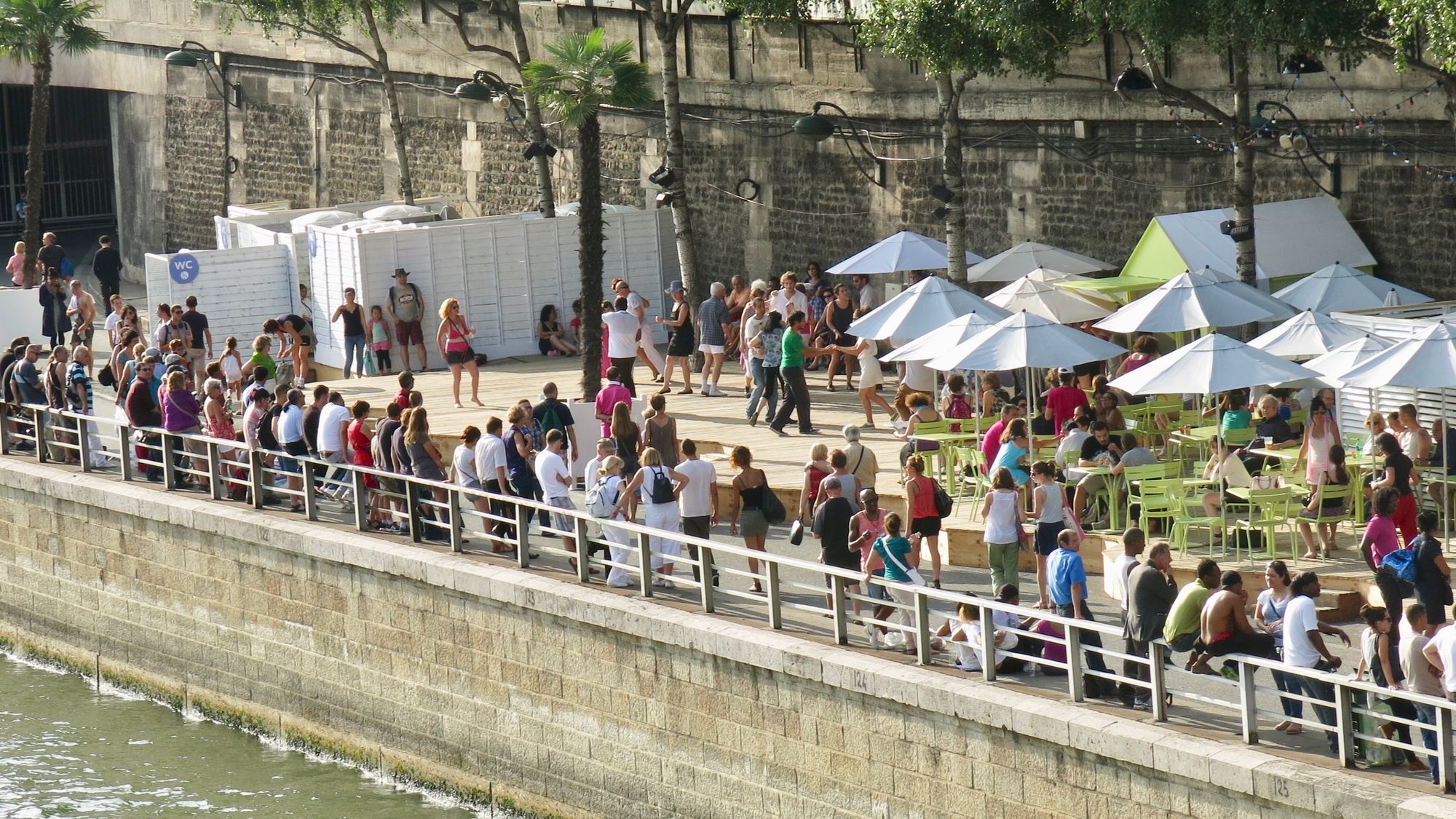
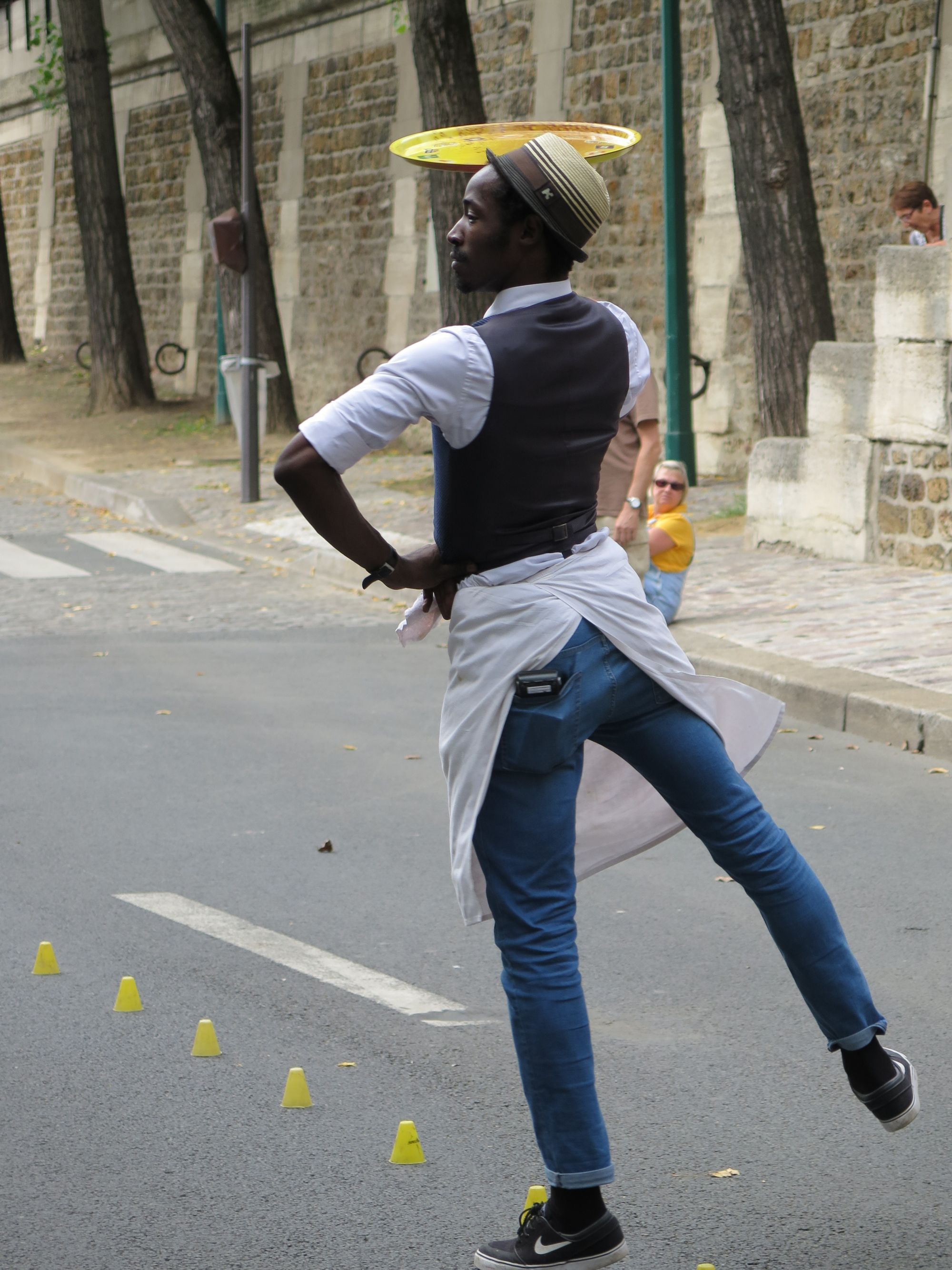
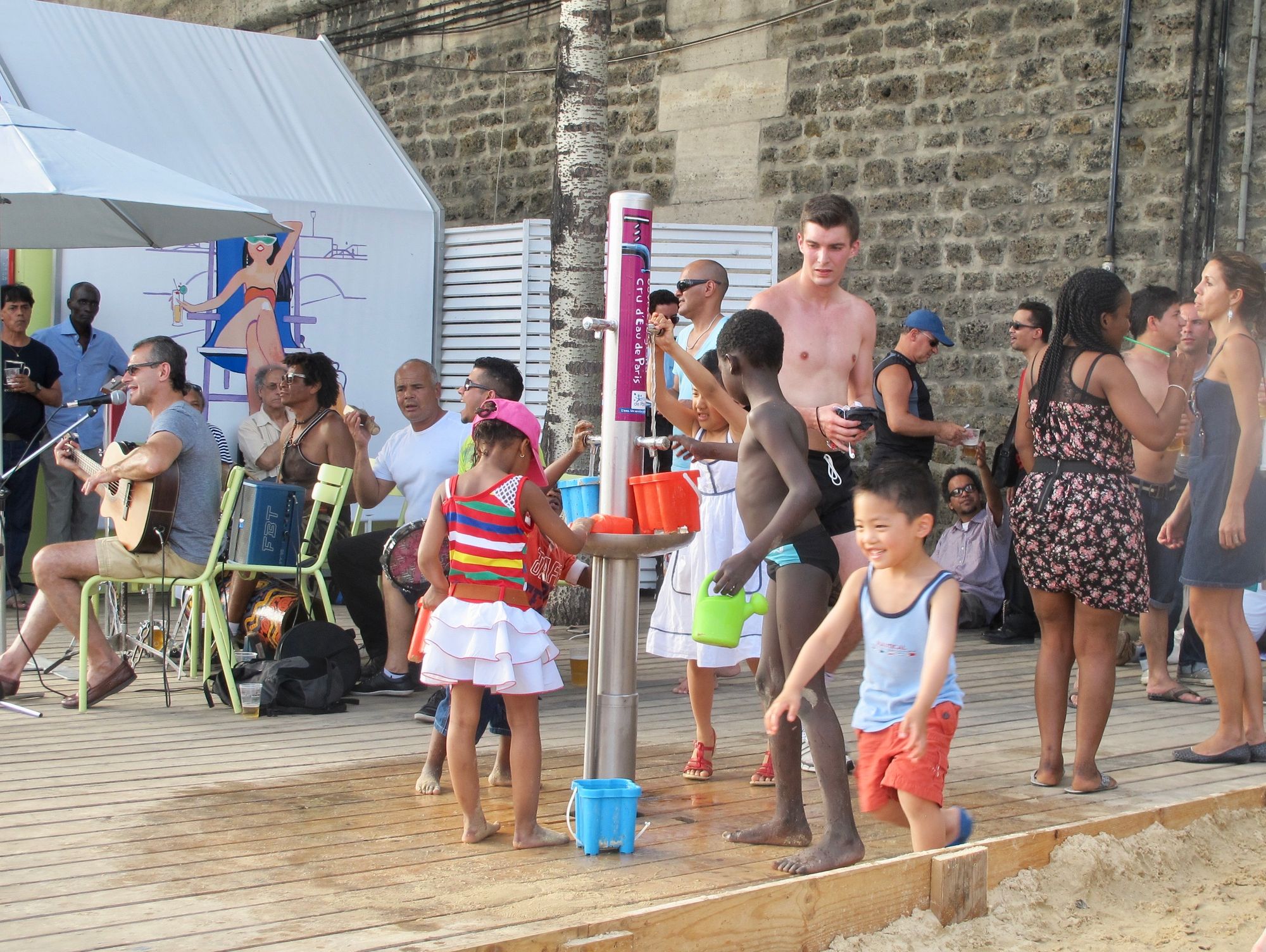
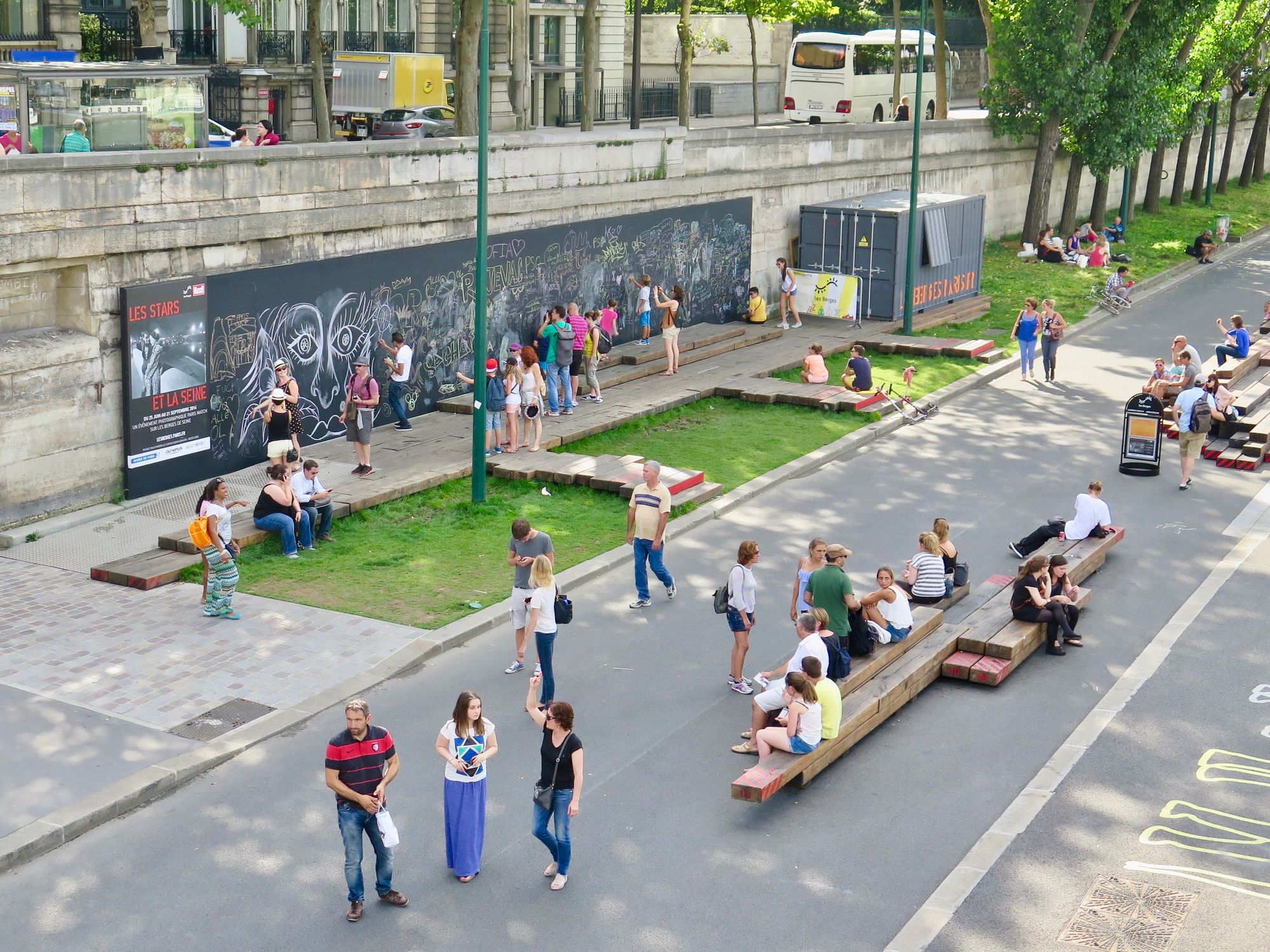
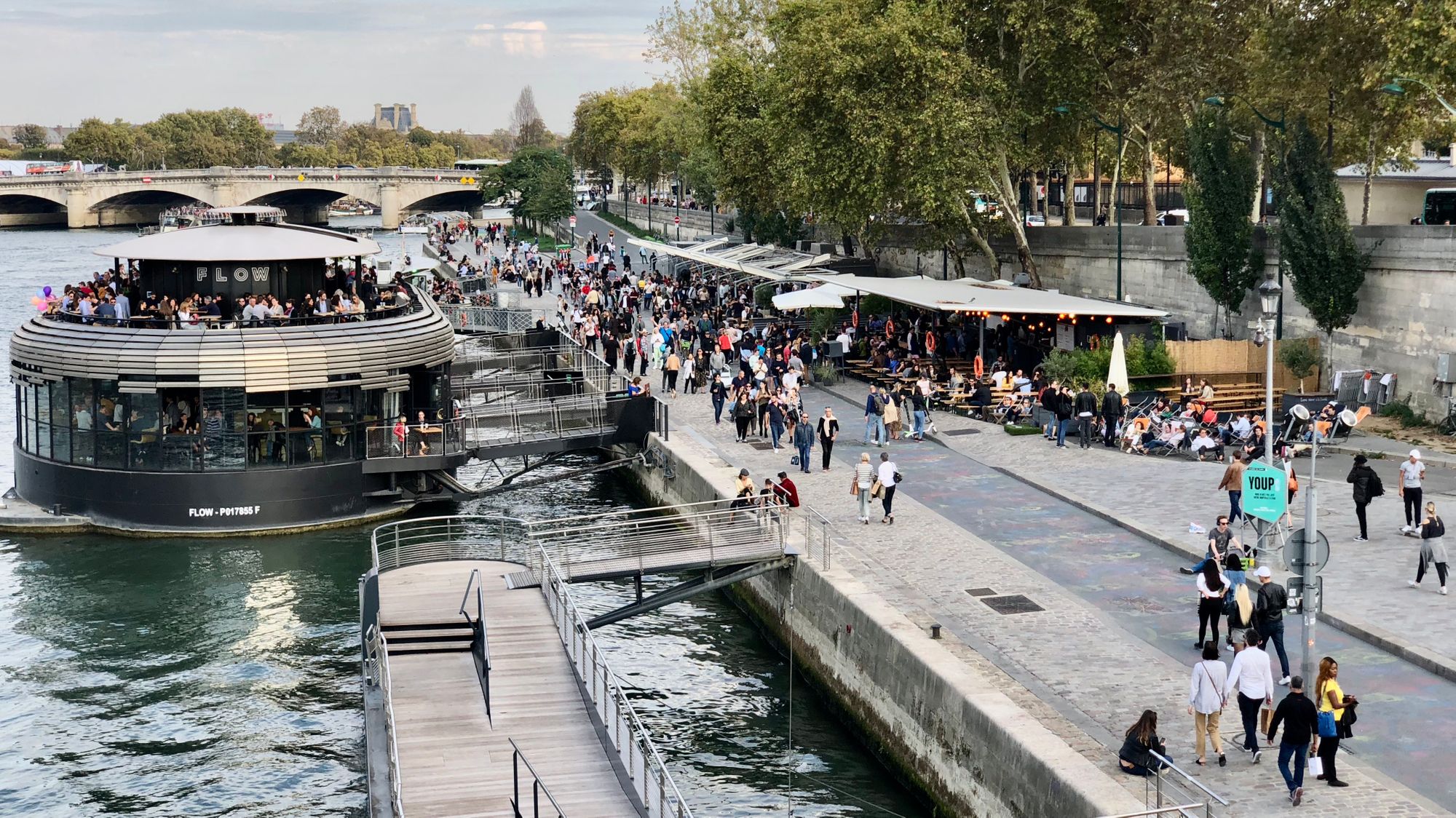
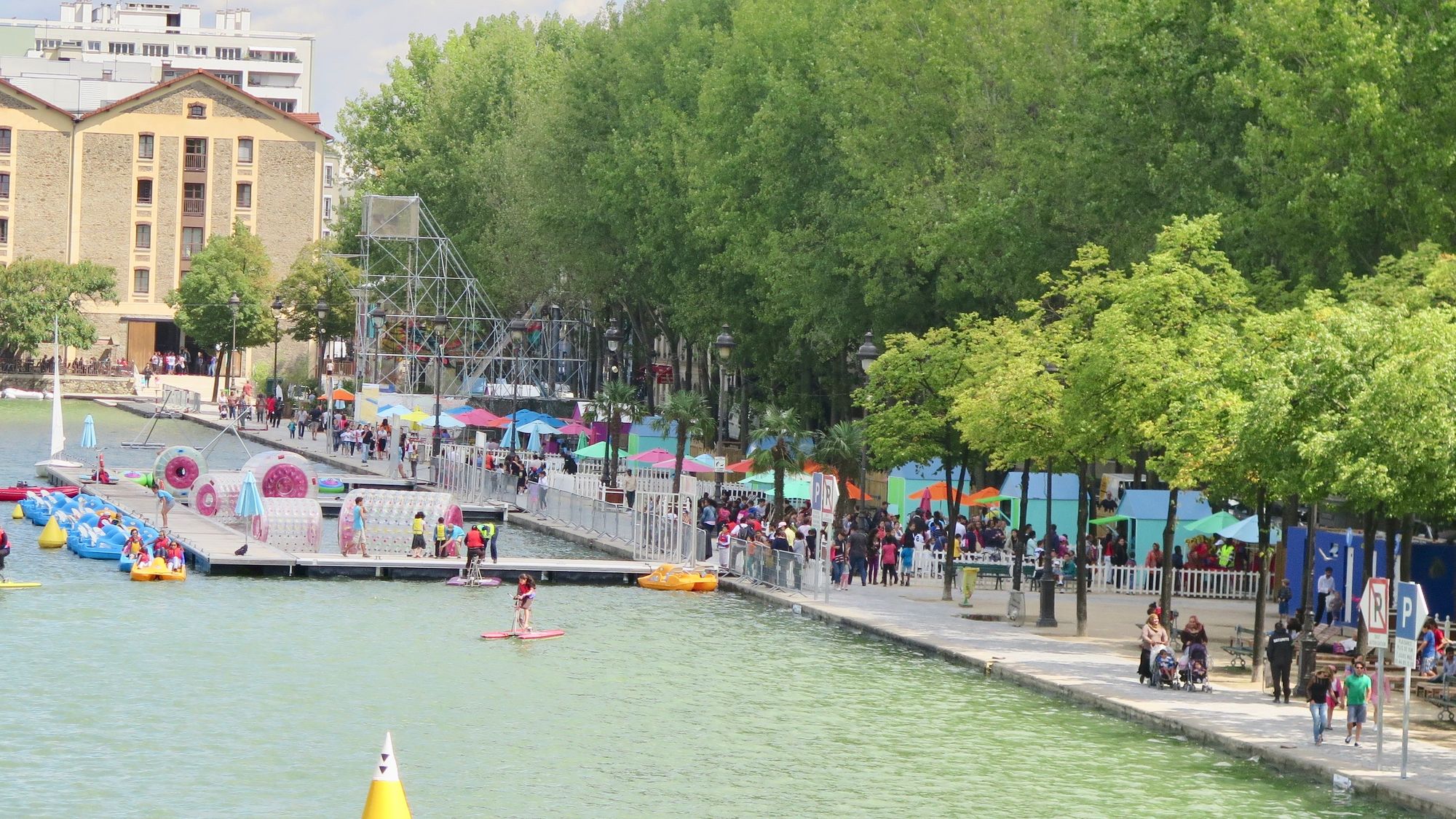
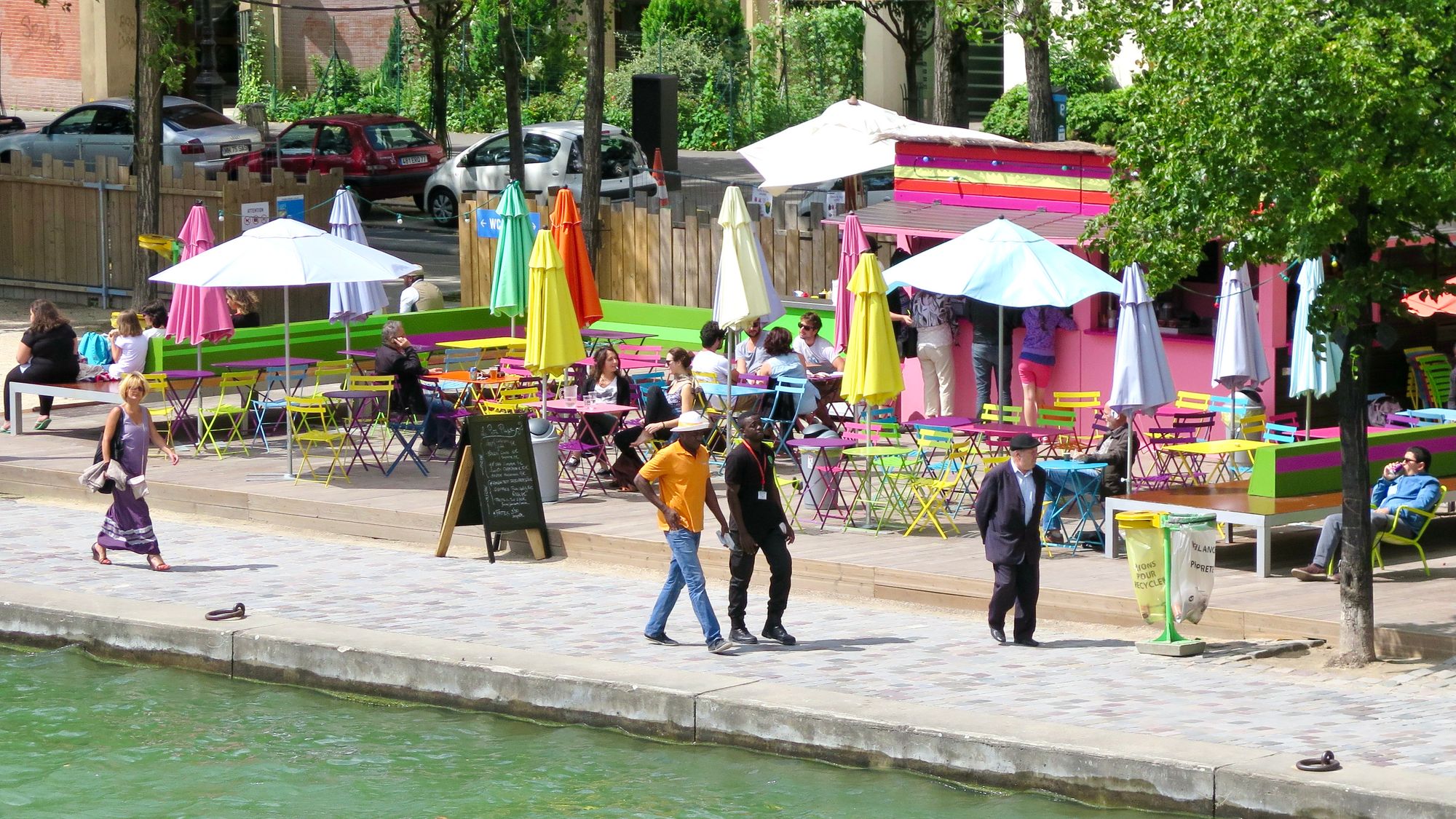
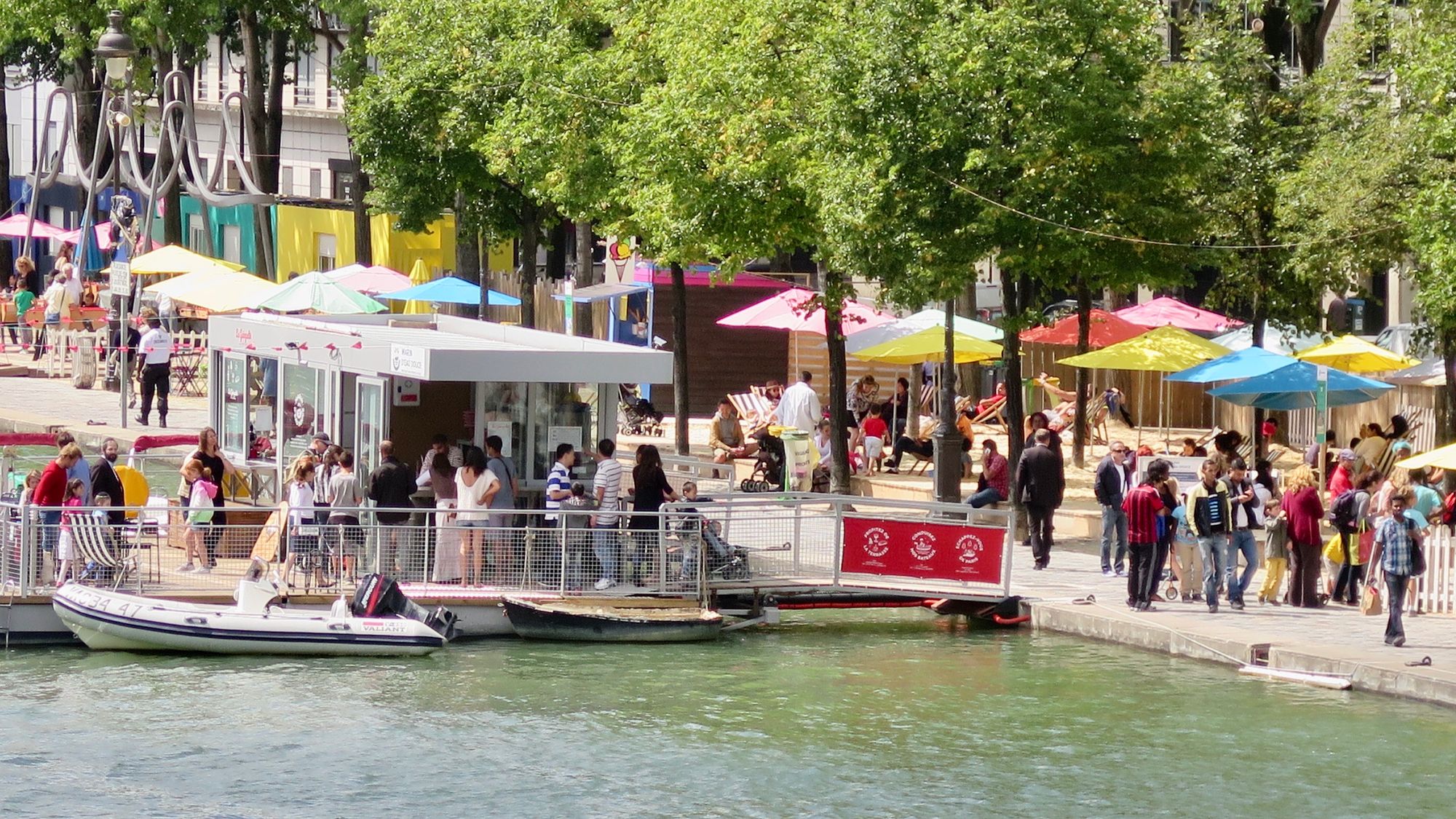
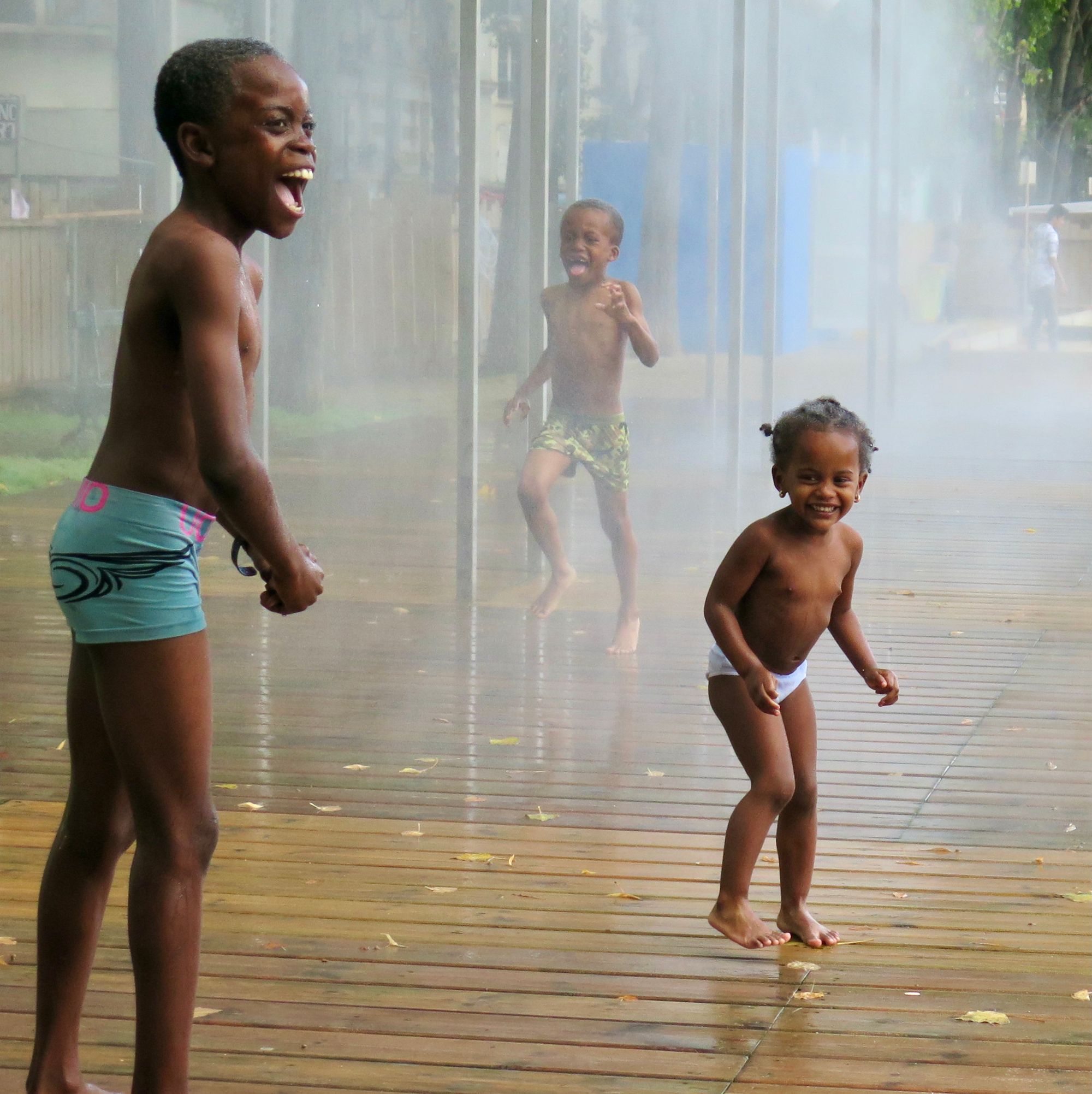
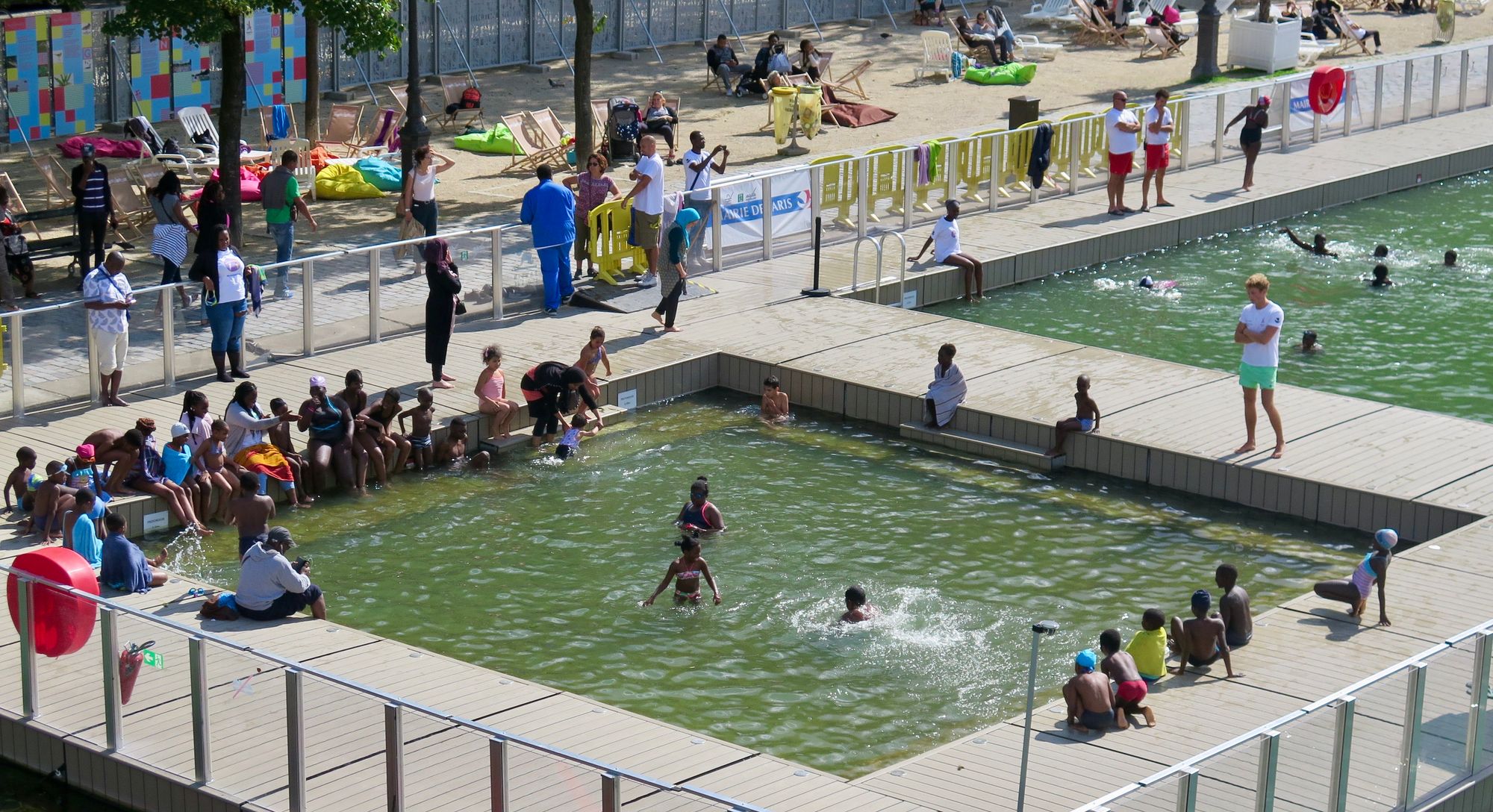
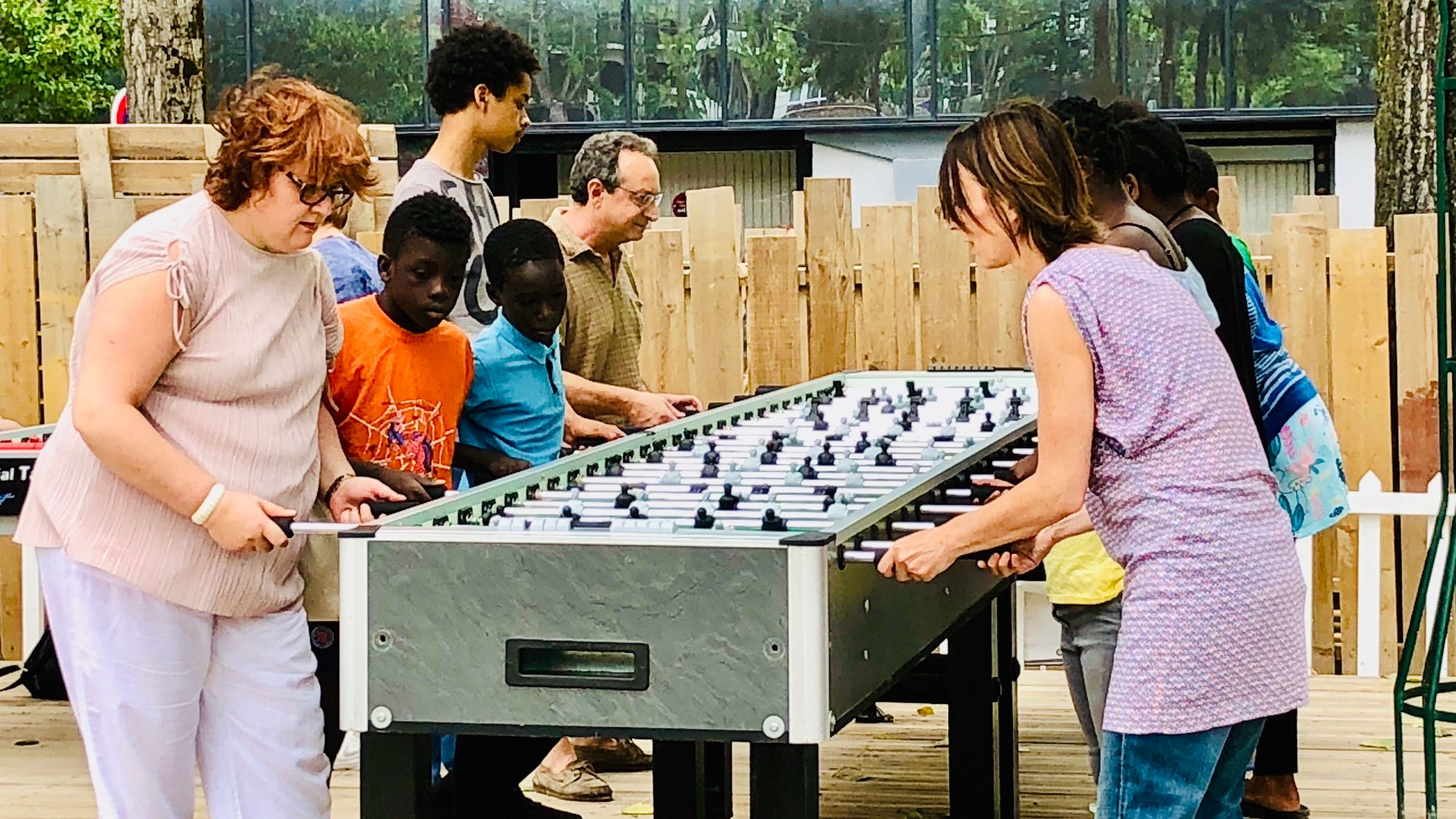
7. Expanding Cultural Destinations to Spark Imagination
More than storehouses of artifacts, museums and other cultural institutions are fast becoming cultural hubs that enrich the imaginations of people of all ages, incomes, and walks of life. This is easily done by extending their presence into the community itself, breaking down the walls through in-person and digital engagement. This type of outreach can give a distinct identity to the entire neighborhood surrounding a cultural venue.

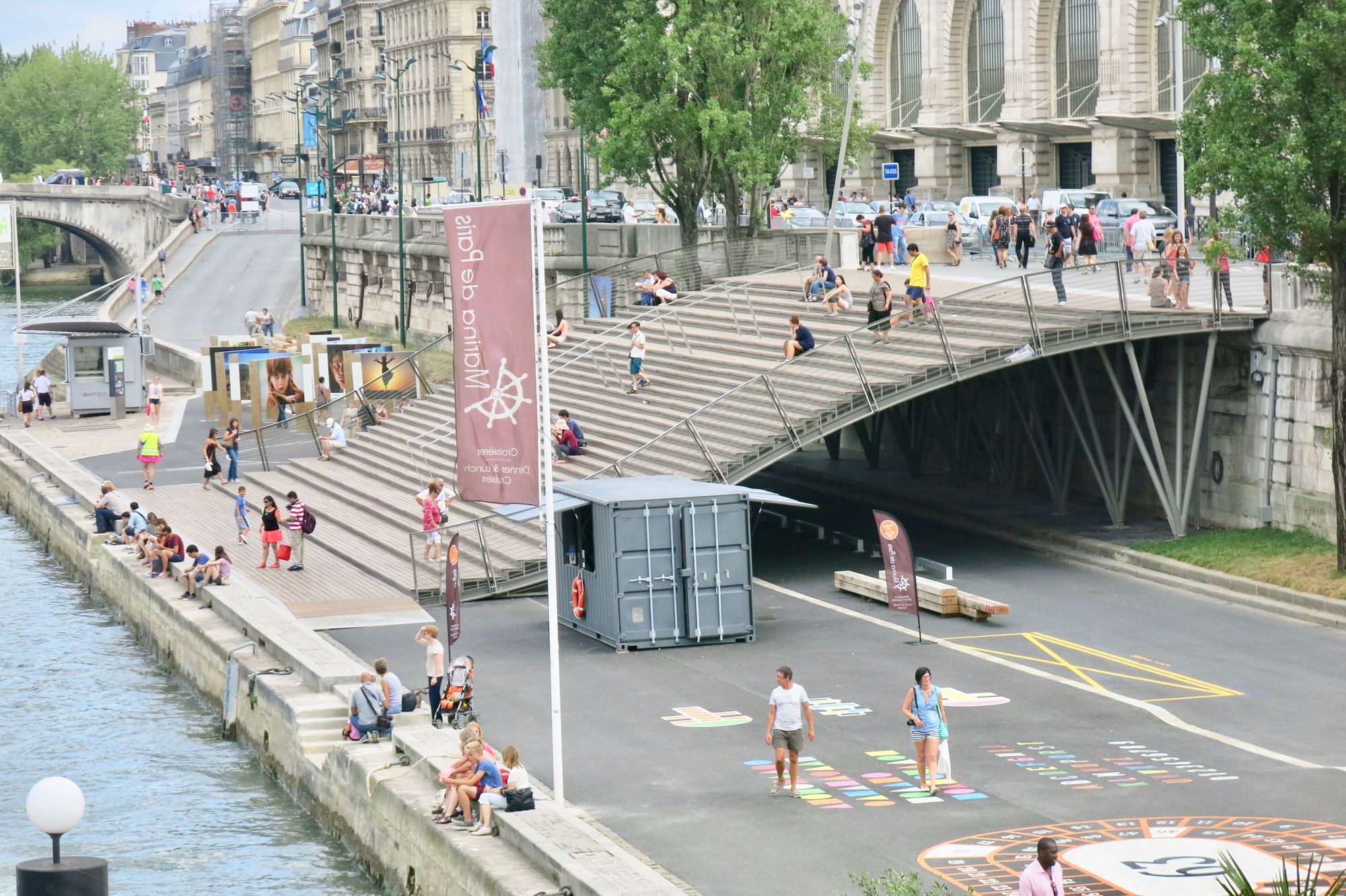
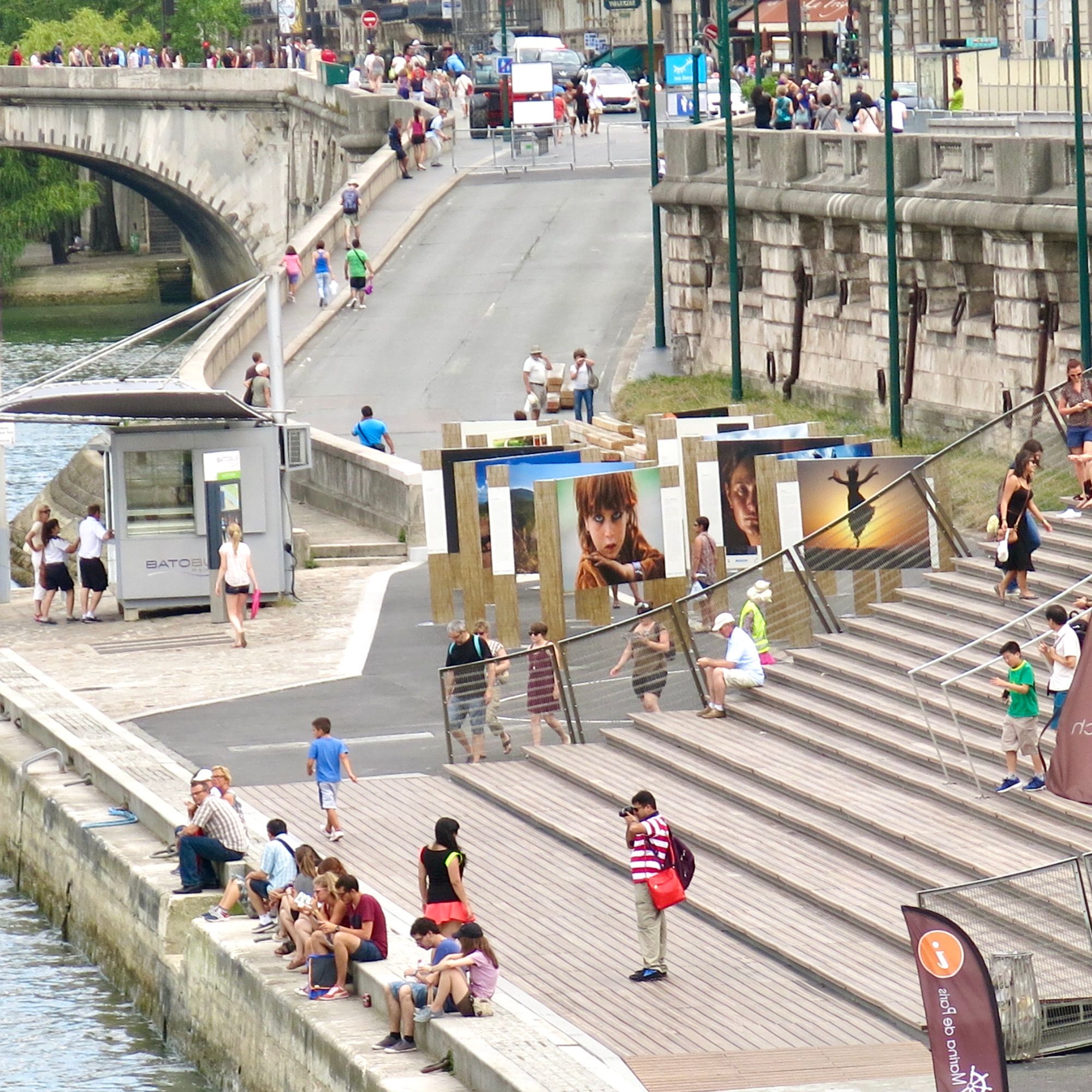
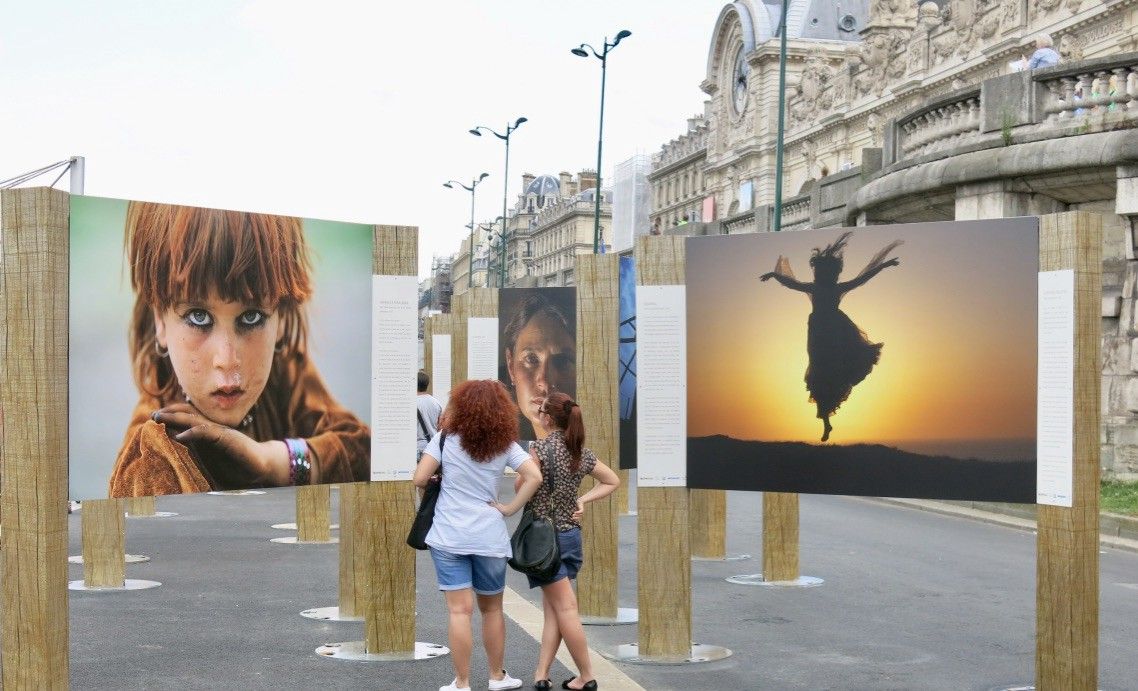

An outdoor exhibit by Paris's Musee D'Orsay.
The legendary Musee D’Orsay mounts art exhibitions right on the riverfront just below the museum. Elsewhere in Paris, cultural institutions like the Louvre Museum and the Paris Public library have a presence along the Seine river. With outdoor reading rooms, displays, and seating, these institutions reach more people in more places than perhaps ever before.
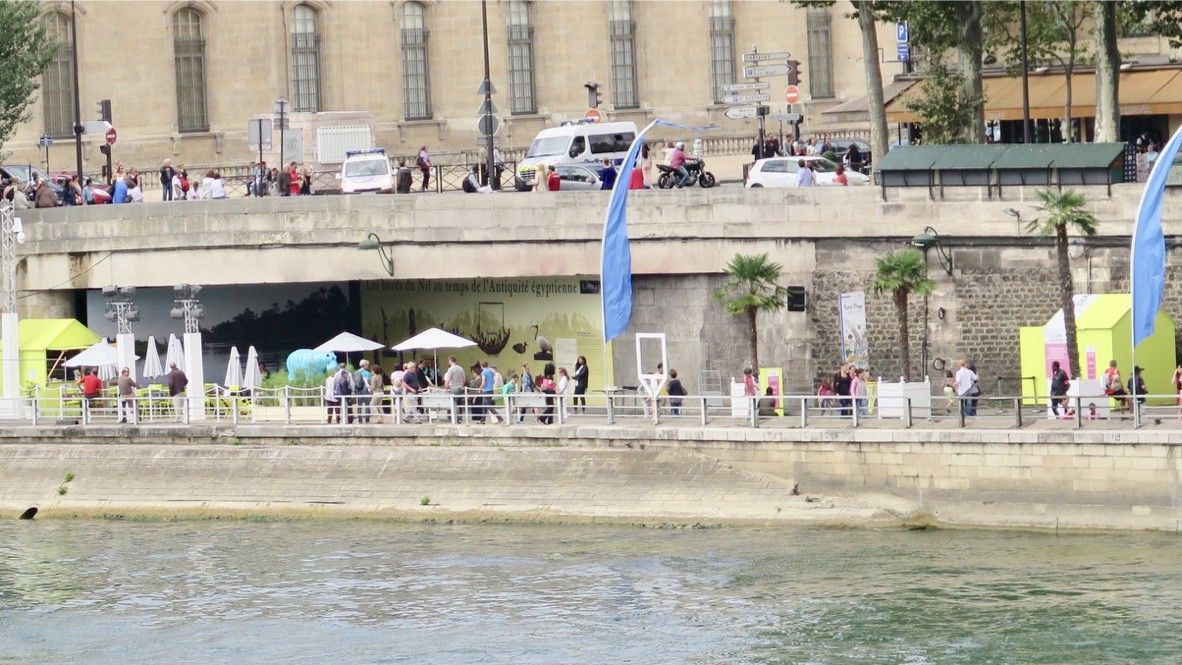
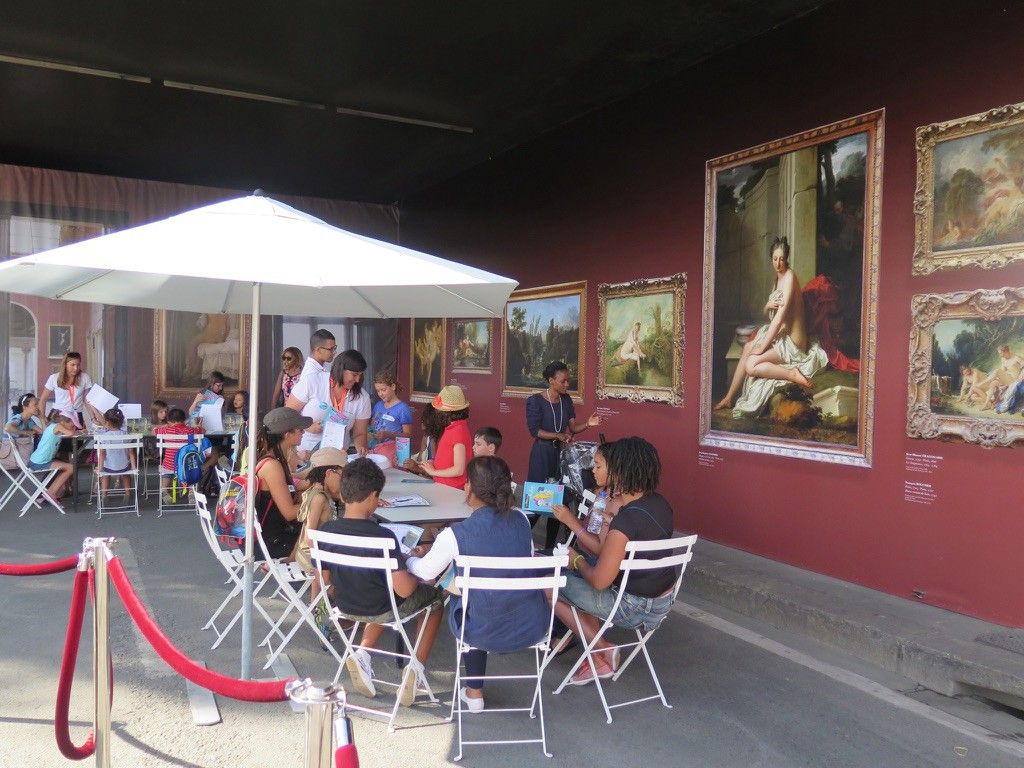
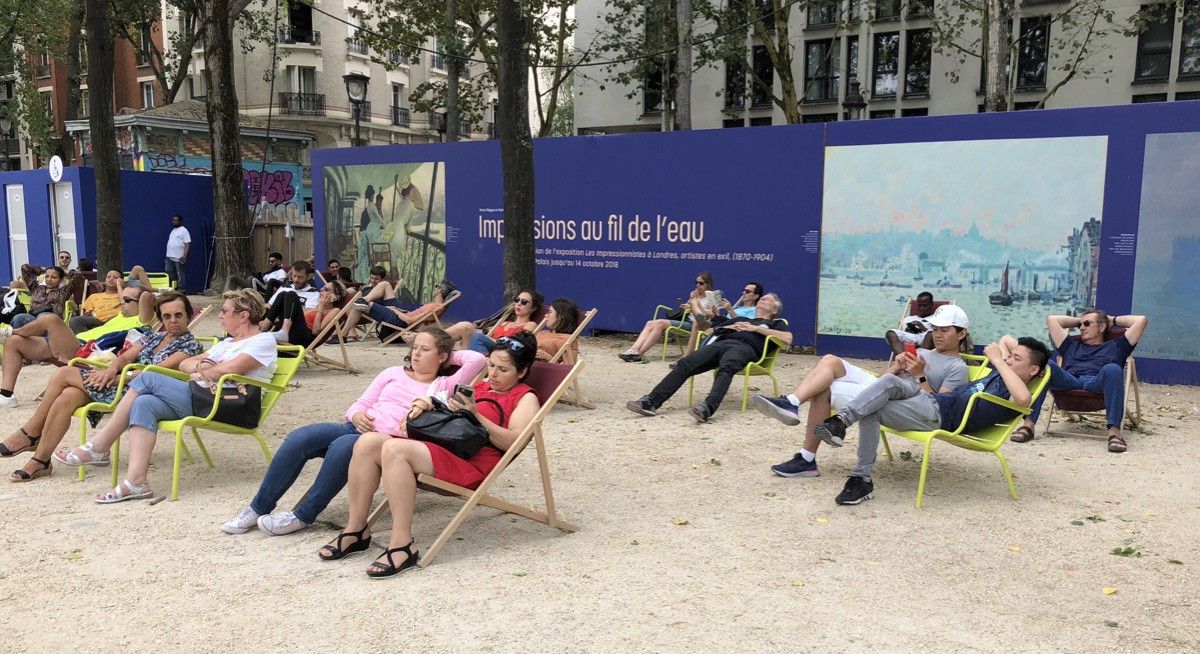
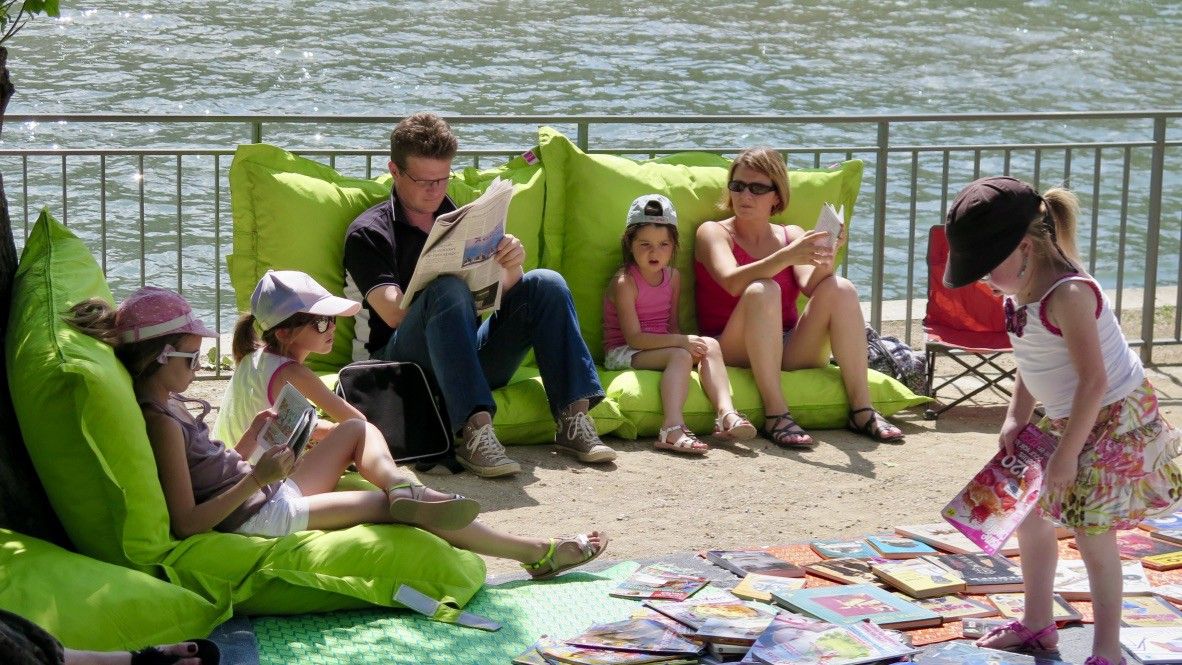
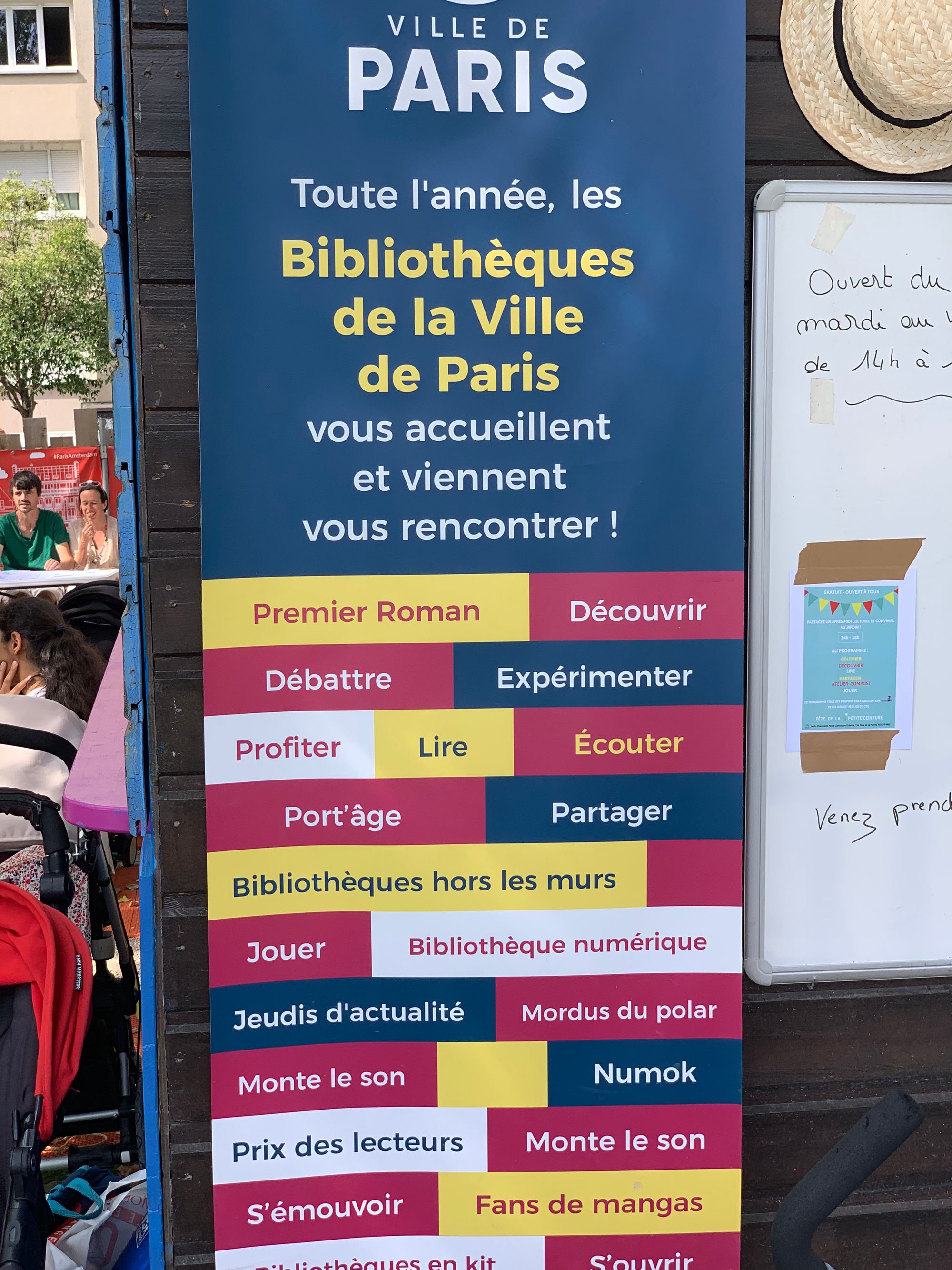
Some might say that Paris as a whole is a venue for arts and culture.
The bold idea of Paris Plage was to replace a high-speed road with a beach and other attractions to serve residents who could not afford a seaside vacation. This dramatically increased use of the city’s riverfront by local residents starting in 2007.
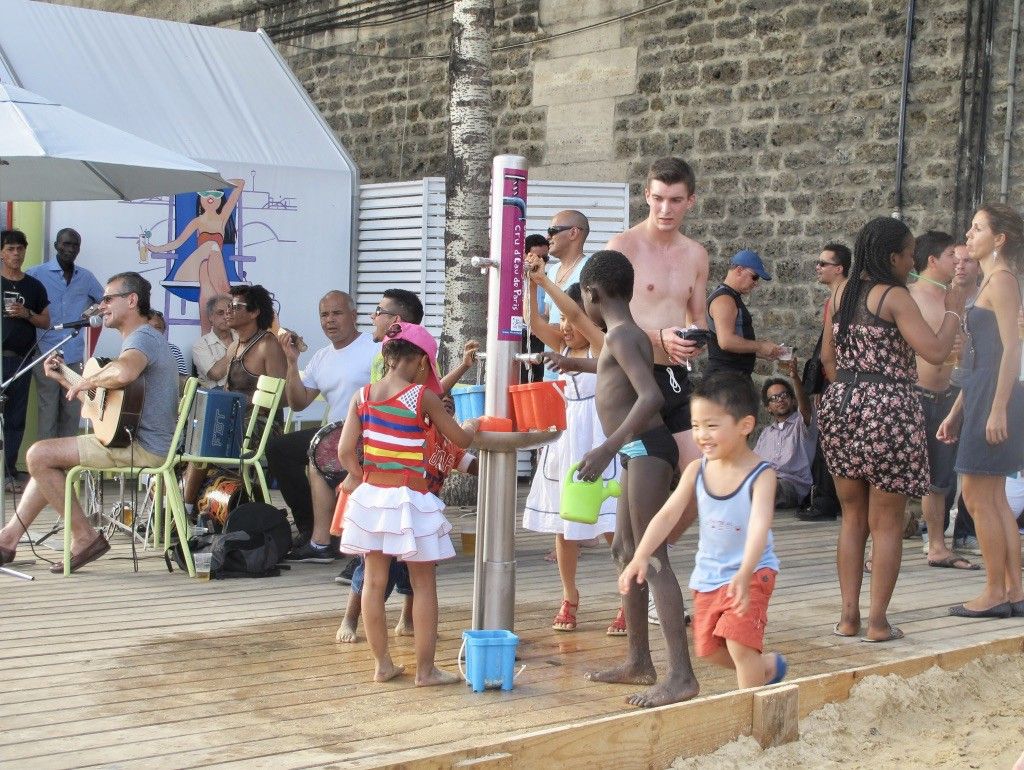
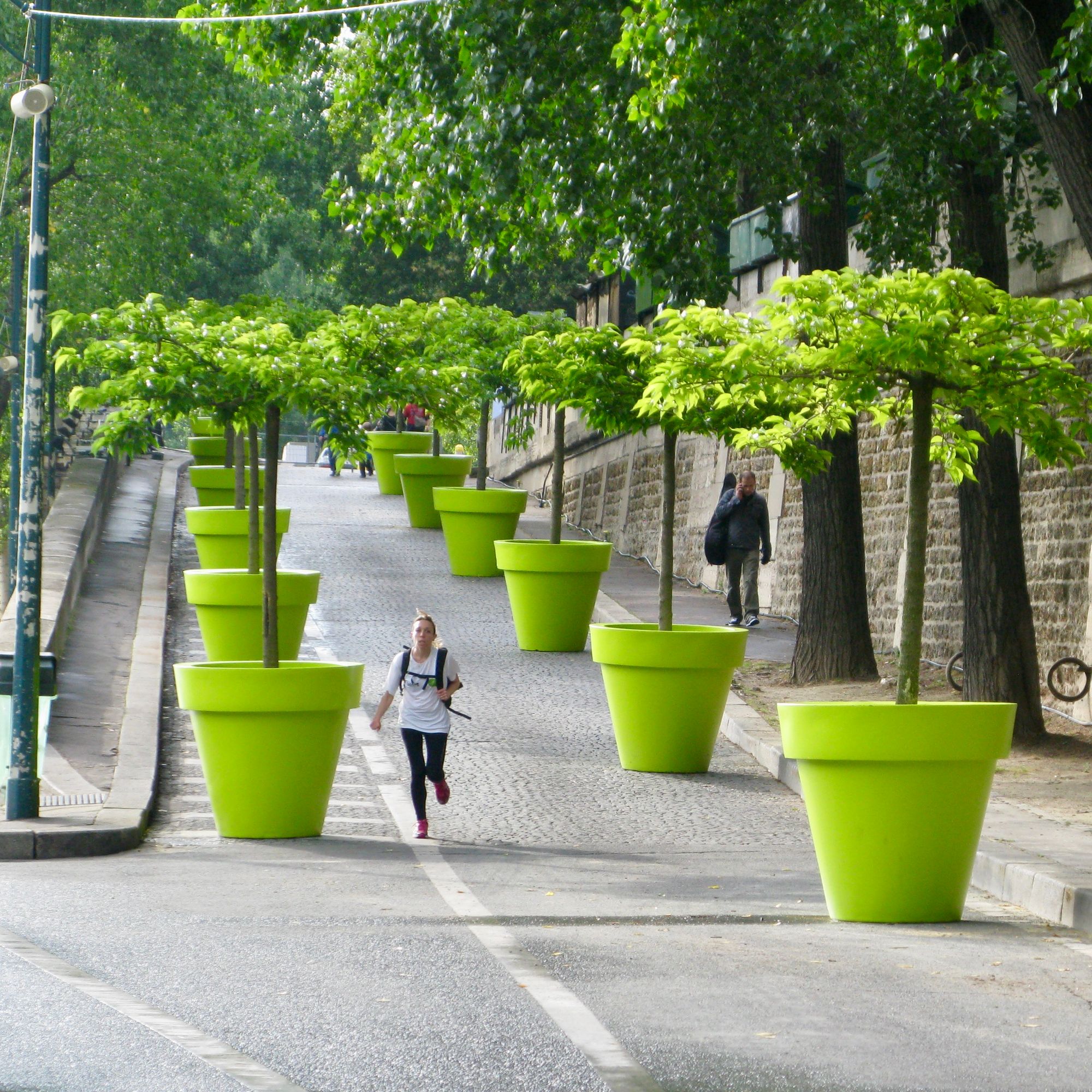
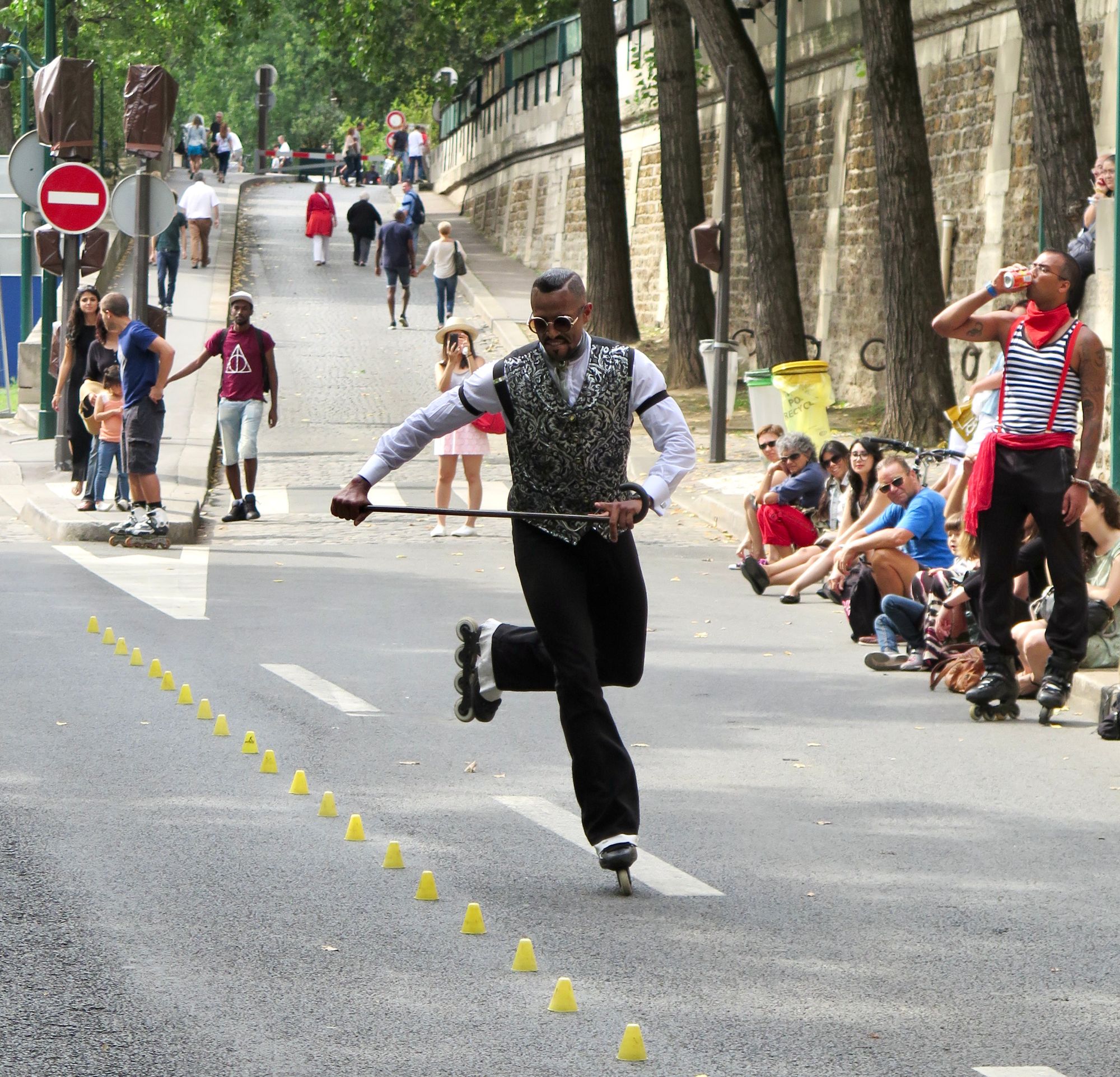
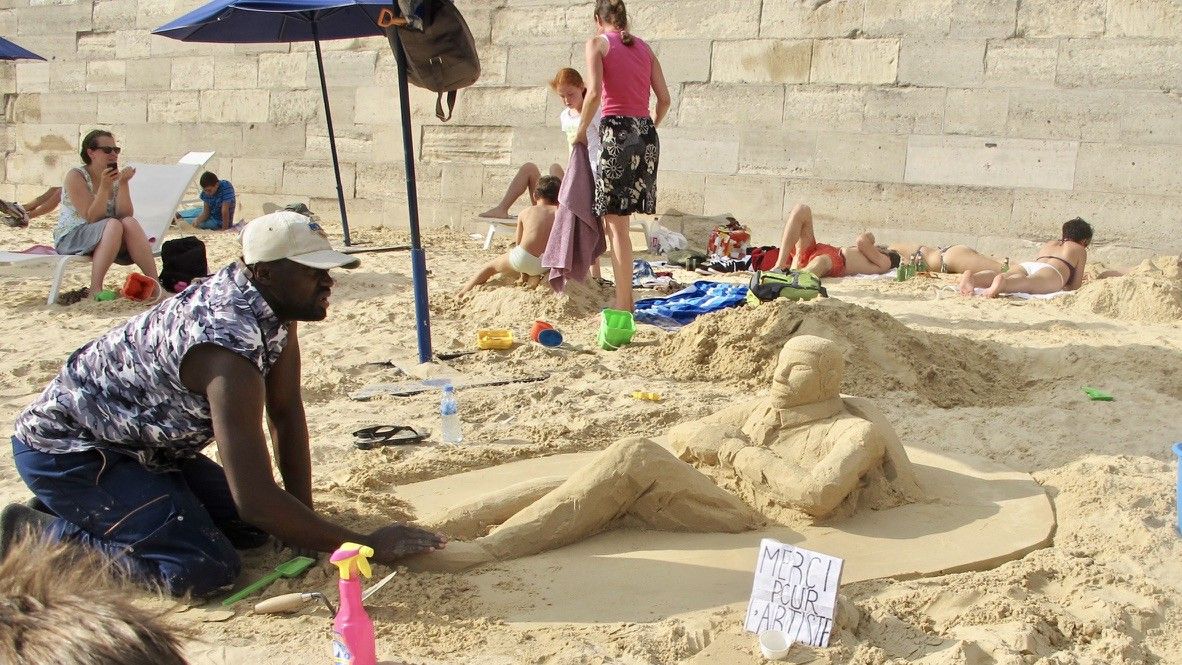
Paris Plage
8. Strengthening Assets that Express a City’s Character
It is often out of the tiniest details that people form their memories of a place, and it is through these seemingly "small" things that the potential for enlivening a city lies. Features like murals, water fountains, sculptures, play structures, games, kiosks, and bus stops may seem like "nice-to-haves," but together they add up to give a place a real and vital sense of character.
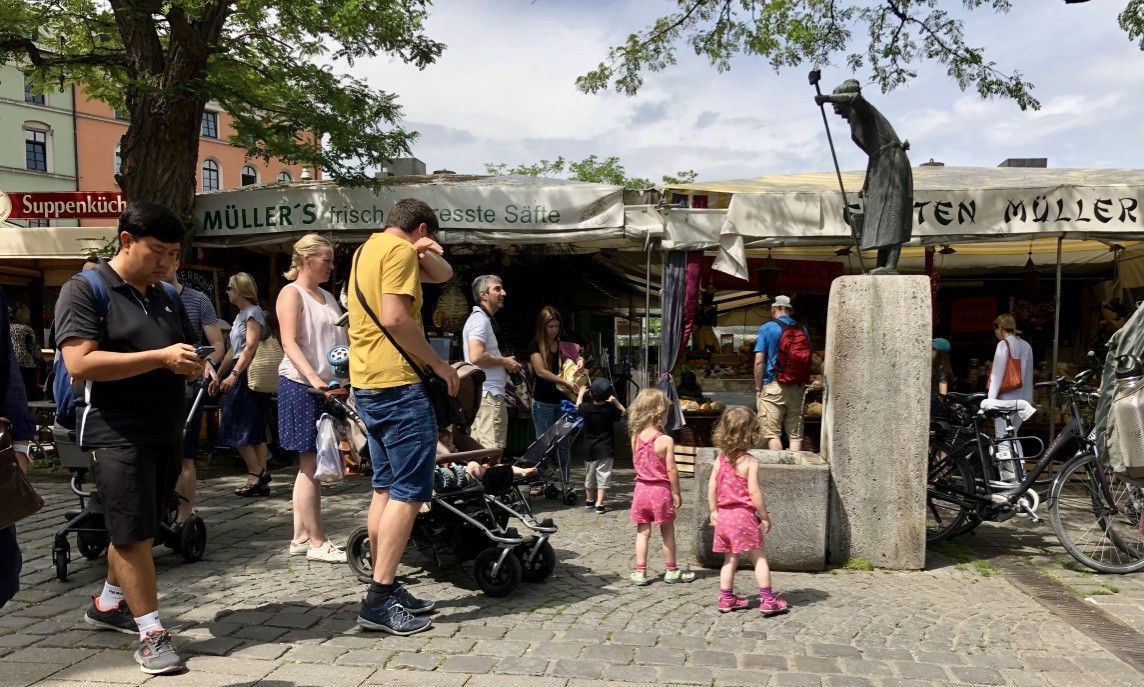
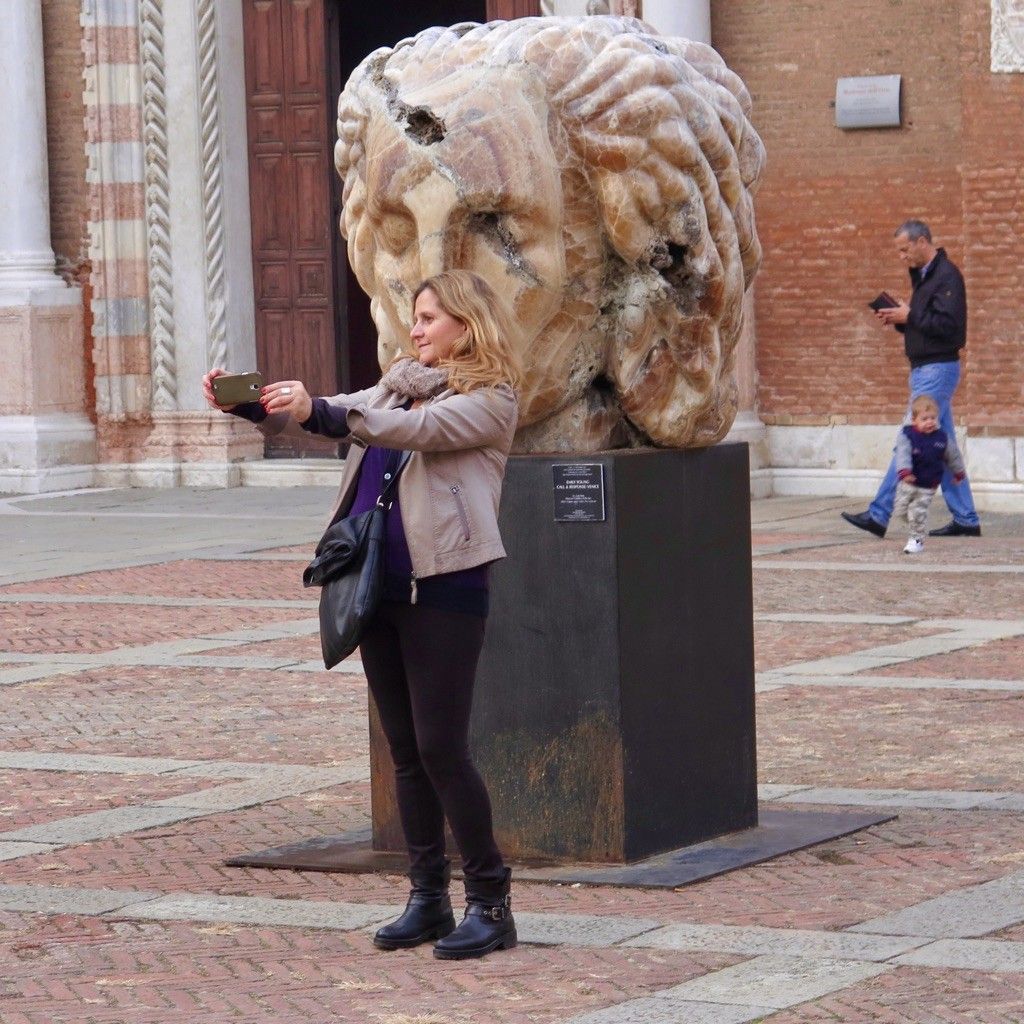
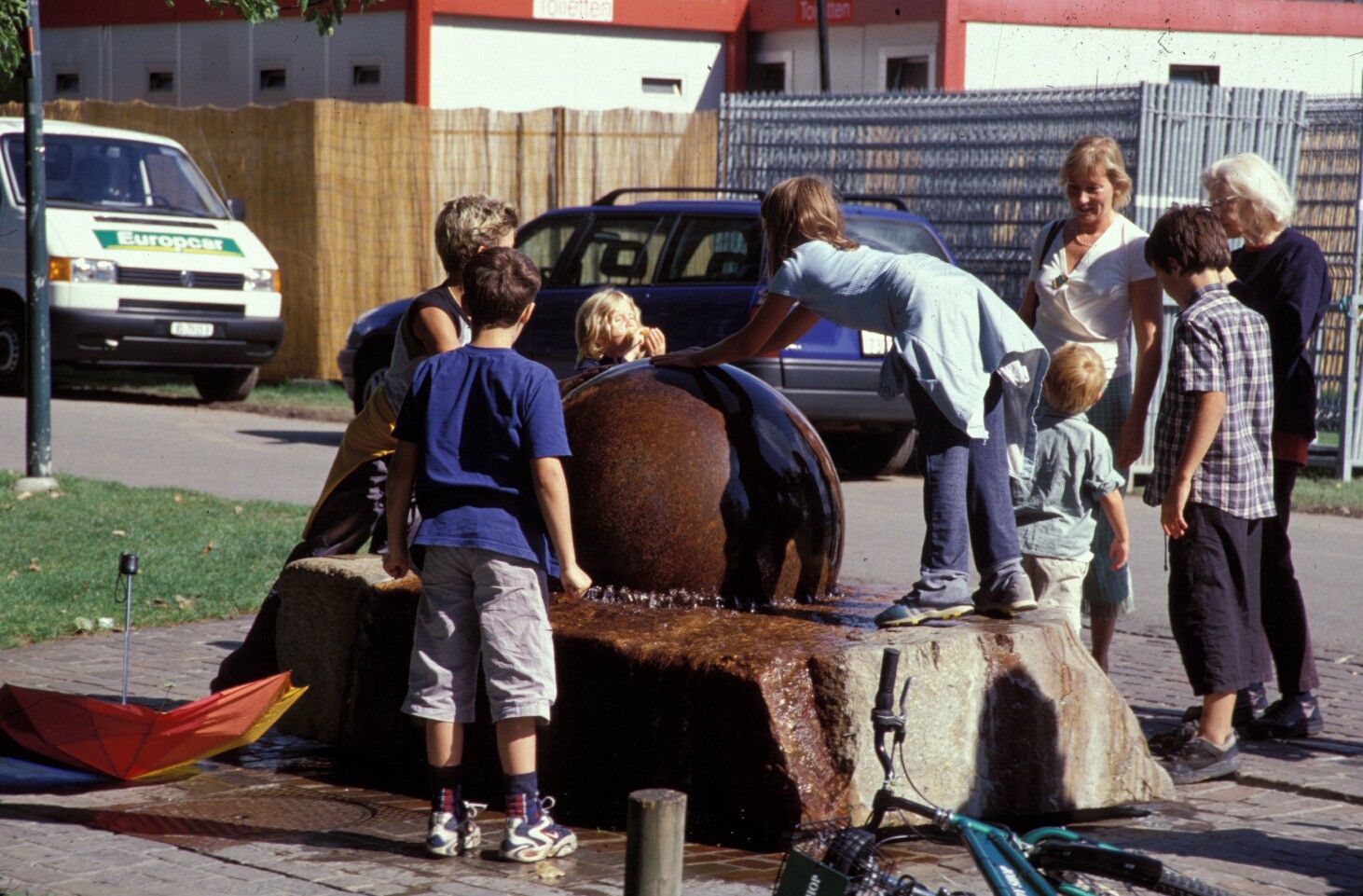
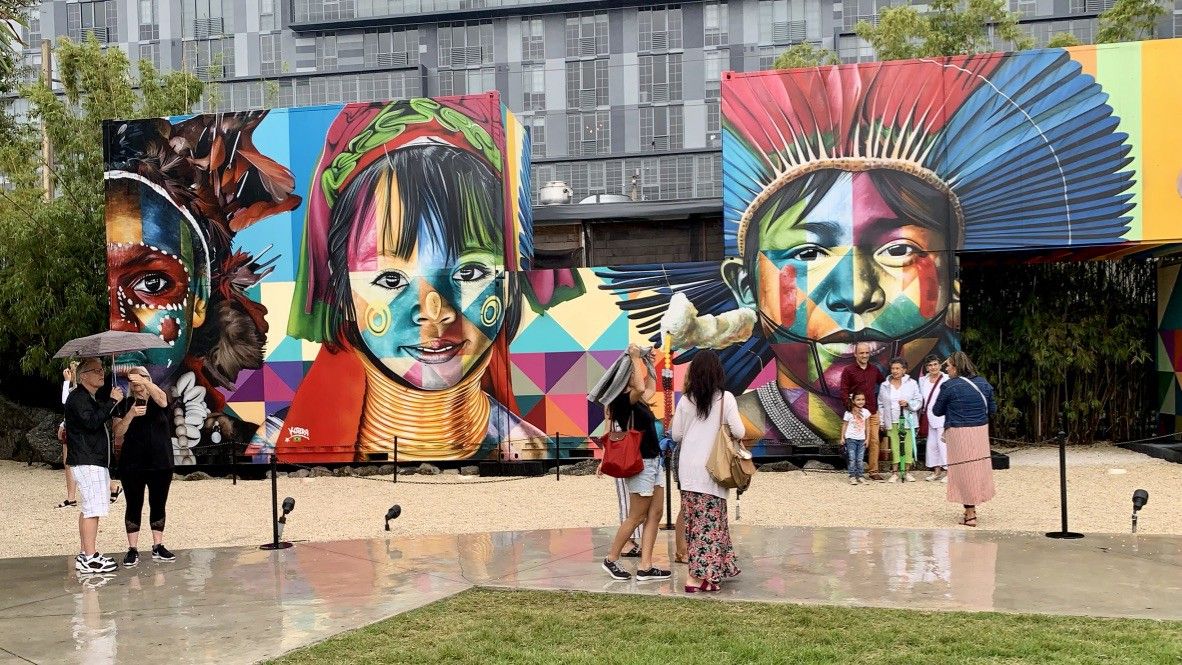
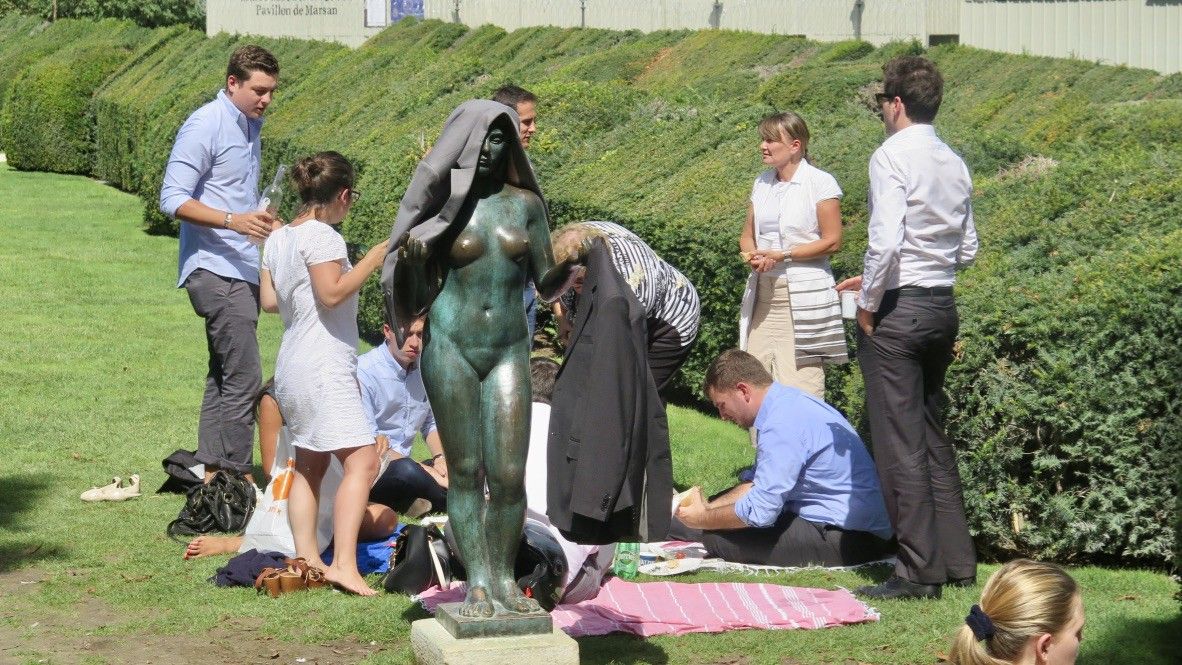
(Clockwise from upper left) a fountain in the Victual Market of Munich; an intriguing sculpture in Venice; a hands-on water feature in Vienna; a new mural at the Wynwood Walls in Miami; and a favorite picnic spot in Paris’s Tuileries Garden.
The details of a city, whether where one lives or is passing through as a visitor, are often the stuff of both personal landmarks and shared legends: They appeal to us because they spark our imaginations and add a sense of charm or a story to a given place. They are often the very core of our memories of a place.
Tivoli Gardens, Copenhagen
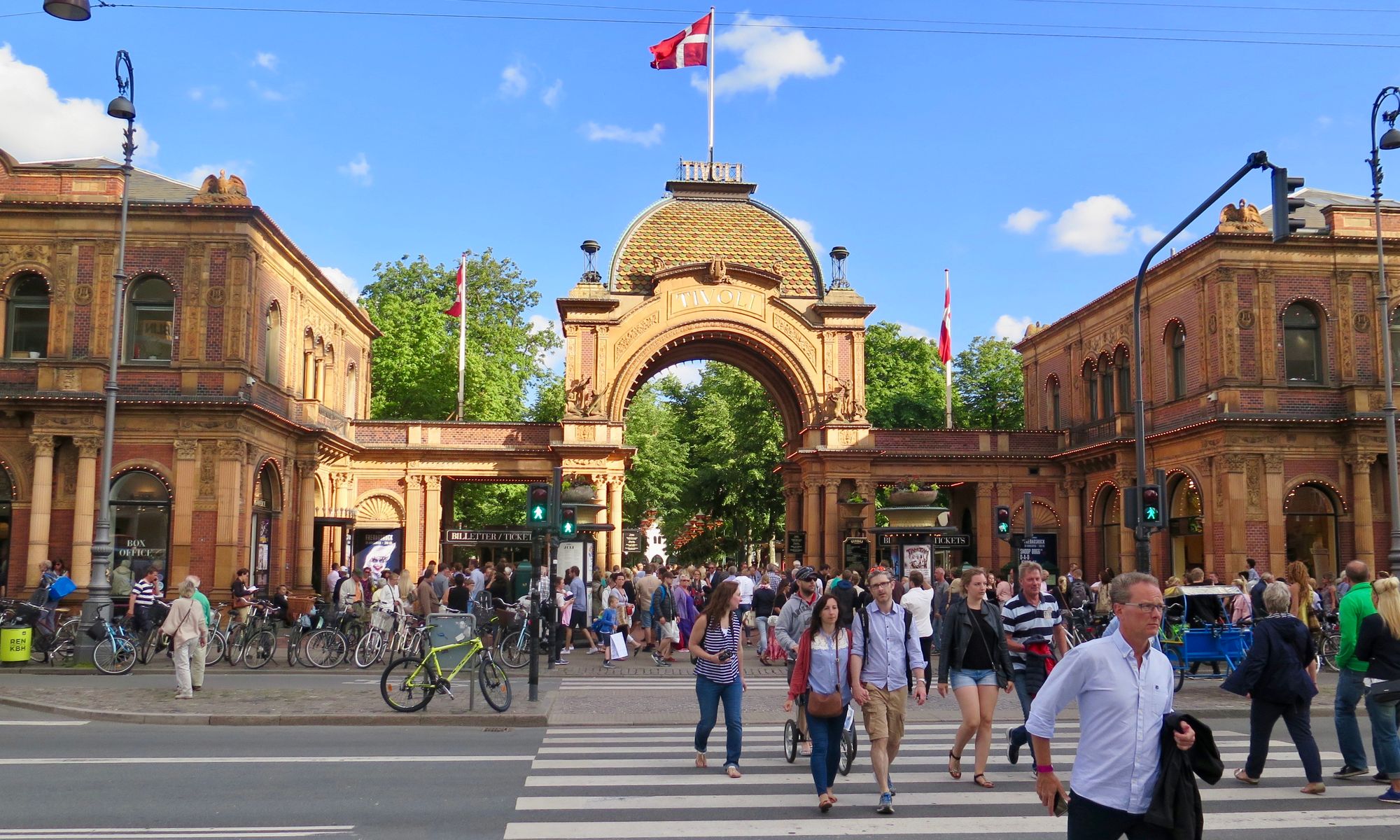
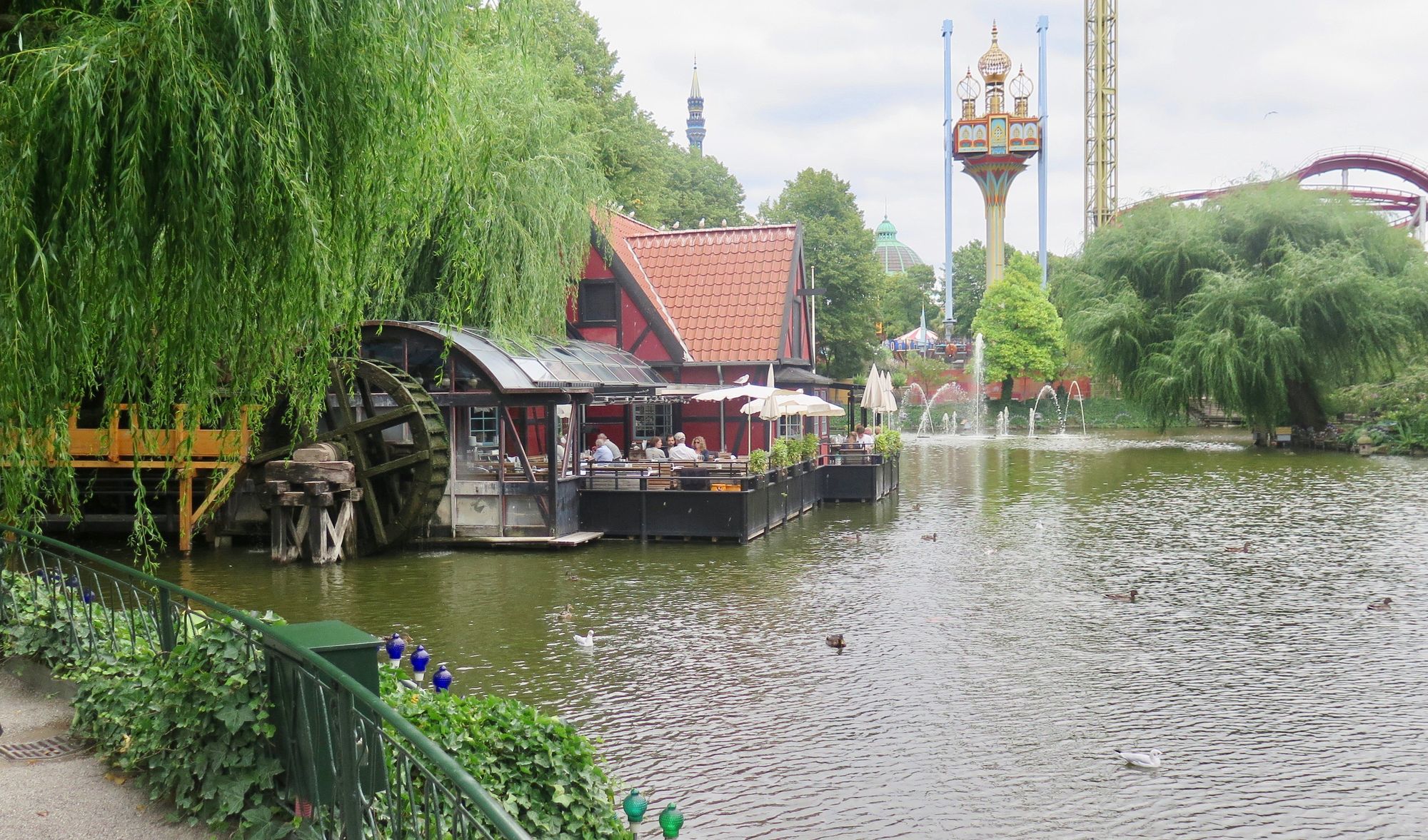
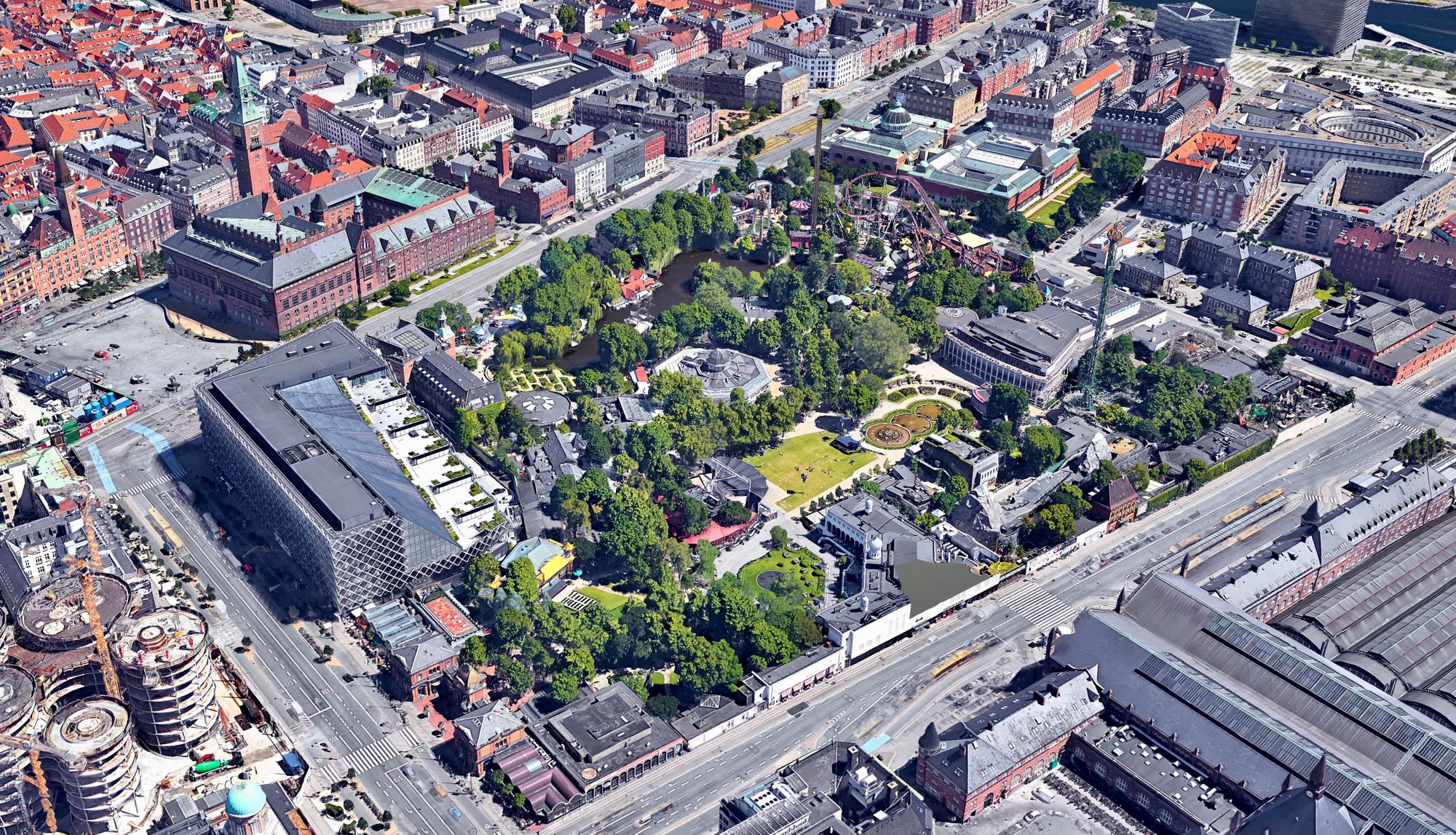
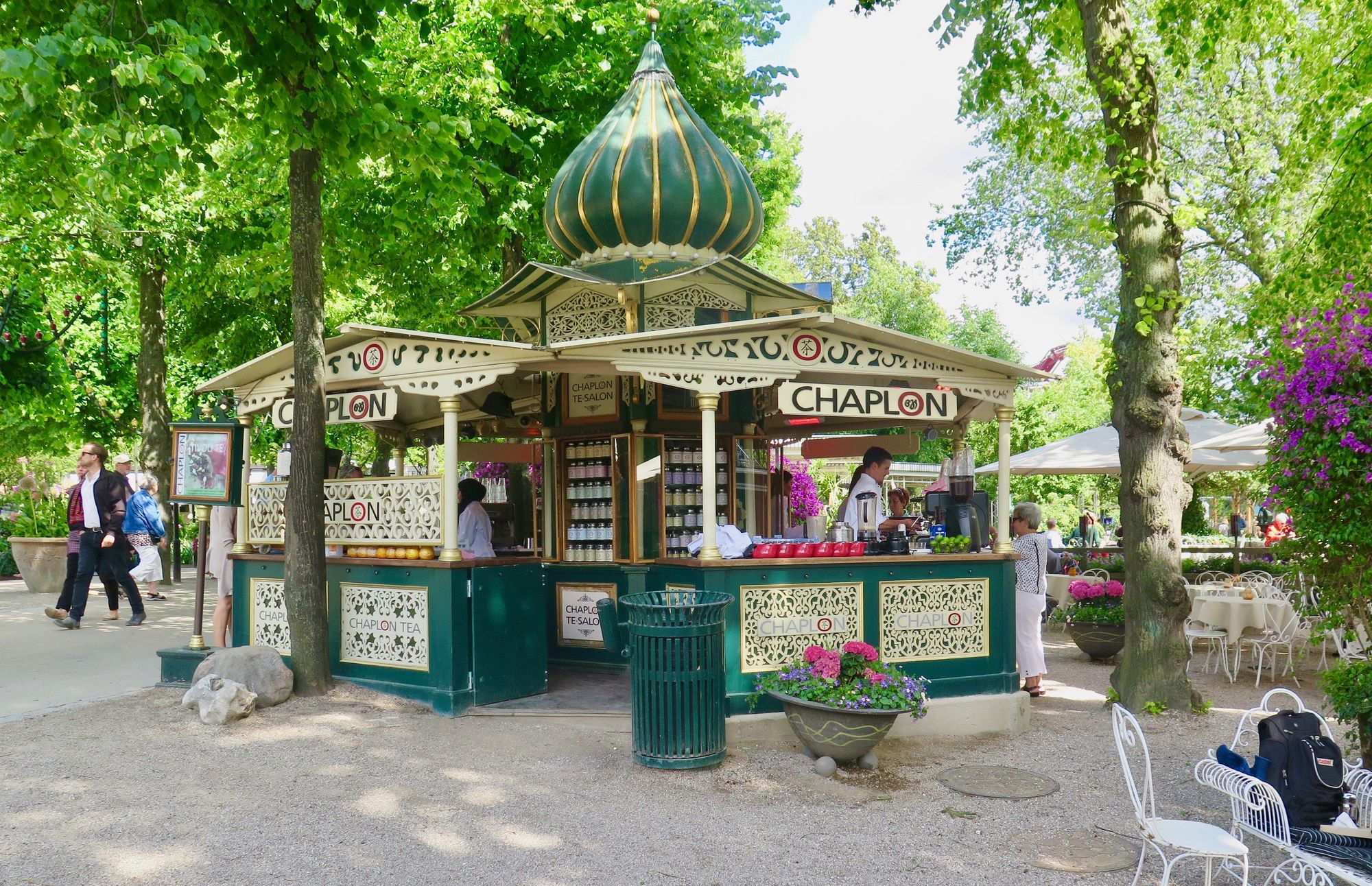
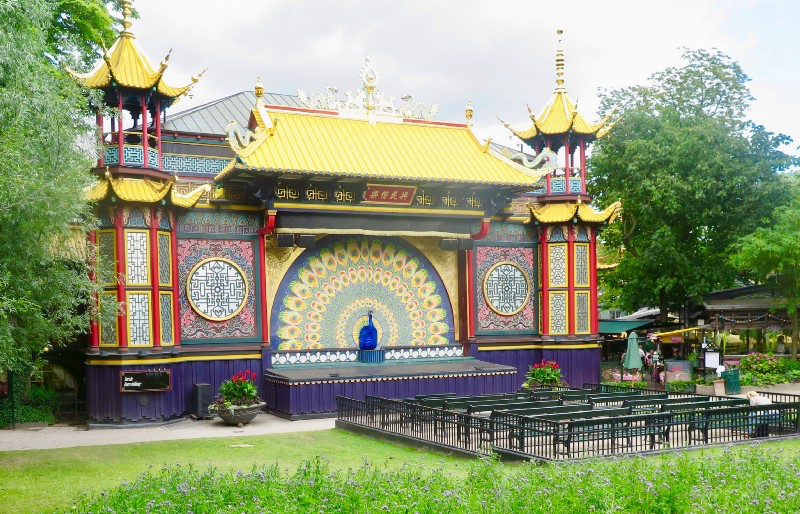
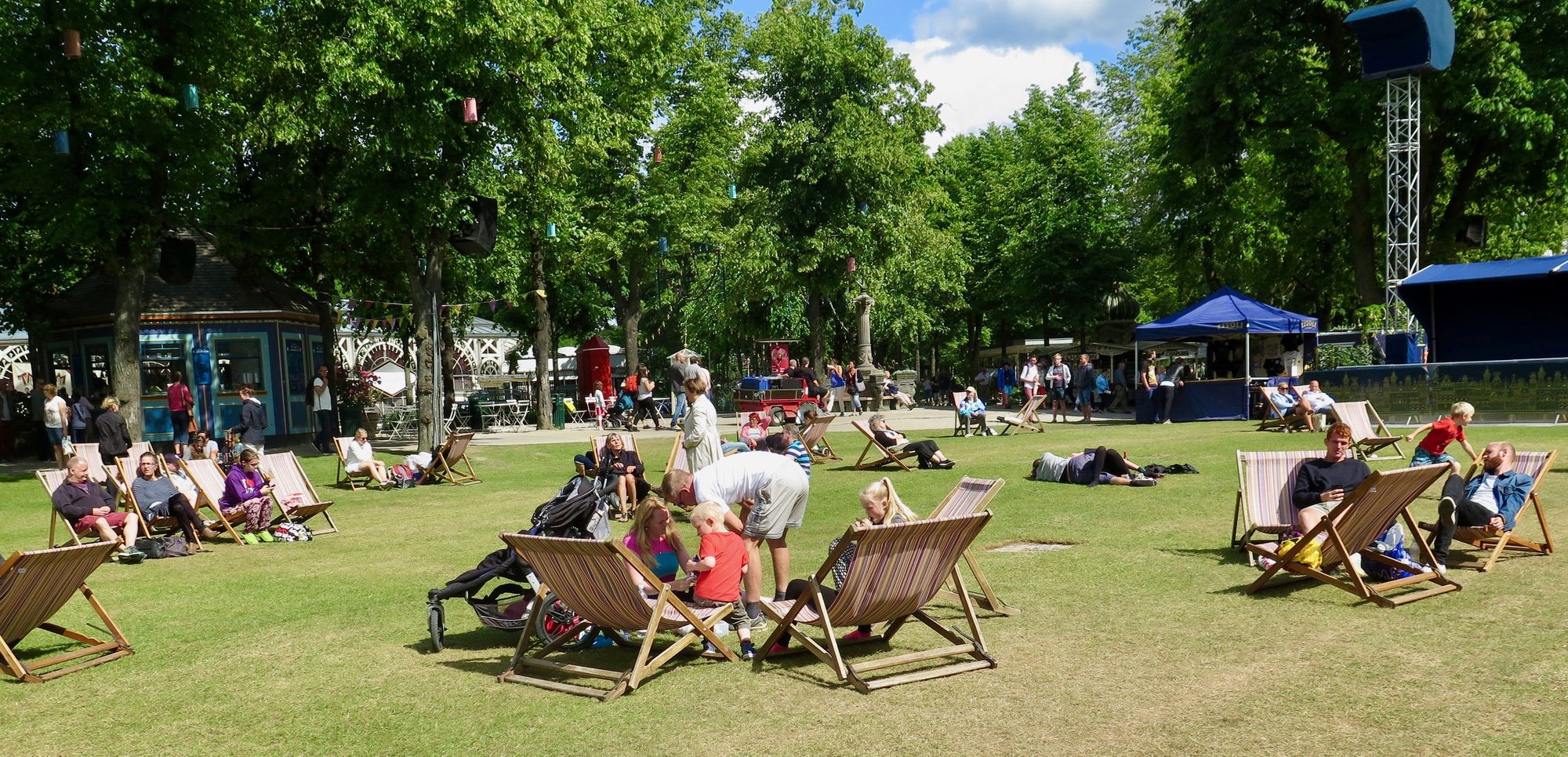
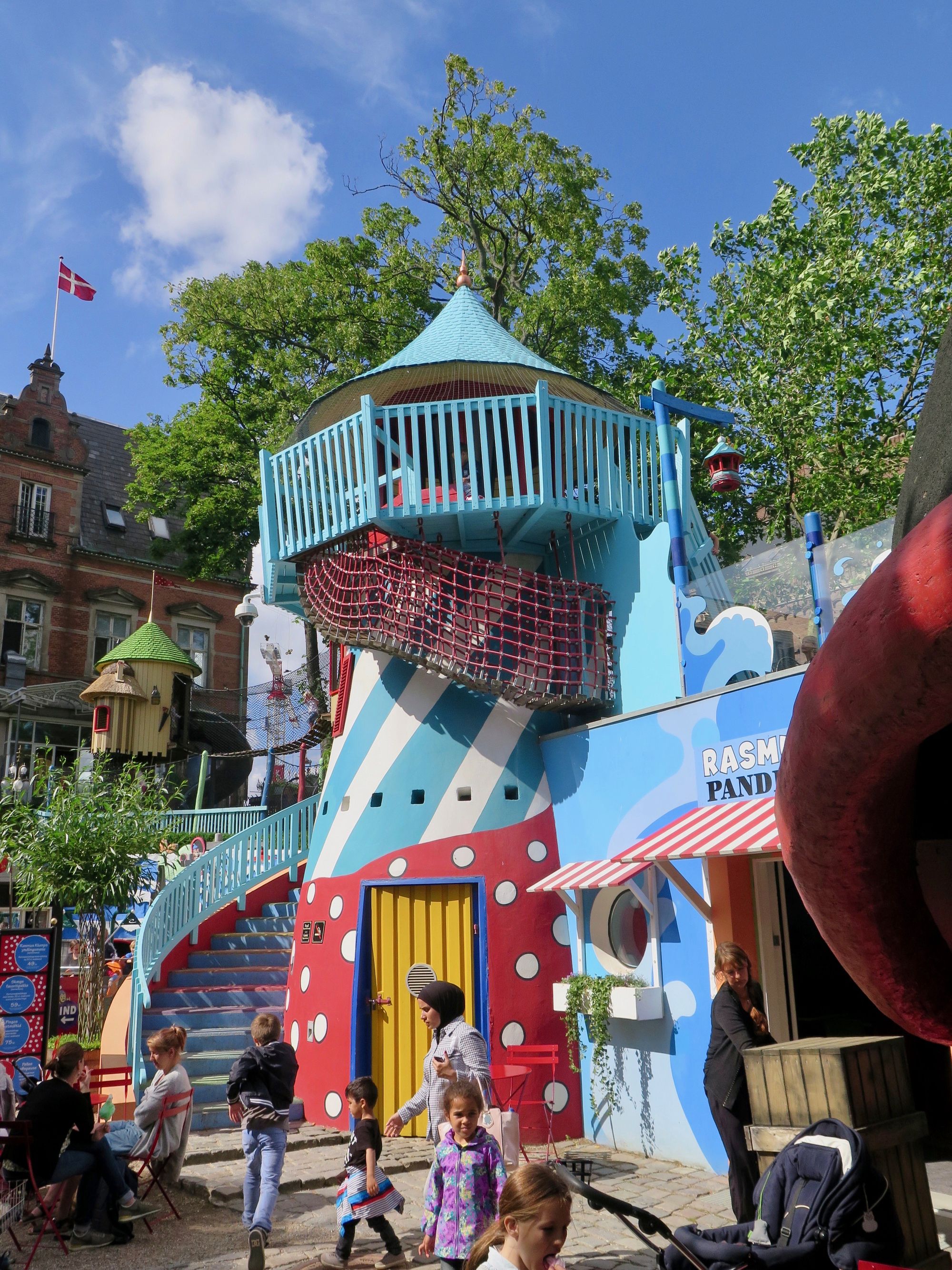
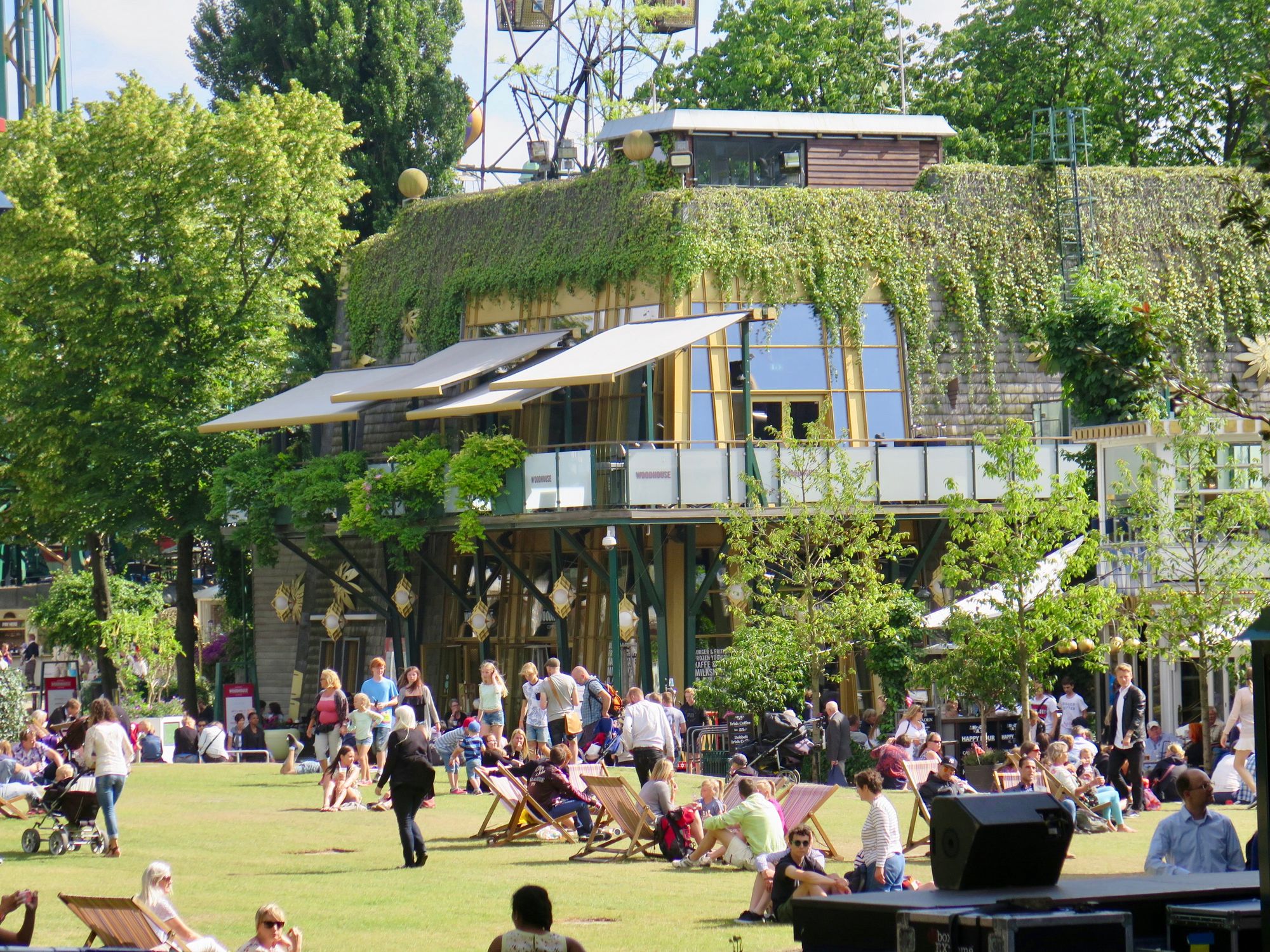
Fun times at Tivoli Gardens, Copenhagenc
9. Highlighting a Community’s Identity by Creating Great Amenities
Serving the the needs of residents and visitors alike is important to creating and maintaining great places. Paris has achieved the "Gold Standard" in this category, by placing amenities like seating, water features, public art, and bollards throughout the city. These features serve local populations as well as the many tourists who flock to the City of Light every year.
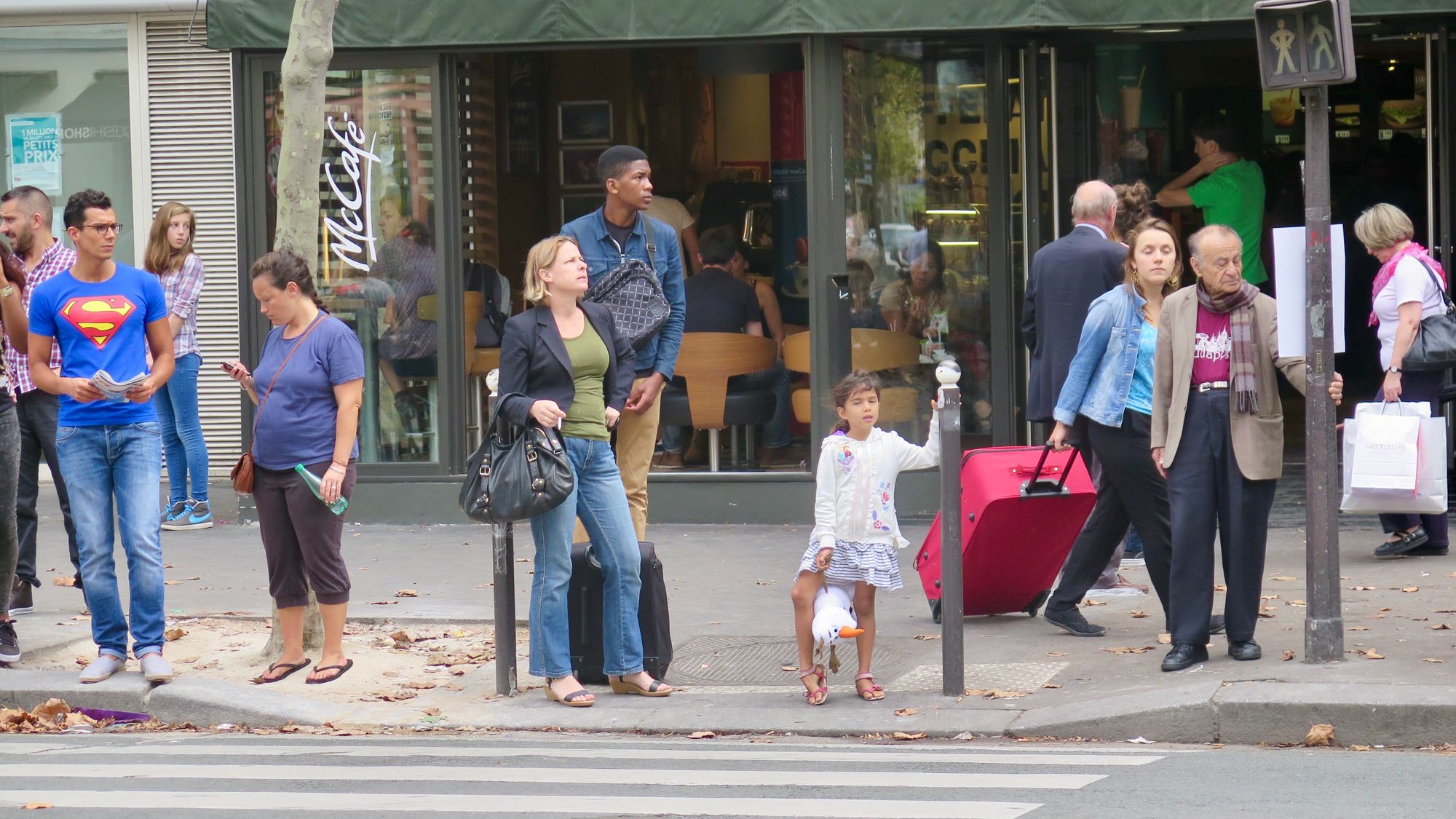
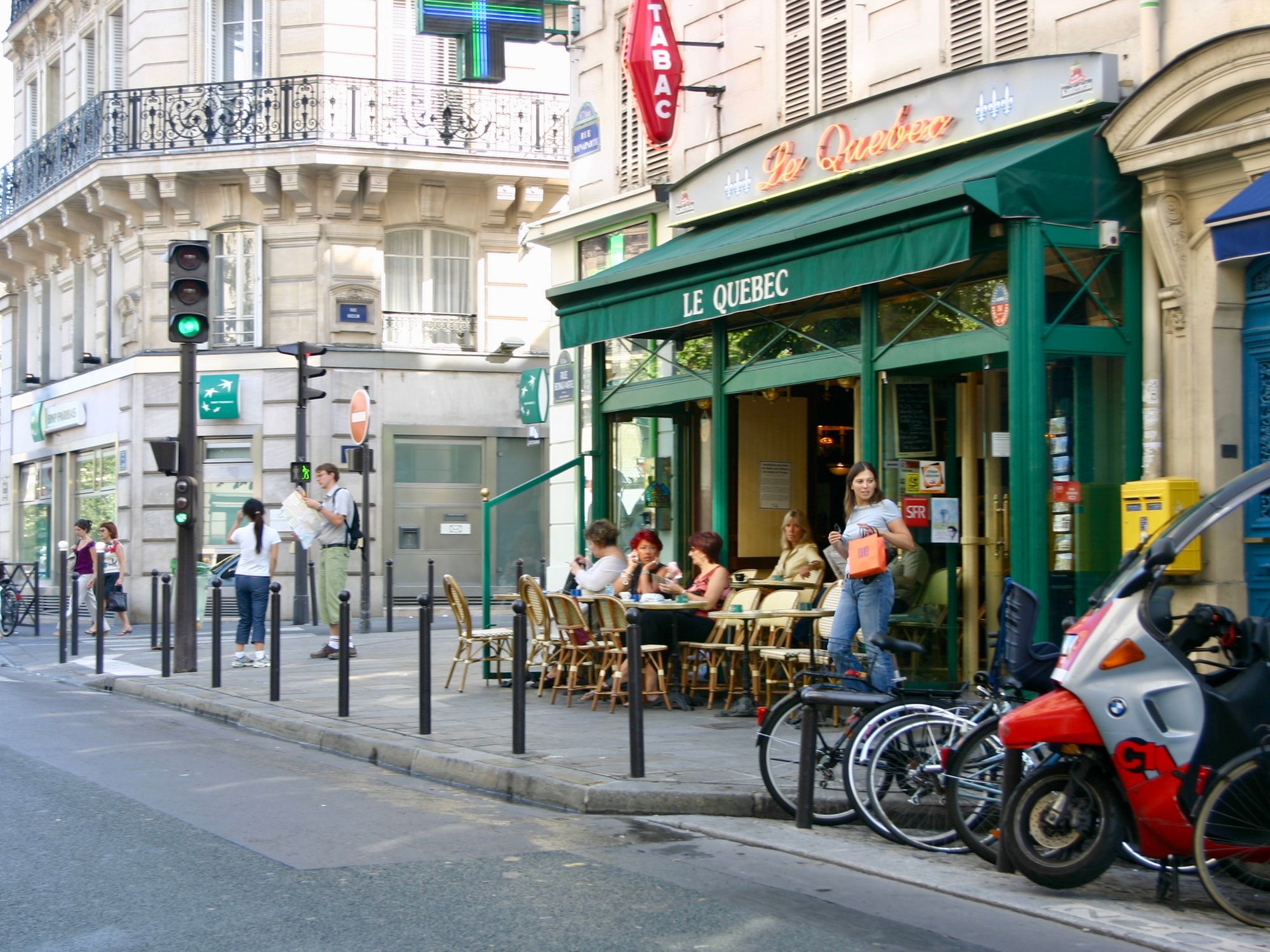
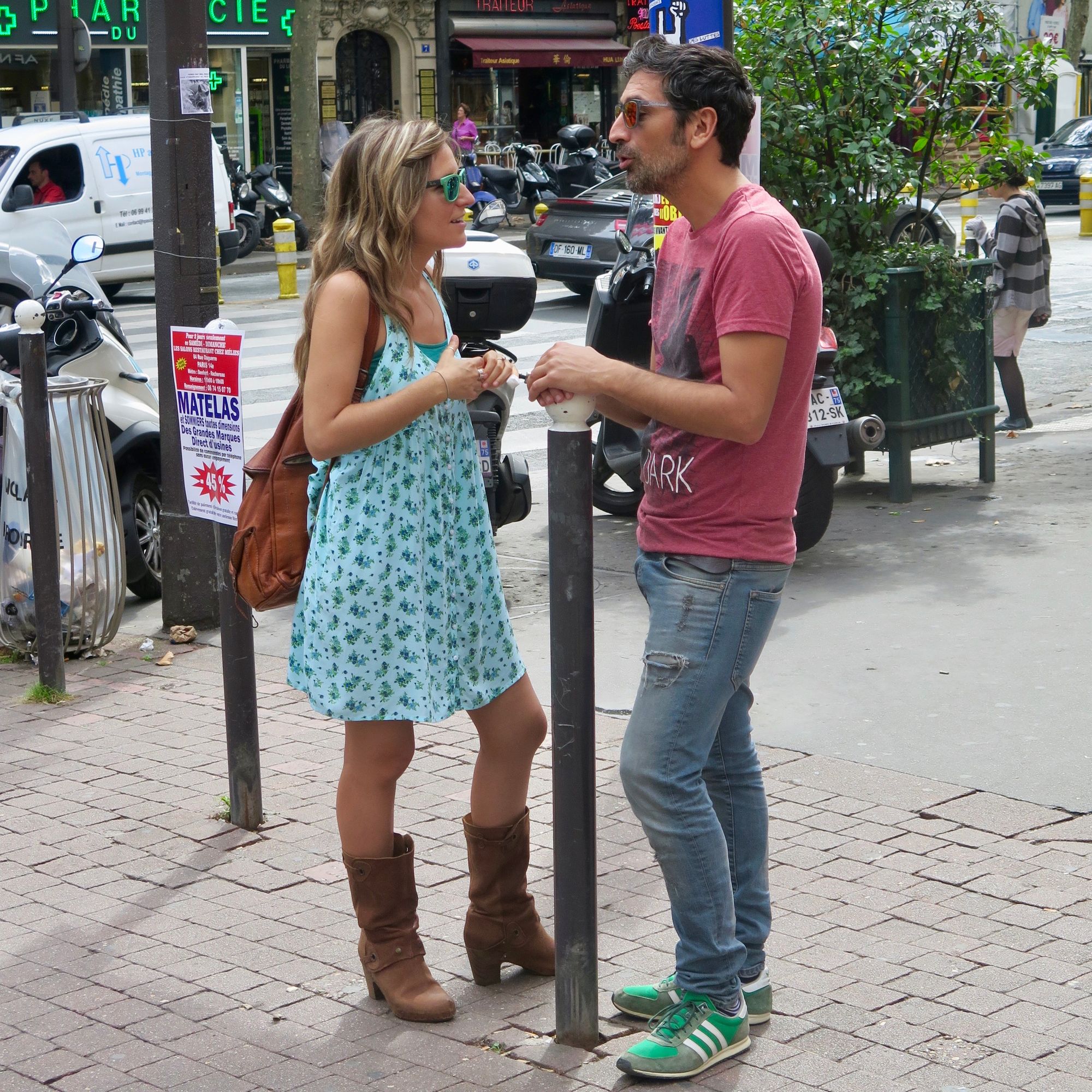
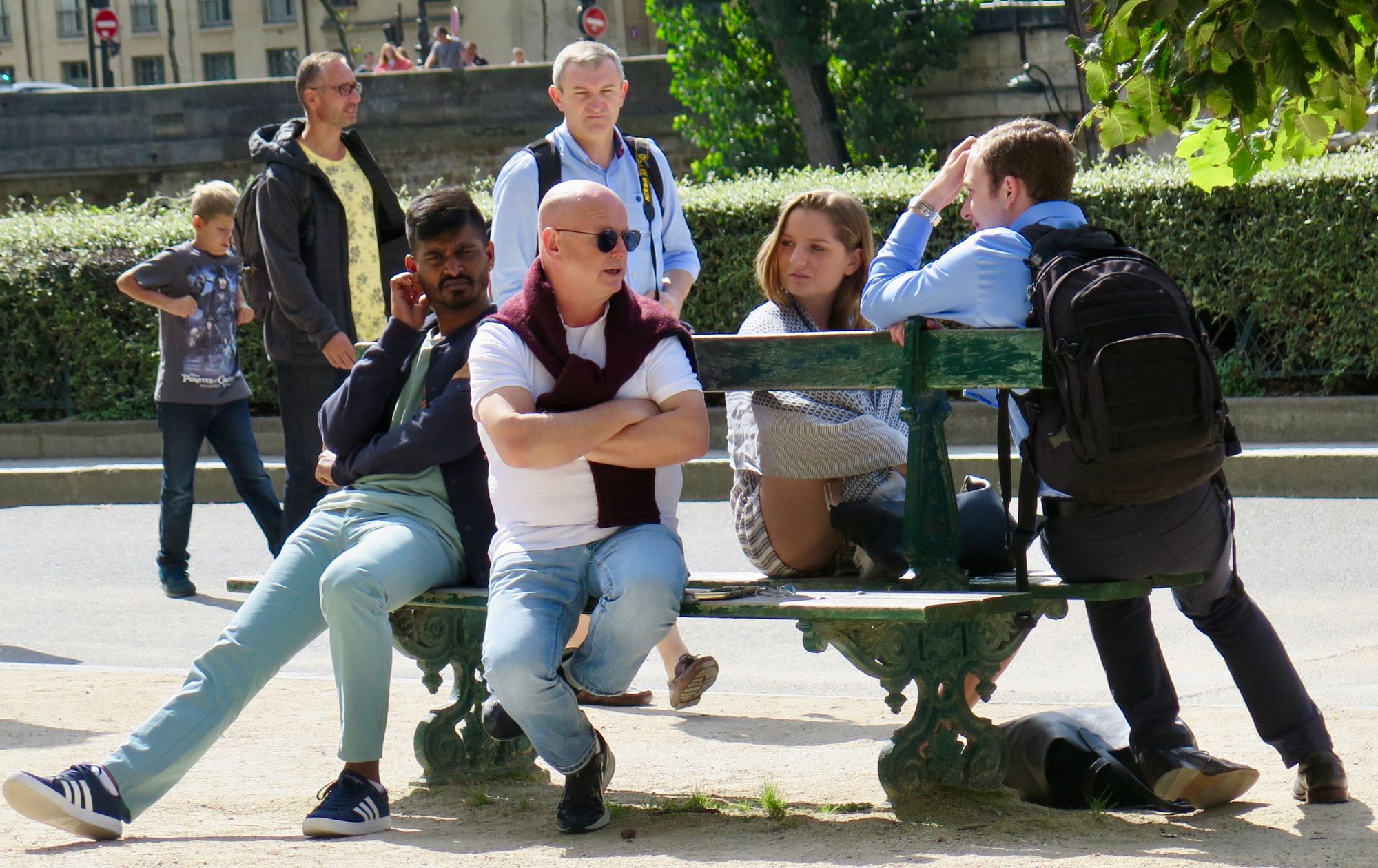
Bollards and seating in Paris.
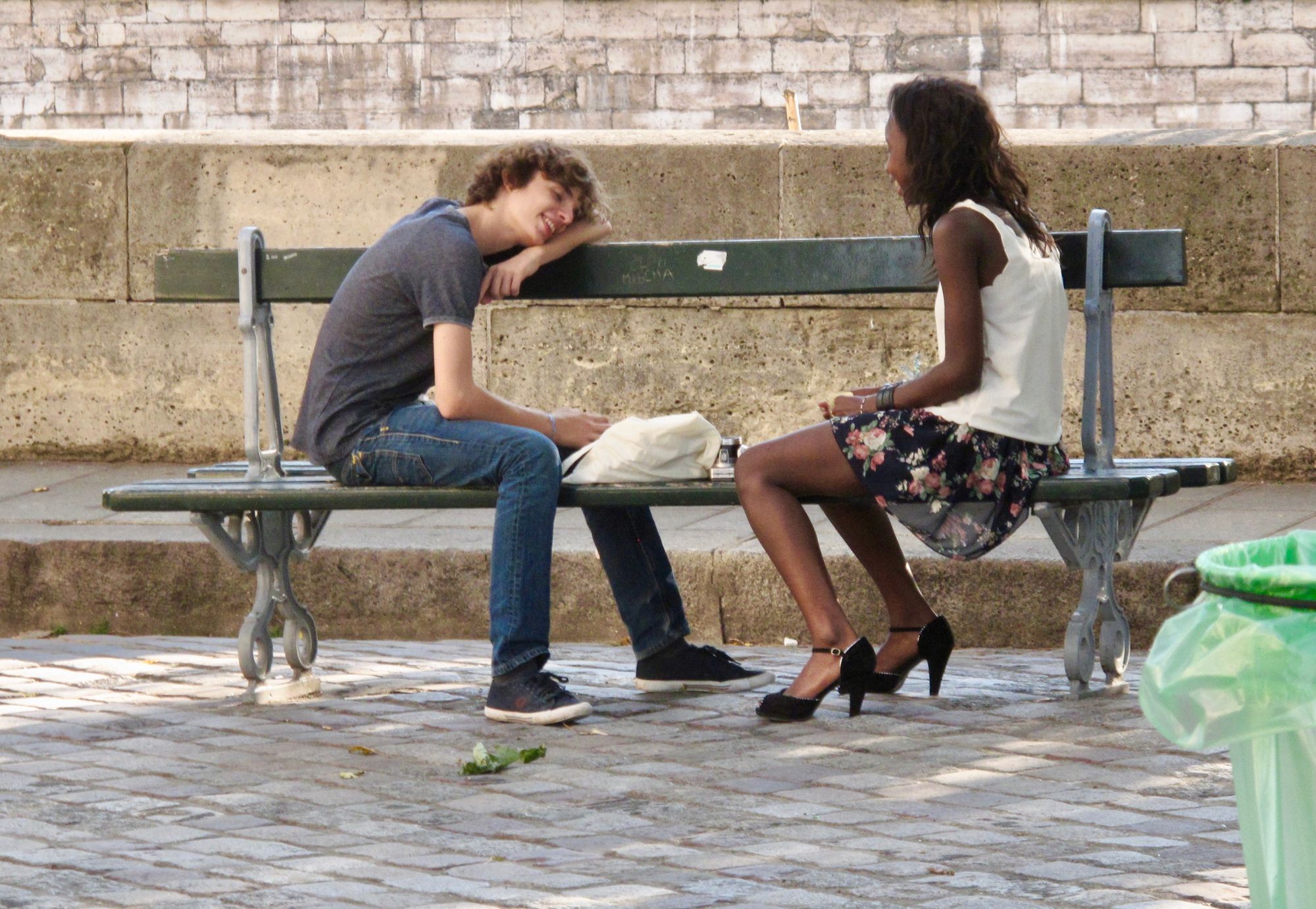
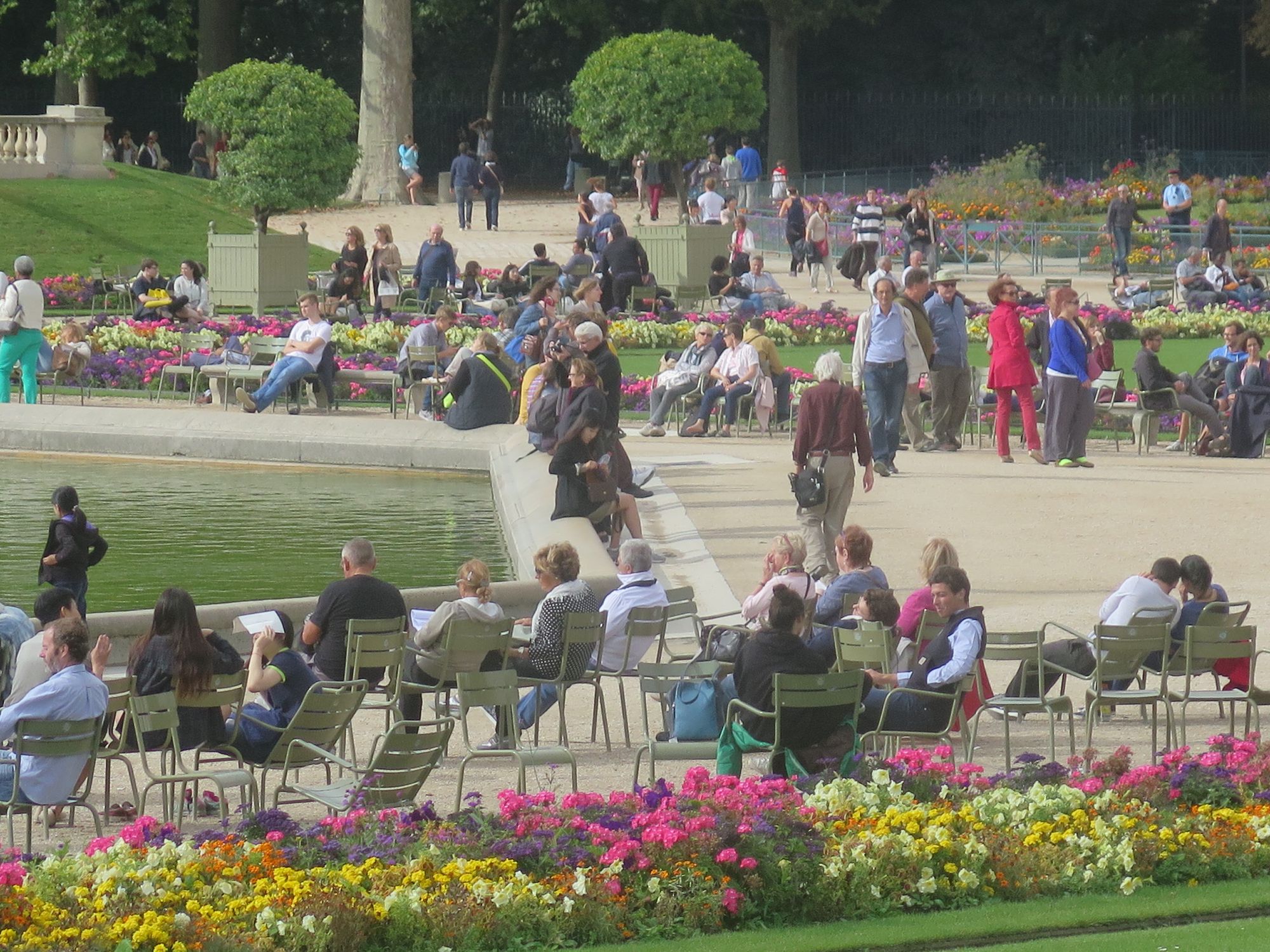
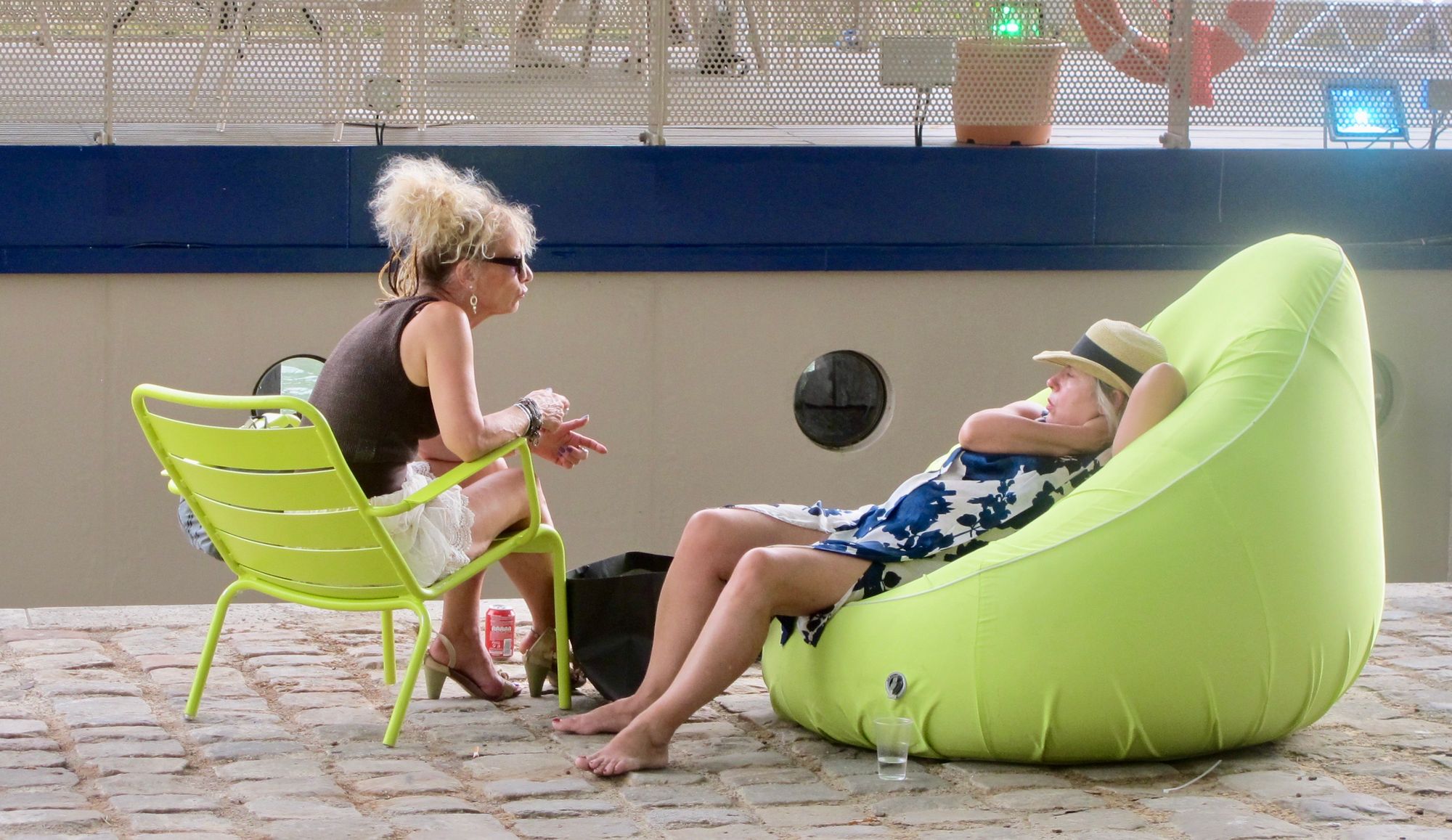
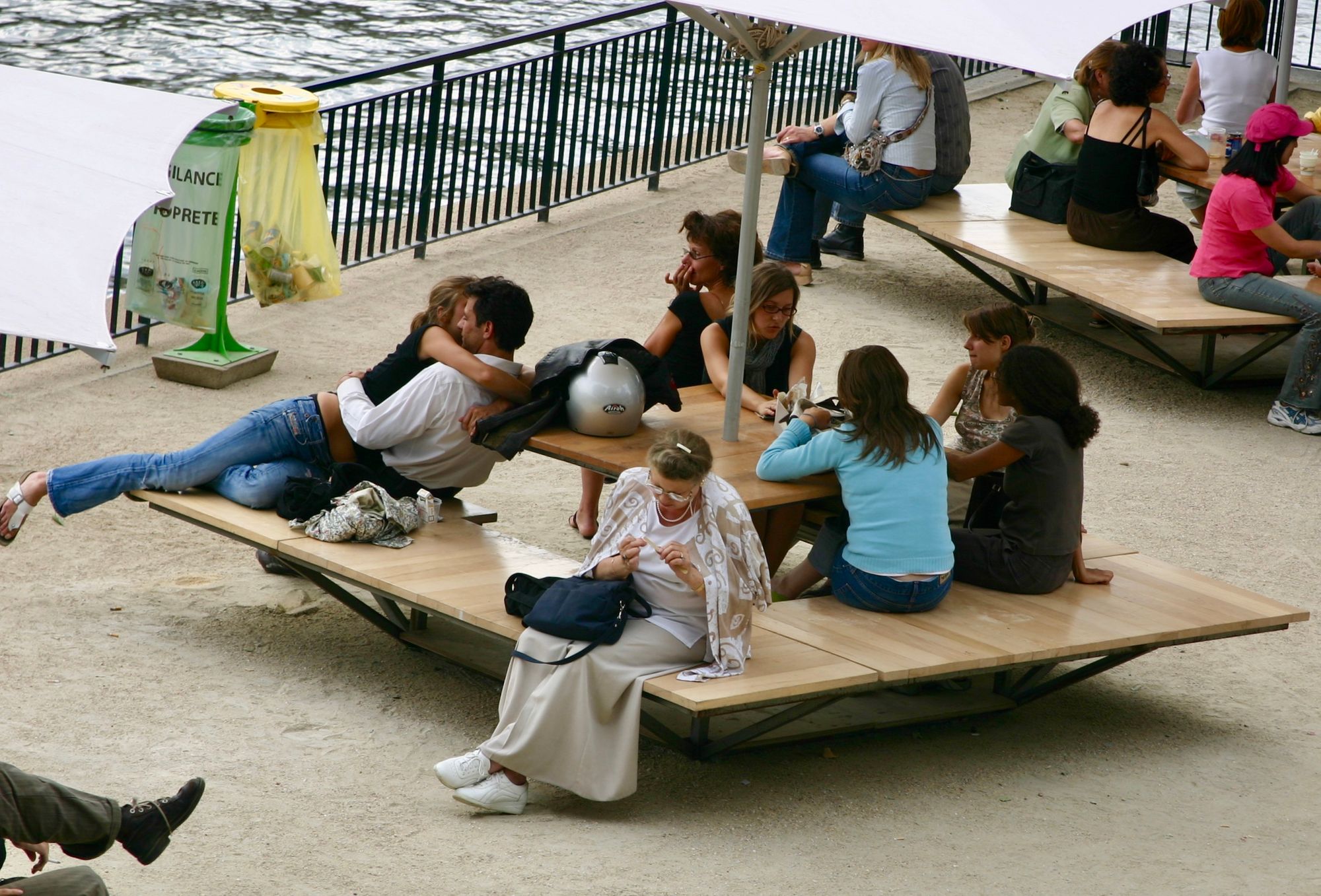
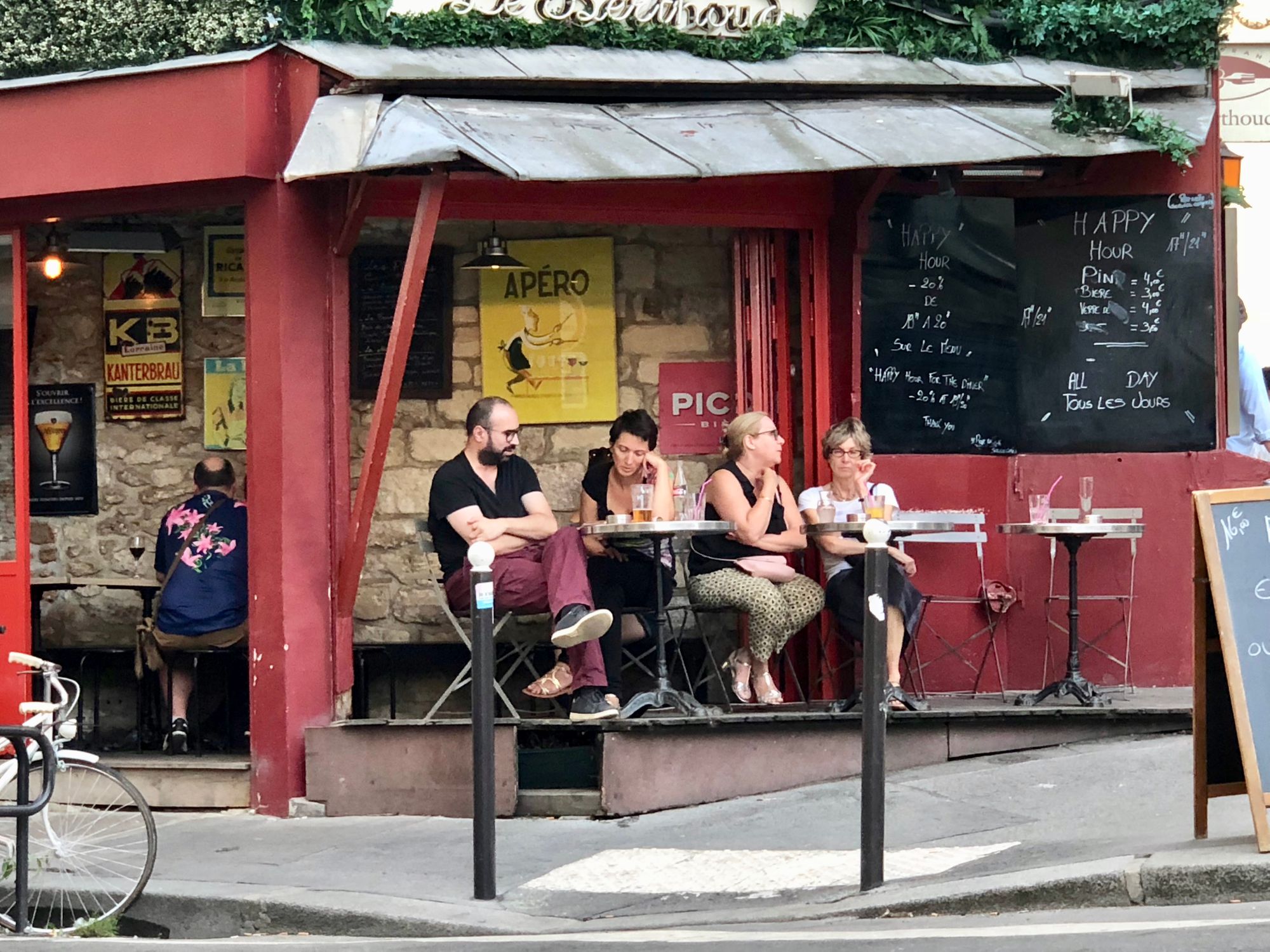
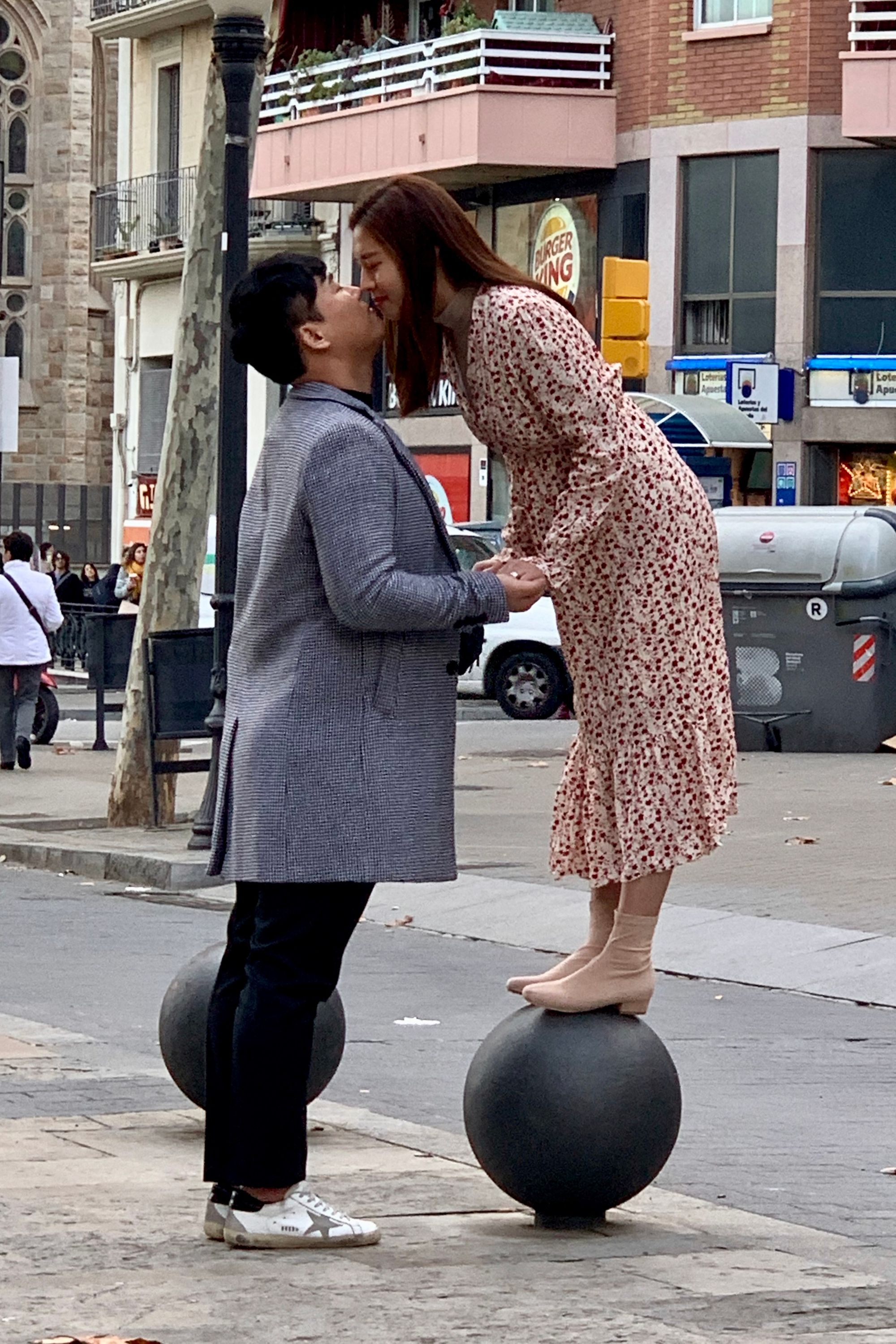
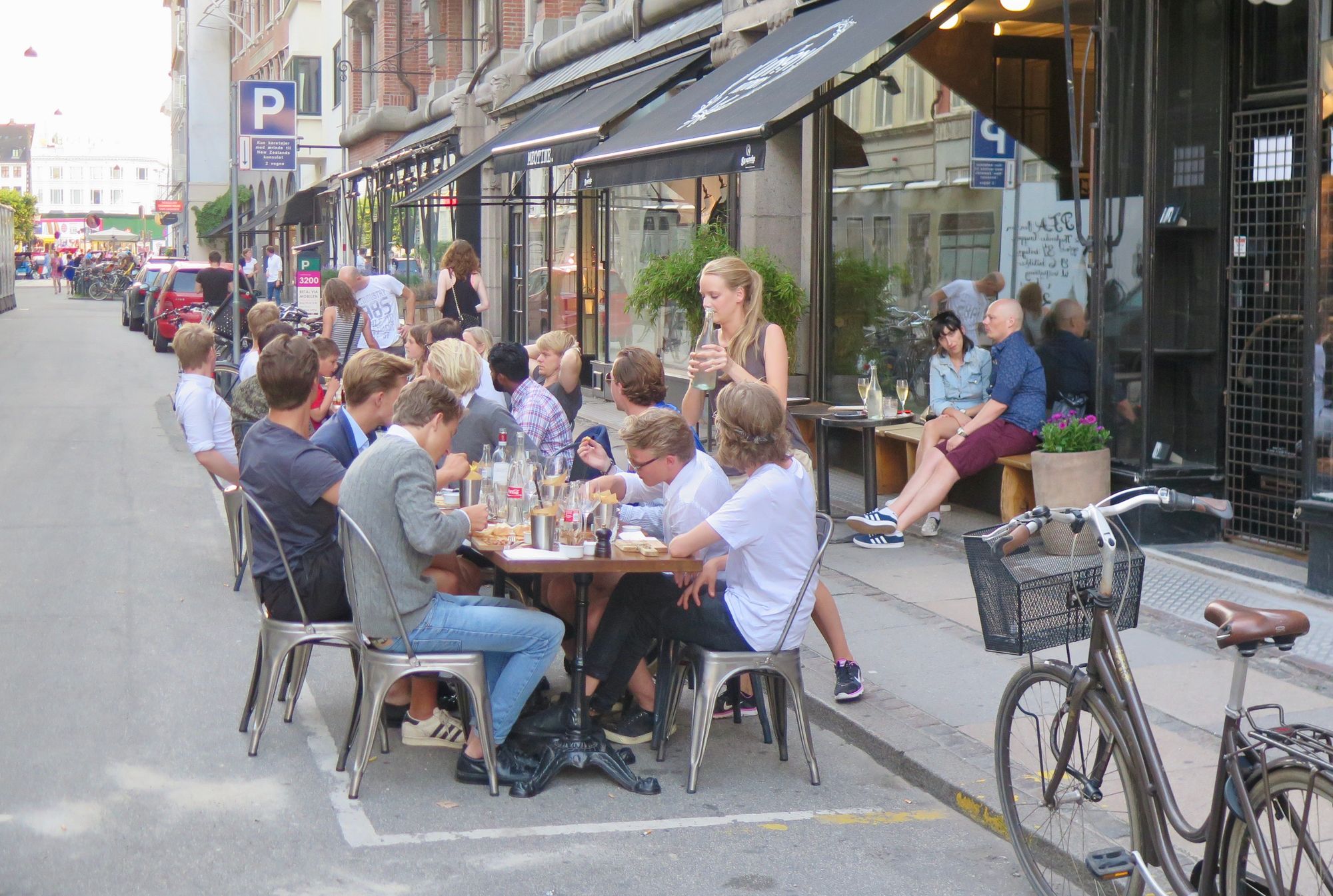
Paris (upper two rows), Barcelona (lower left), and Stockholm (lower right).
But Paris isn't alone in seeing the benefit to things like chairs and tables open to public use—the results are fairly obvious. If there are places to sit, people will sit. And the more comfortable and accessible a space, the more public life it attracts.
But compared to seating, things like bollards might pass unseen as far as amenities go. Happily, "practical" items like bollards often serve purposes beyond what was intended as part of their initial design: They go beyond their safety-related purposes to become something to lean on while chatting with a friend, or stand on for a photo opportunity.
10. Creating Social Life for All
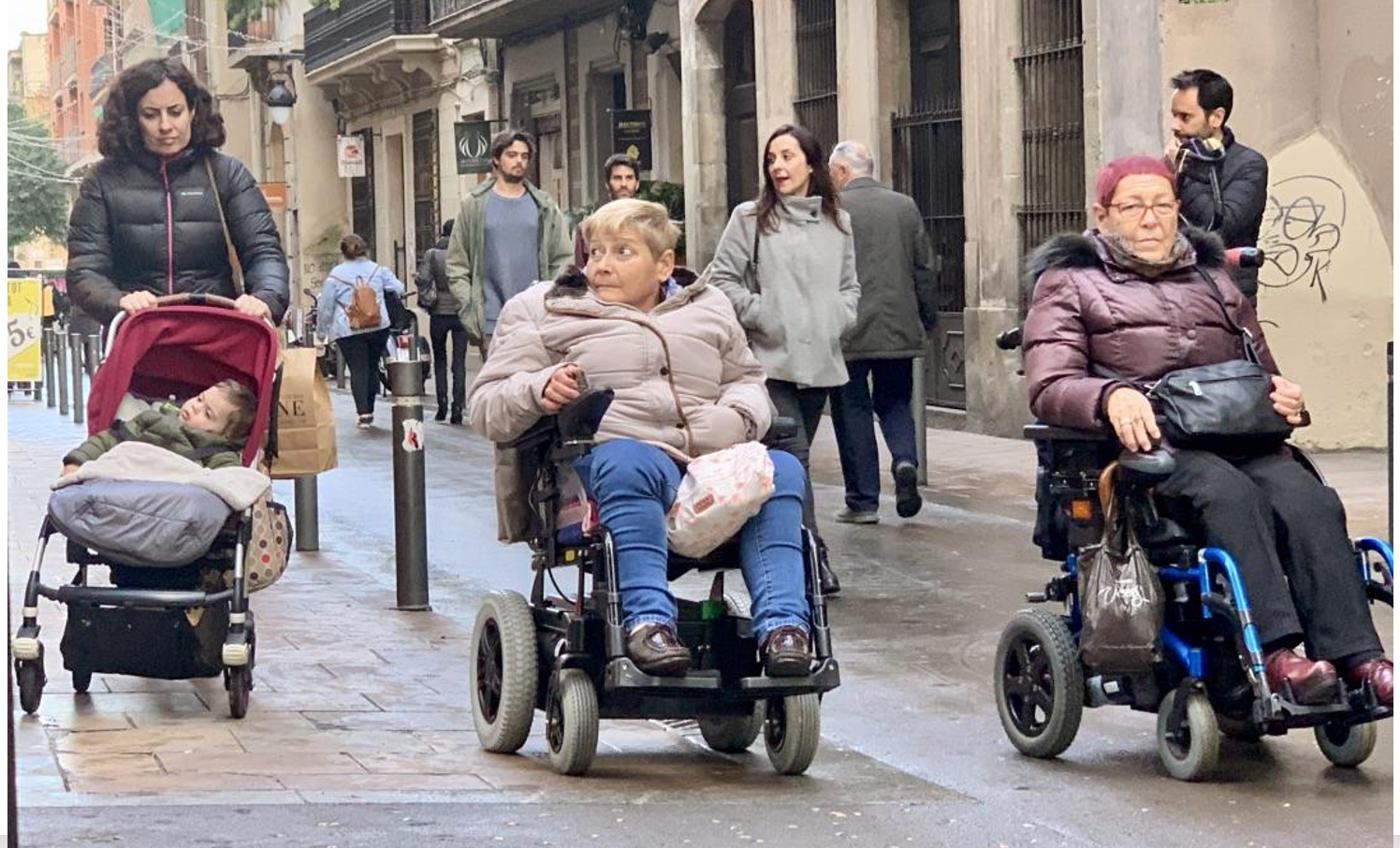
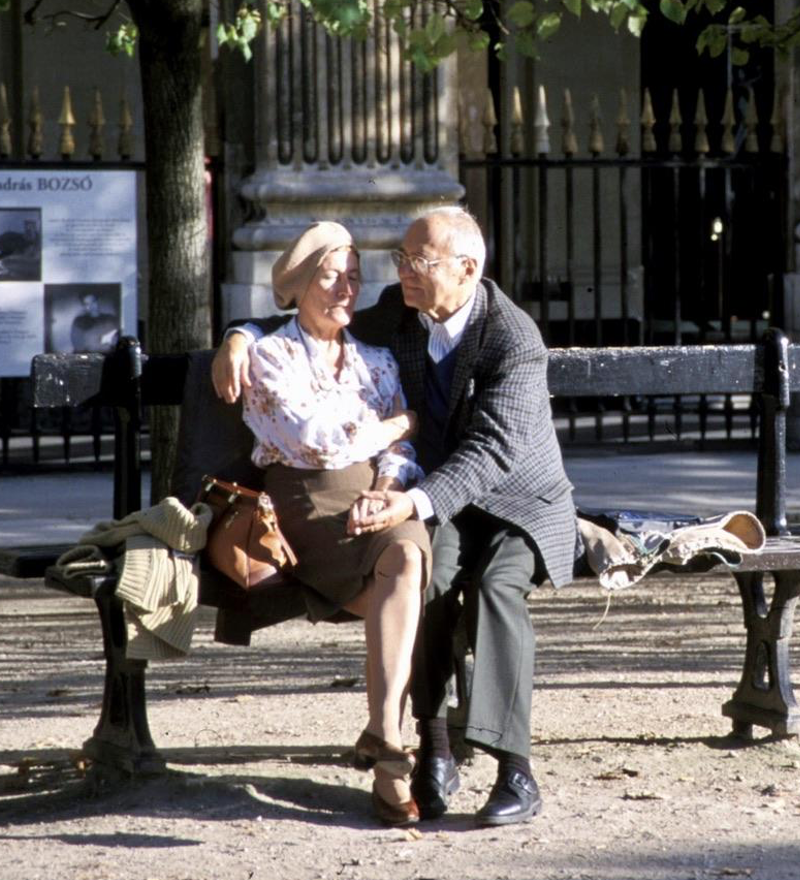
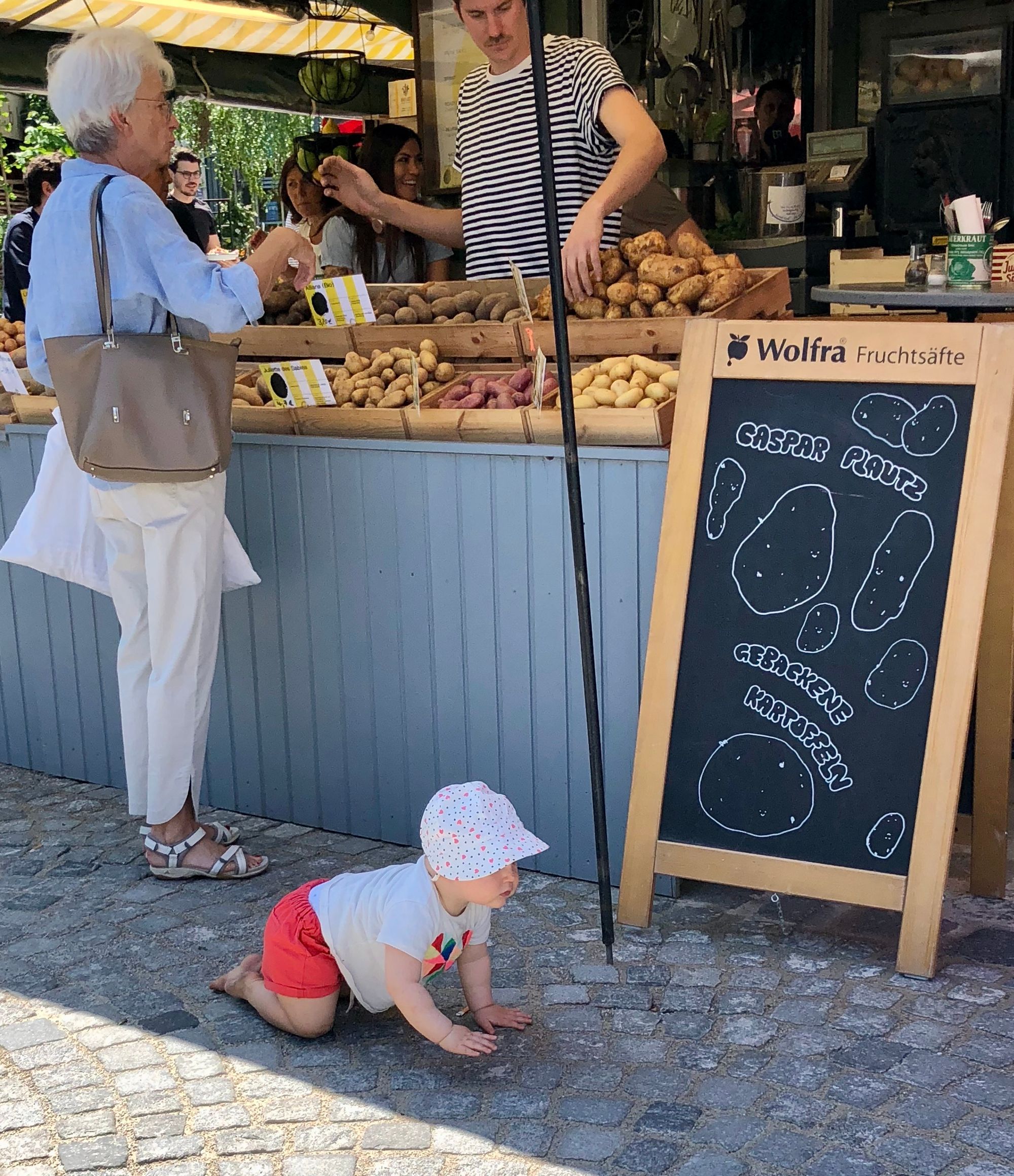
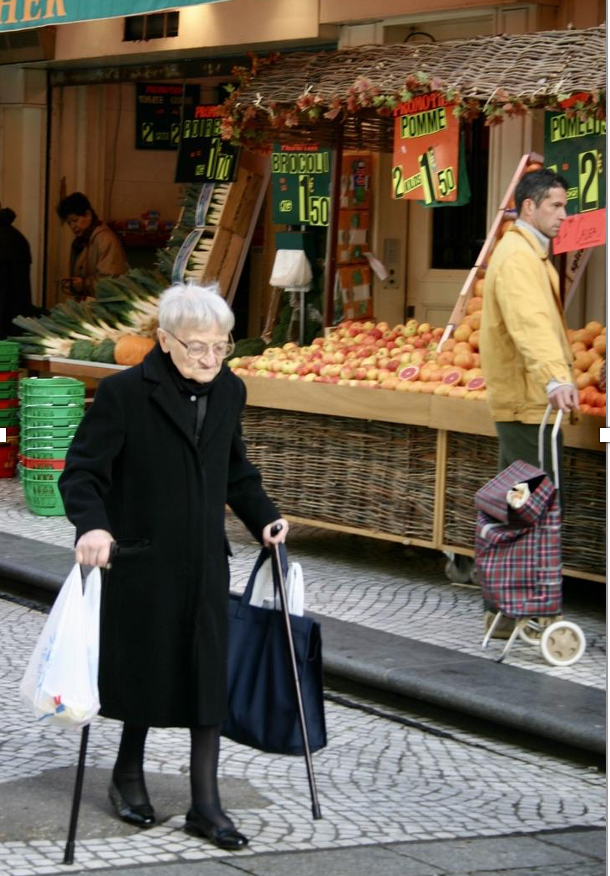
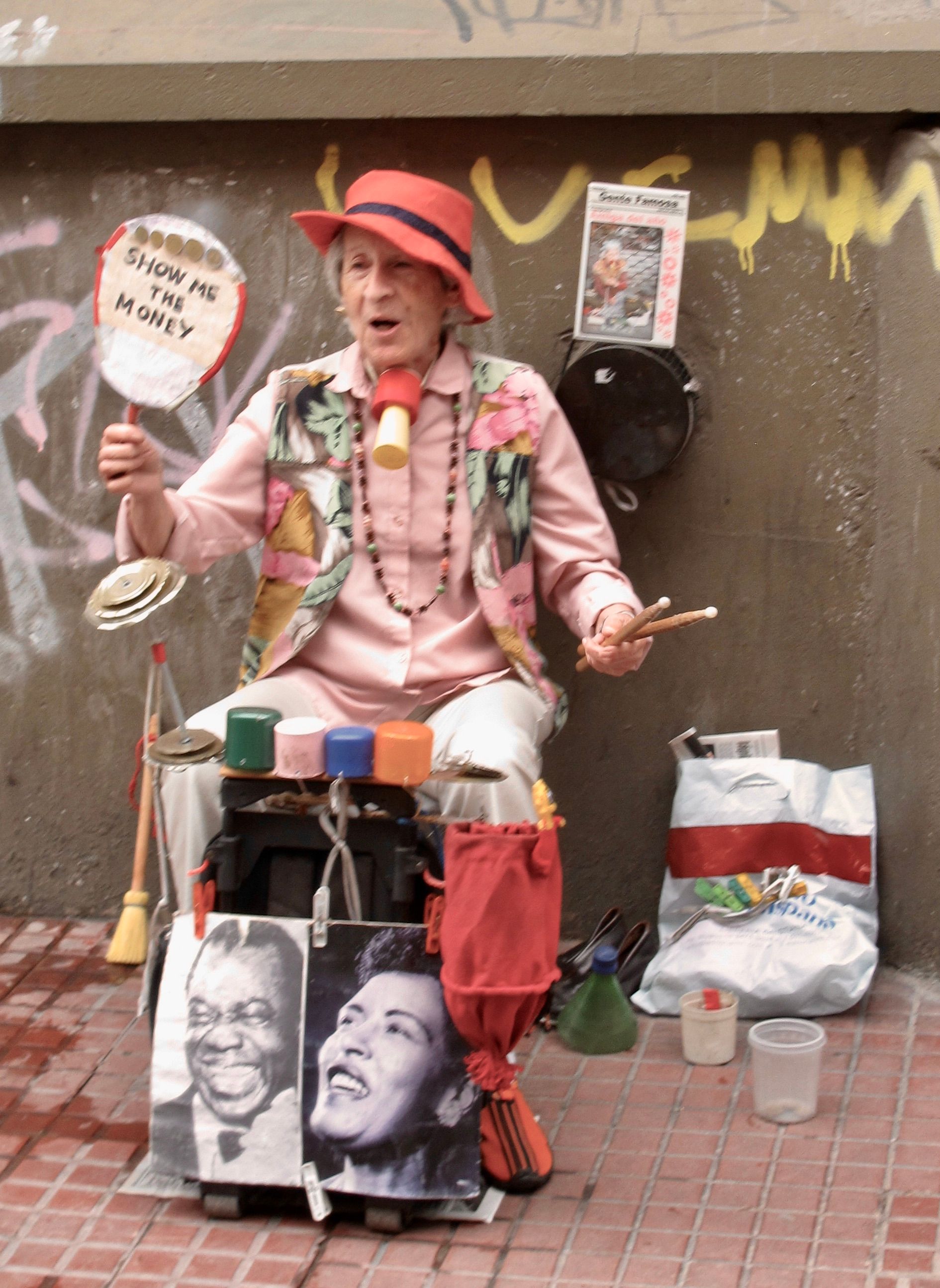
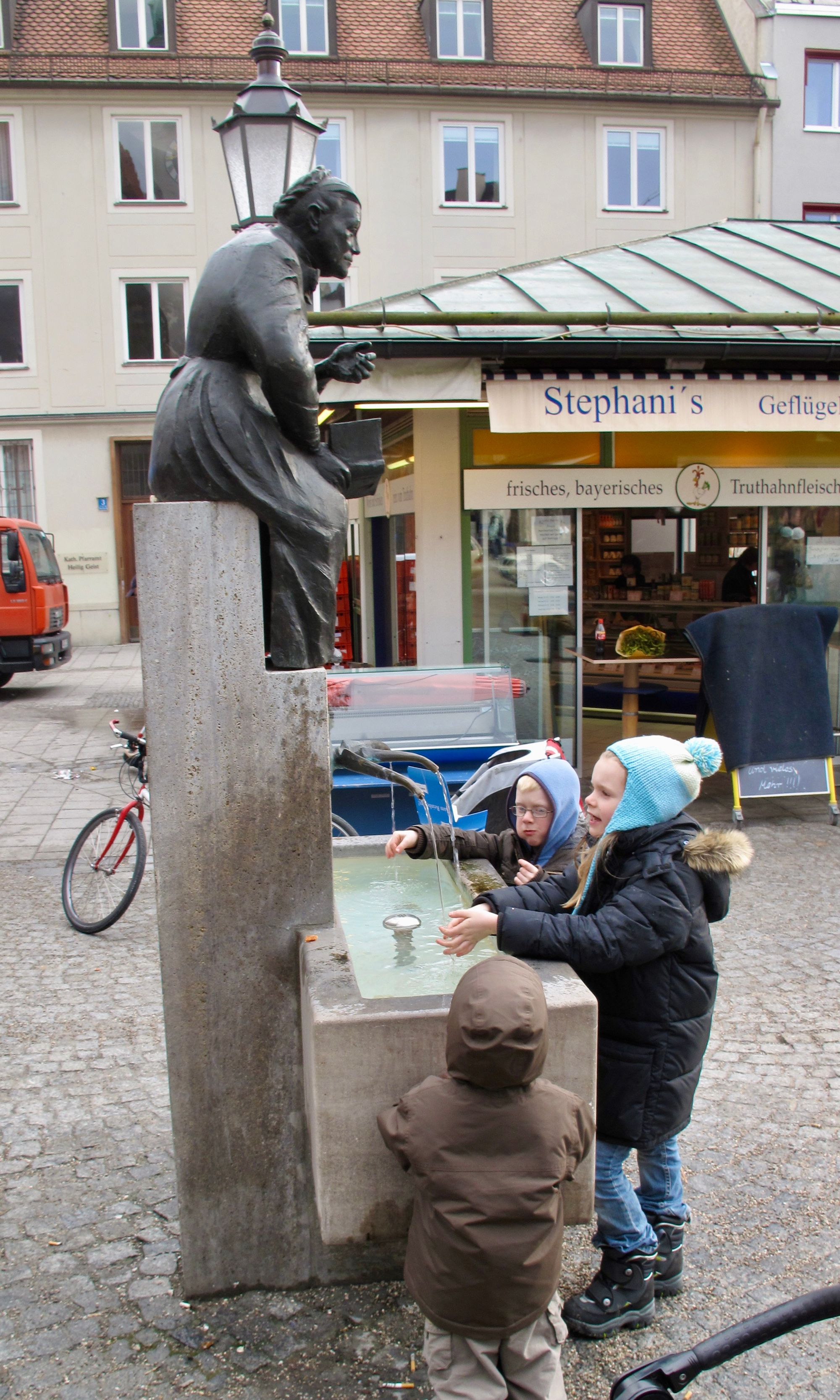
Paris and Barcelona.
Public space provides us with not only the imperative to do better on issues of social justice, but also the platform to make it happen. We can make our cities more just, accessible, and equitable places through the lens of public spaces. This is where the deep value of meaningful inclusion and accessibility comes into play: for people of all ages, races, abilities, gender expressions, nationalities, and migration backgrounds.
Making sure that all people are able to safely and comfortably visit a place, and to have a restful and fulfilling time there, is the absolute foundation to public spaces. Provisions for physical accessibility, as well as the elimination of social phenomena that might discourage people from spending time in a particular public space (i.e. law enforcement presence, prohibitive rules), are a place to start.
11. Having Fun
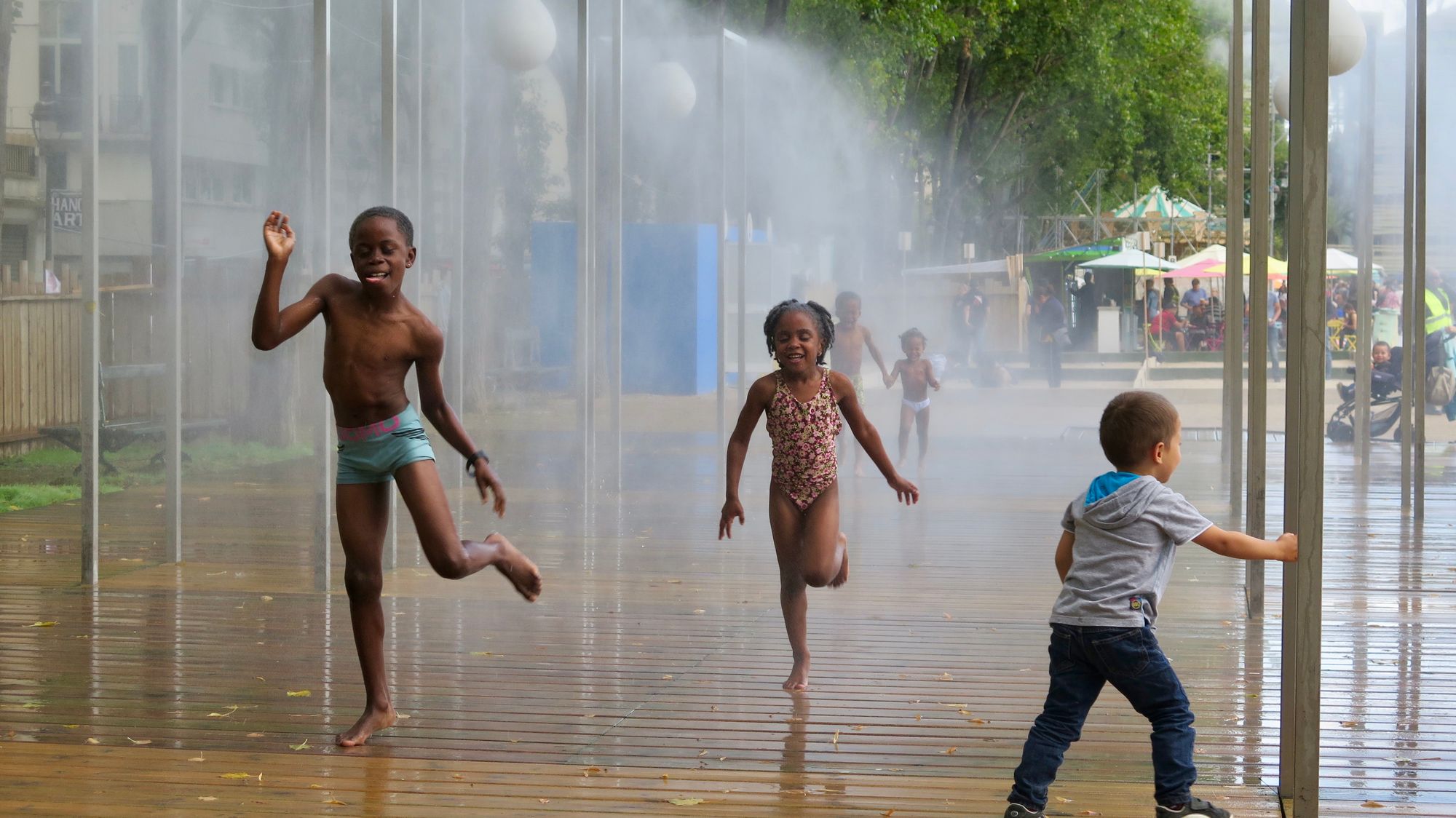
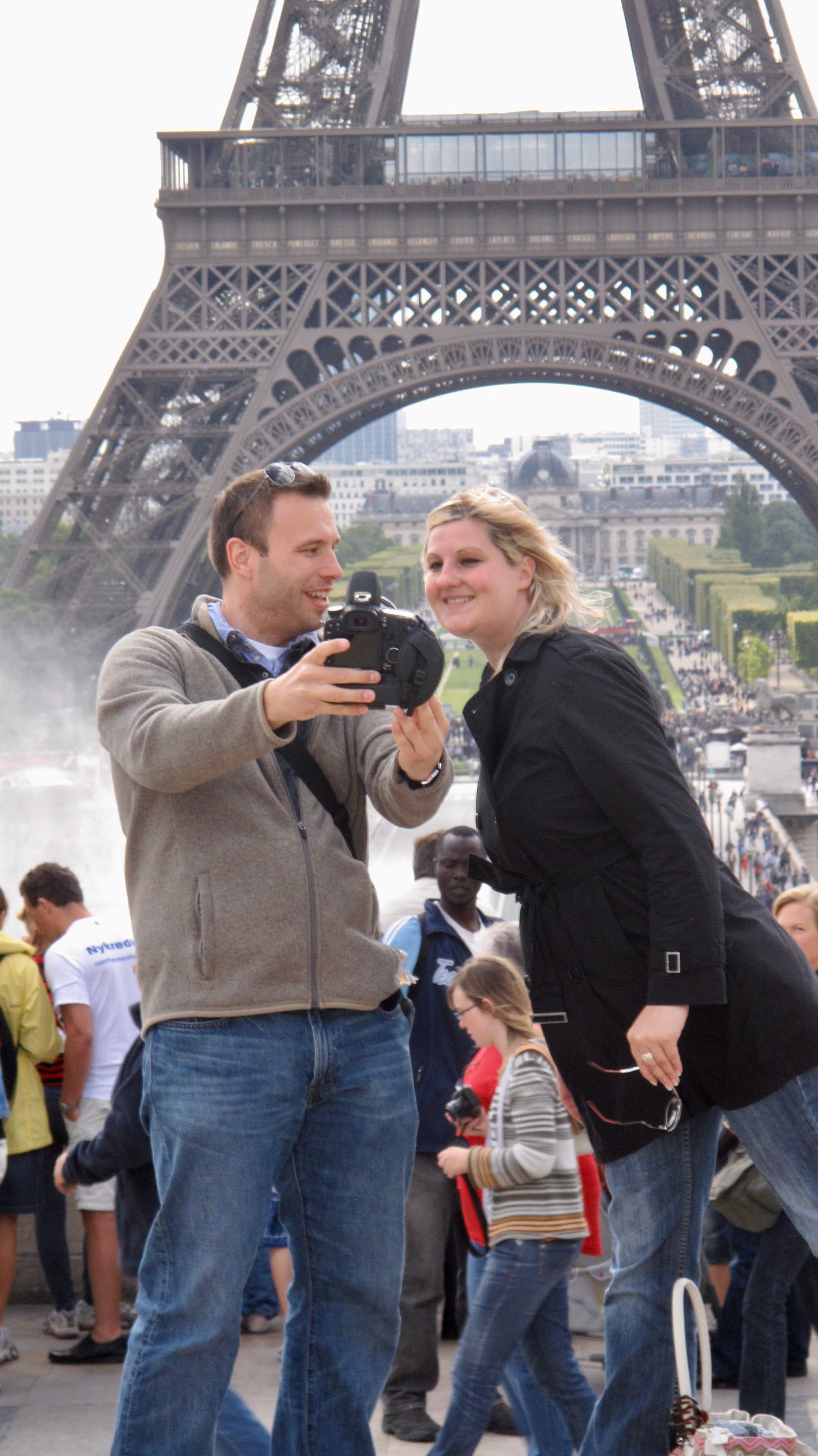
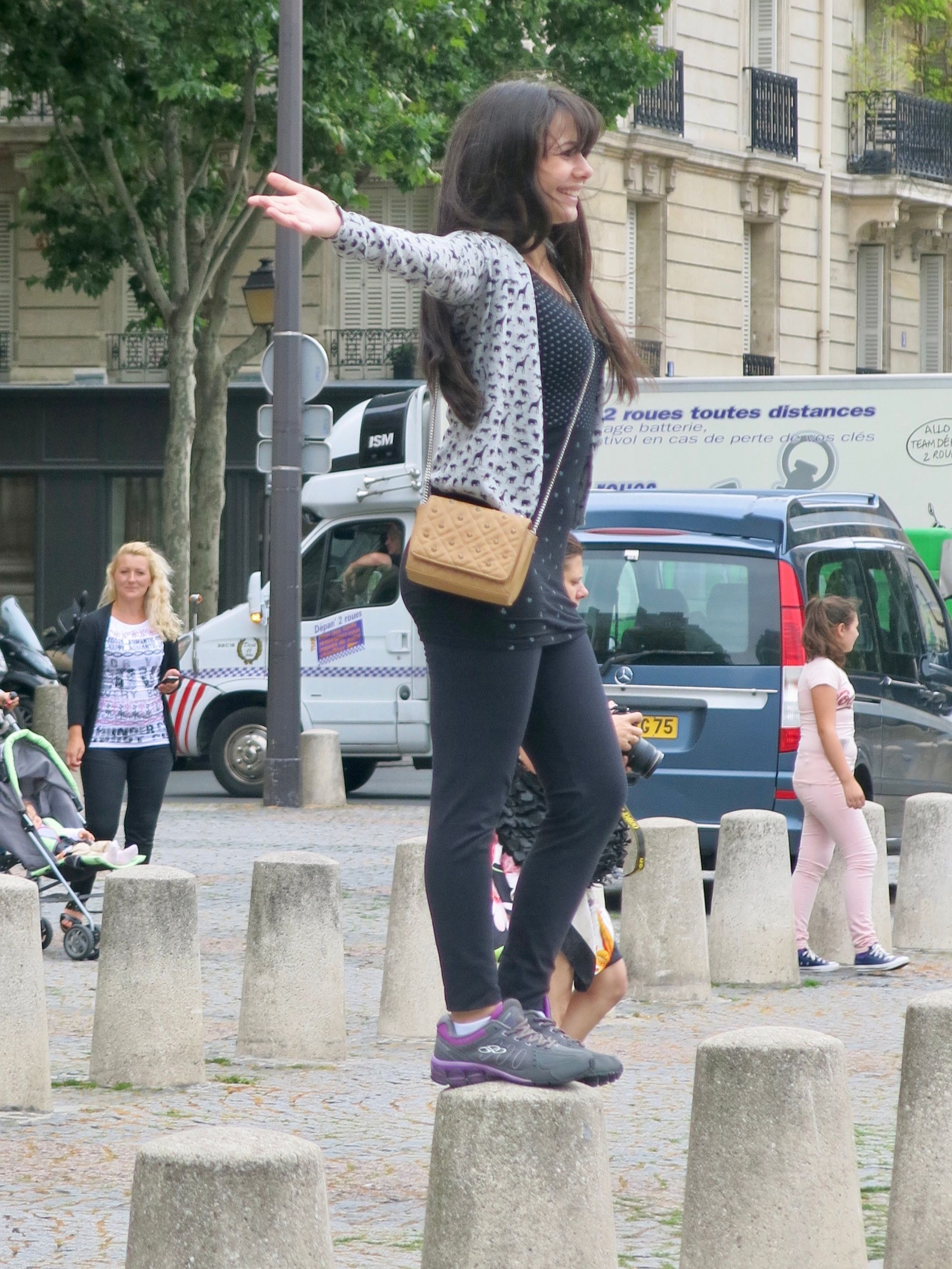
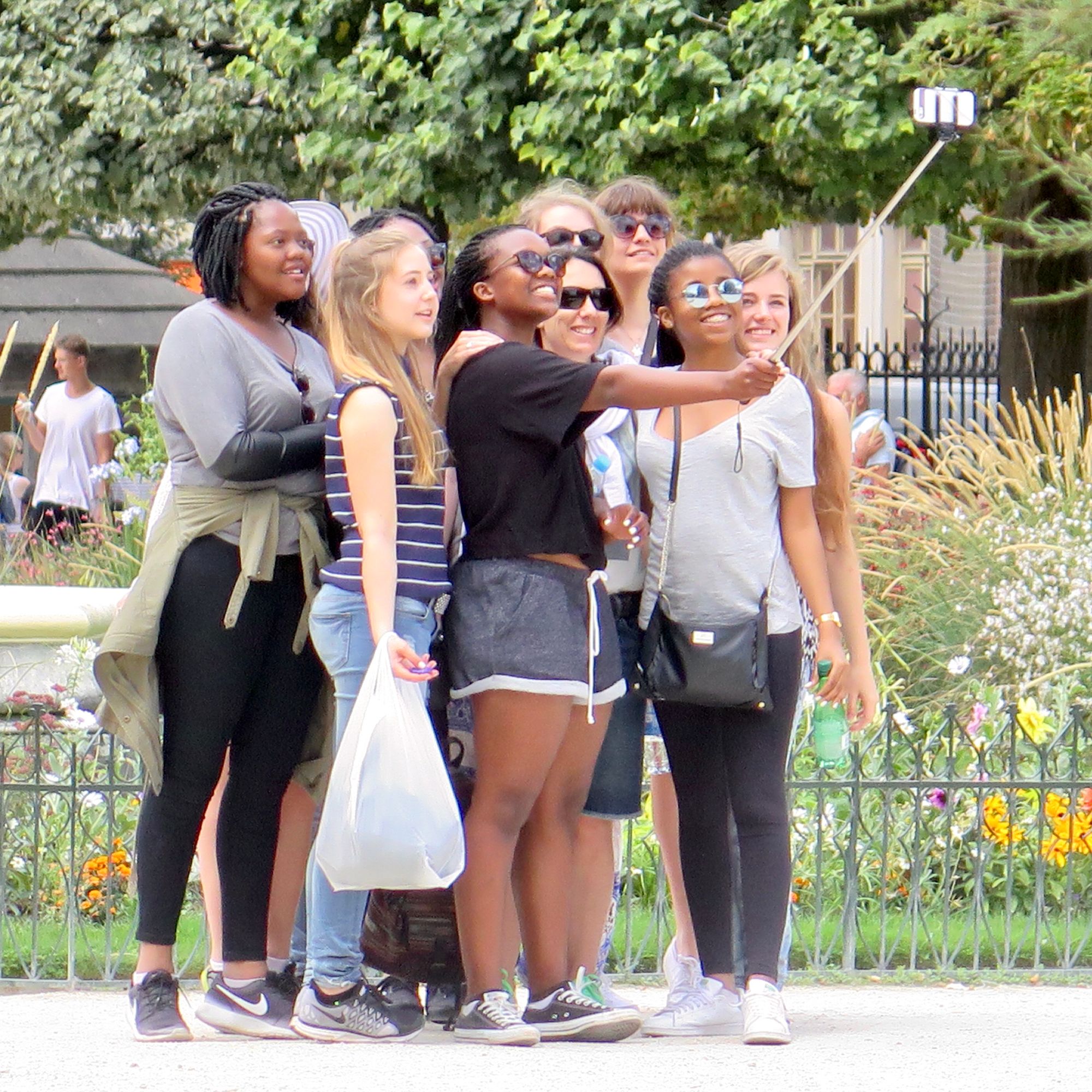
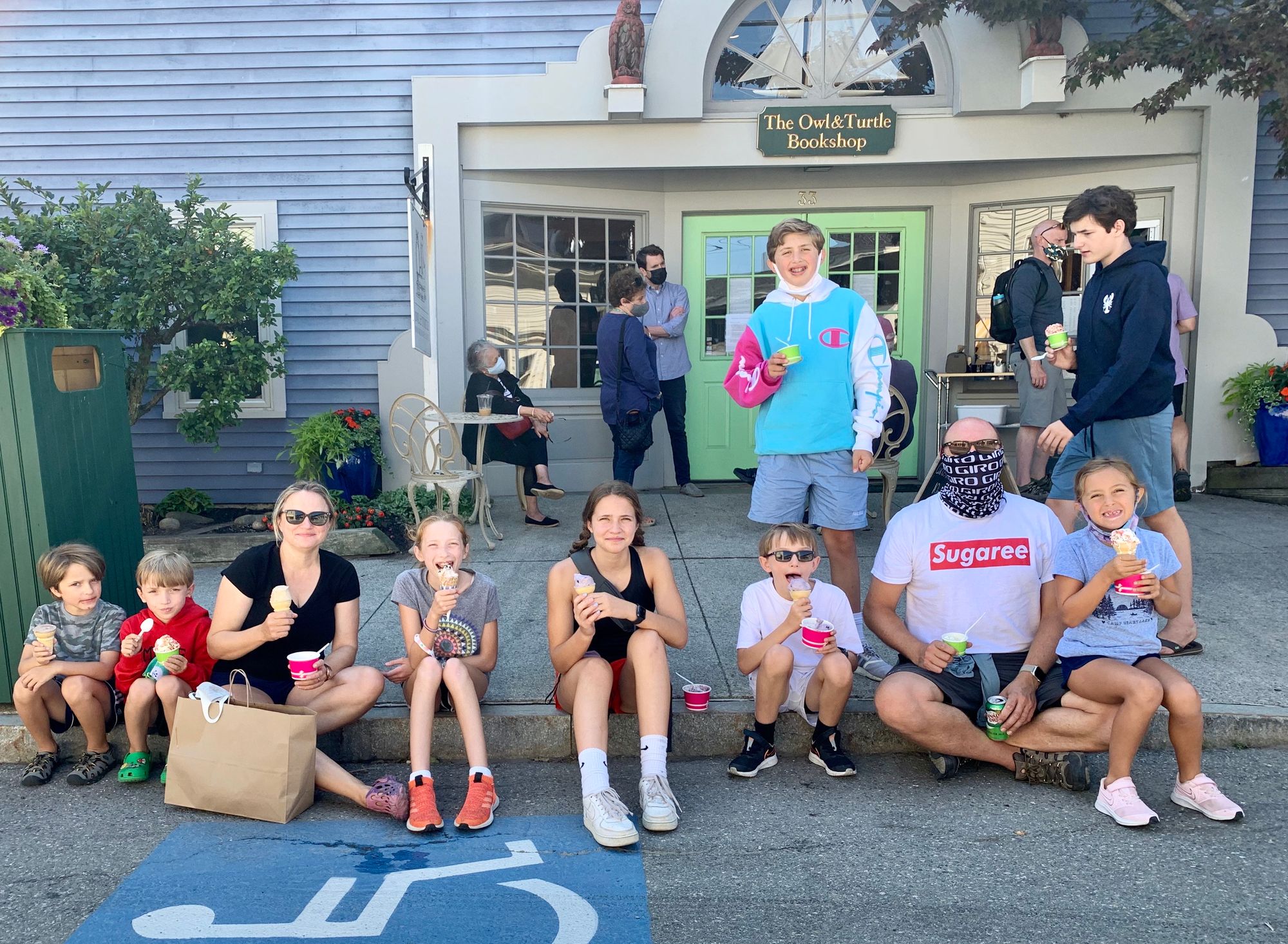
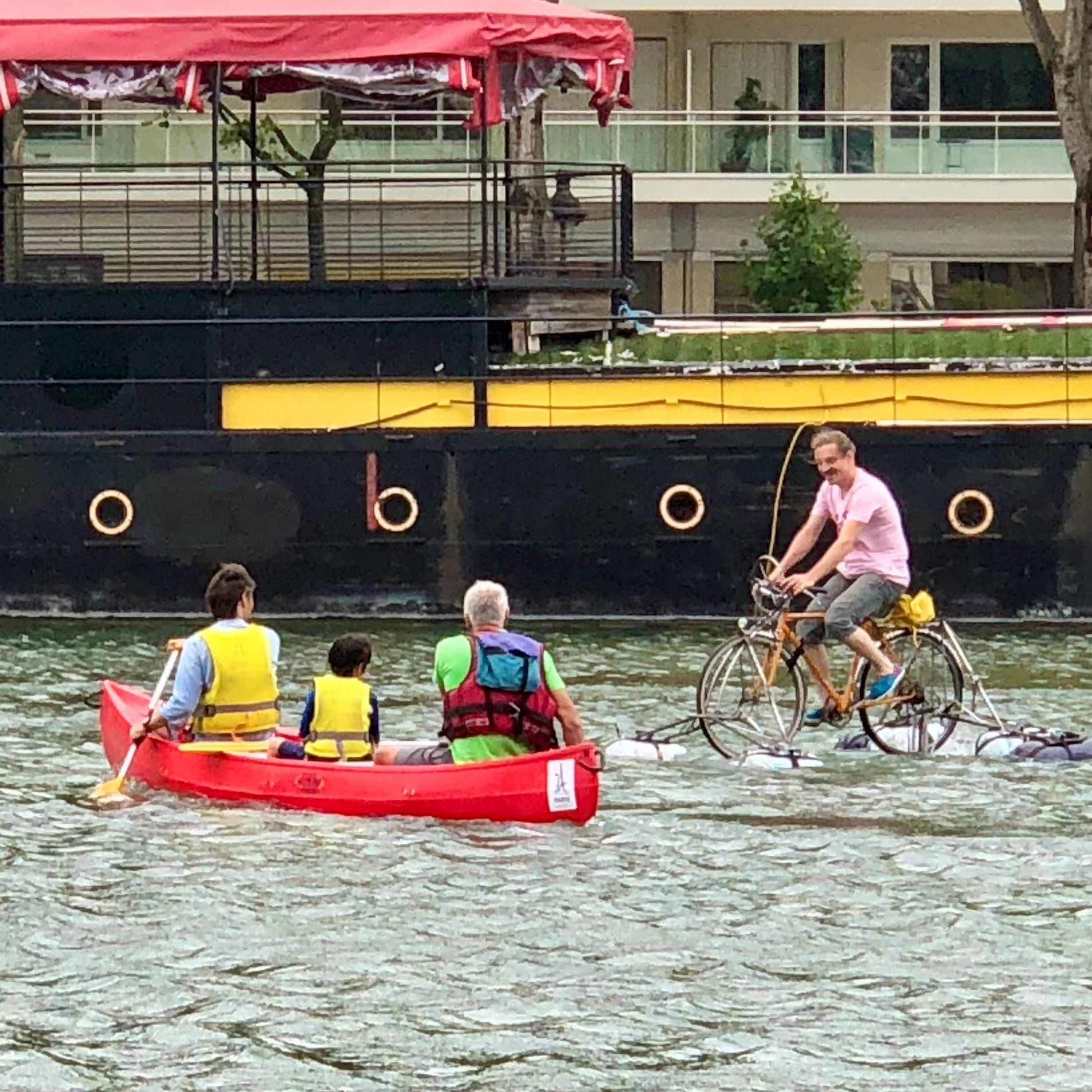
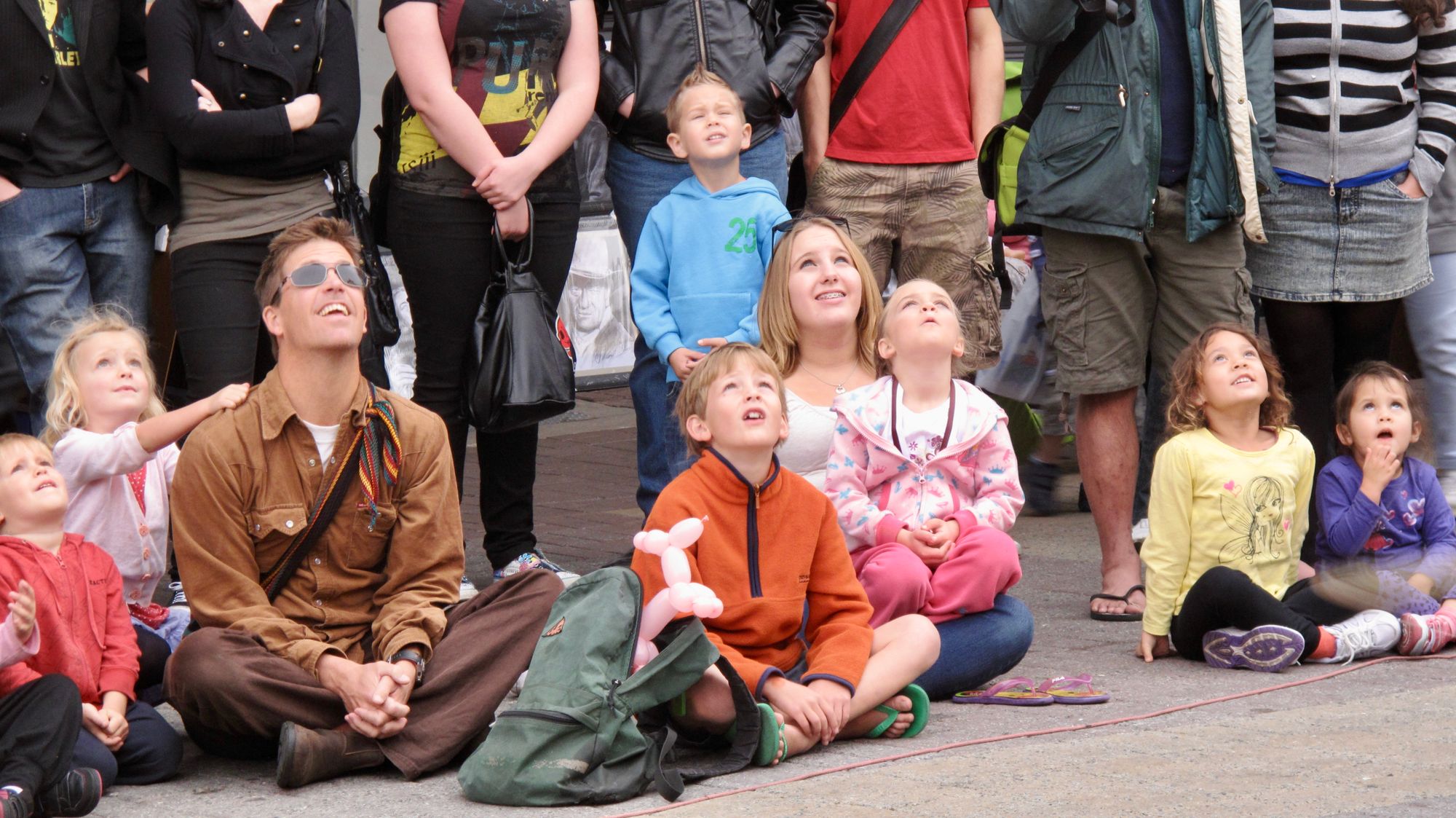
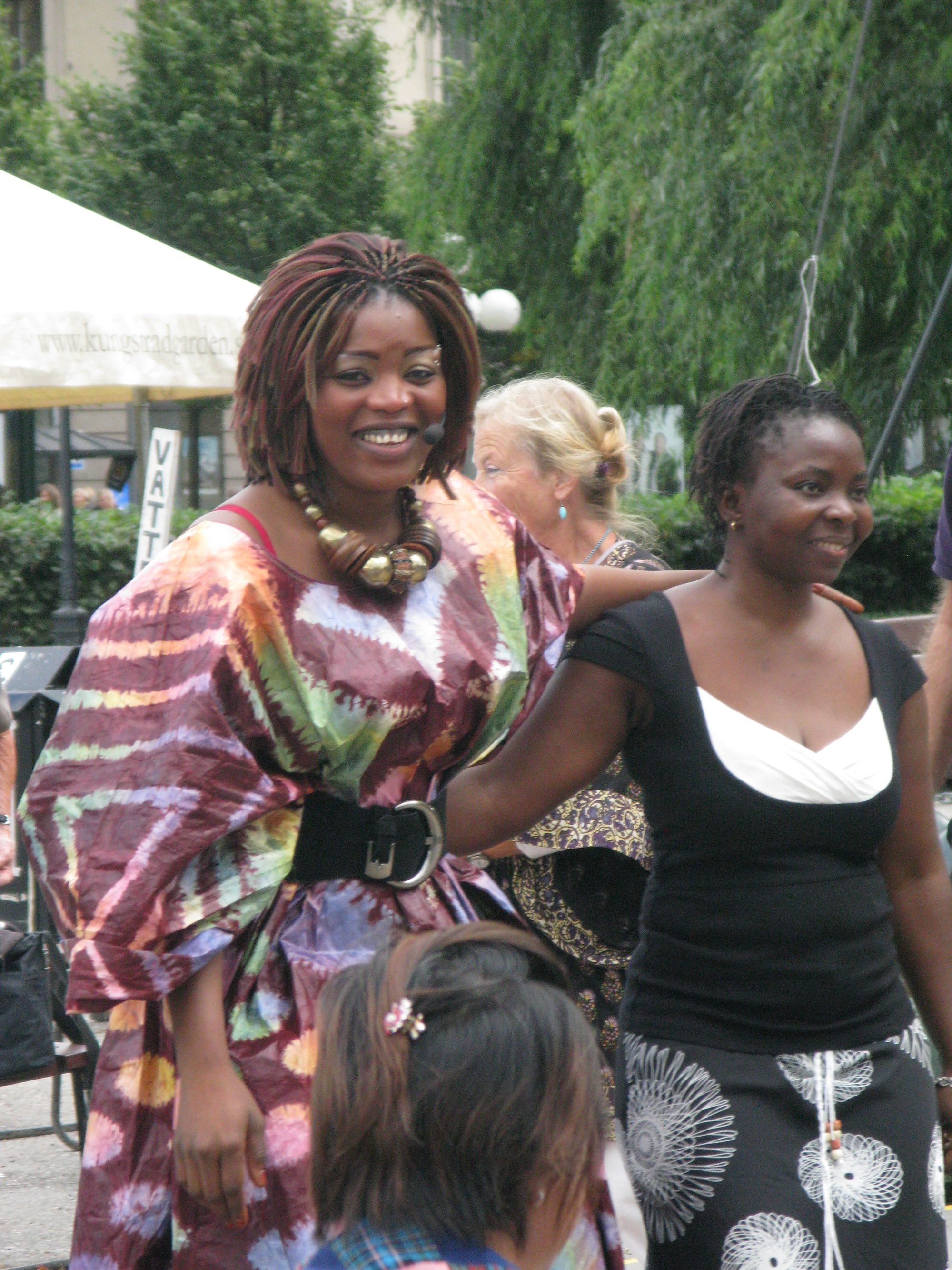
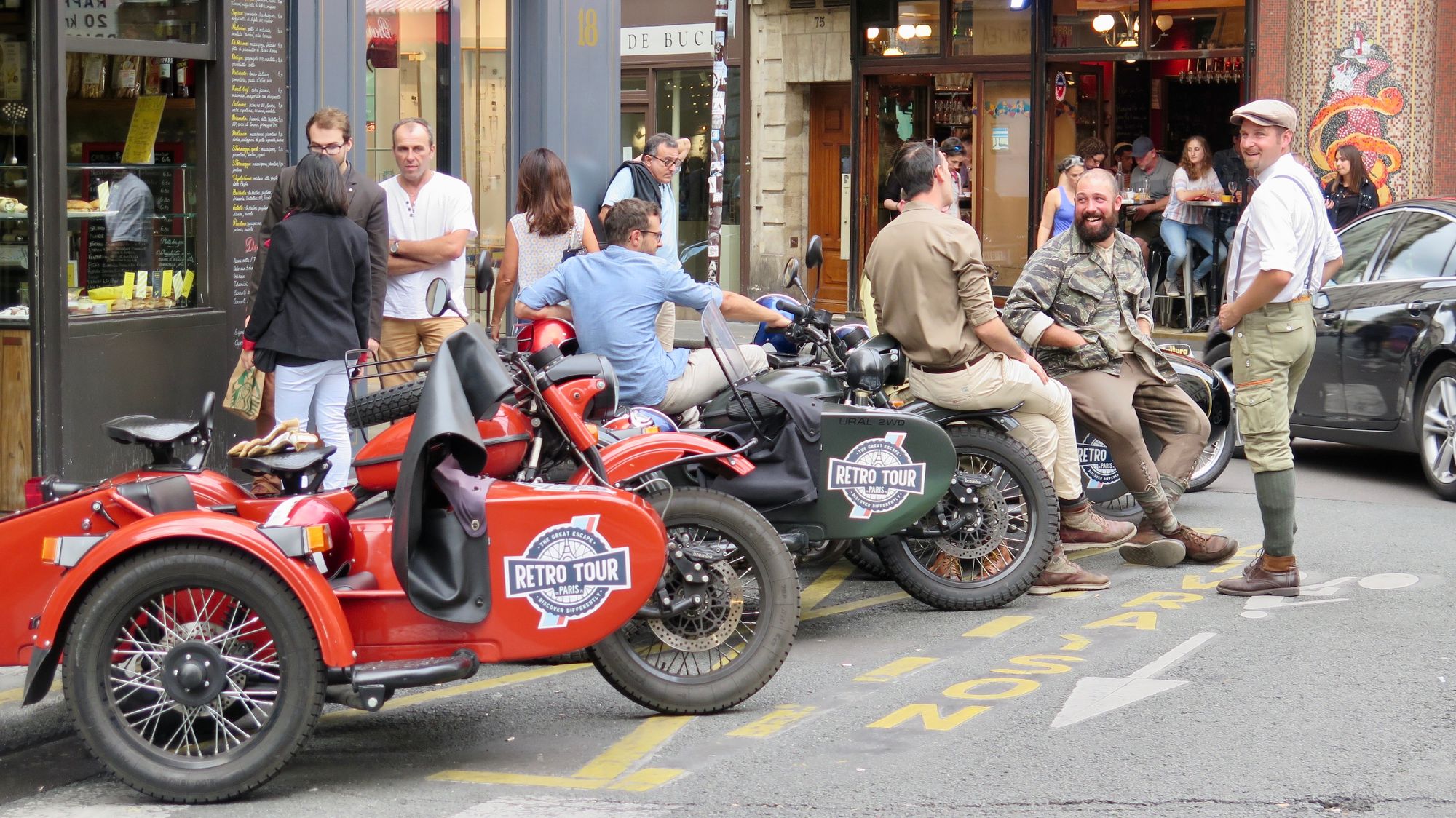
Placemaking is meaningless without the idea of fun at its center. Why put in all this work to making public spaces better, unless the definition of "Building it Better" also means that these spaces bring joy to our lives?
The process of placemaking involves the hard work of outreach and visioning and community involvement—but if it's working right, all of this co-creation should also be fun and invigorating! After all, what could be better than re-imagining the ways that our public realm can enhance our lives and connections to one another?
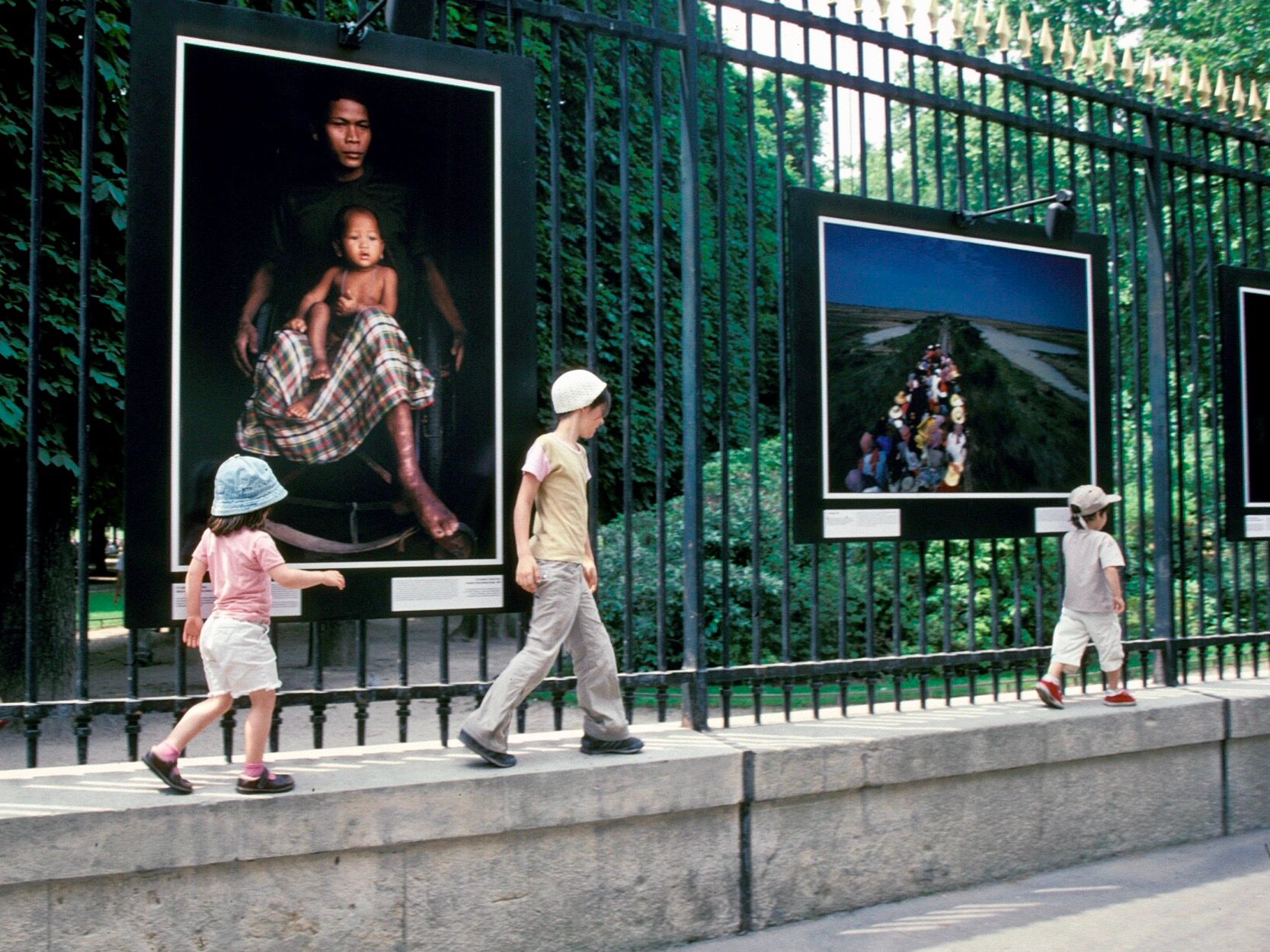
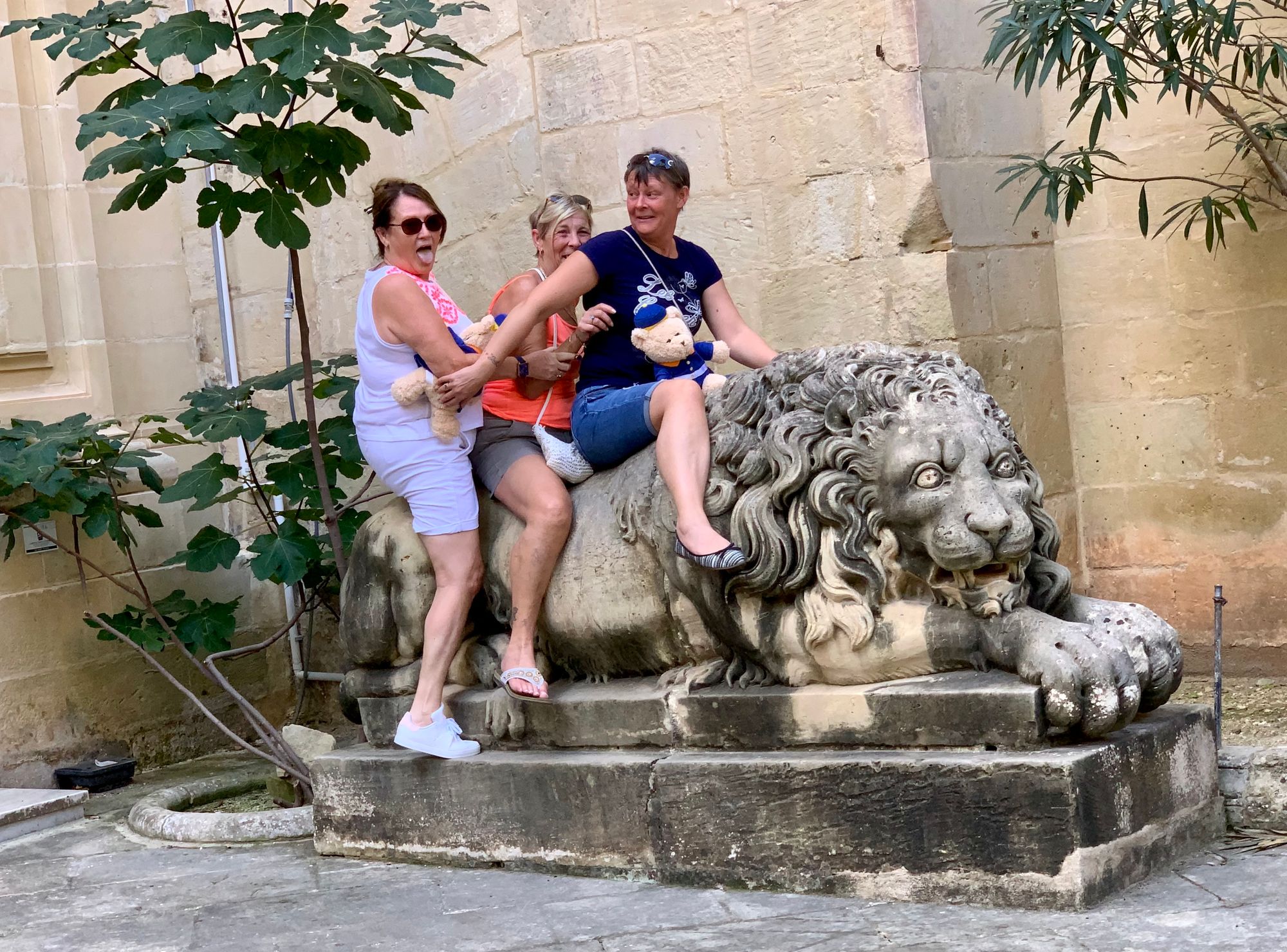

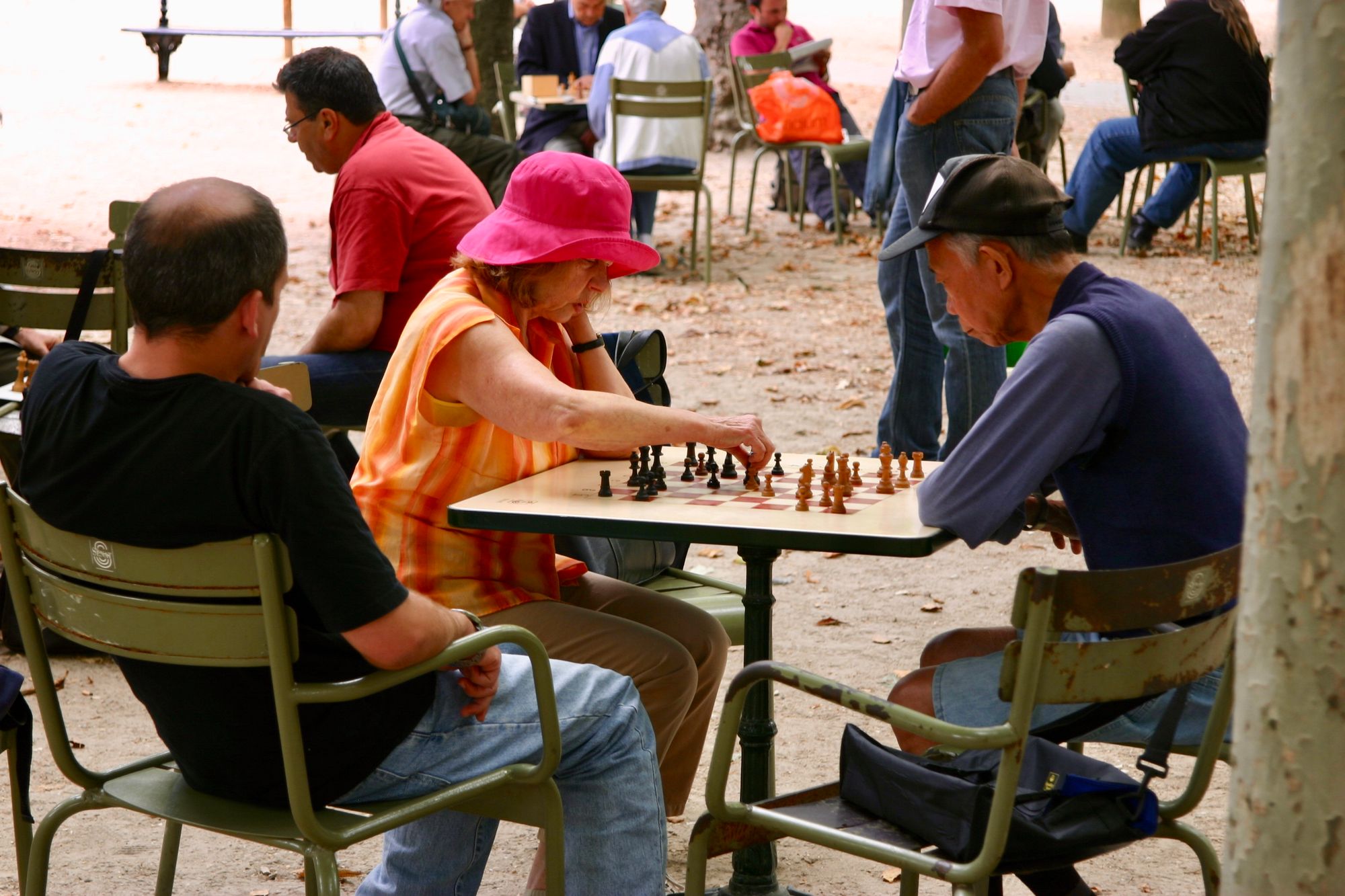
Open Call
Taking all these agendas and using them to help shape communities around the world is our goal. This is Round 1. We are starting by mining our own resources, sifting through photos from having traveled around the world, working and exploring—and being "Flaneurs." What comes next is your contribution! We see this as a first step to becoming a network of people adding their stories to build a shared global collection.
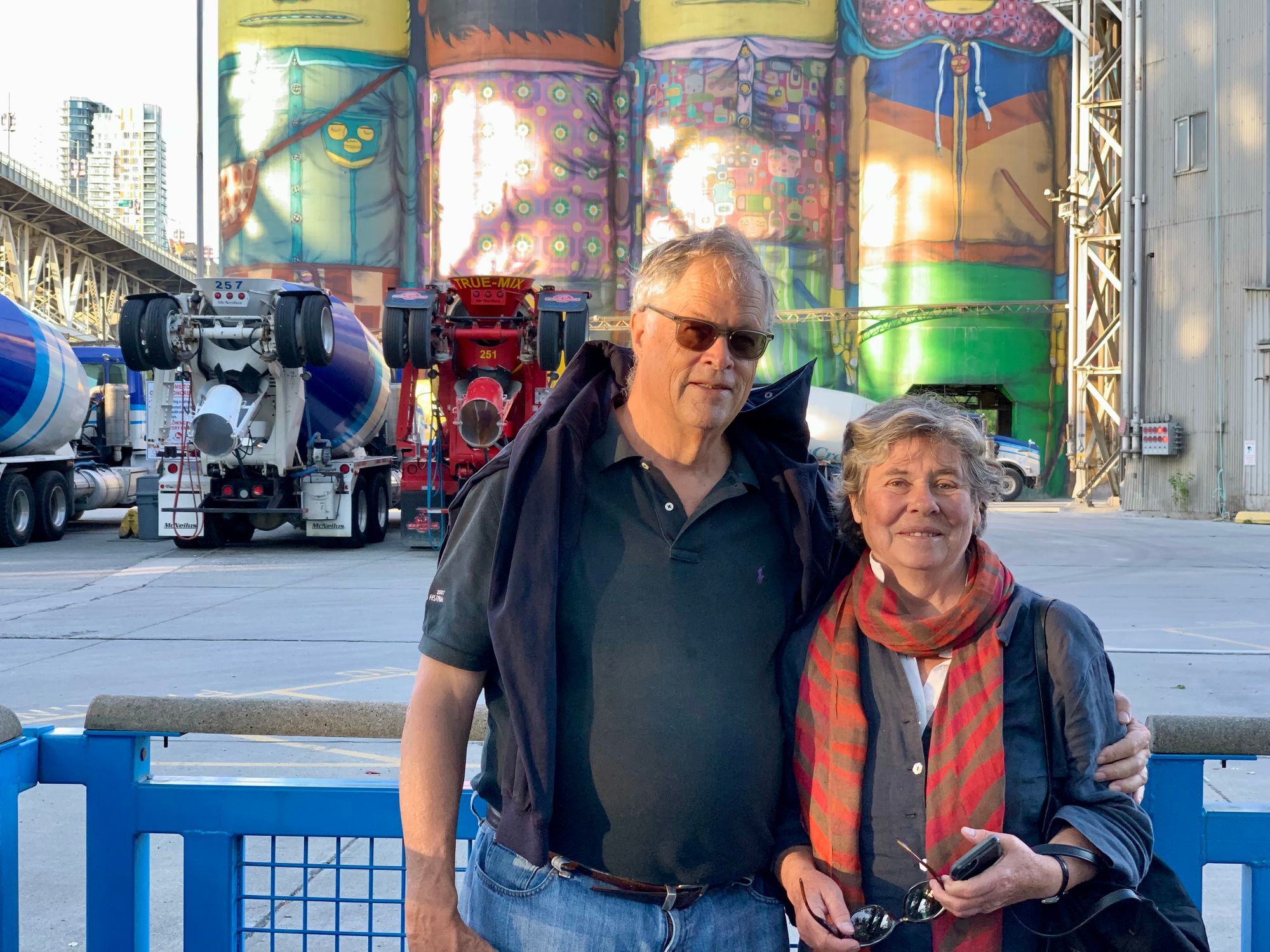
How can you help us? This is an open call for image-driven placemaking stories from your community! We want to expand our range of storytelling, and to do that, we'd love to have your input. You can also stay up to date by signing up for our newsletter to receive future articles. We hope that 2021 brings us opportunities to put these transformative agendas into action, and we hope that you'll join us in that journey by sharing your own placemaking stories with us.
How can we help you? We are shaping the next steps of the Social Life Project. Let us know how we can use our talents and resources to build capacity for placemaking in your community...creating campaigns or leading catalytic projects with local teams by bringing in PlacemakingX leaders from around the world. Let's make this happen!
Our Five Major Campaigns to Restore Social Life
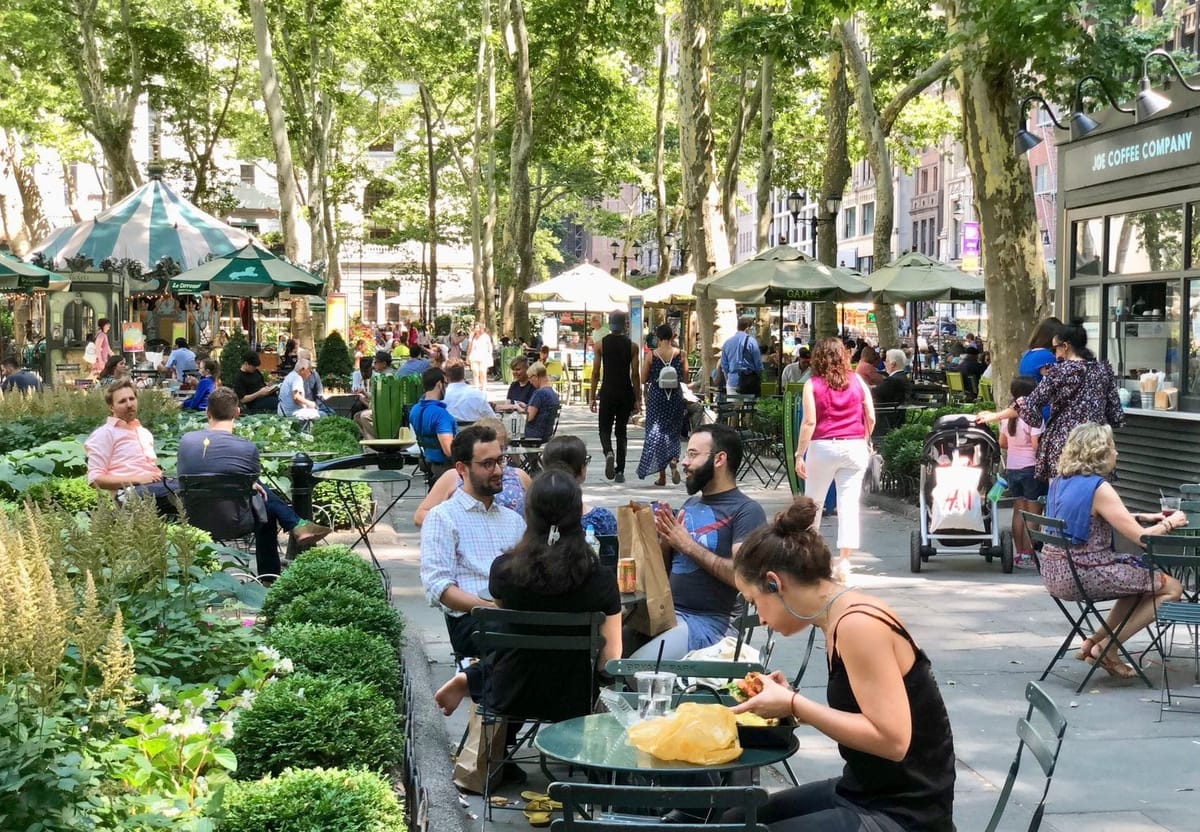
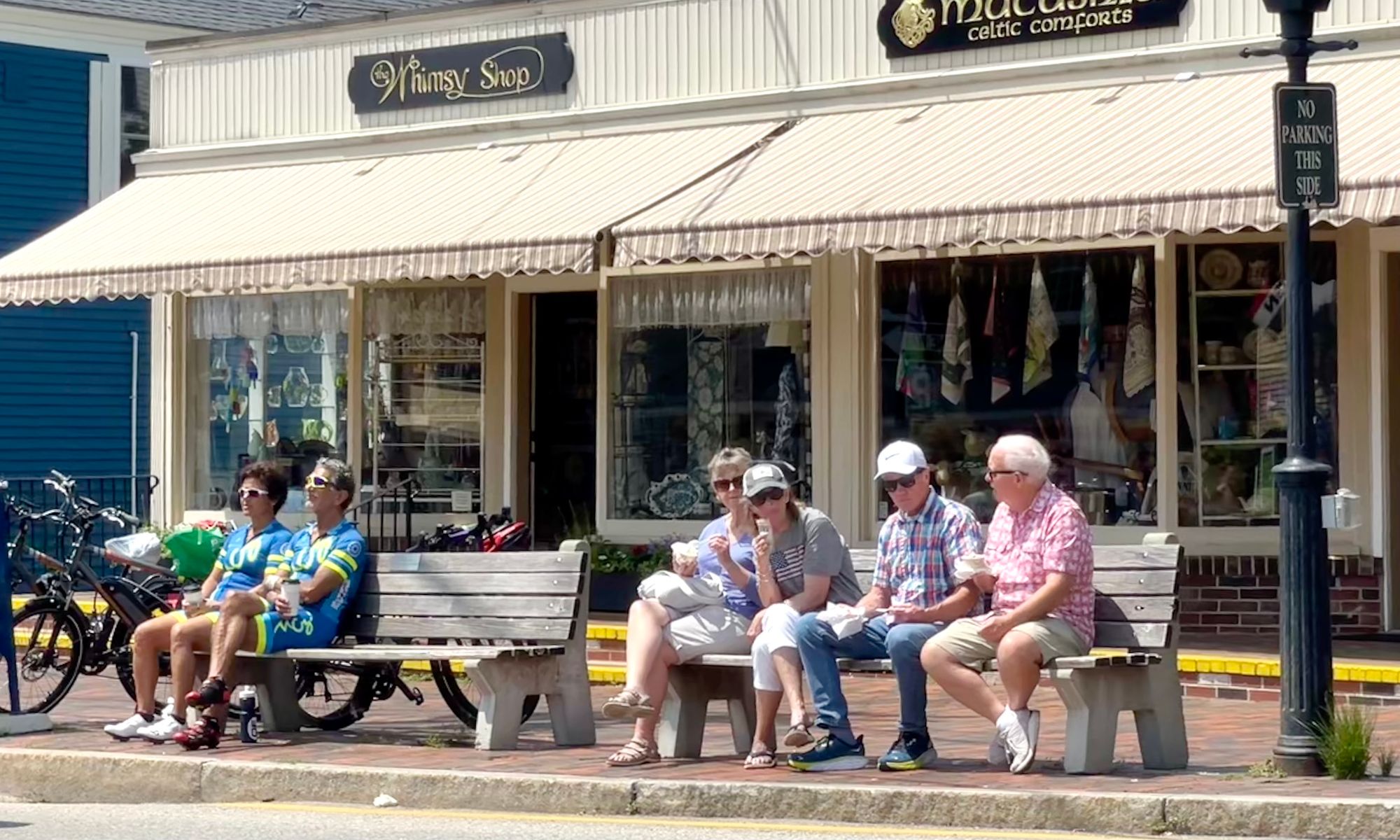
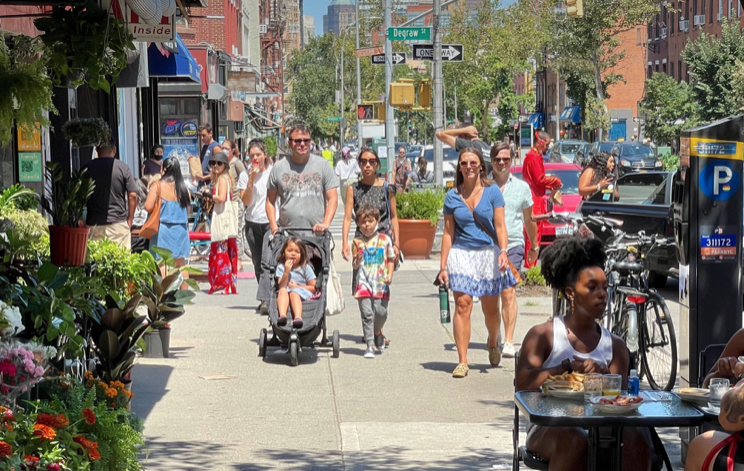
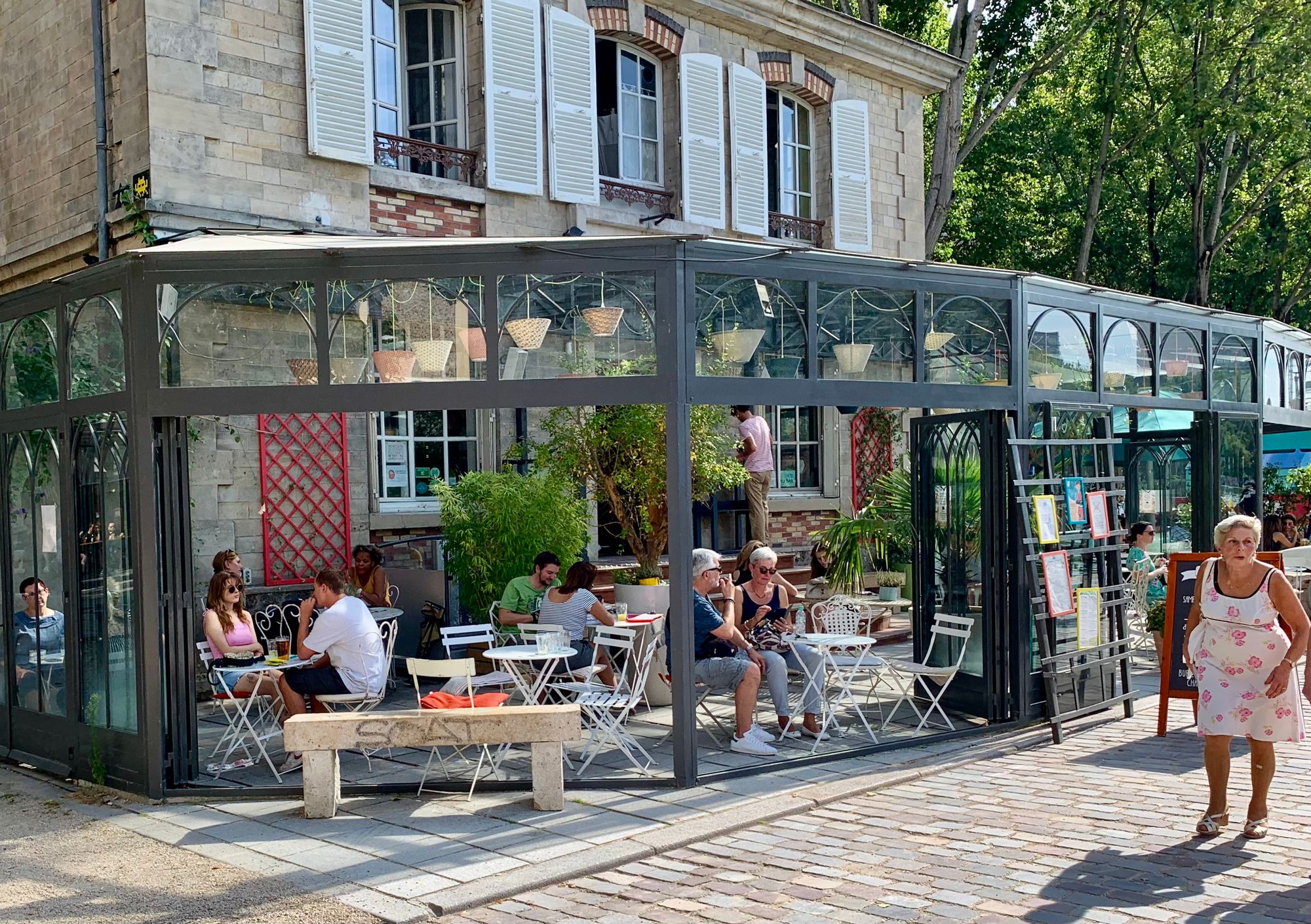
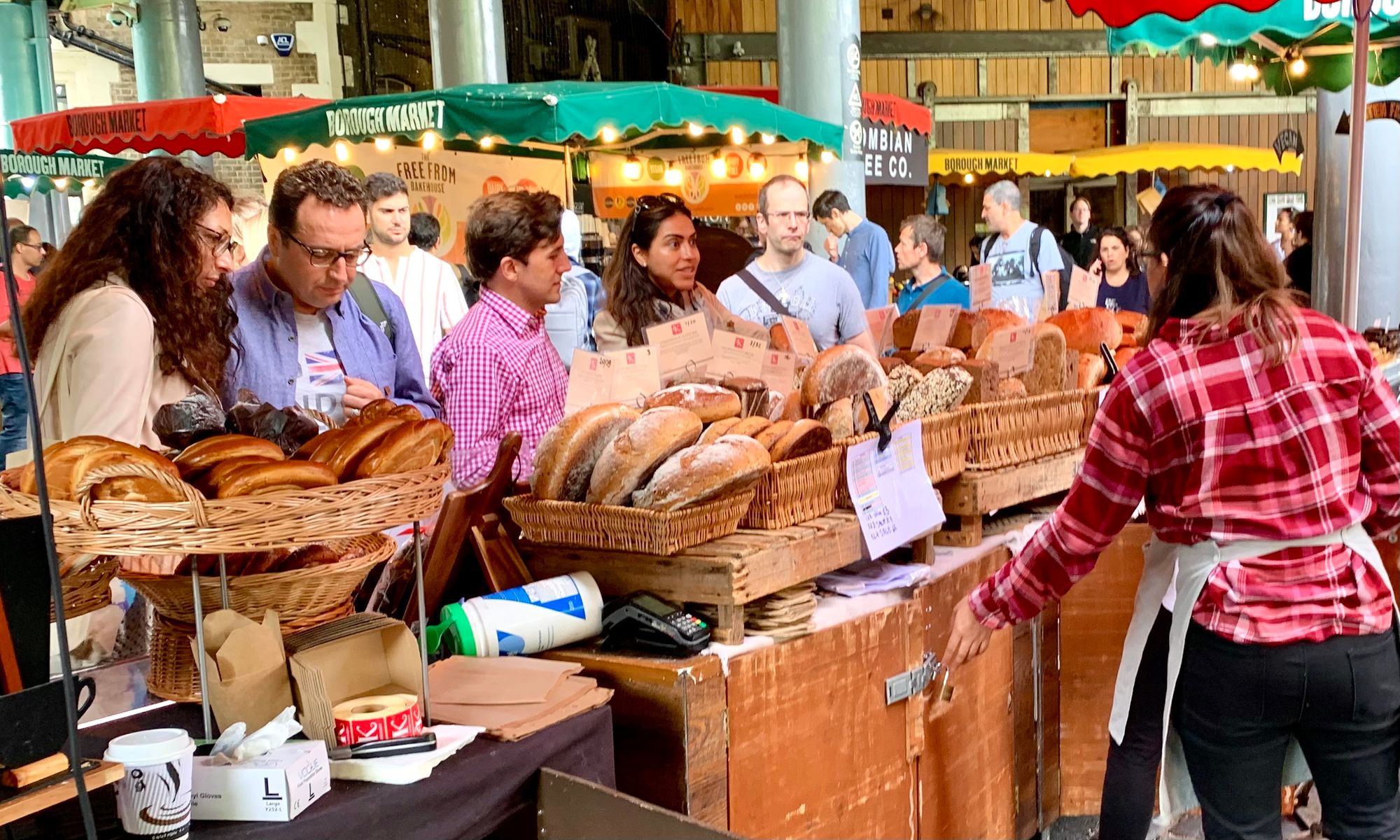
Further Reading
- Community Discussion: Creating the Heart of Brooklyn — Brooklyn Borough Hall, Court House, Cadman Plaza down to Fulton Landing
- 11 Transformative Agendas to Restore Social Life in Your Community
- Please just a nice place to sit — Victual Market, Munich, Germany
- Starting at the Corner: A New Haven Success Story
- To Save the Planet, Start With the Social Life of Sidewalks
- Who Owns the Intersection Defines the Social Life of Neighborhoods
- Our Global Catastrophes will be Solved by Local Communities
- Where the City Starts: The Social Life Of Sidewalks
- Creating the Streets We Want
- La Rambla: Barcelona's Promenade-to-the-Sea is One of the World's Great Streets
- The Little Bollard That Could—Do a Lot
- Passeggiata: An Exuberant Italian Custom We Should All Adopt
Share with others, comment, and add to the discussion. This post will continue to evolve. Contact us at hello@placemakingfund.org
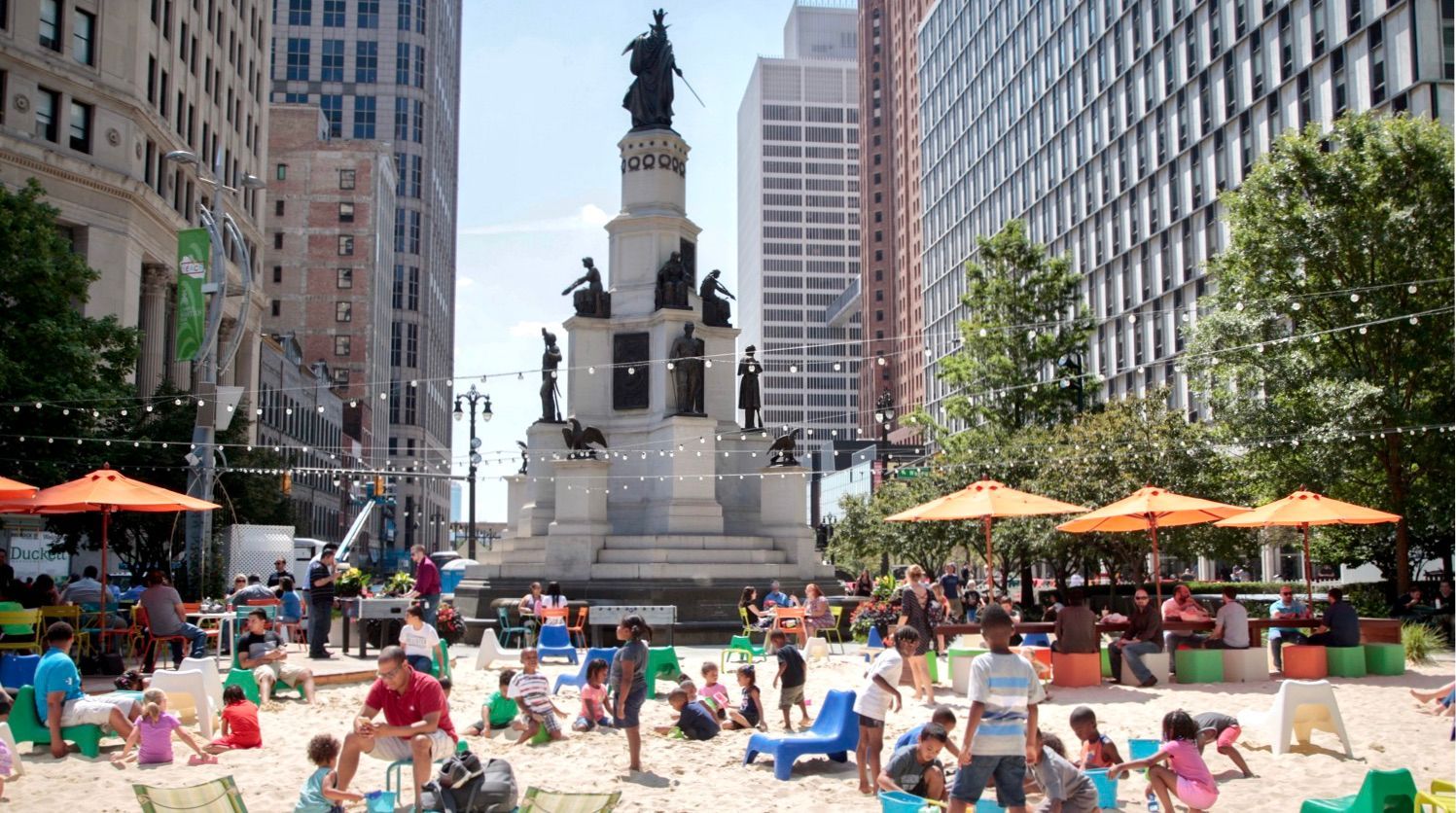
Please contact Fred Kent at fred@sociallifeproject.org with your needs, ideas, and suggestions.



